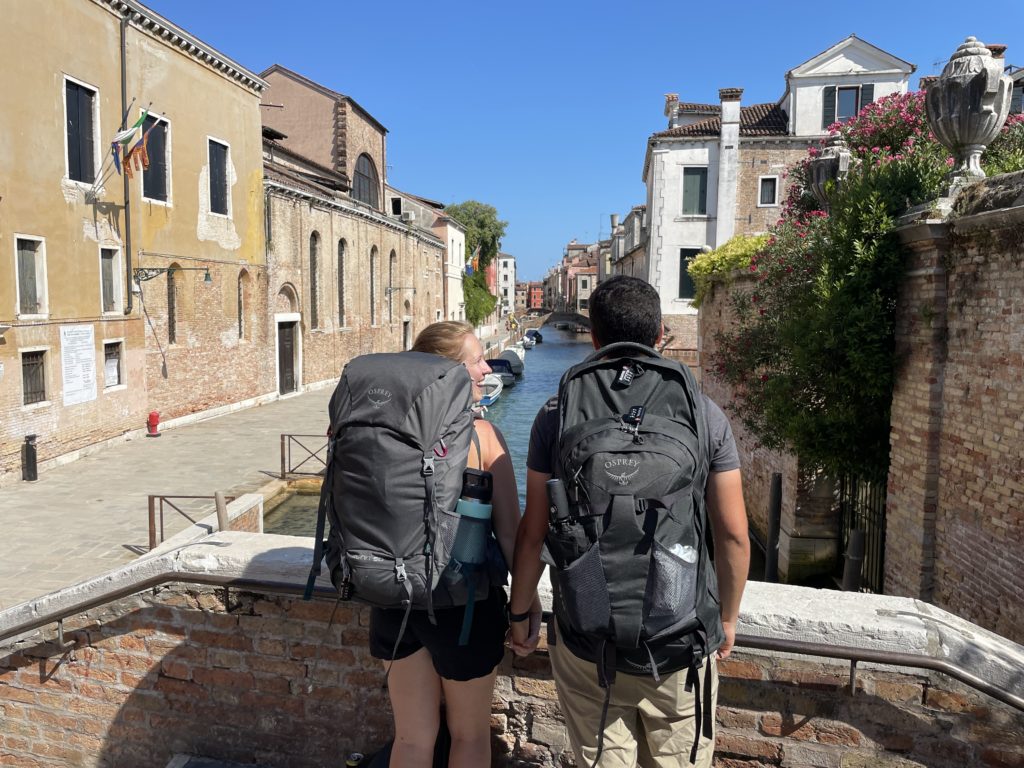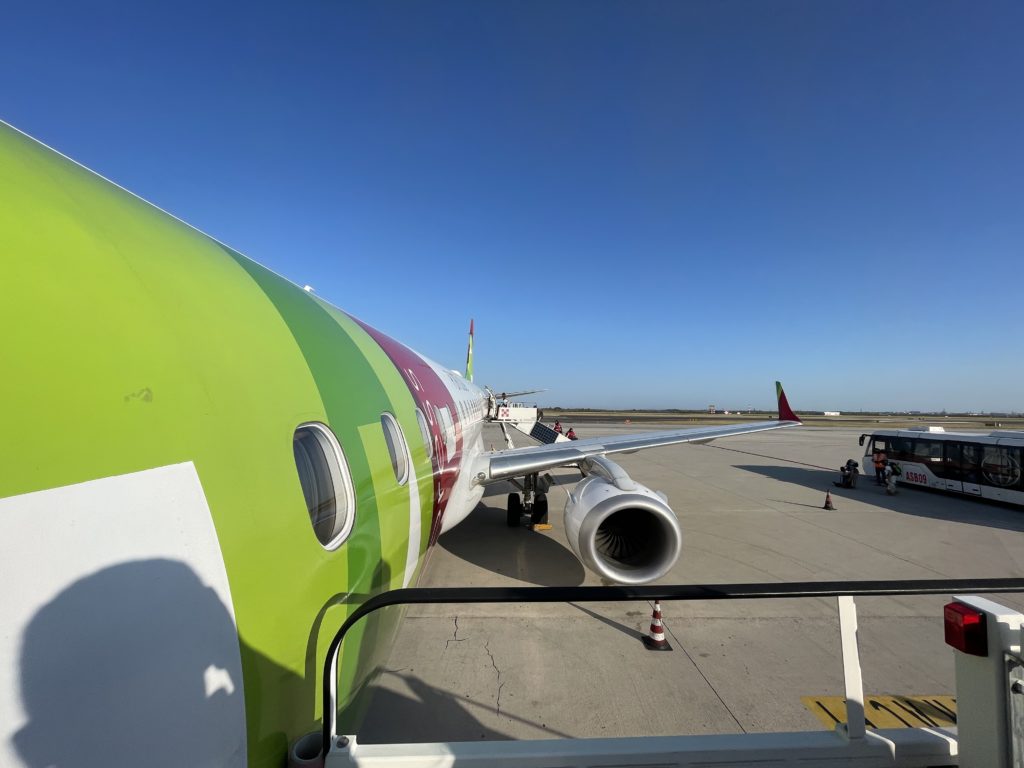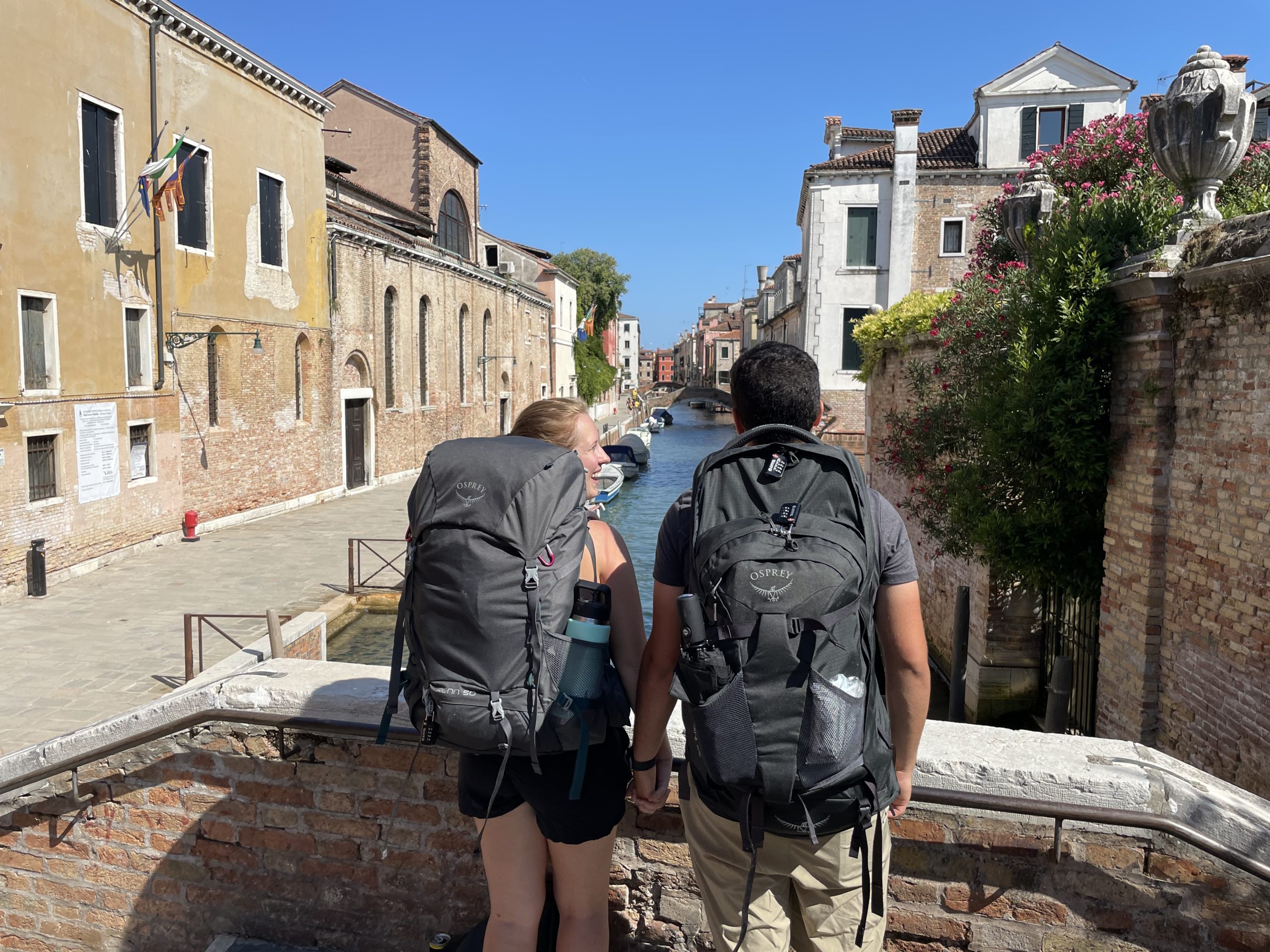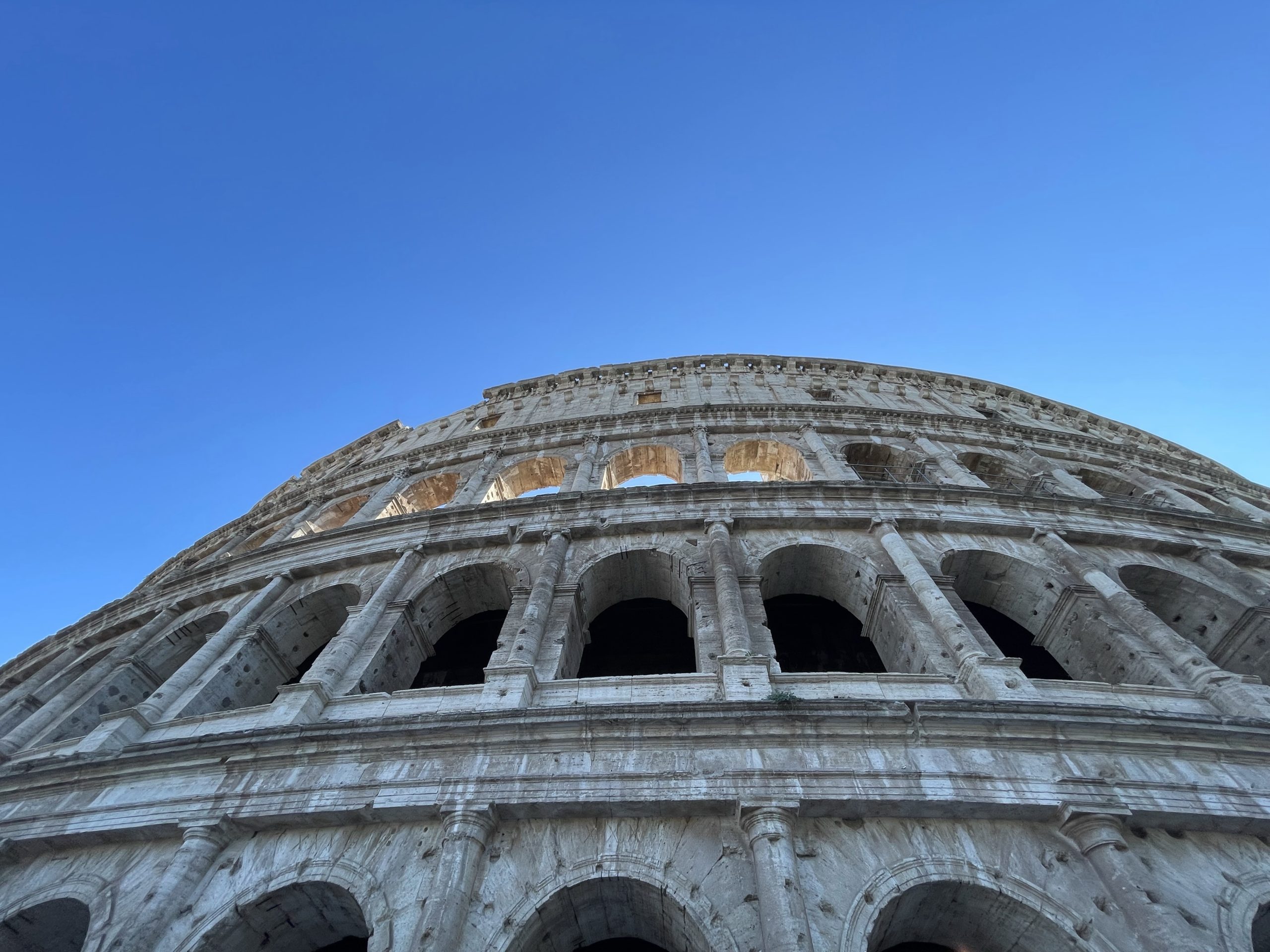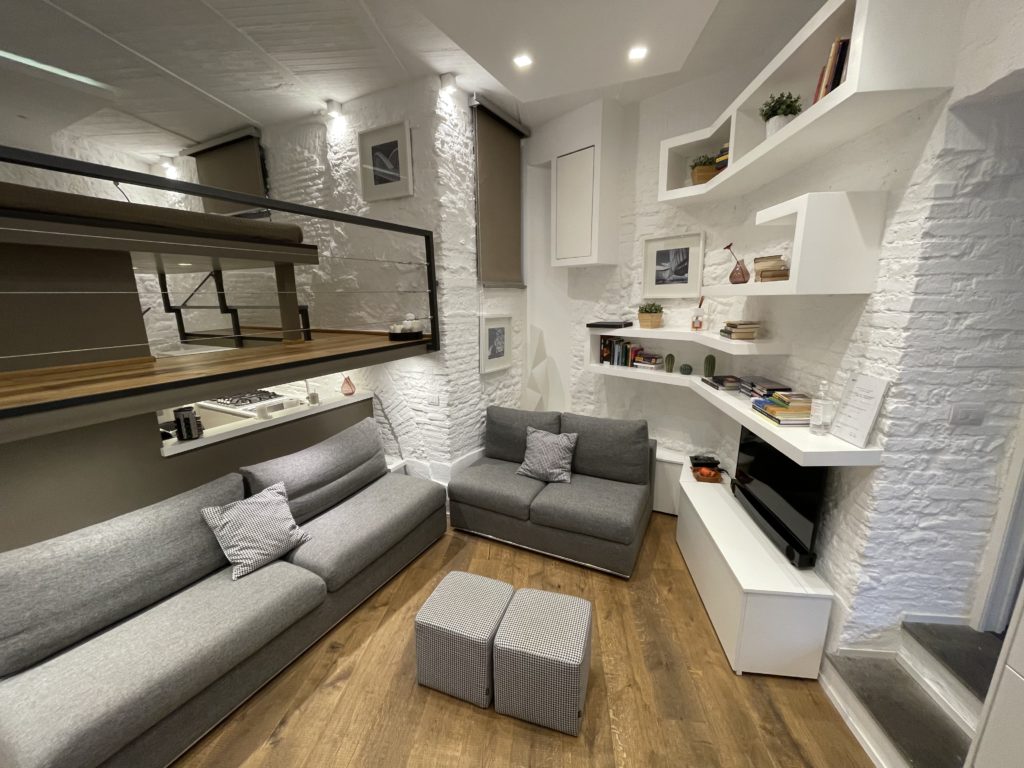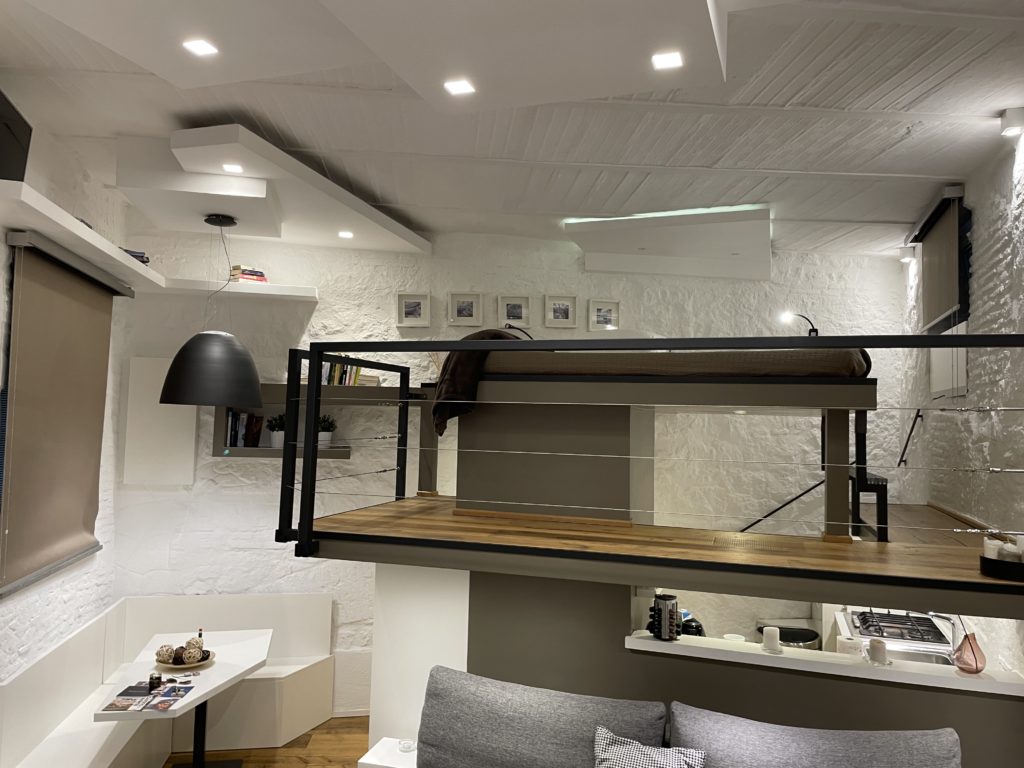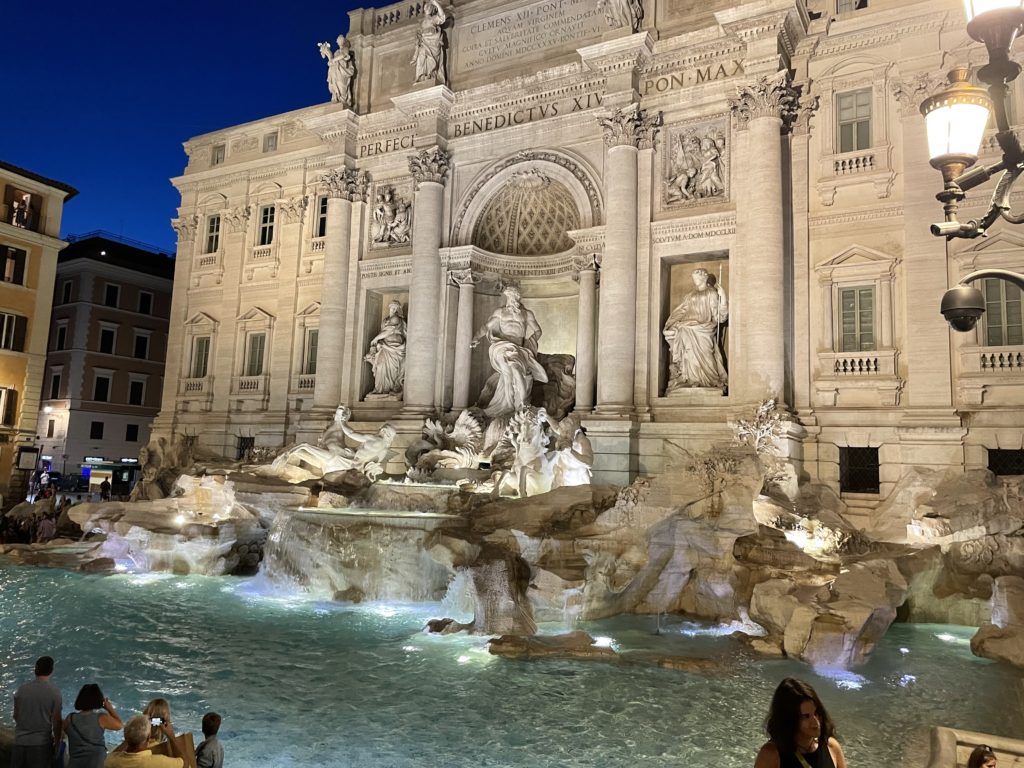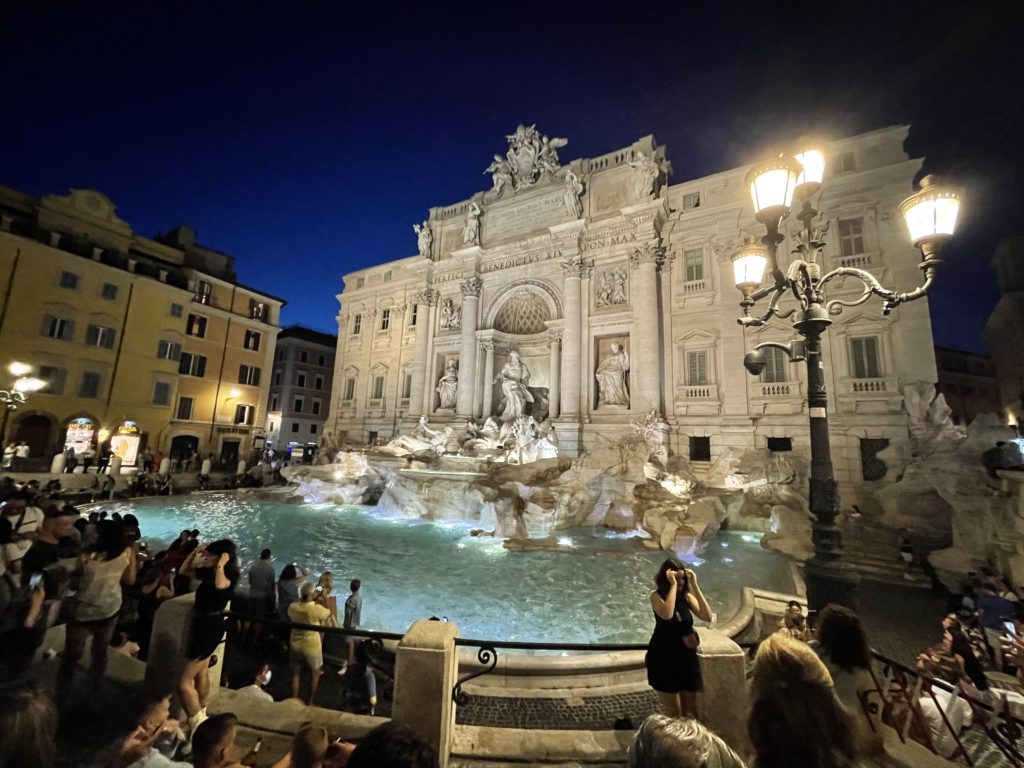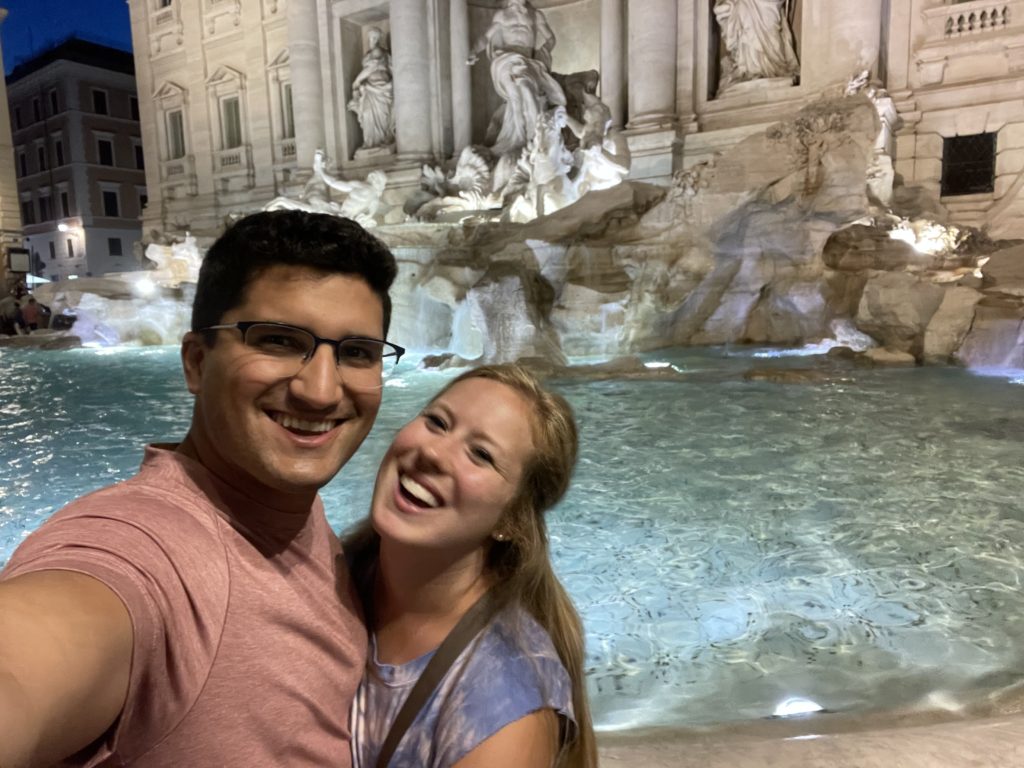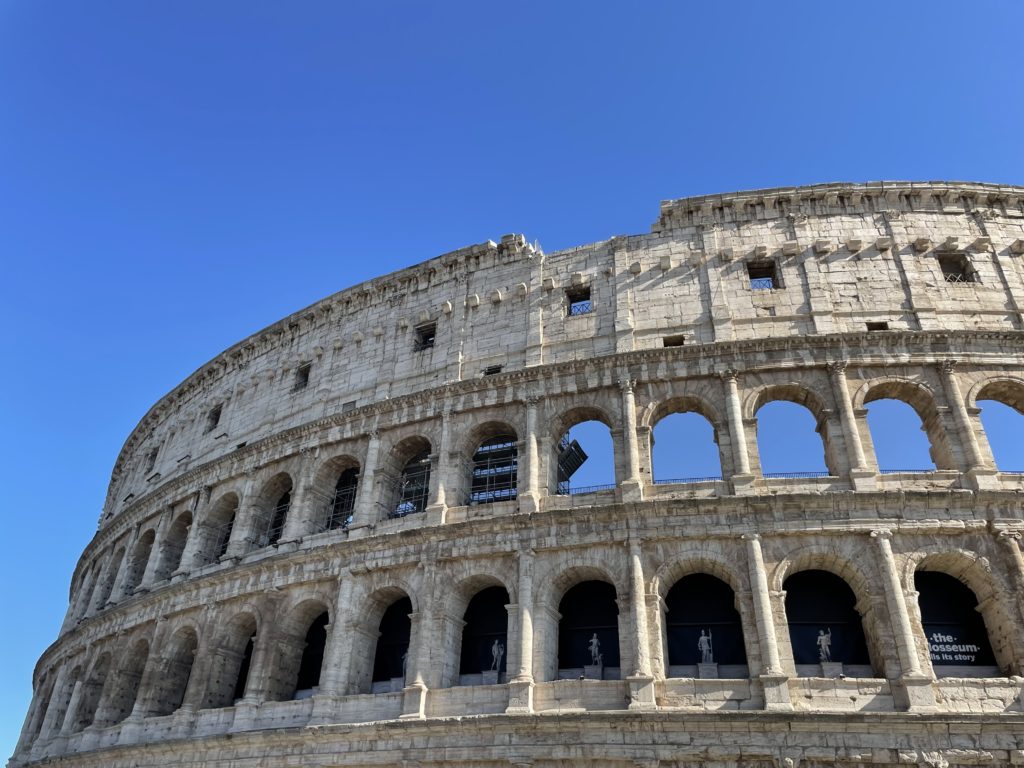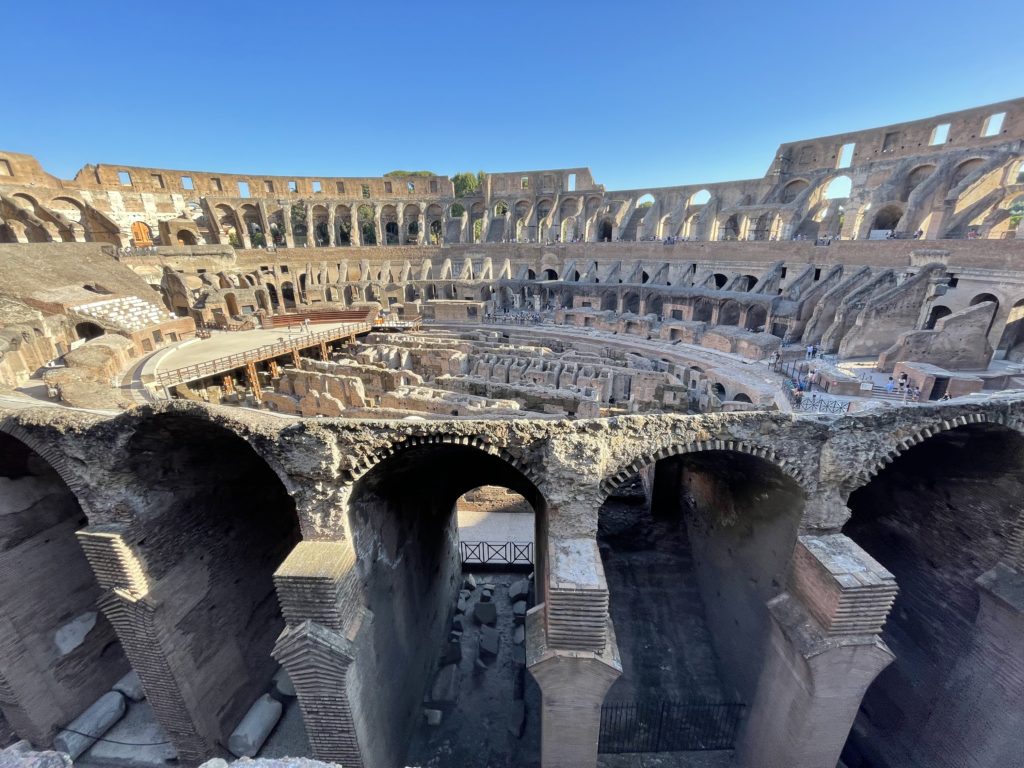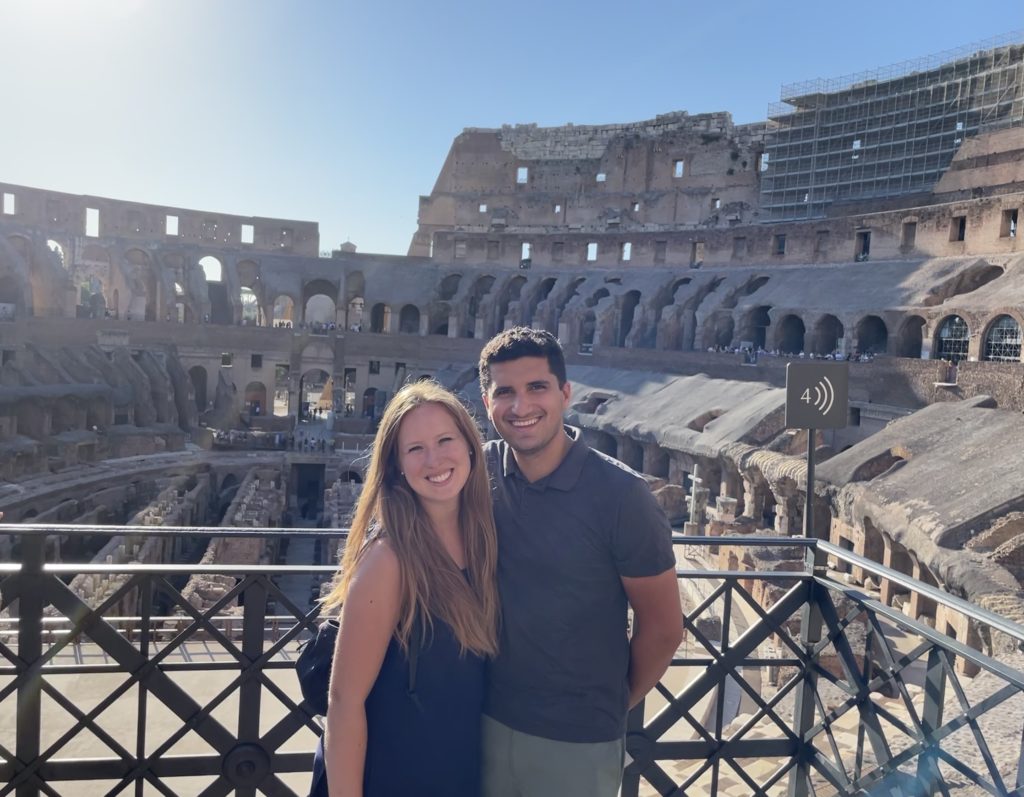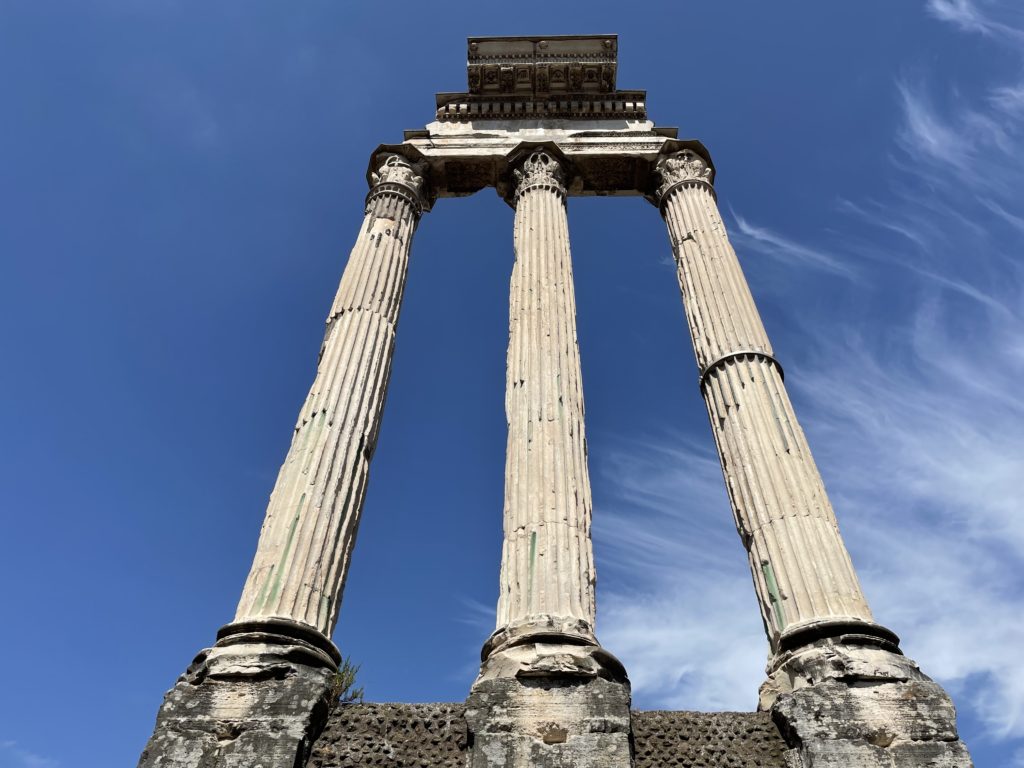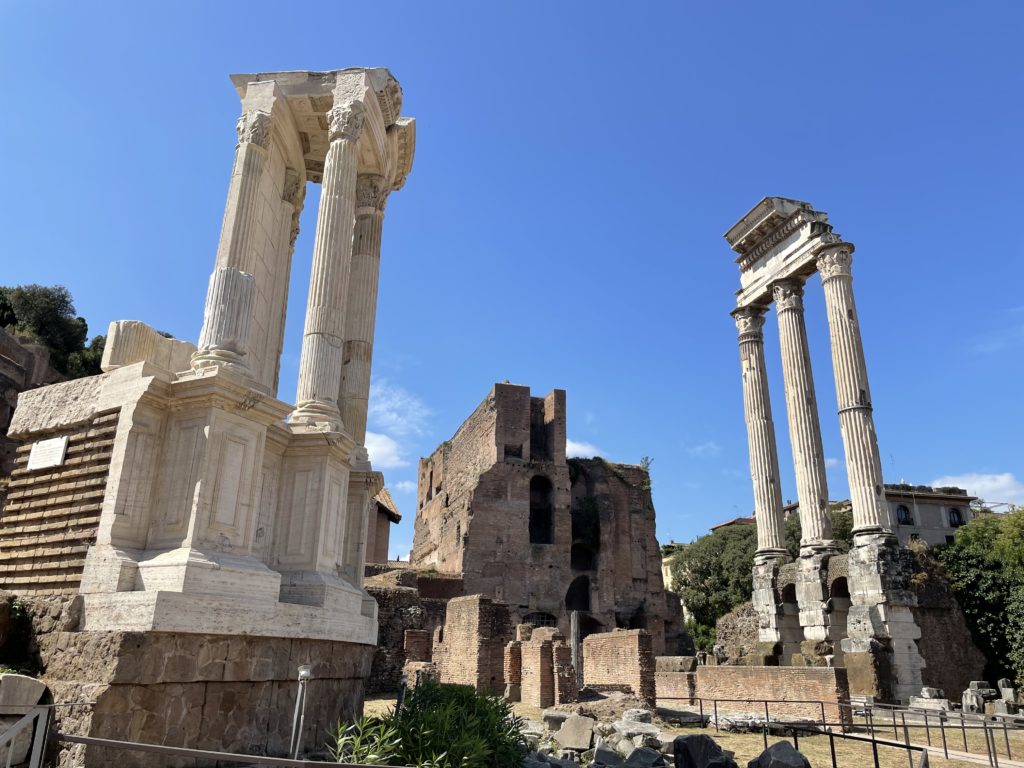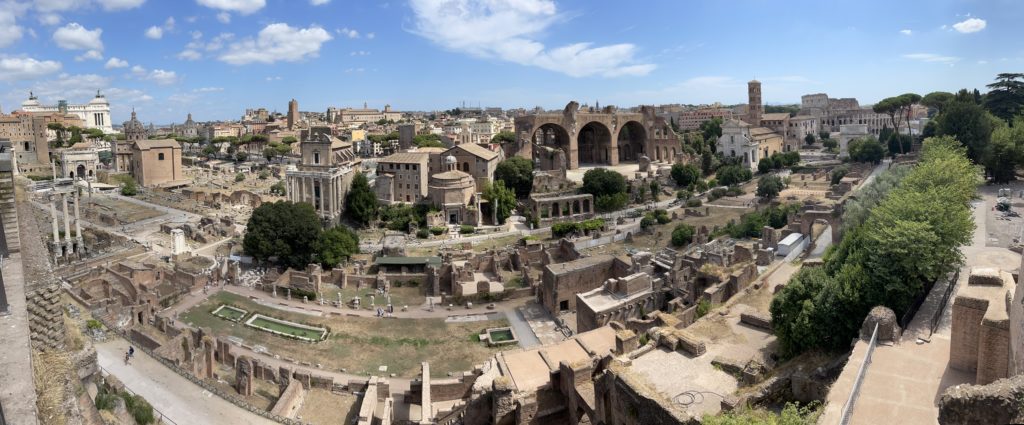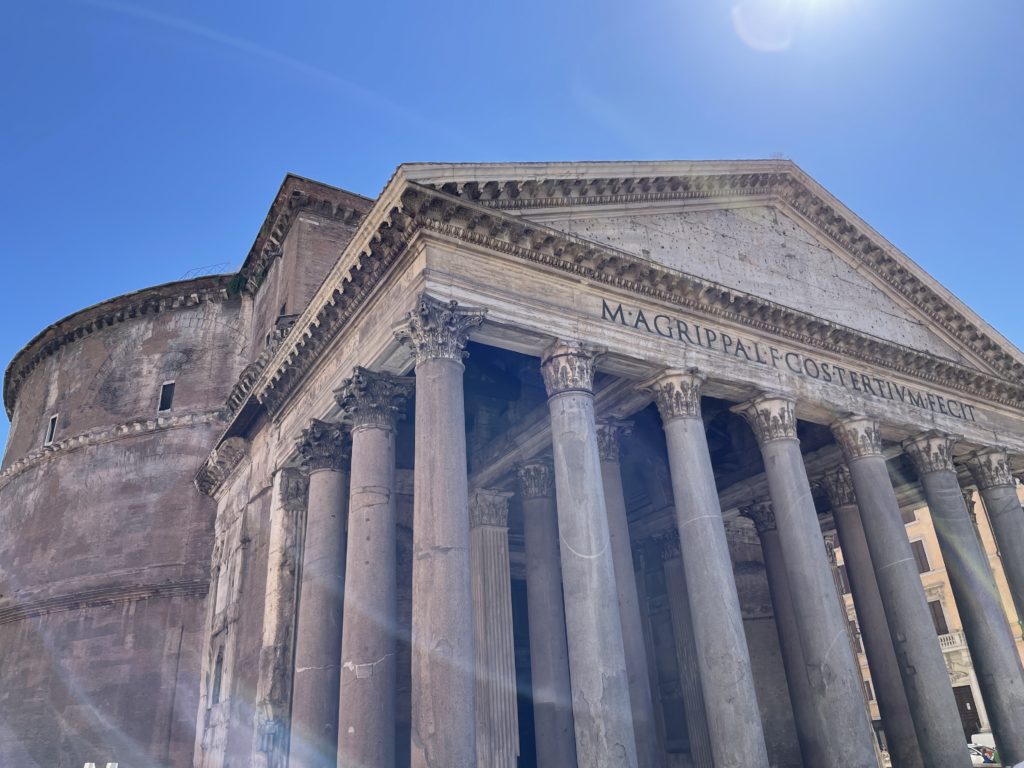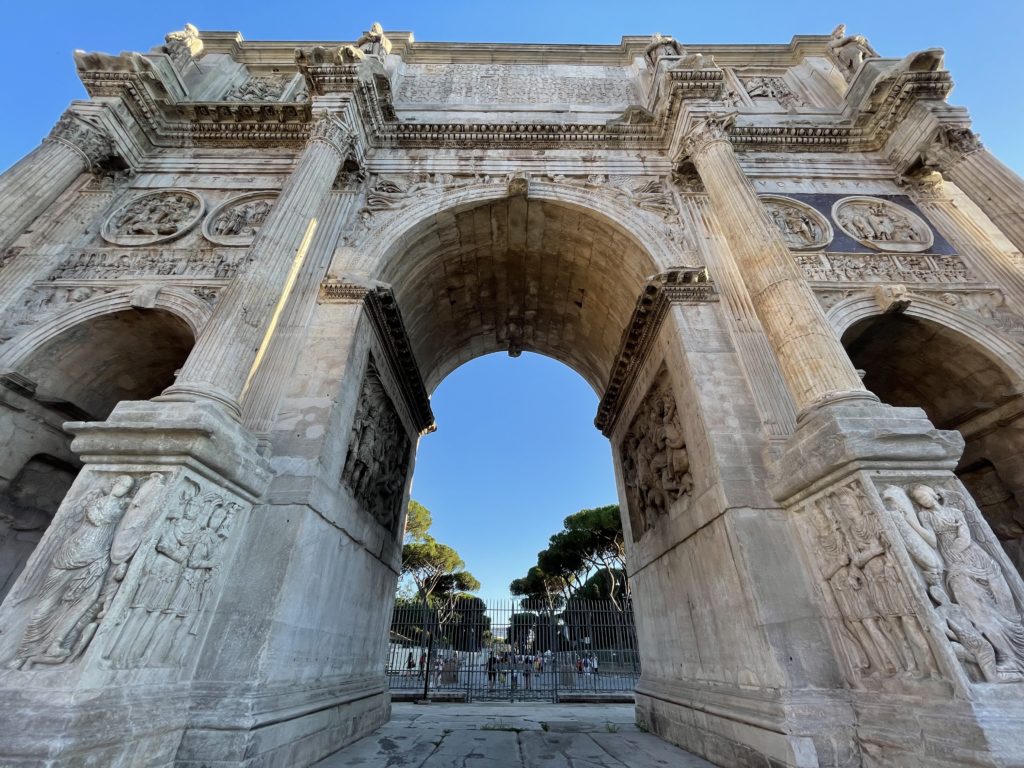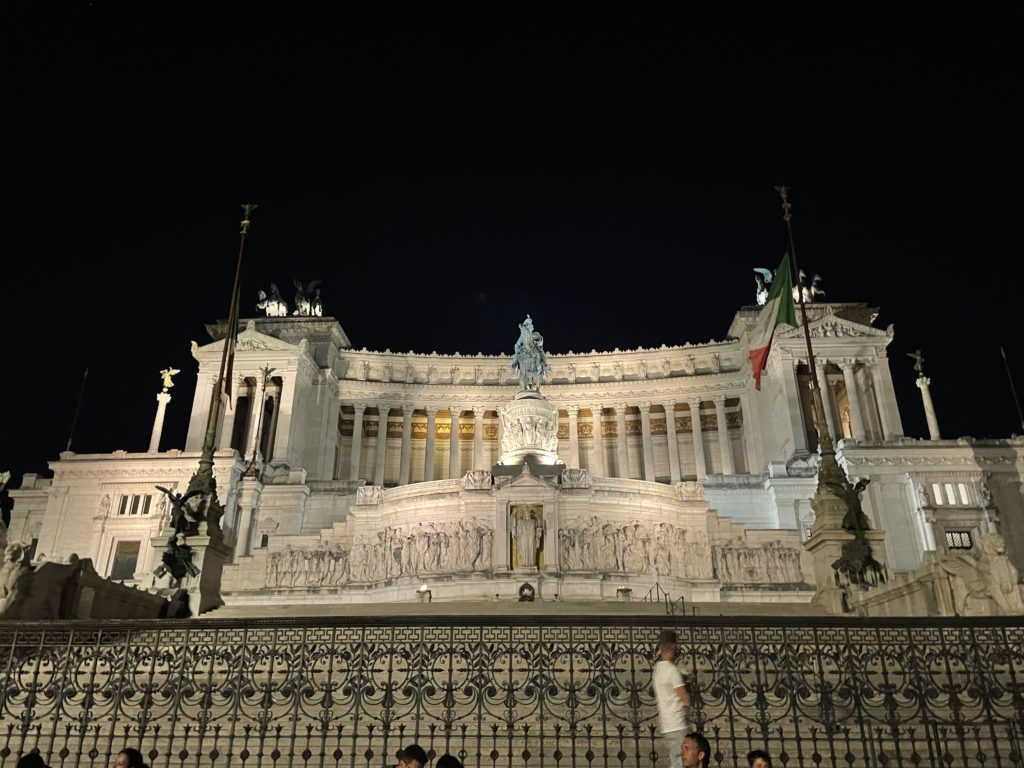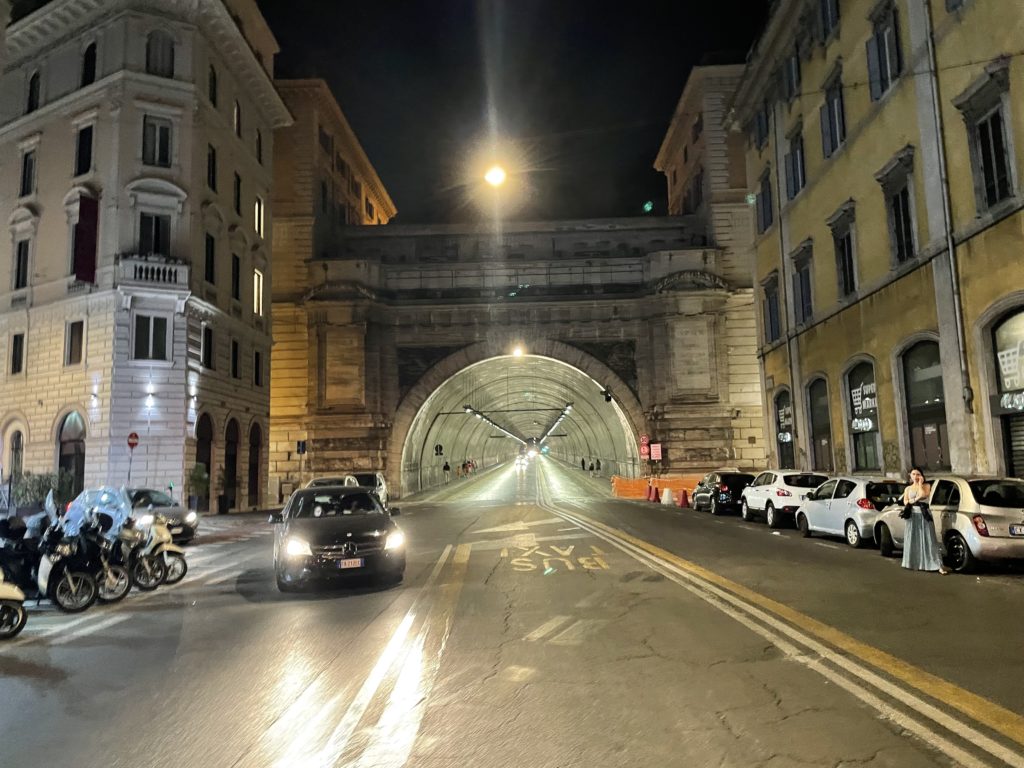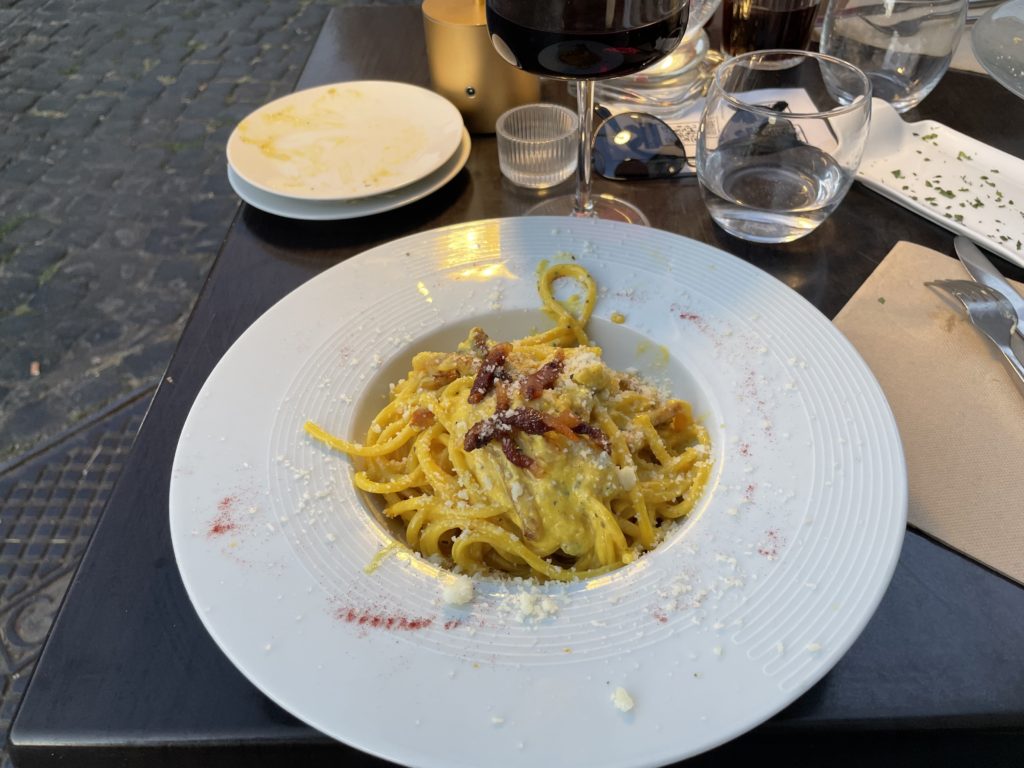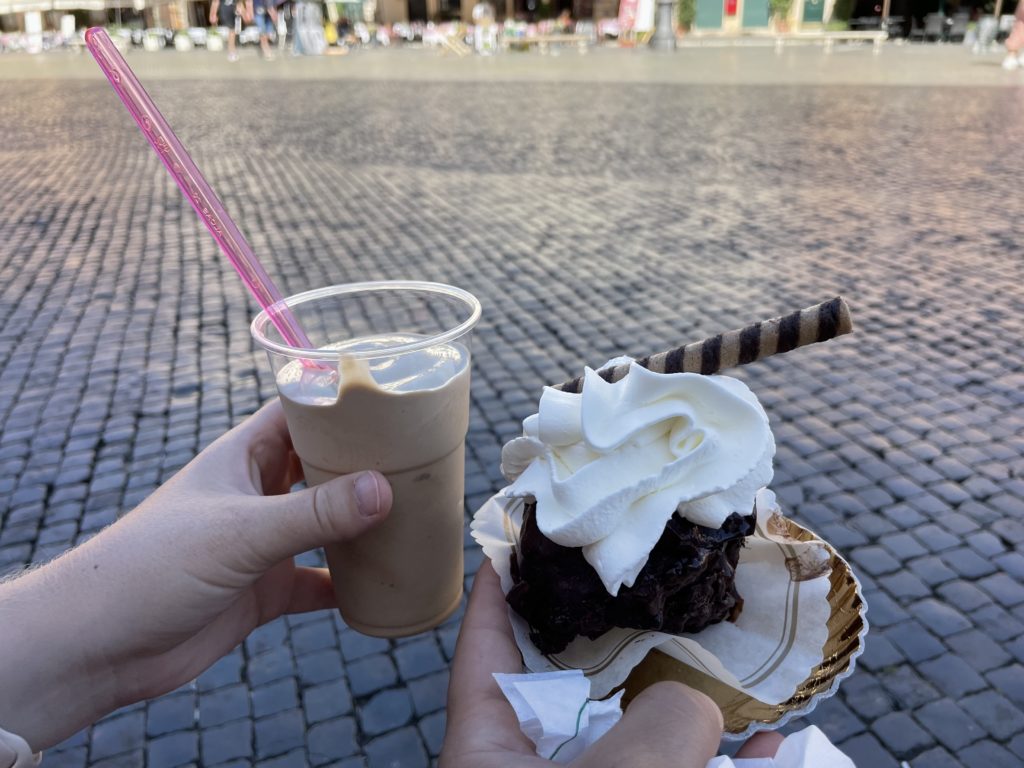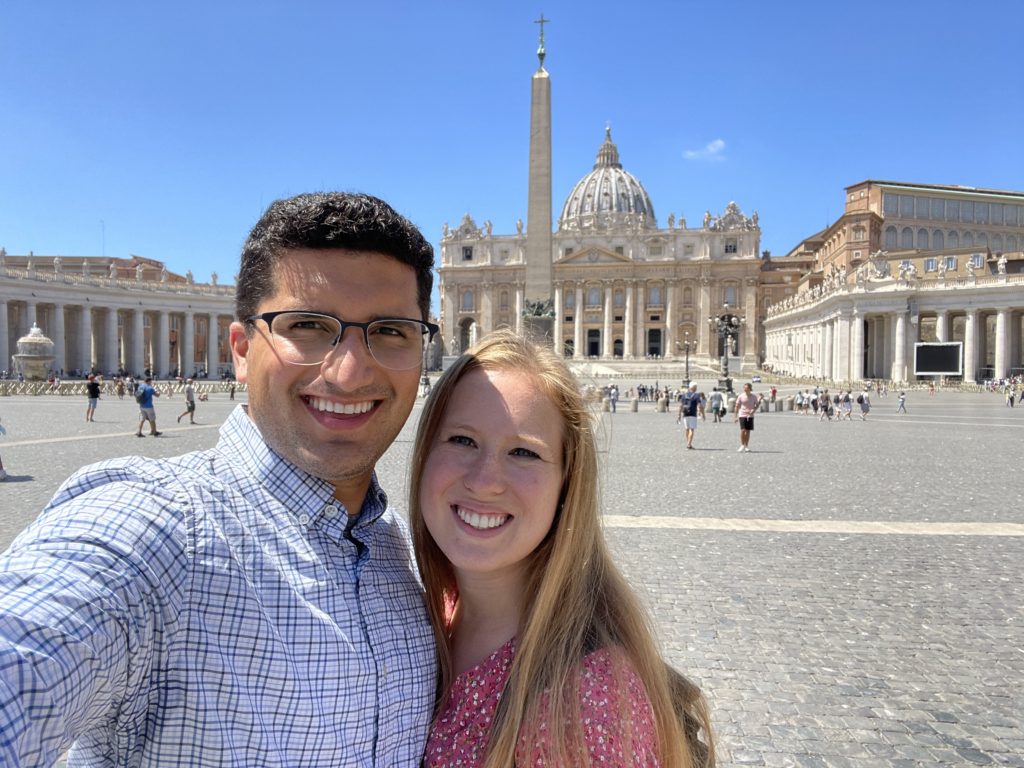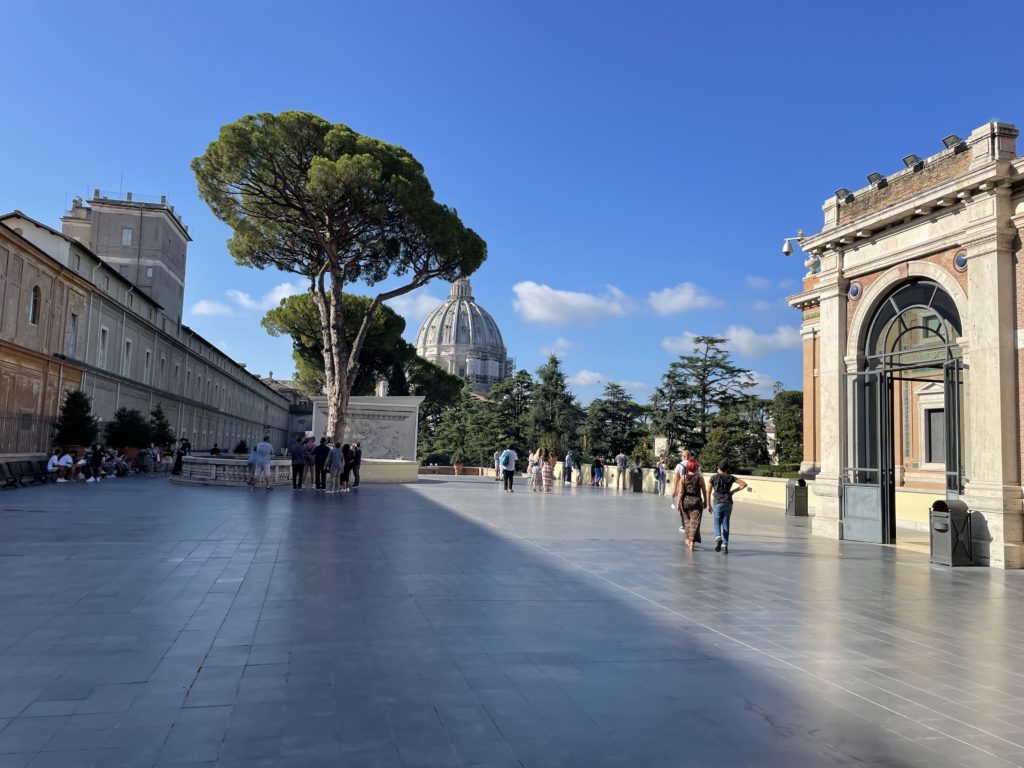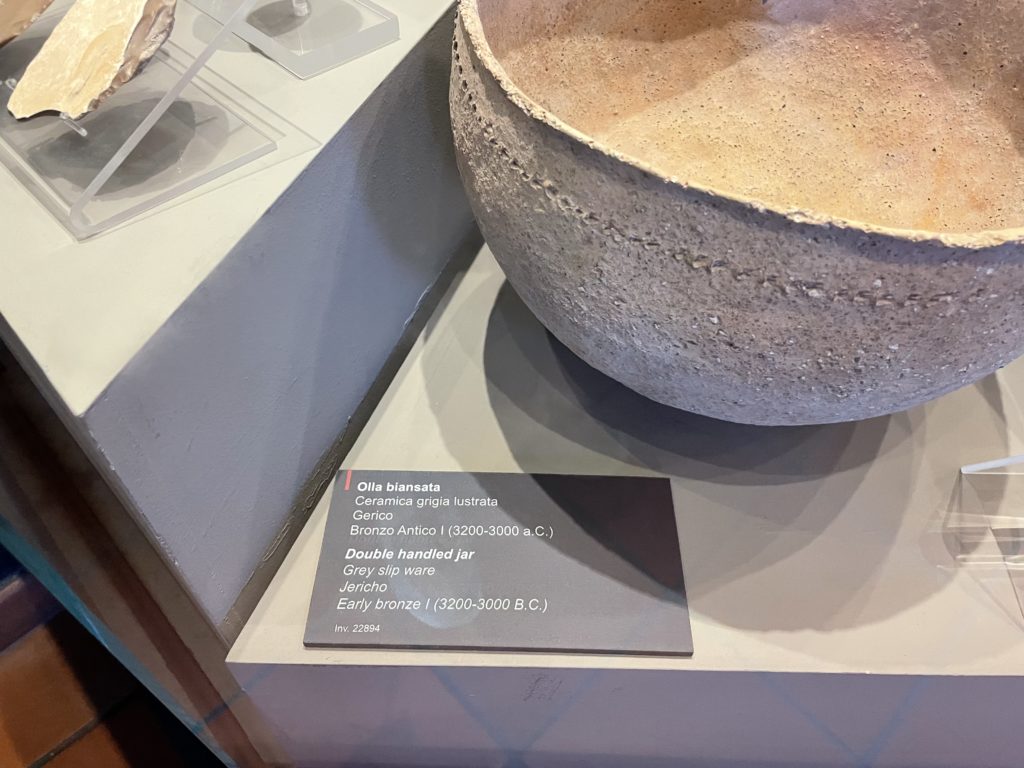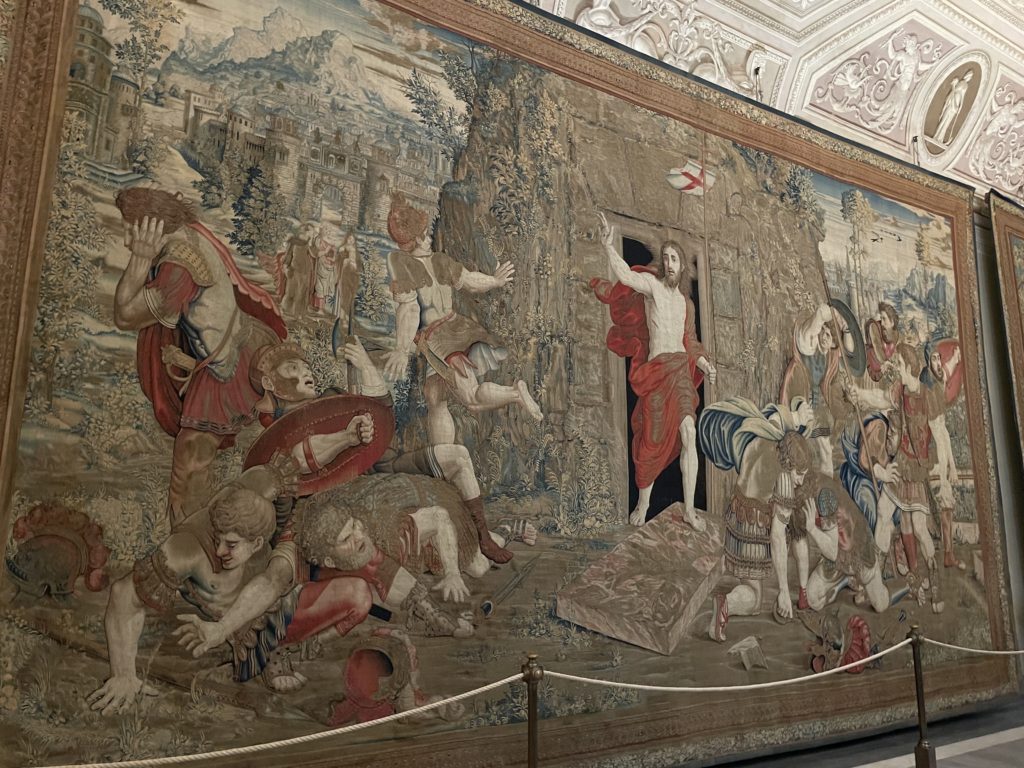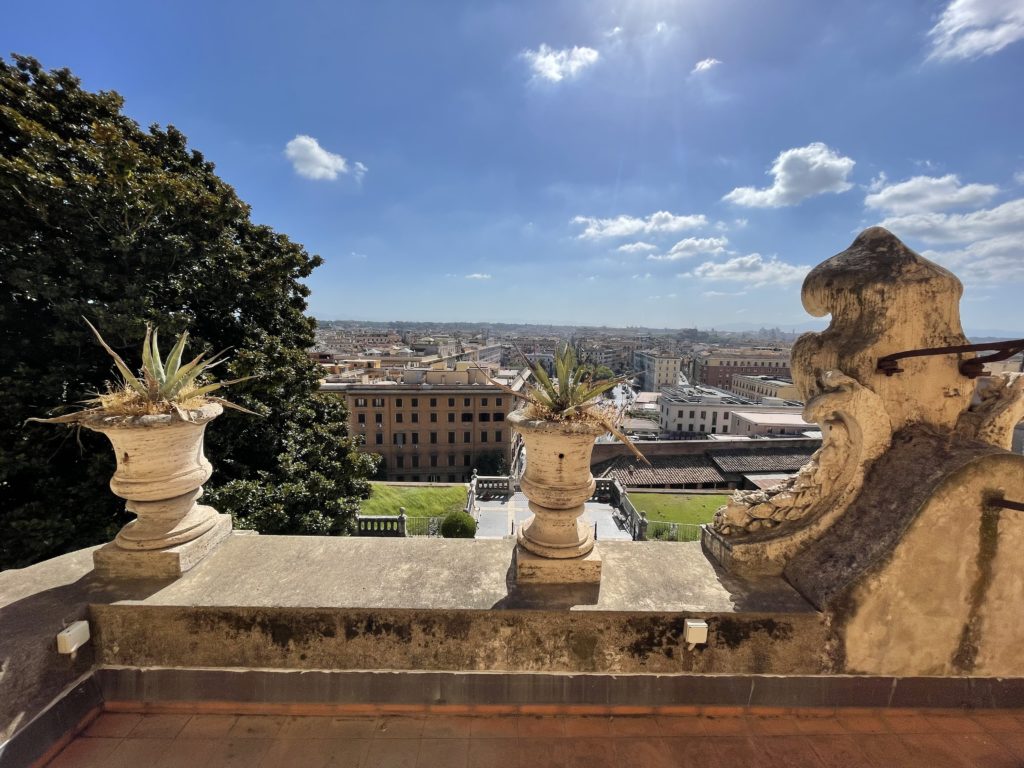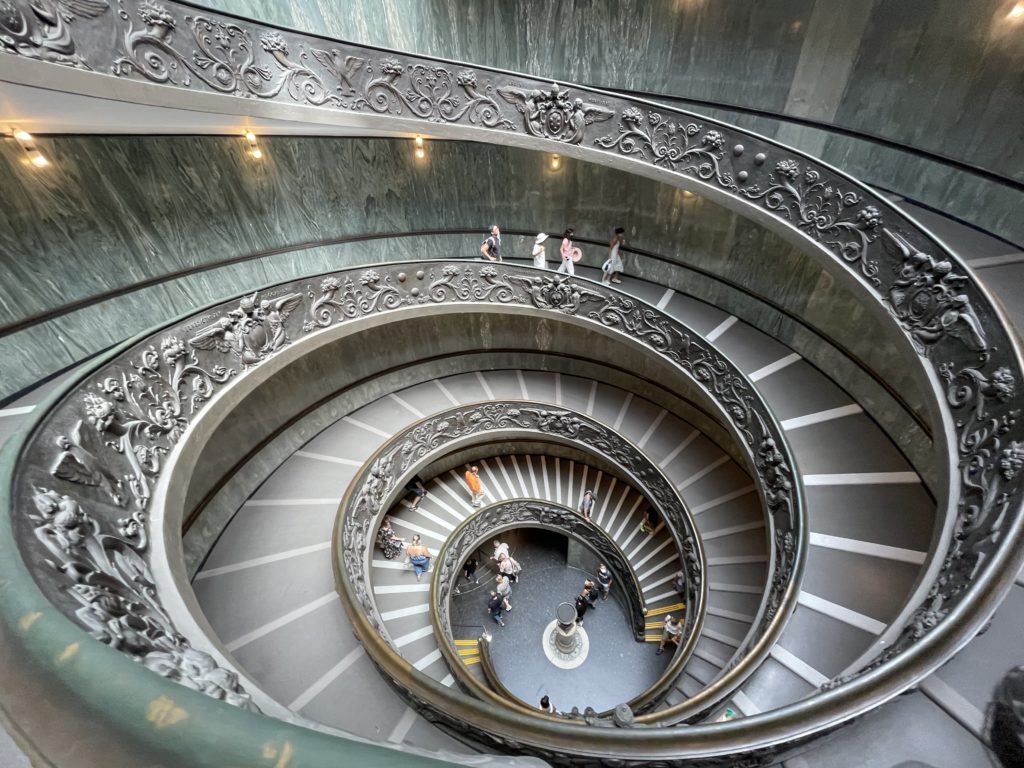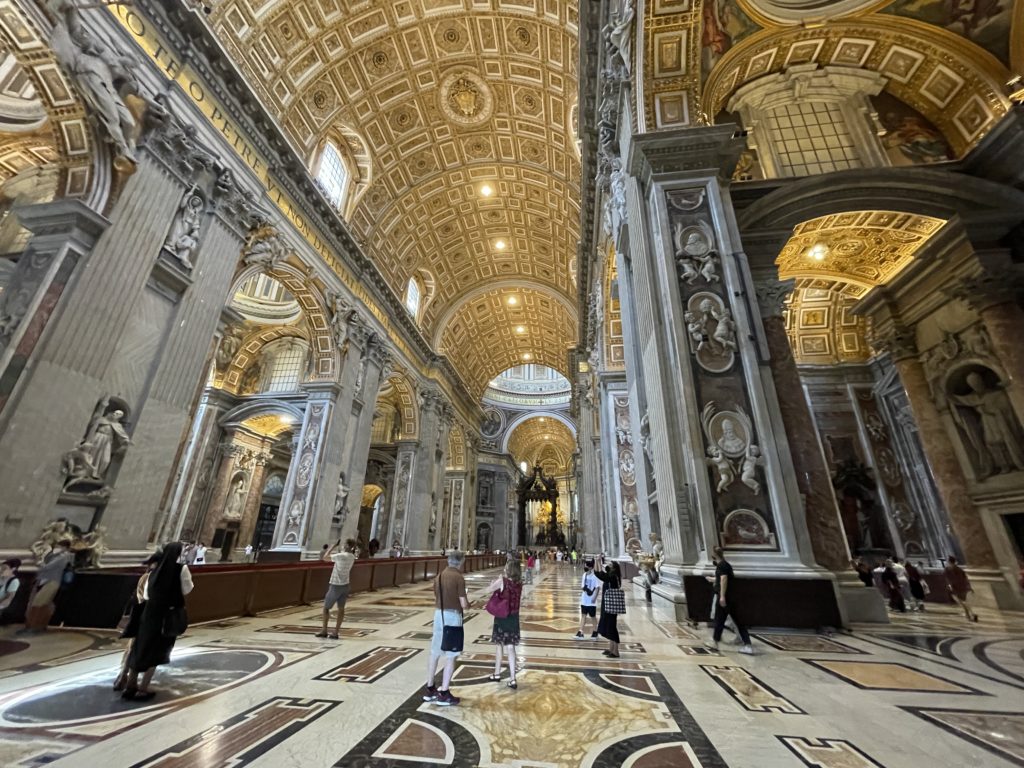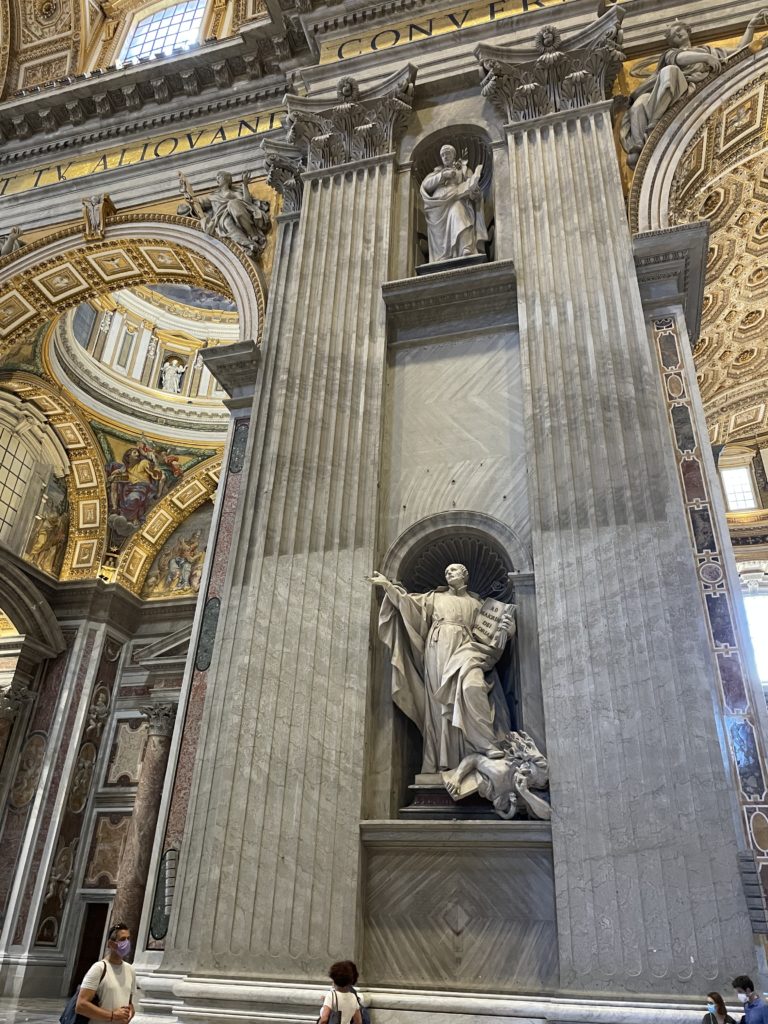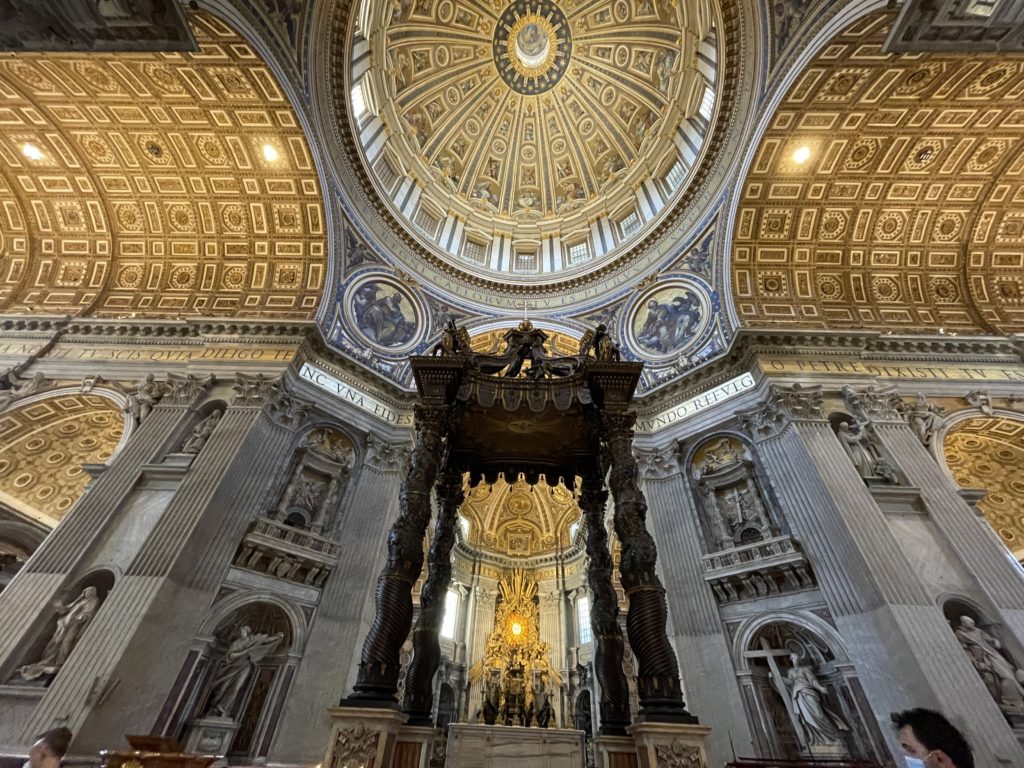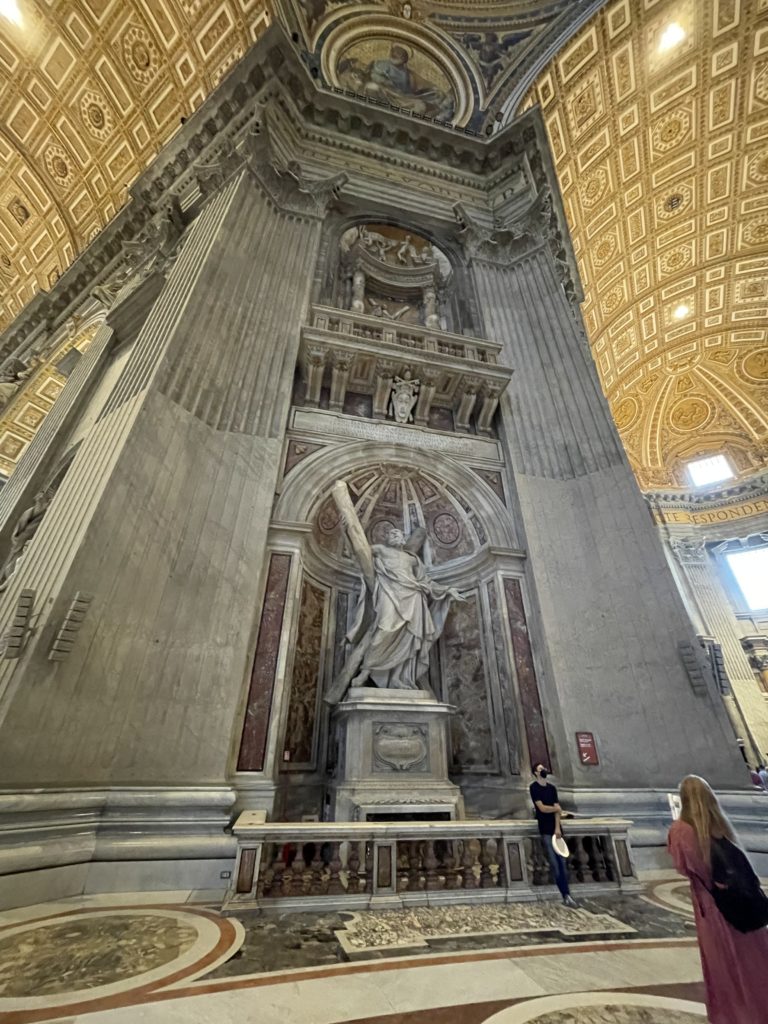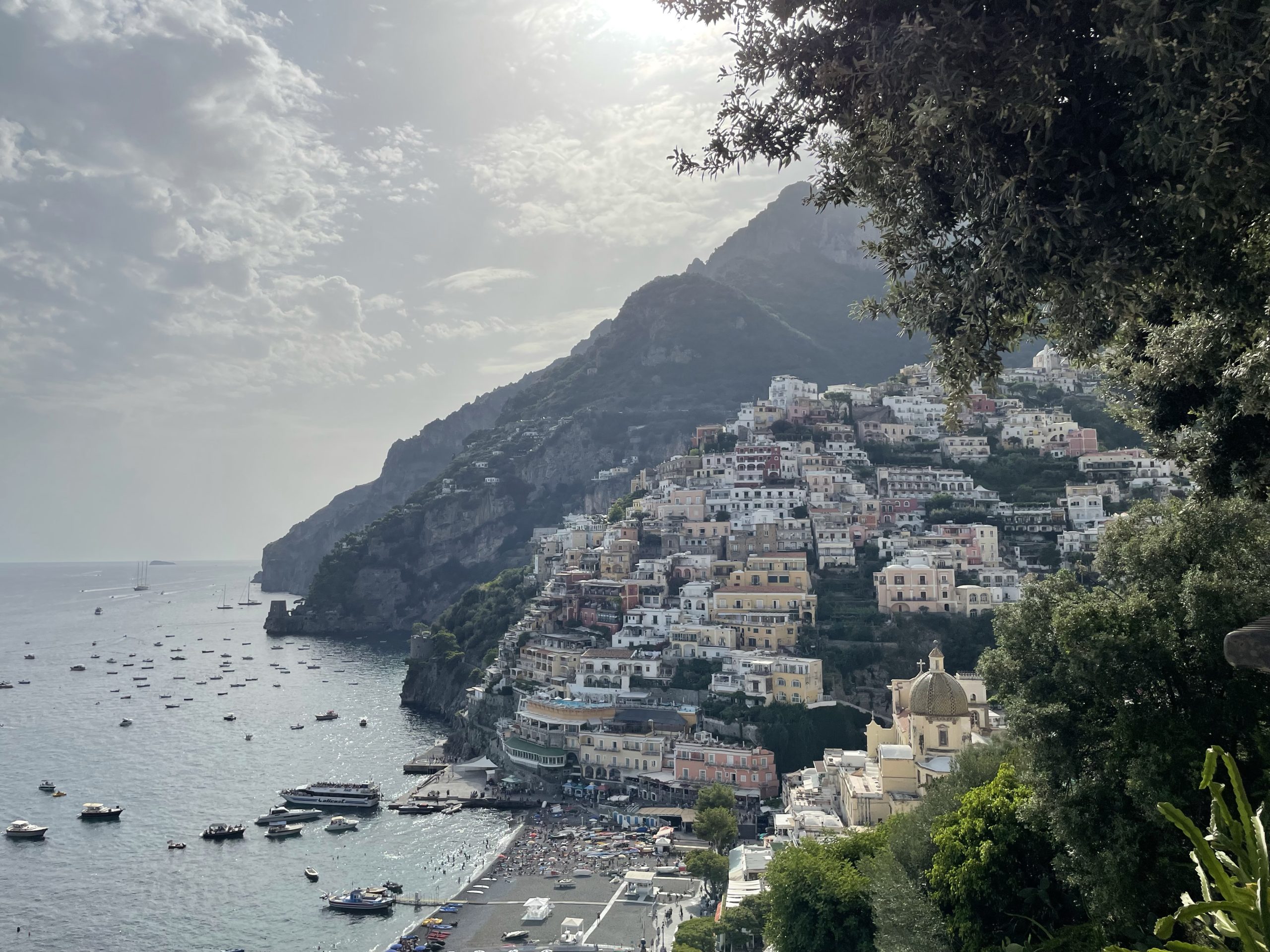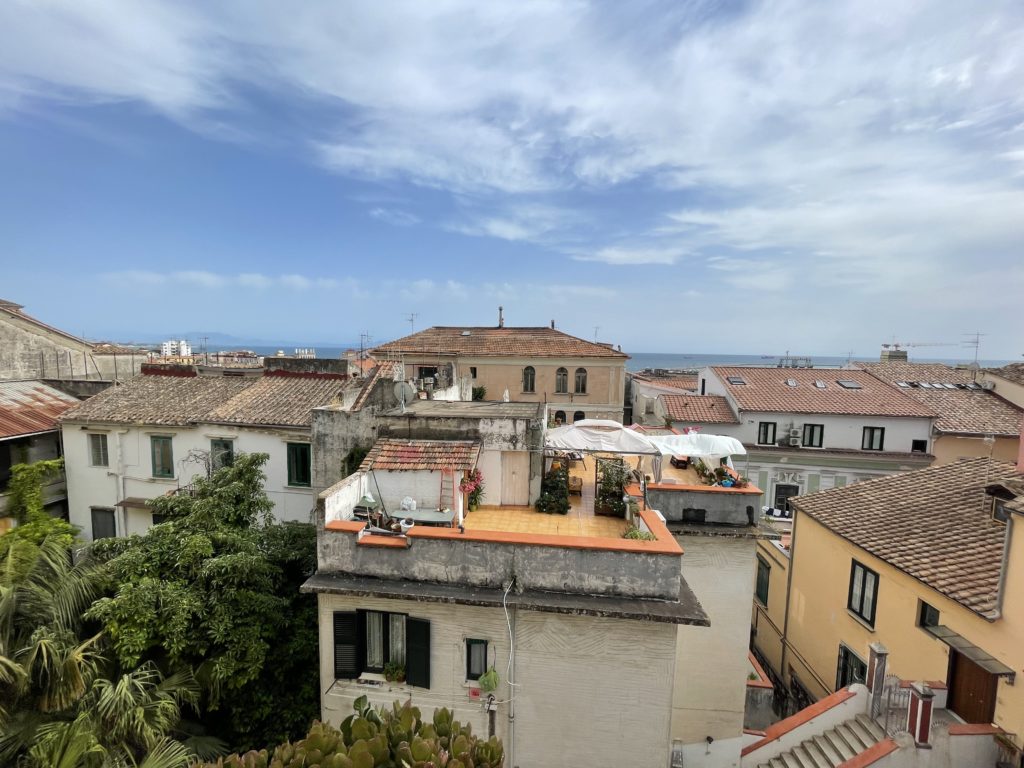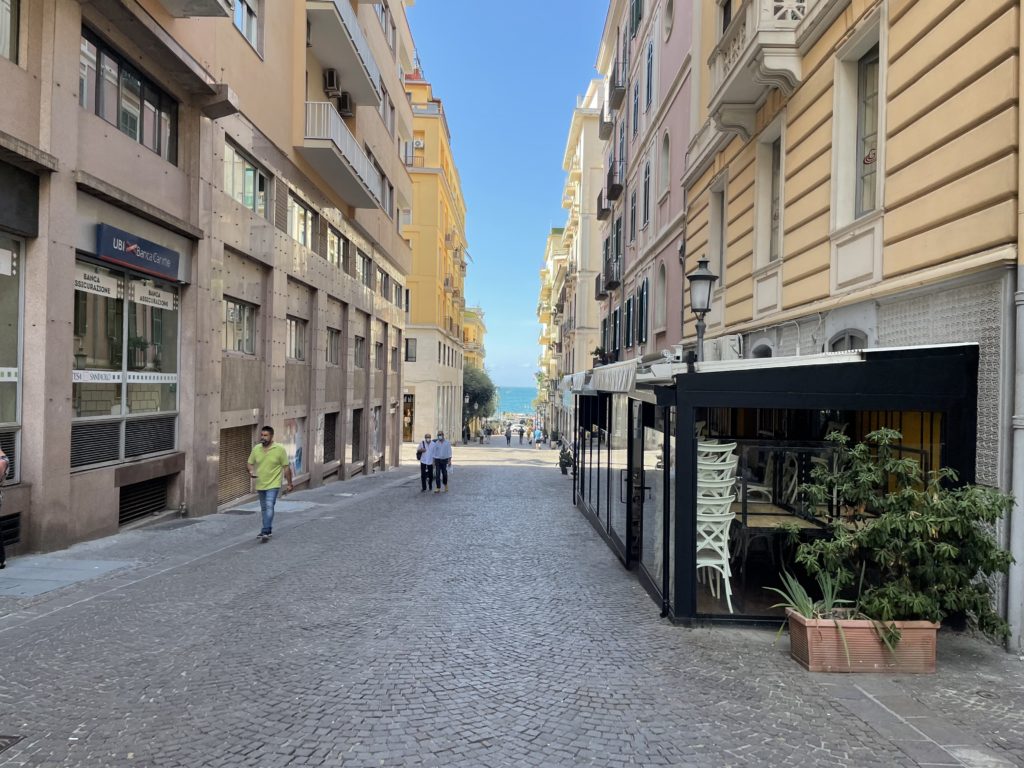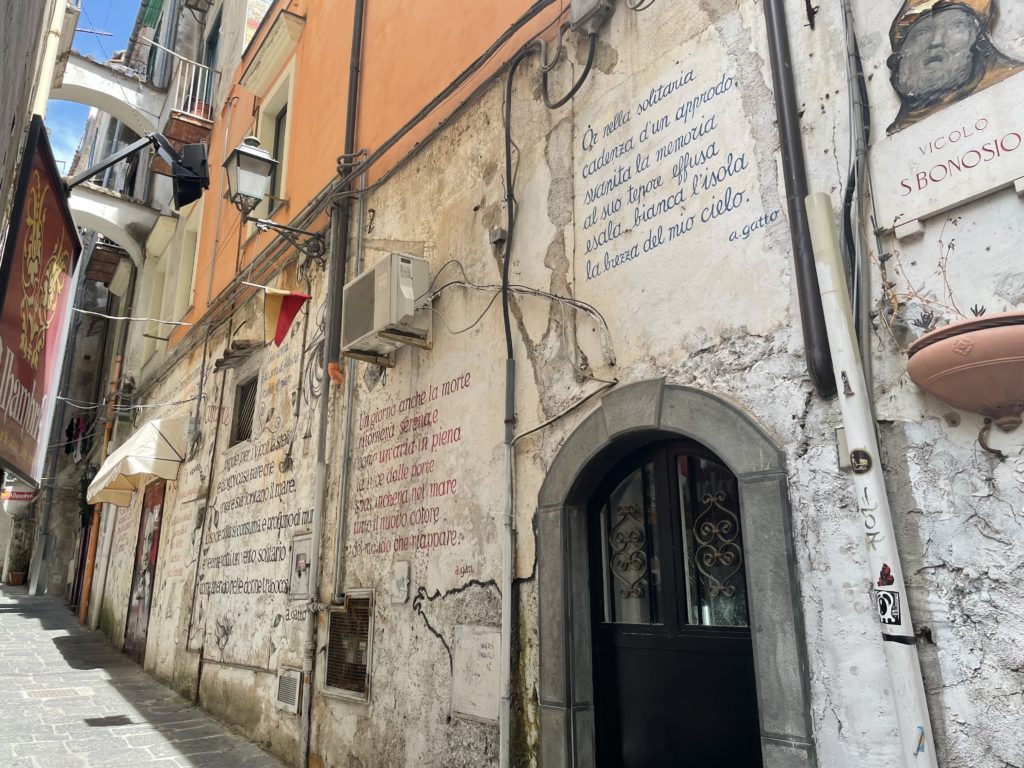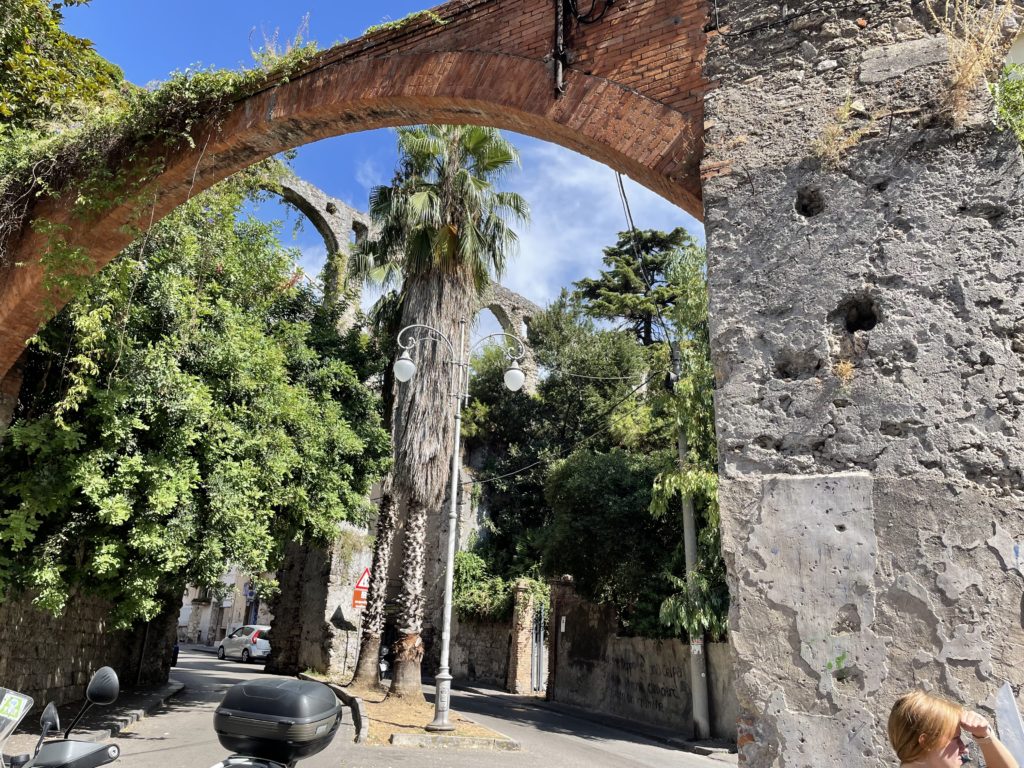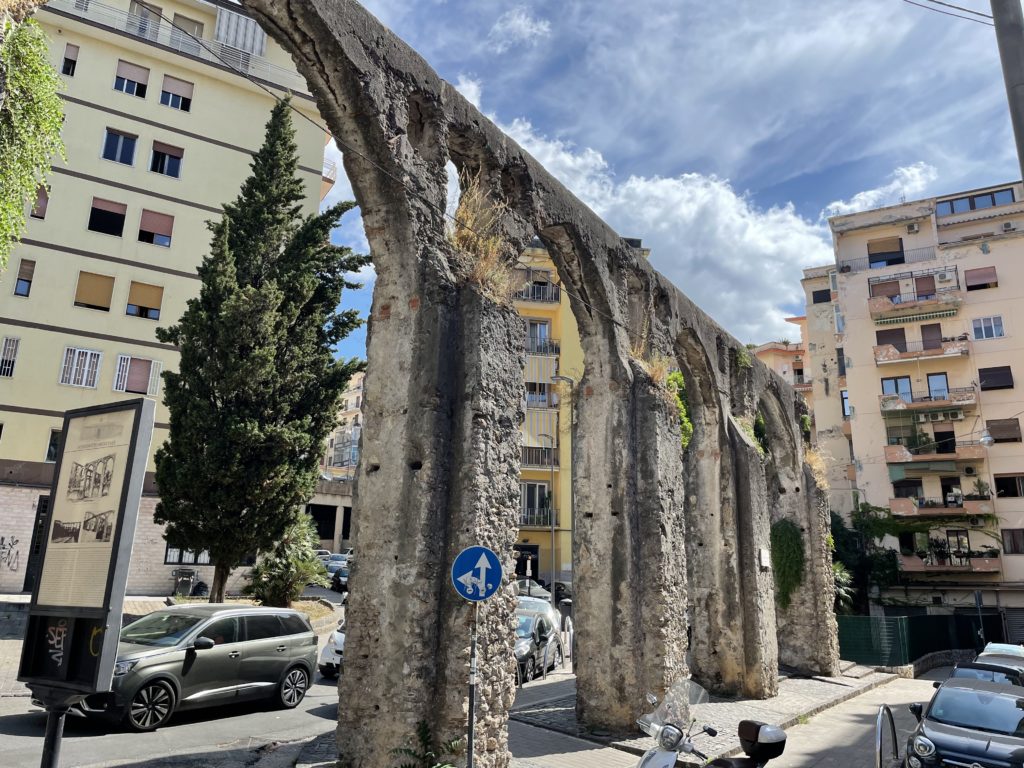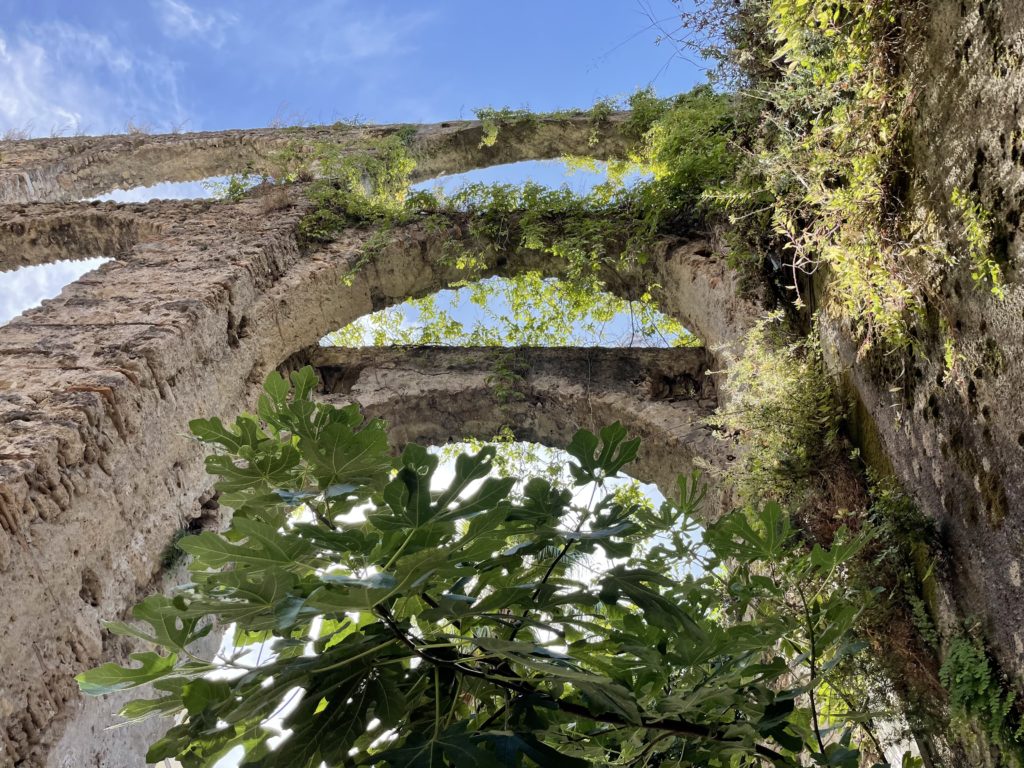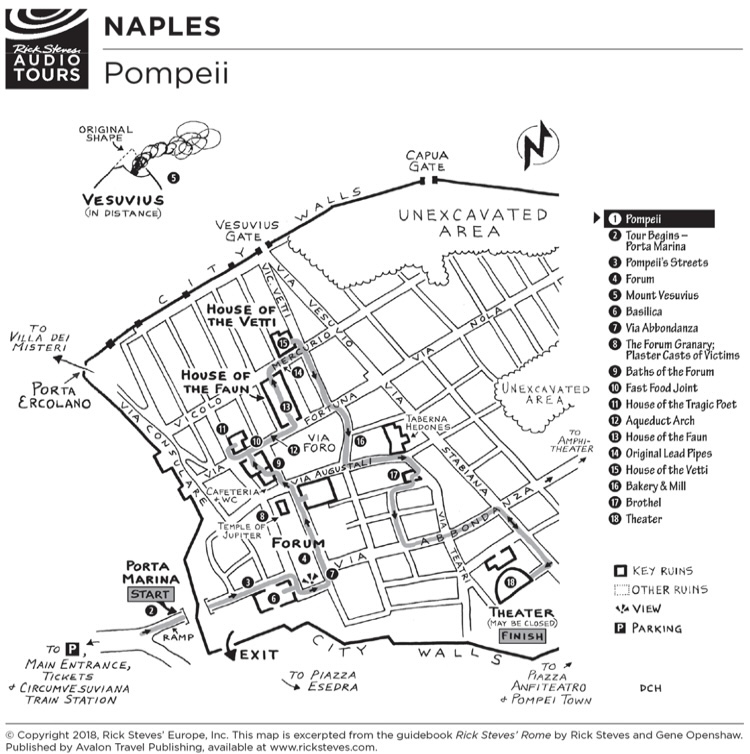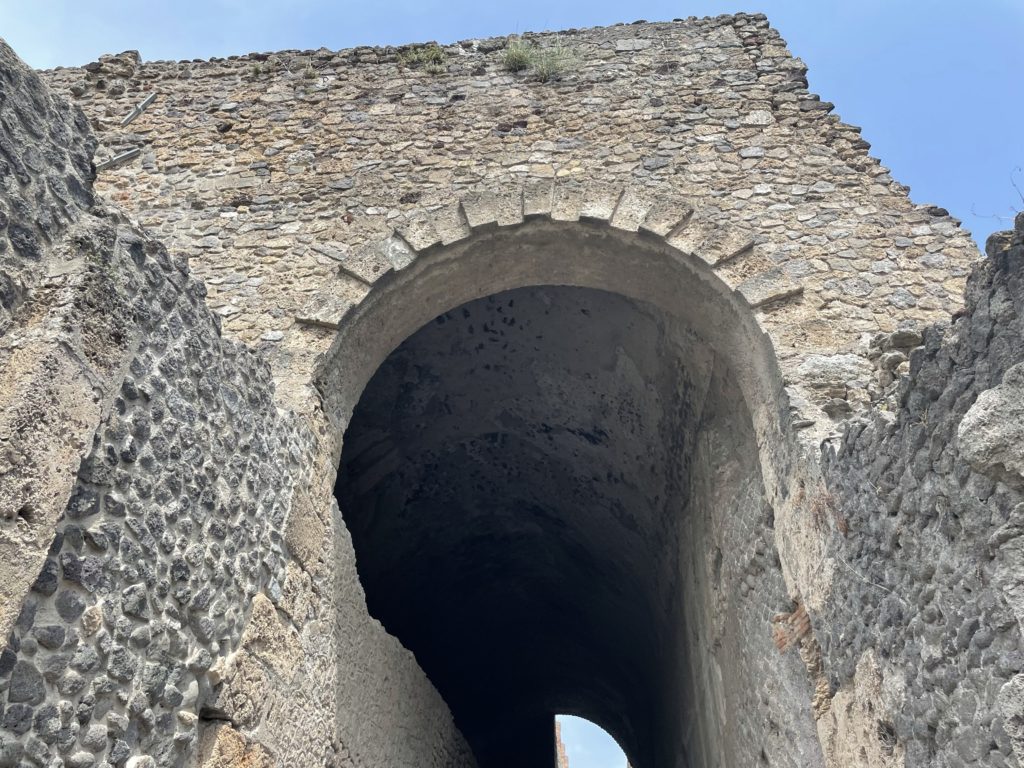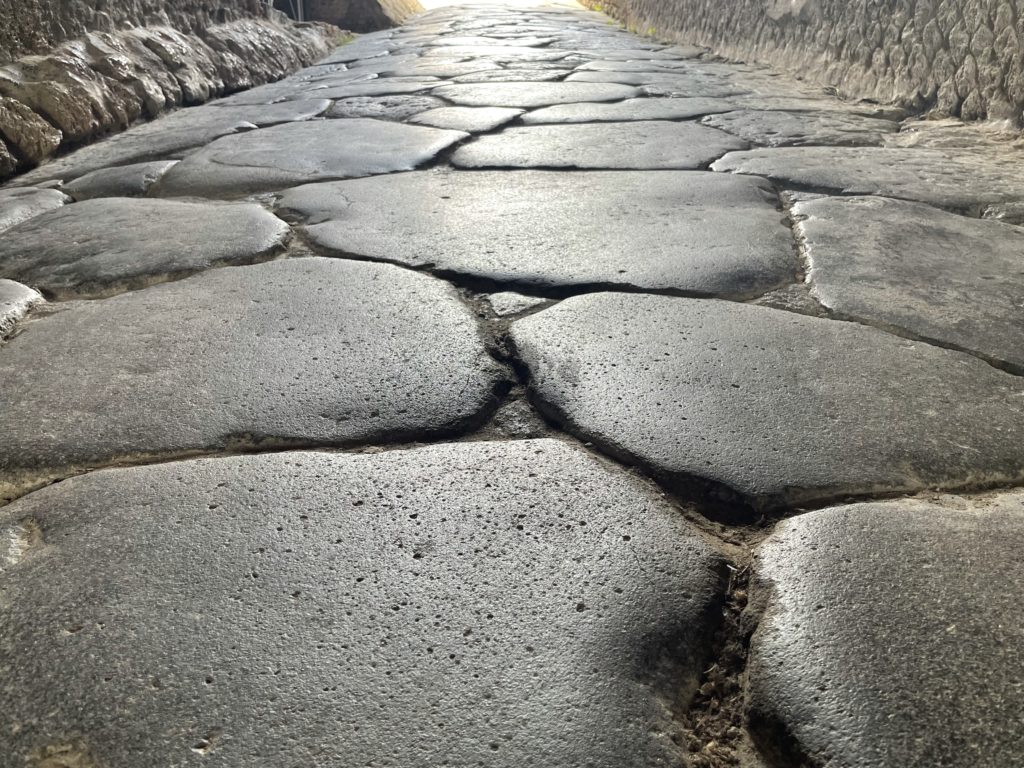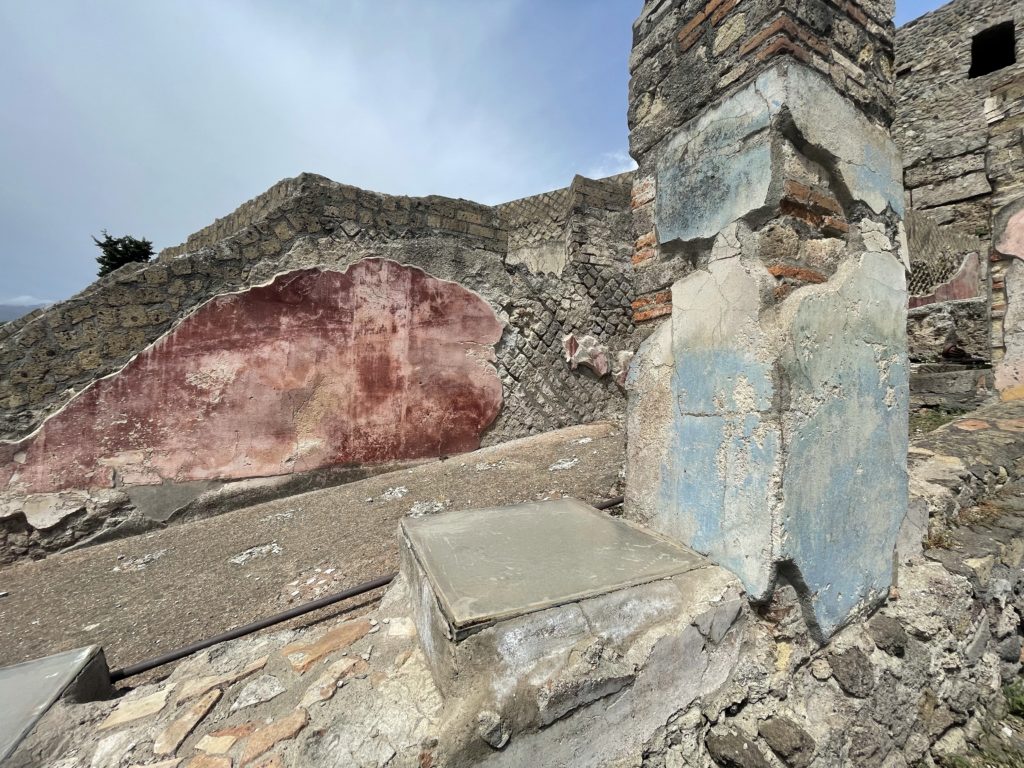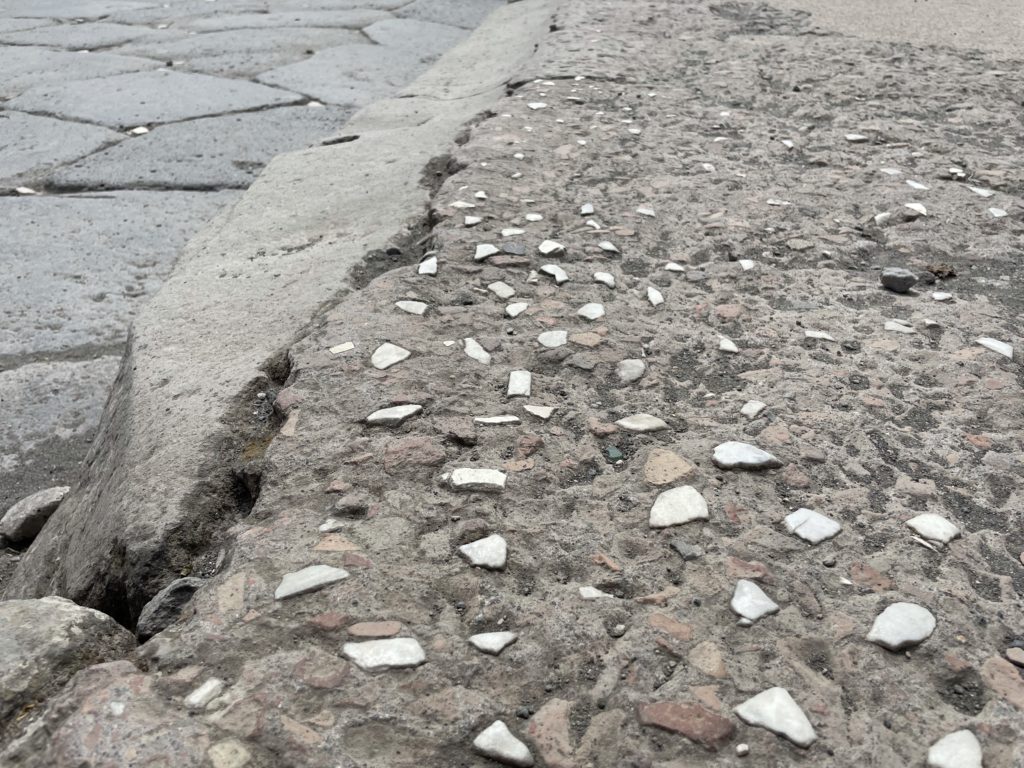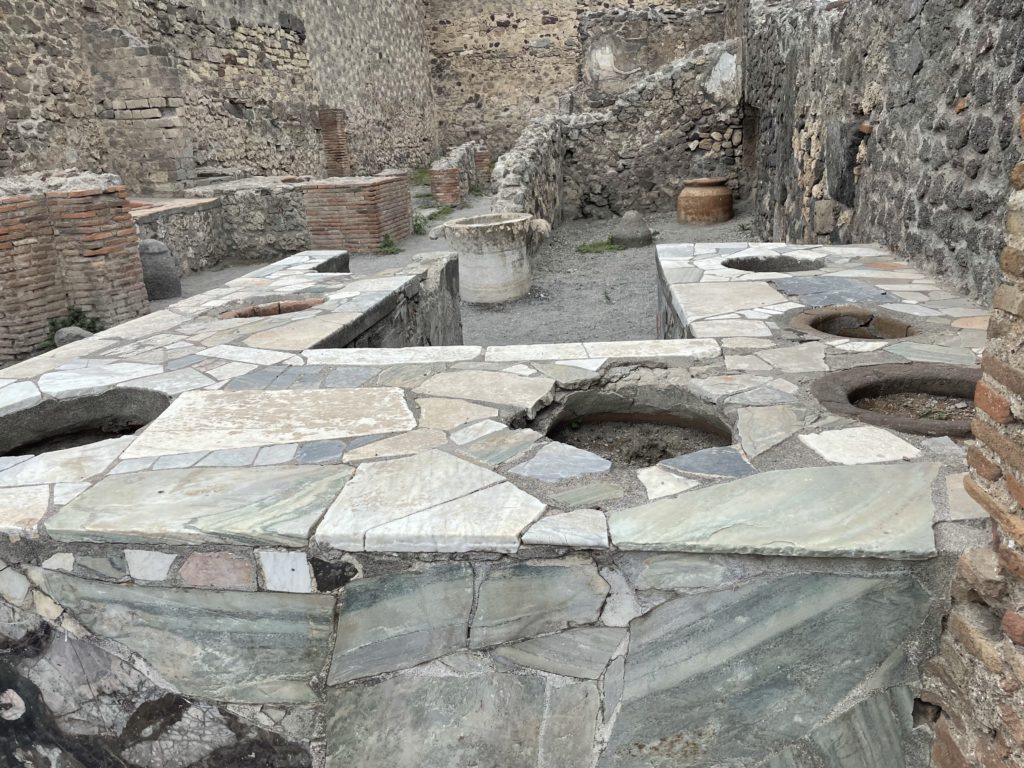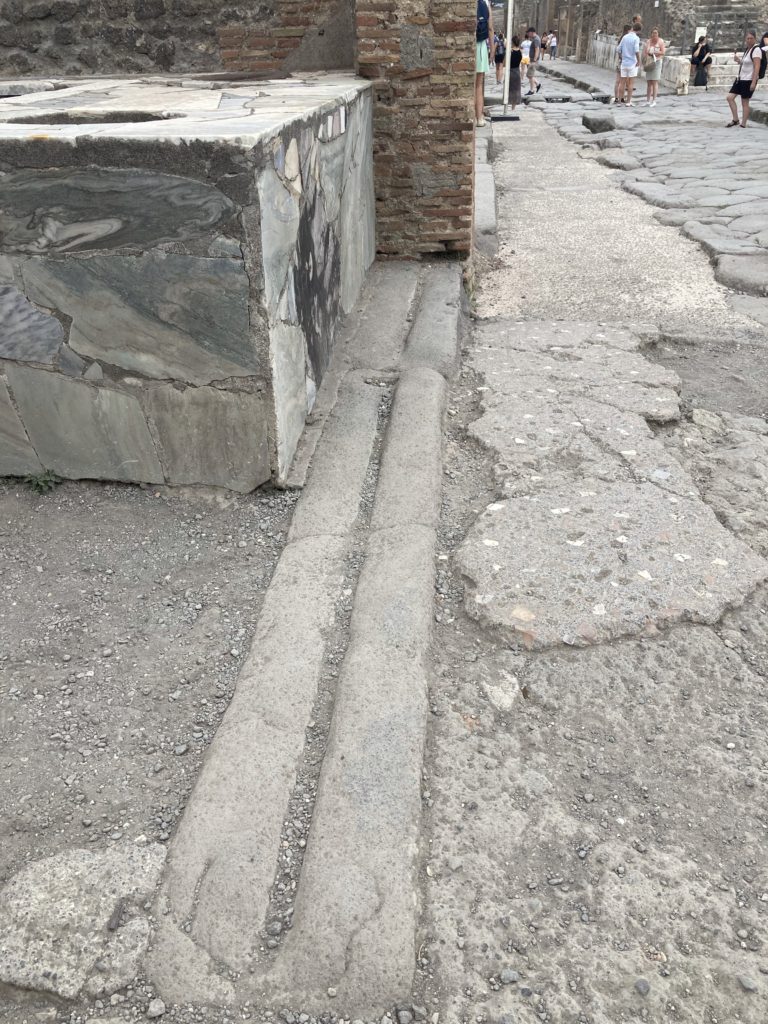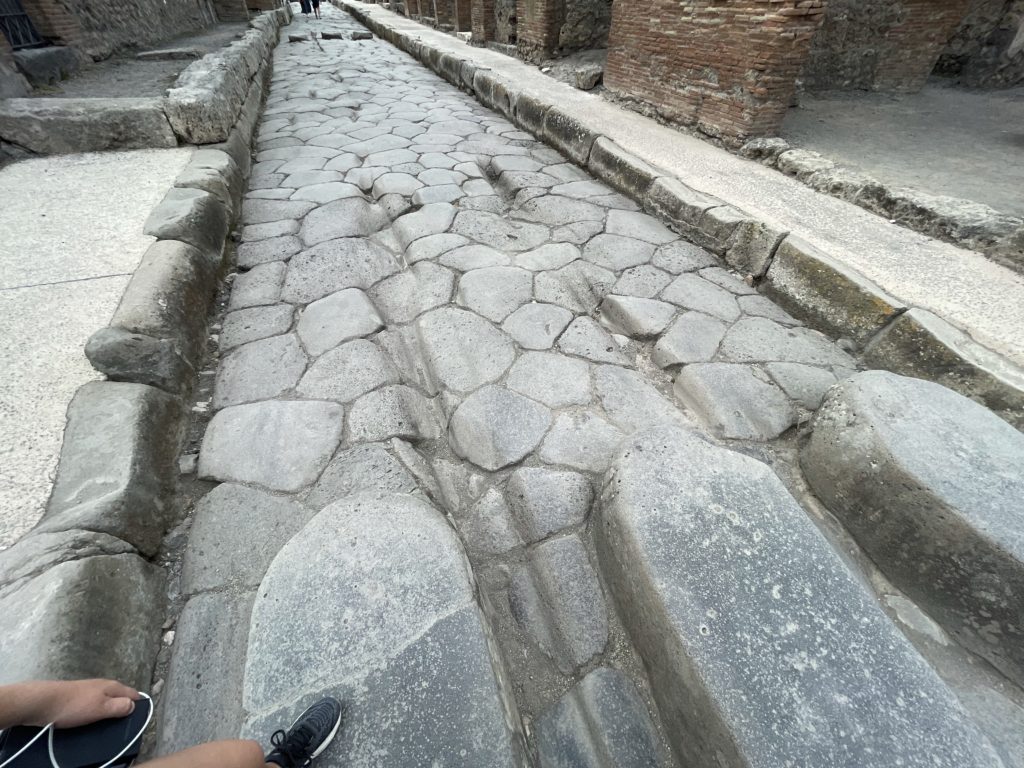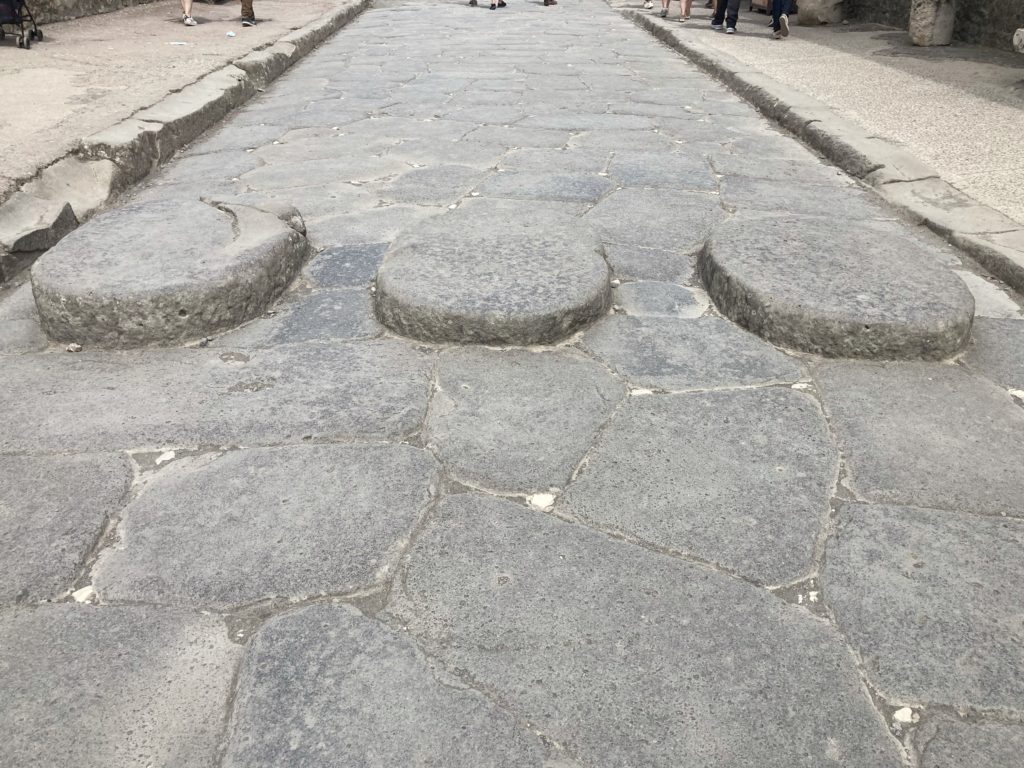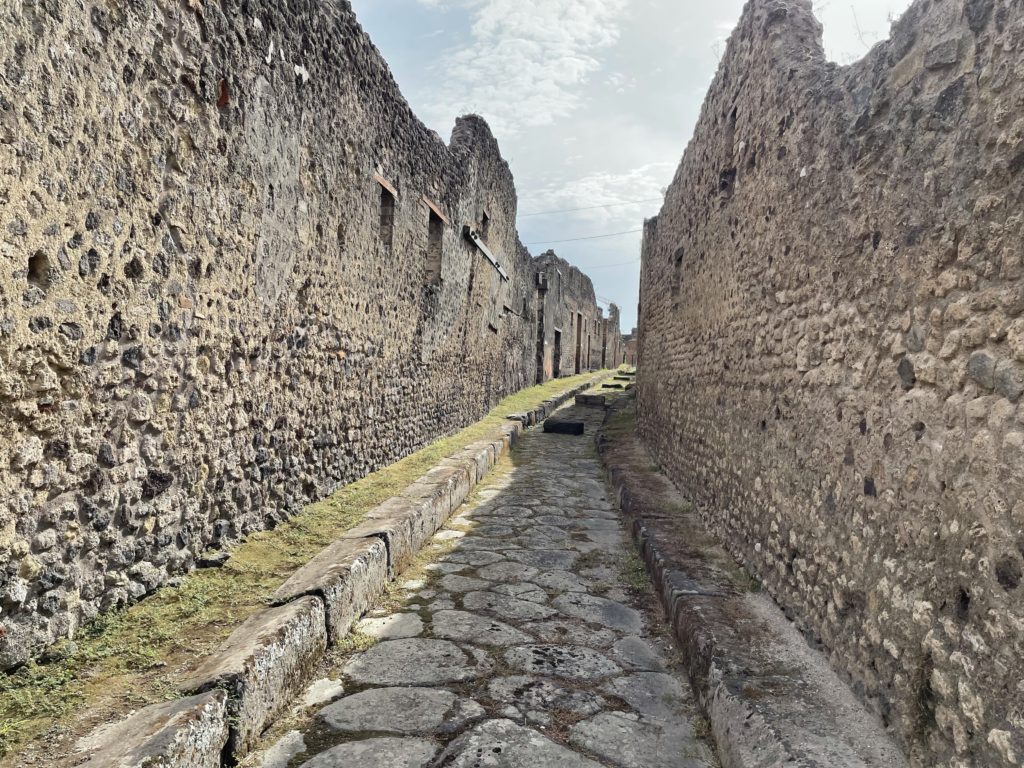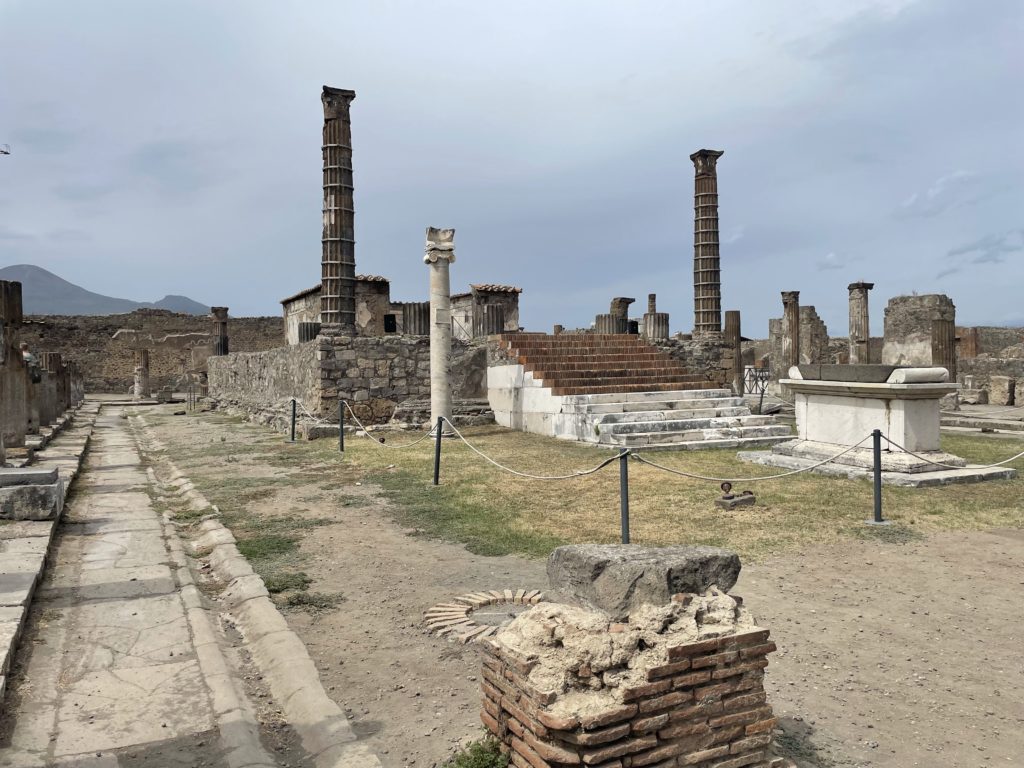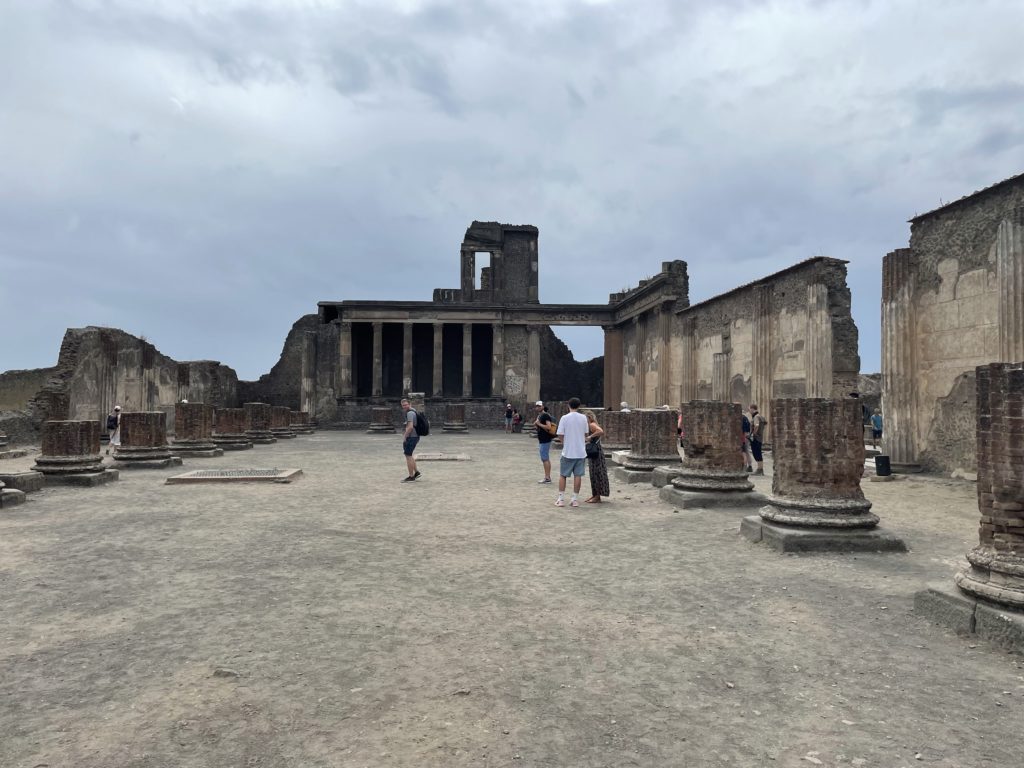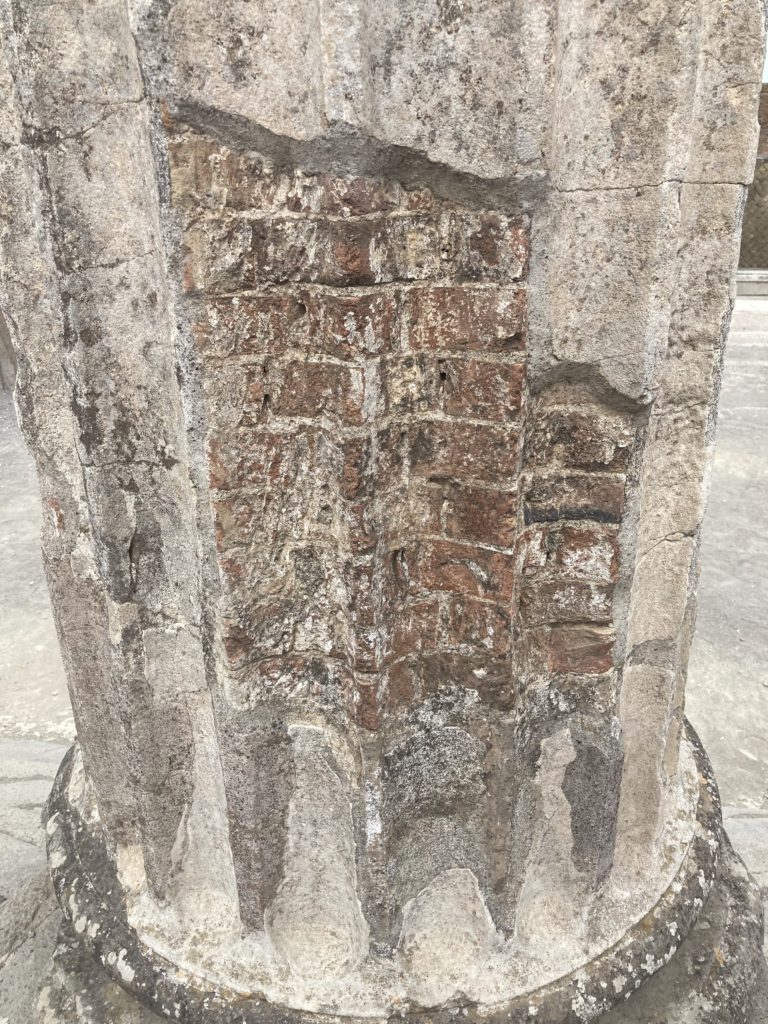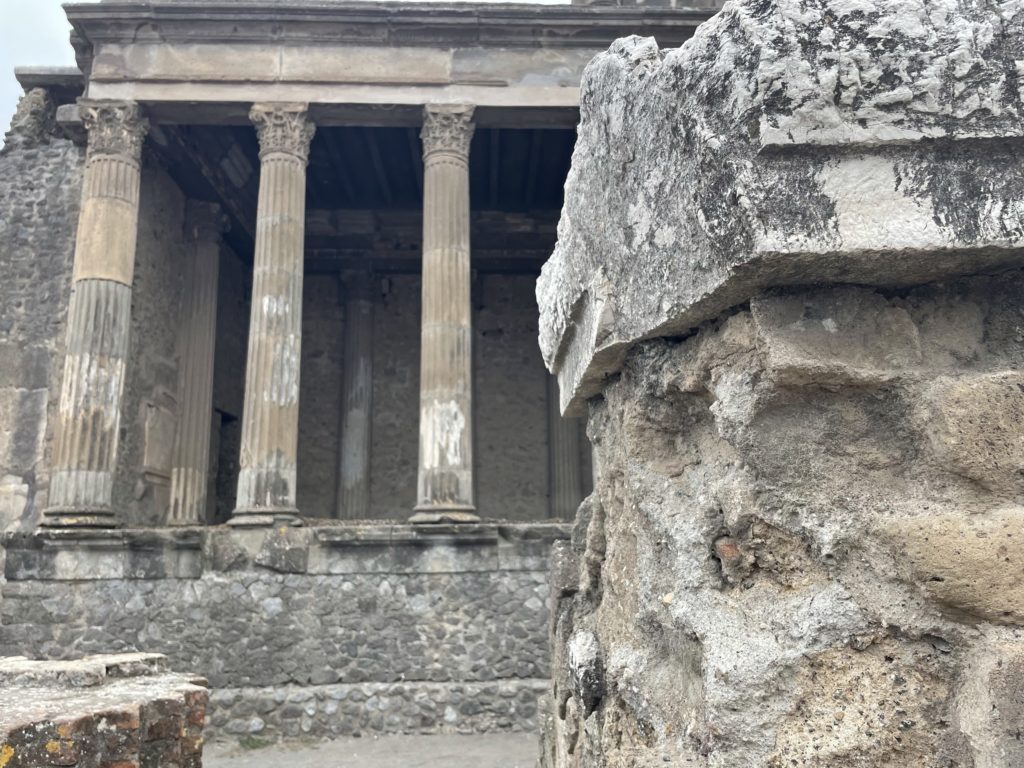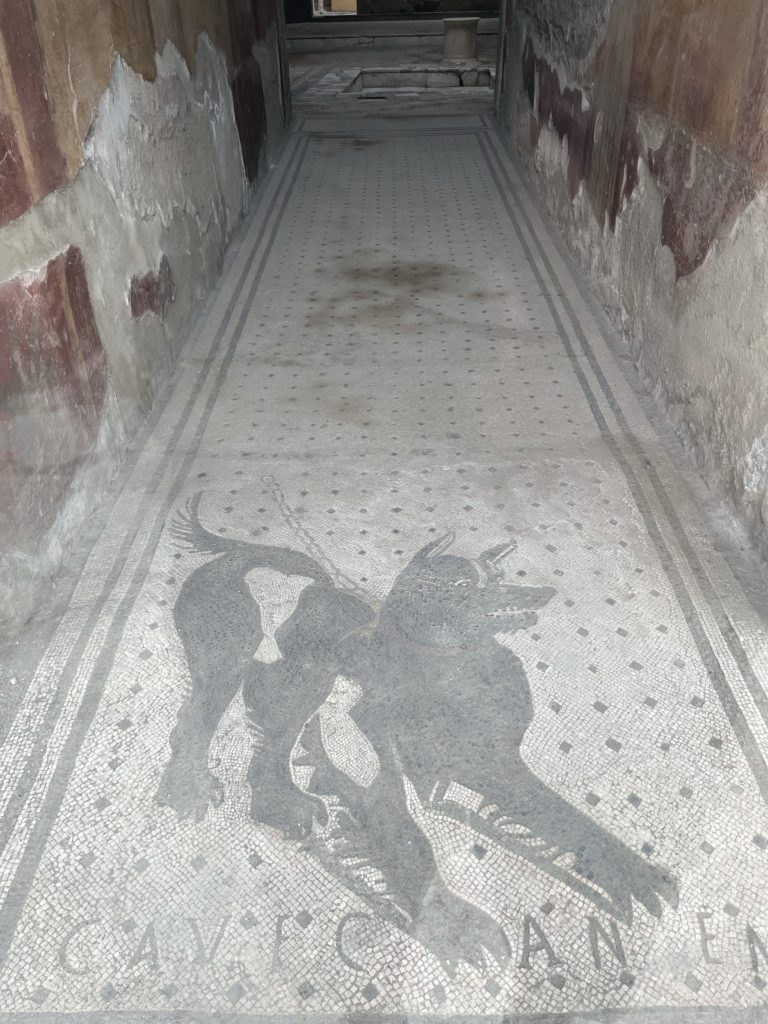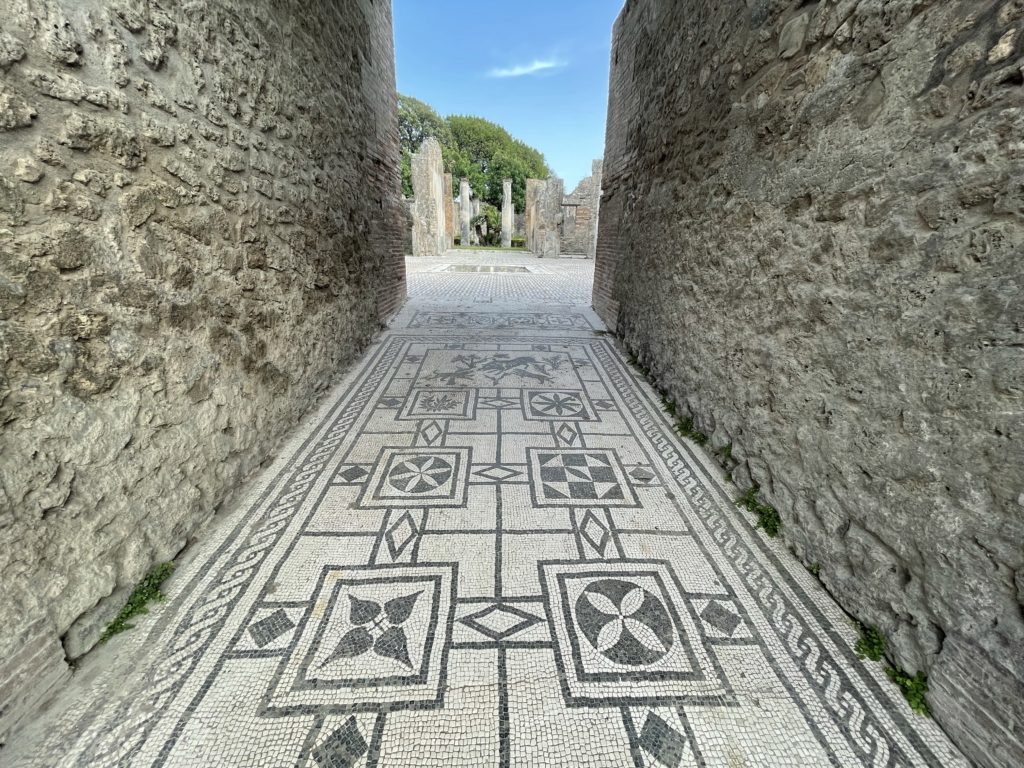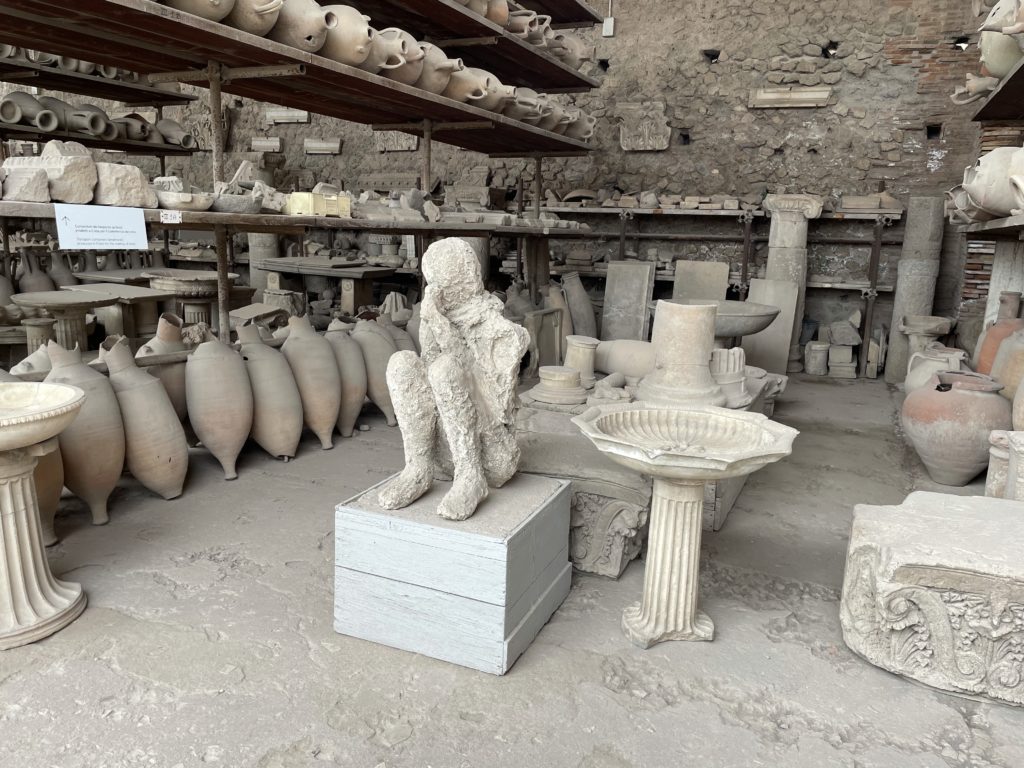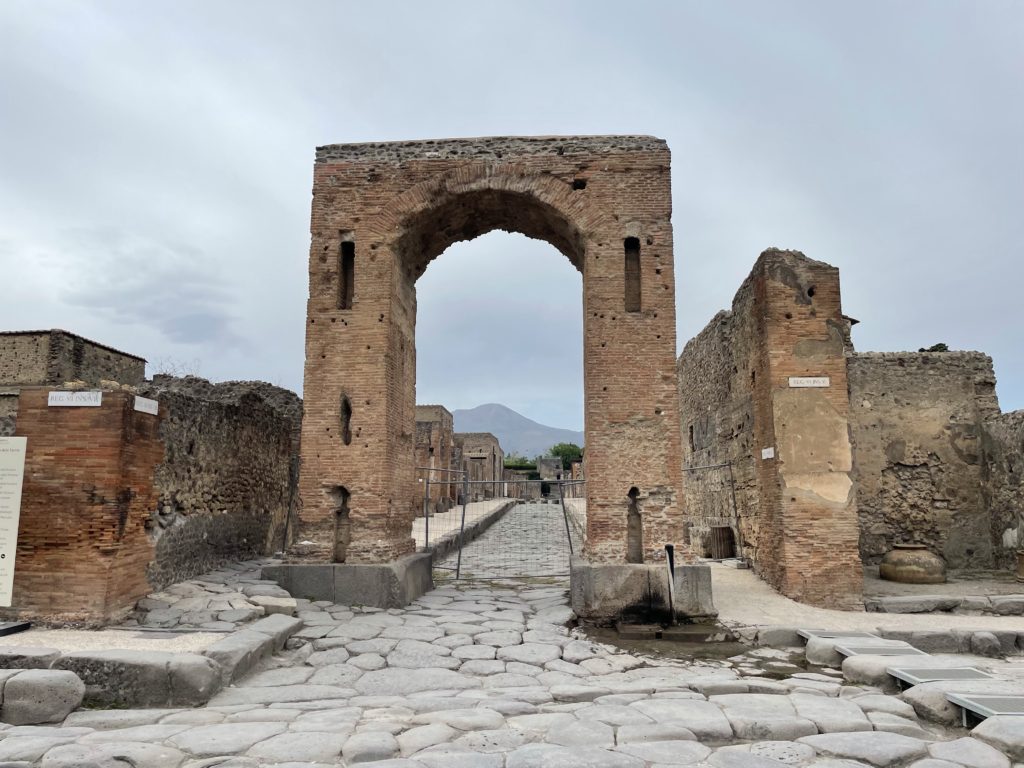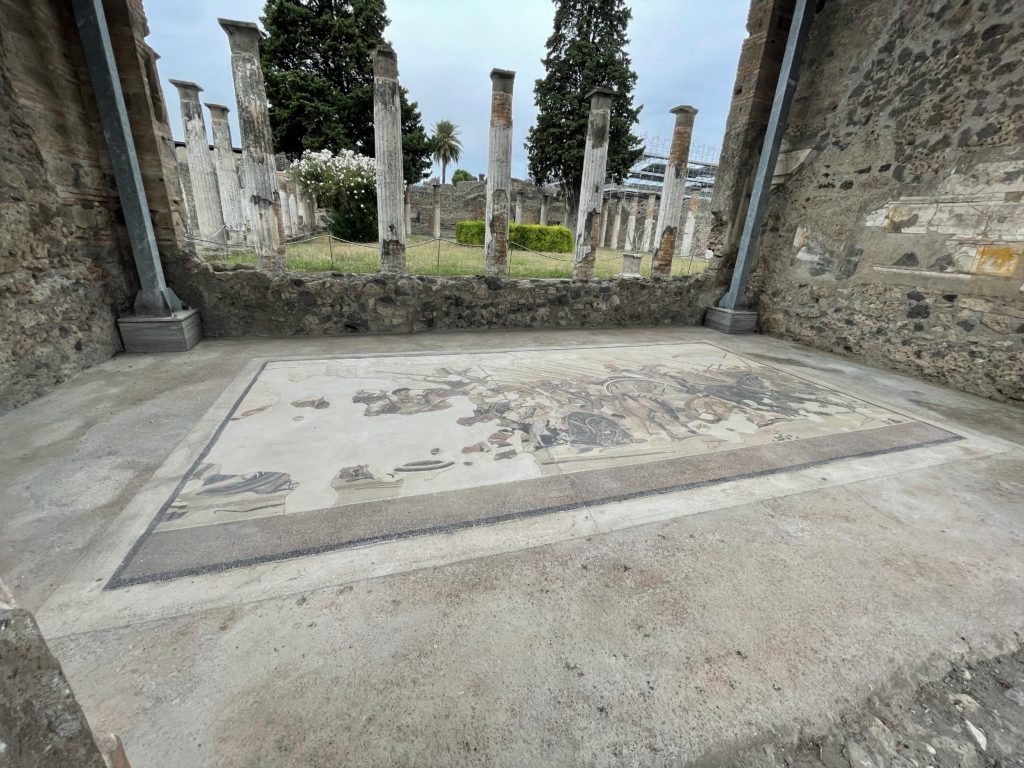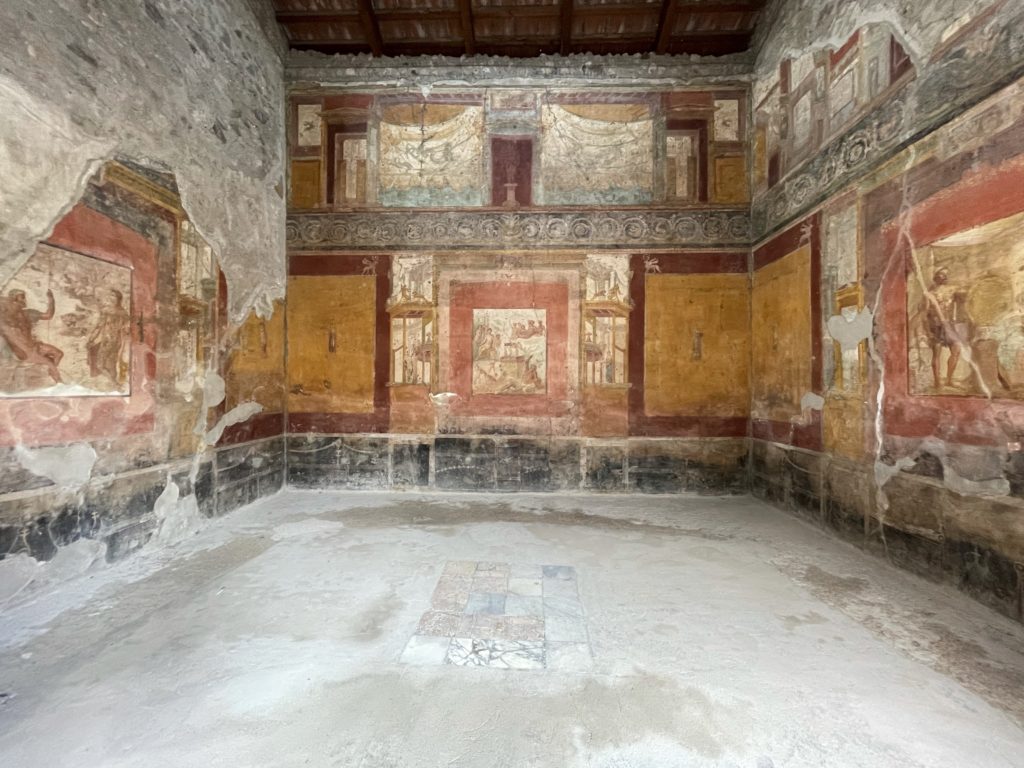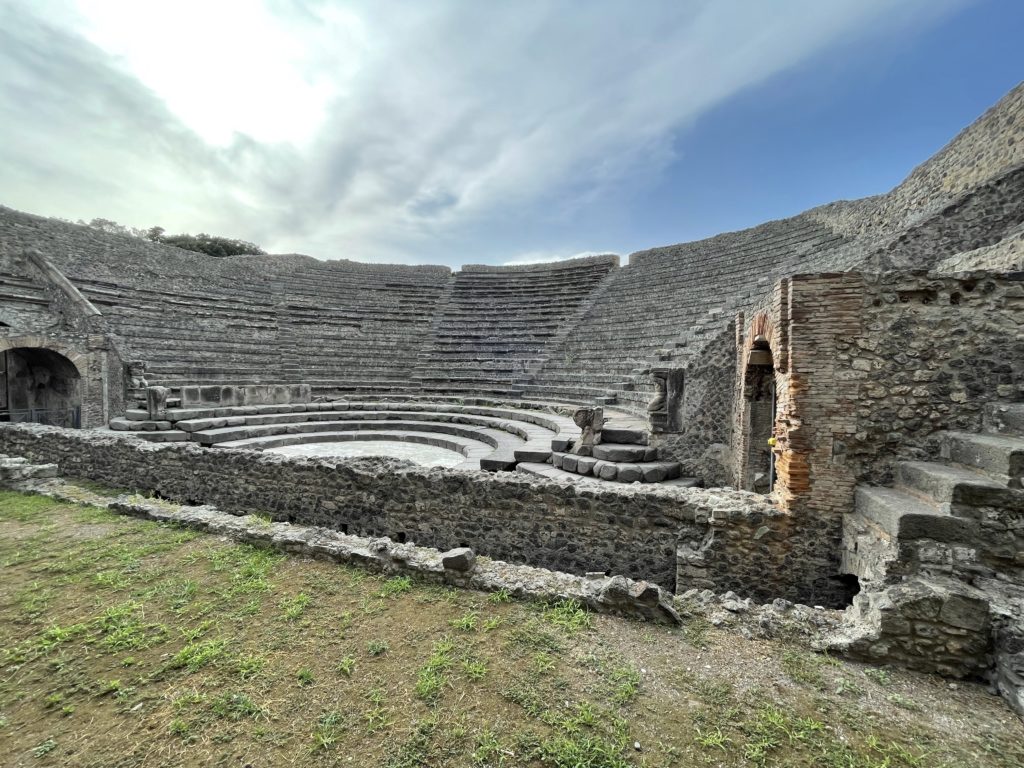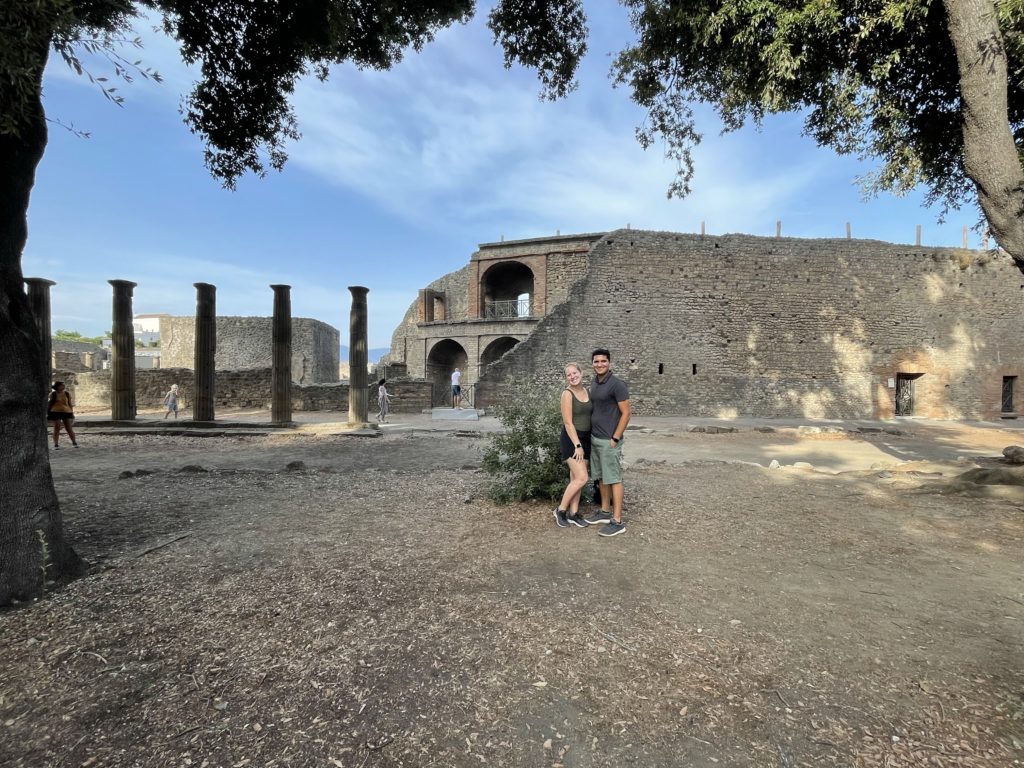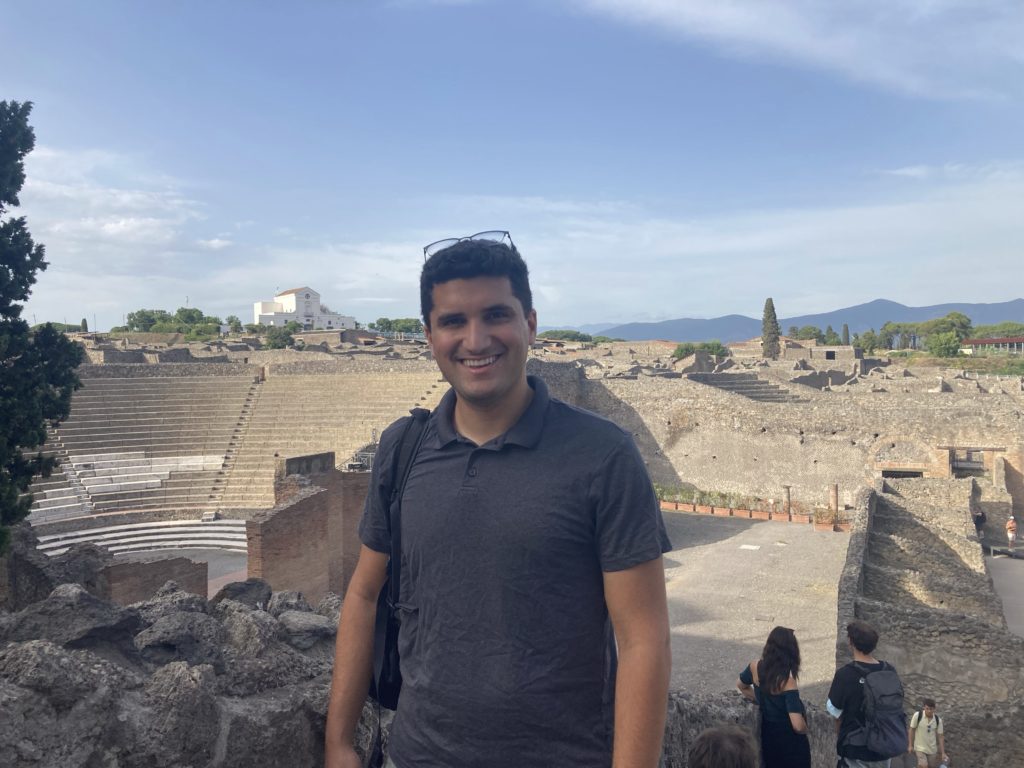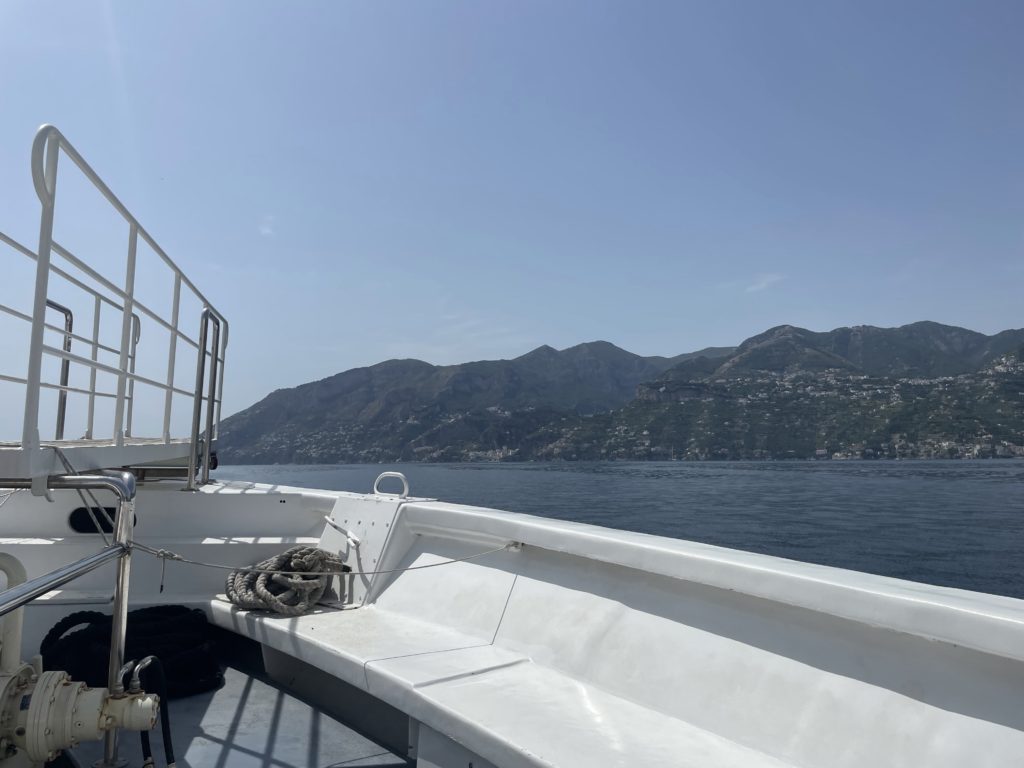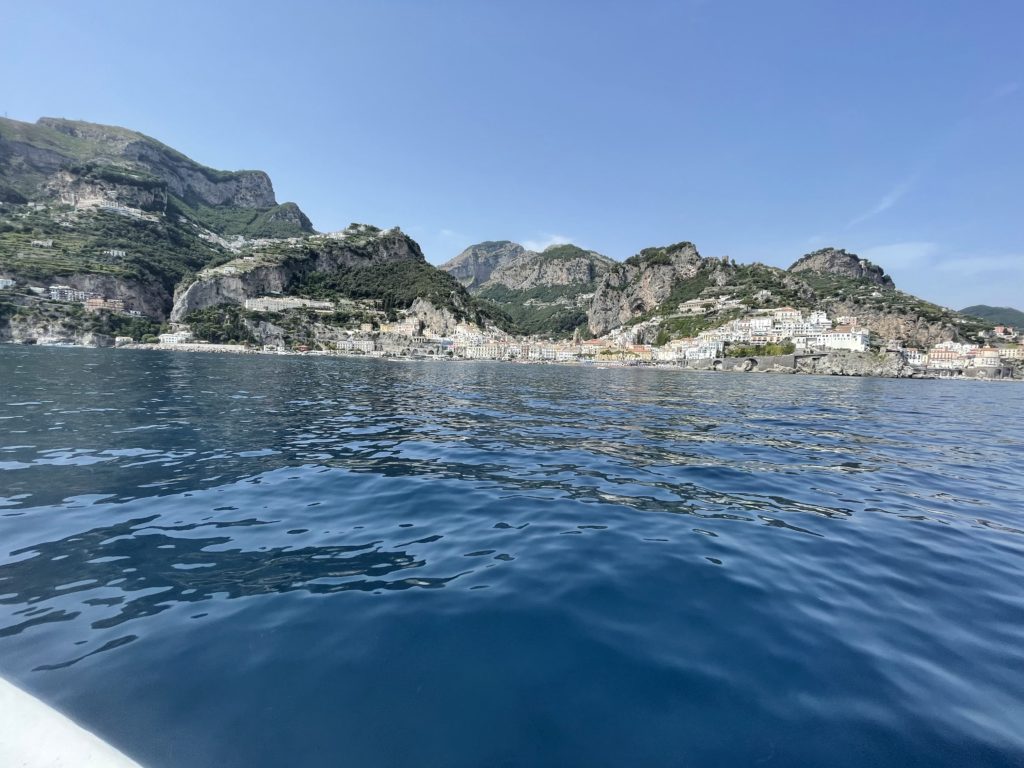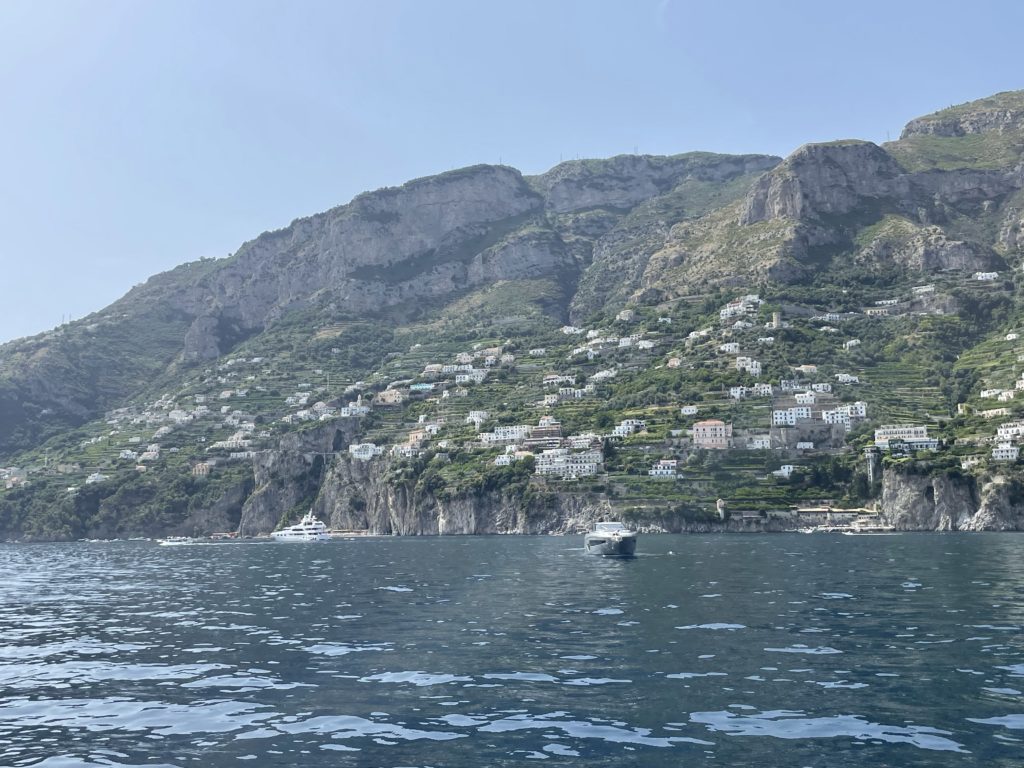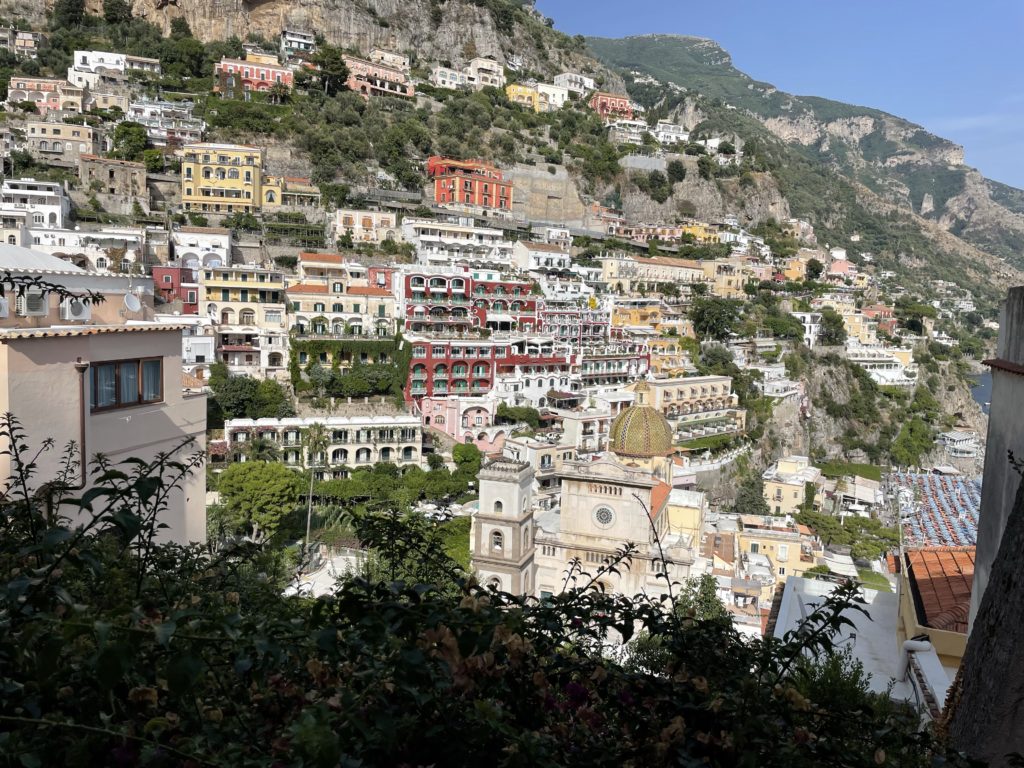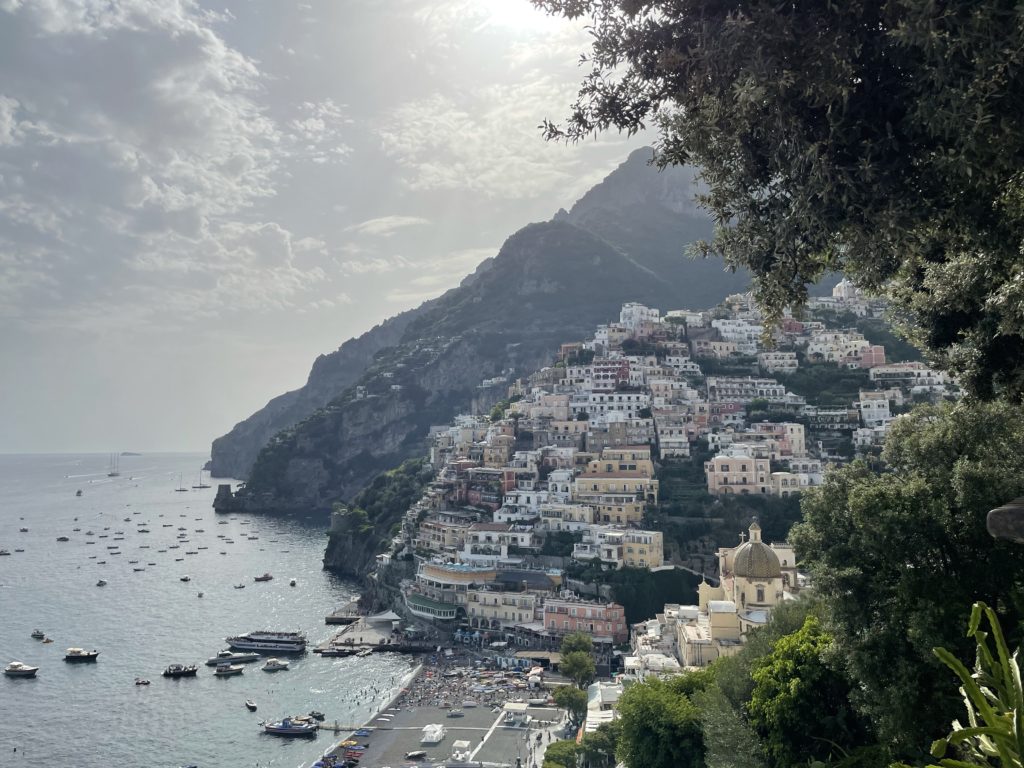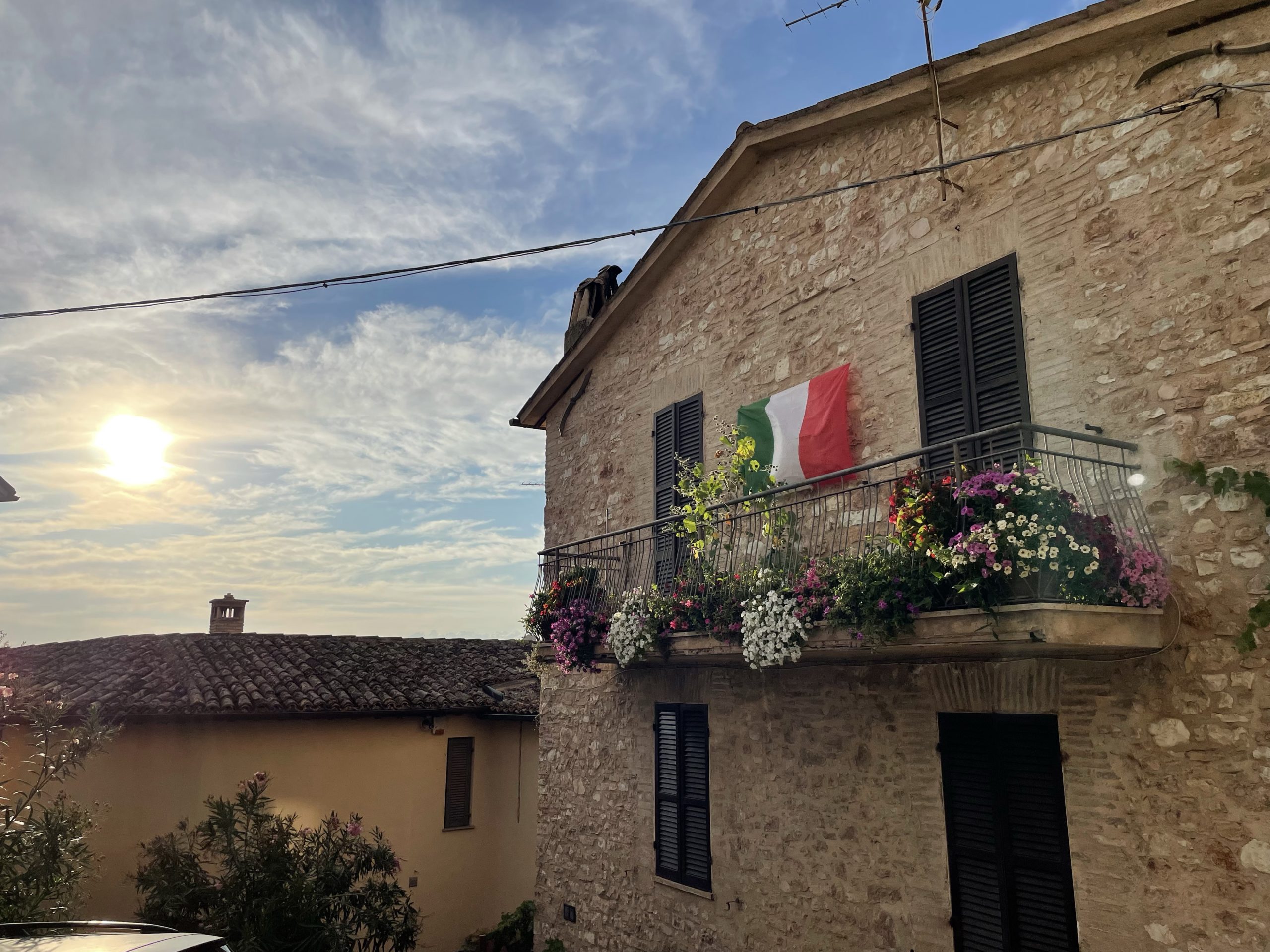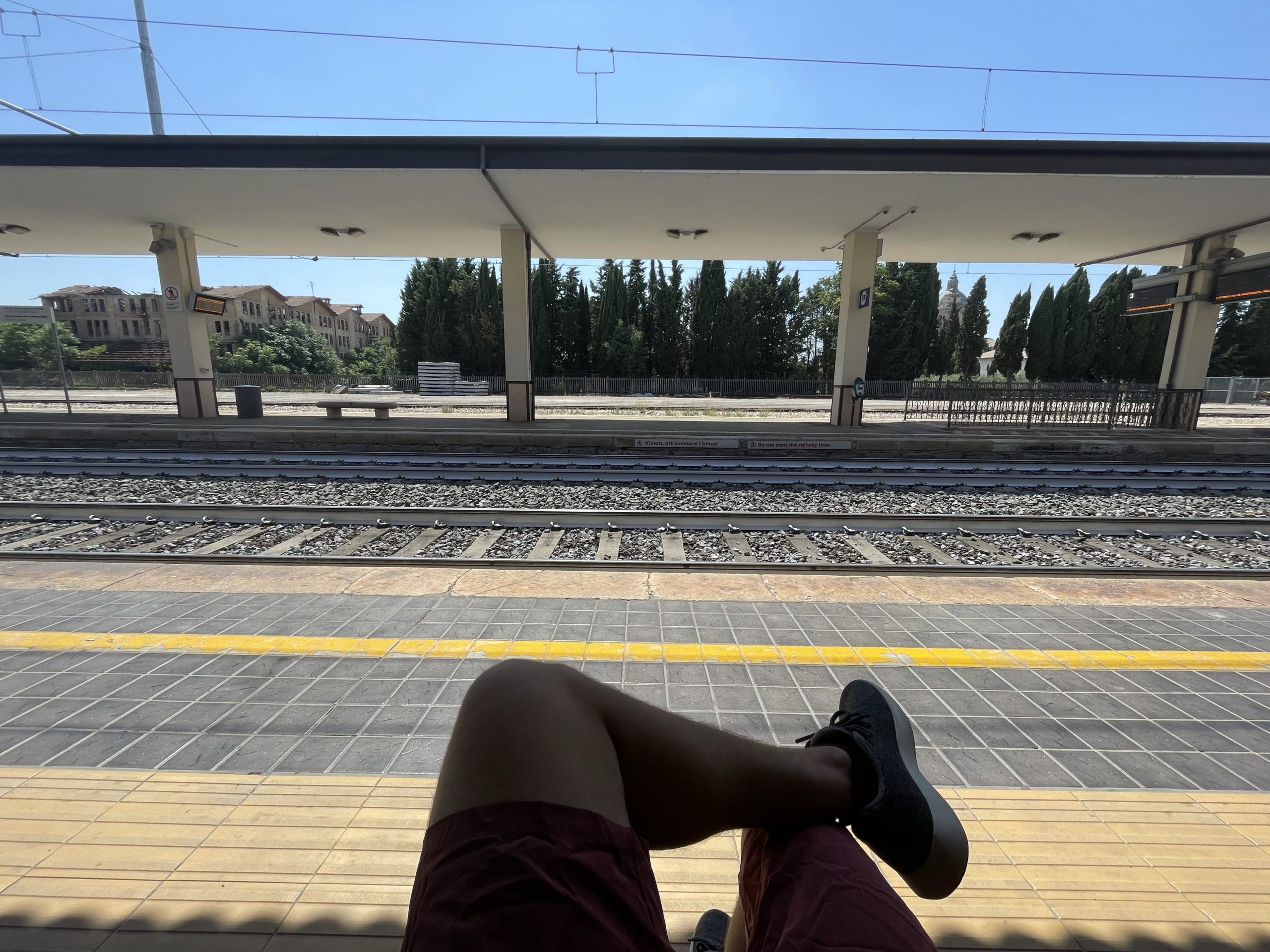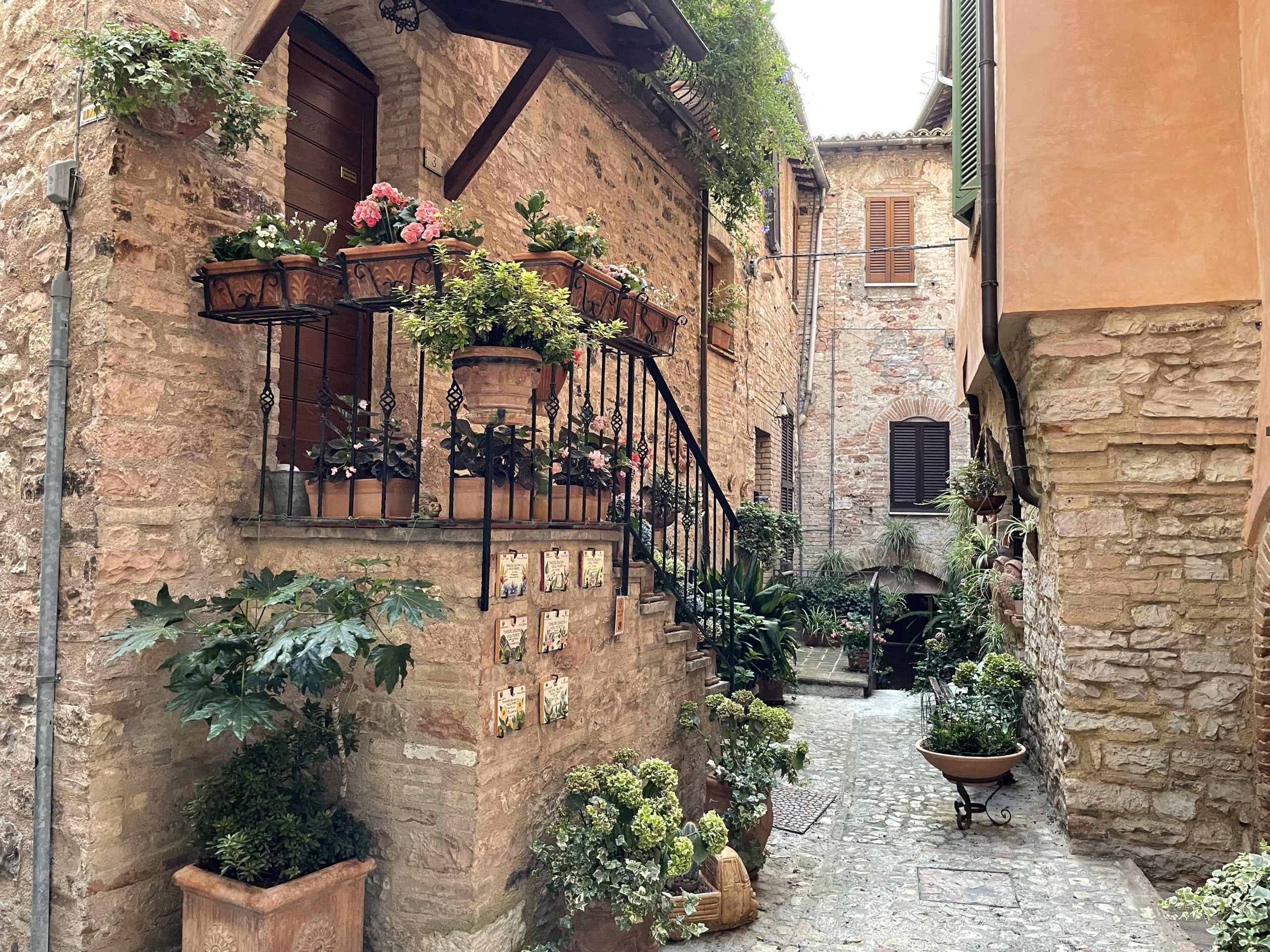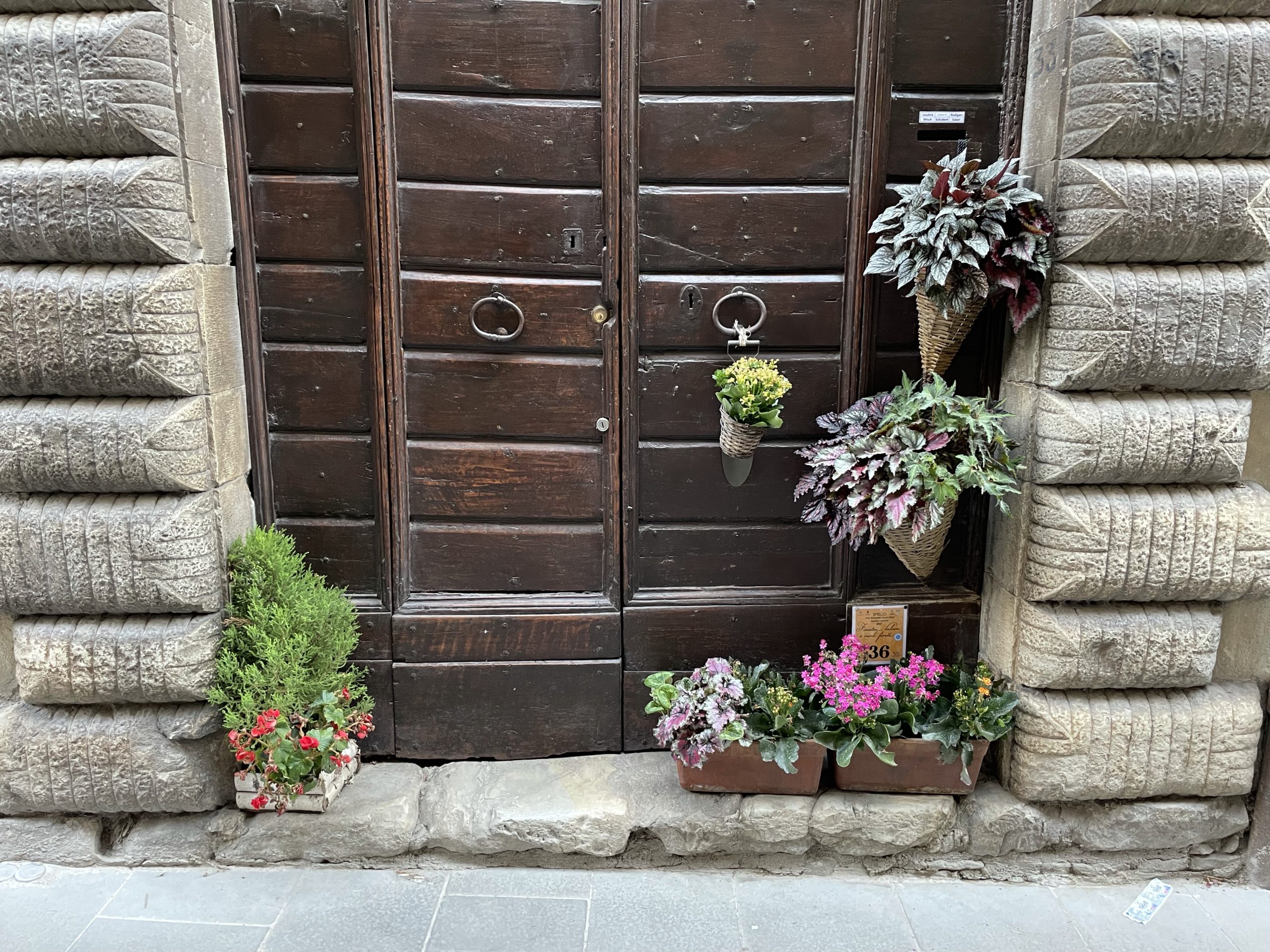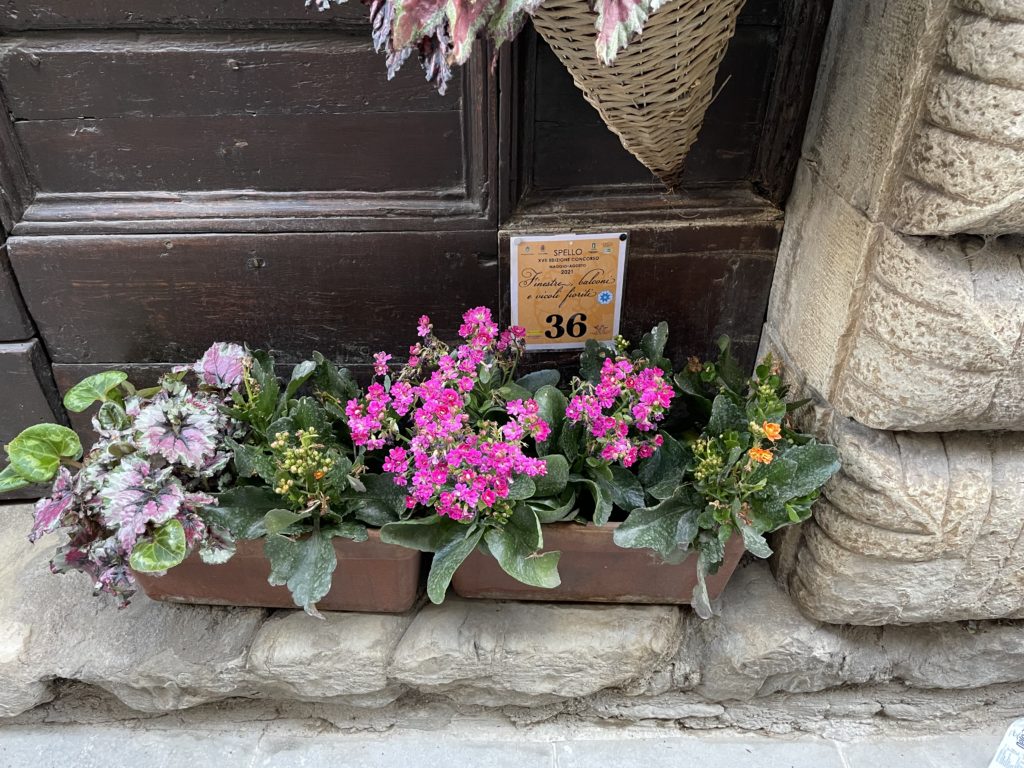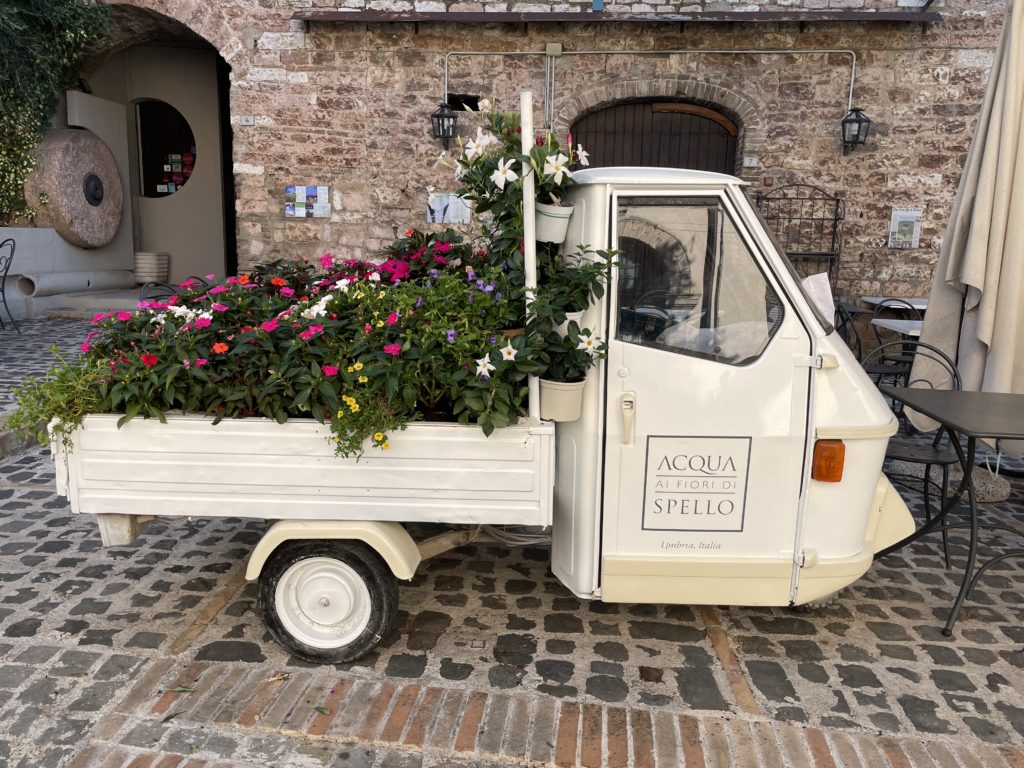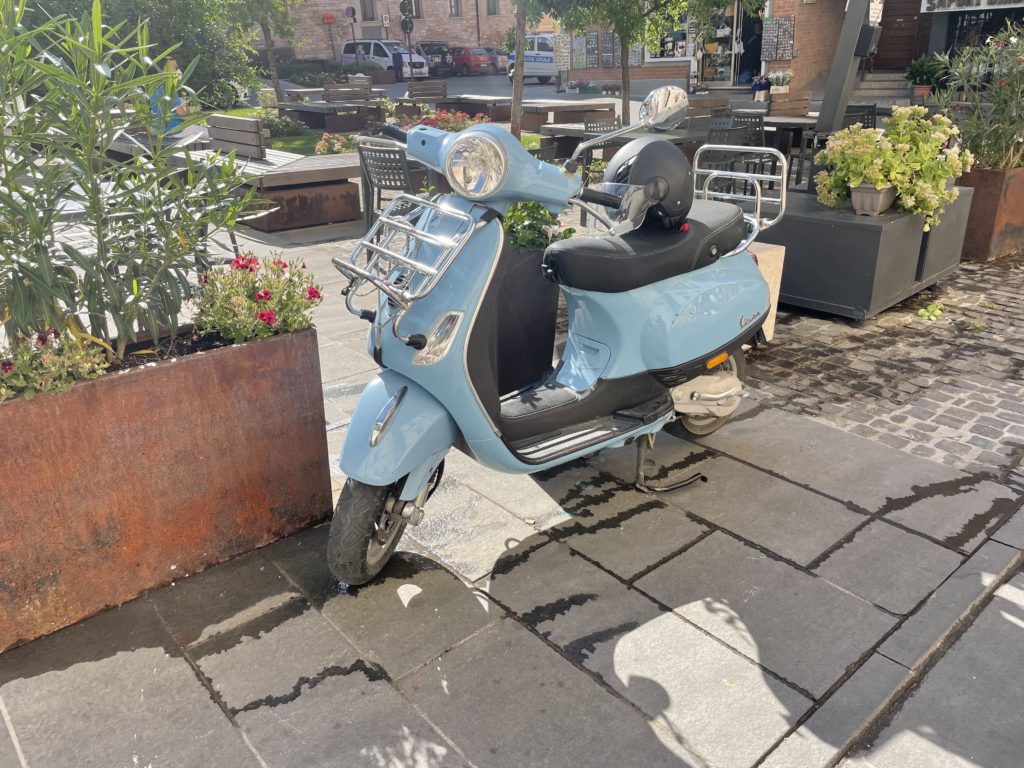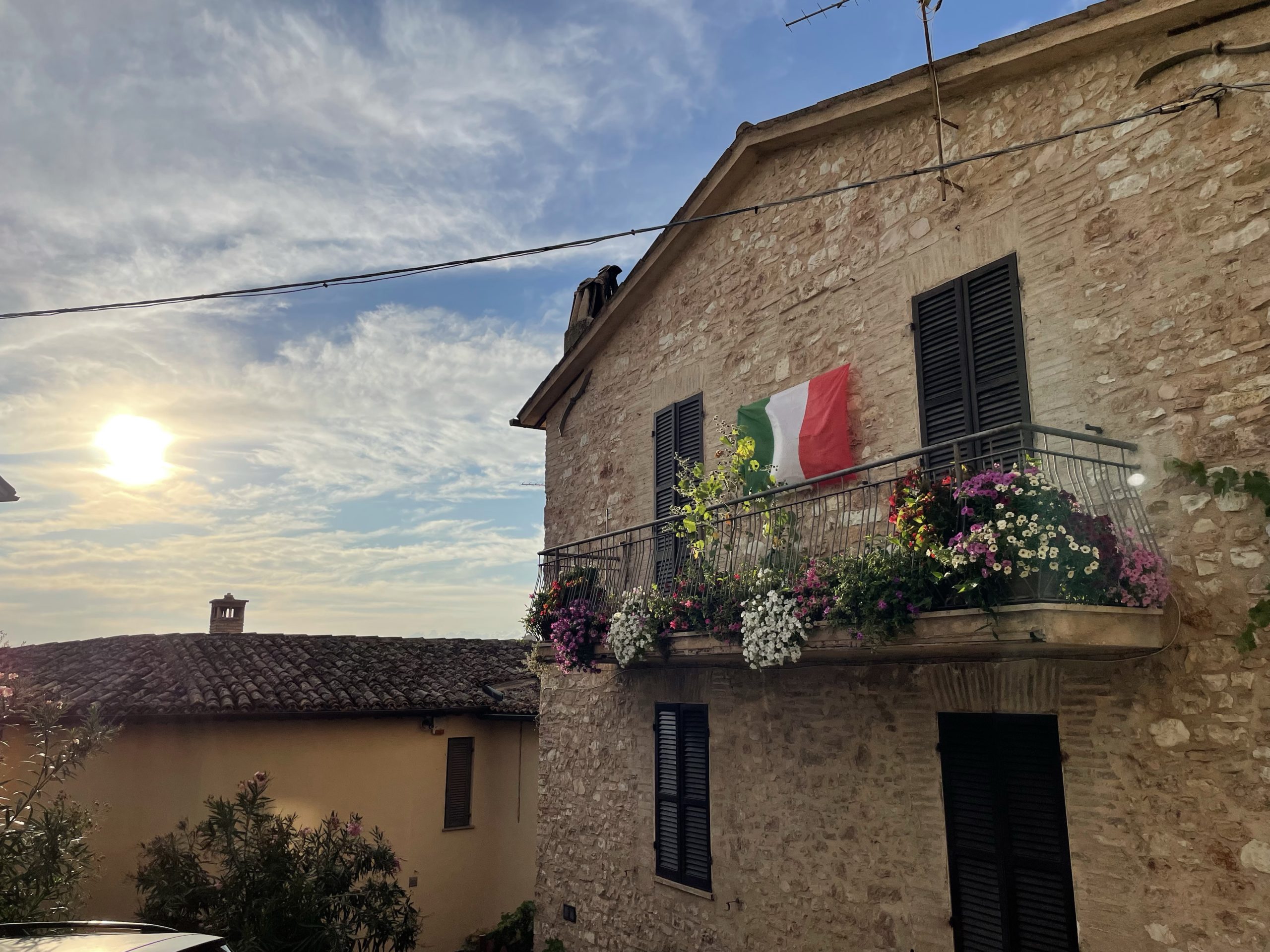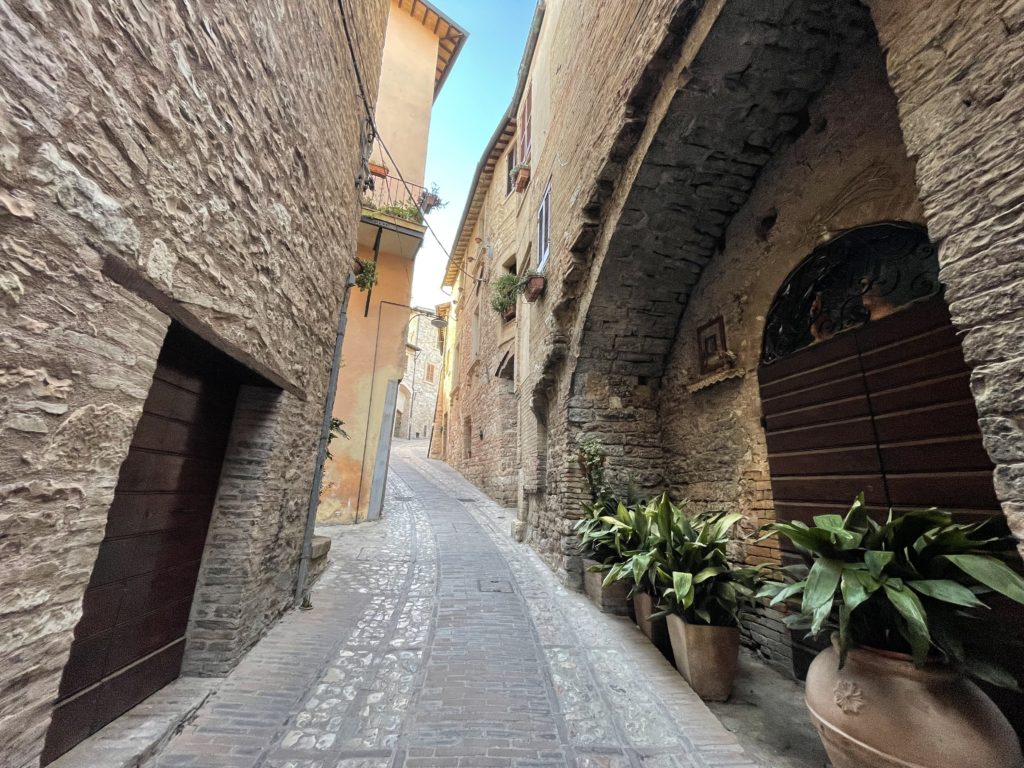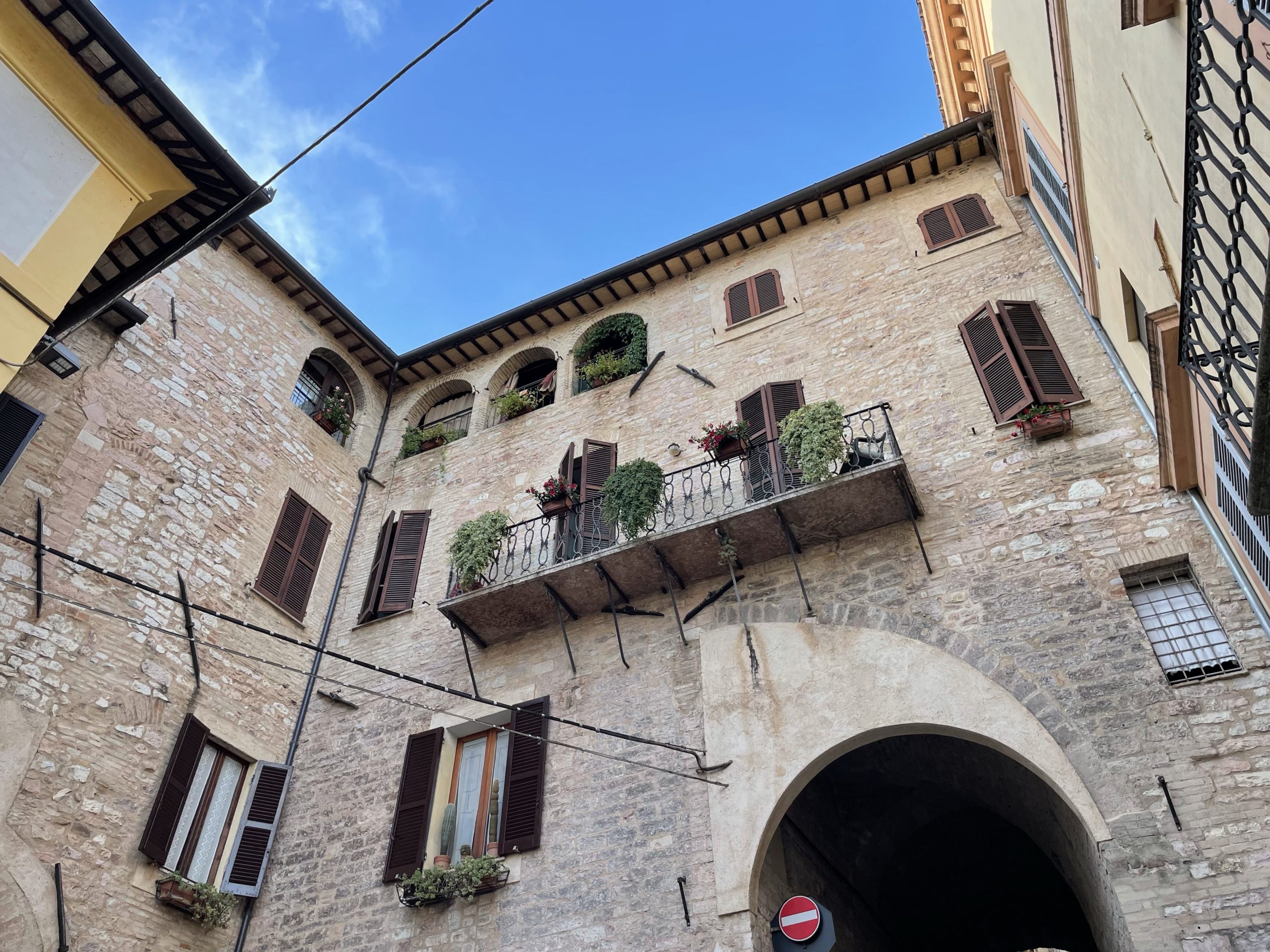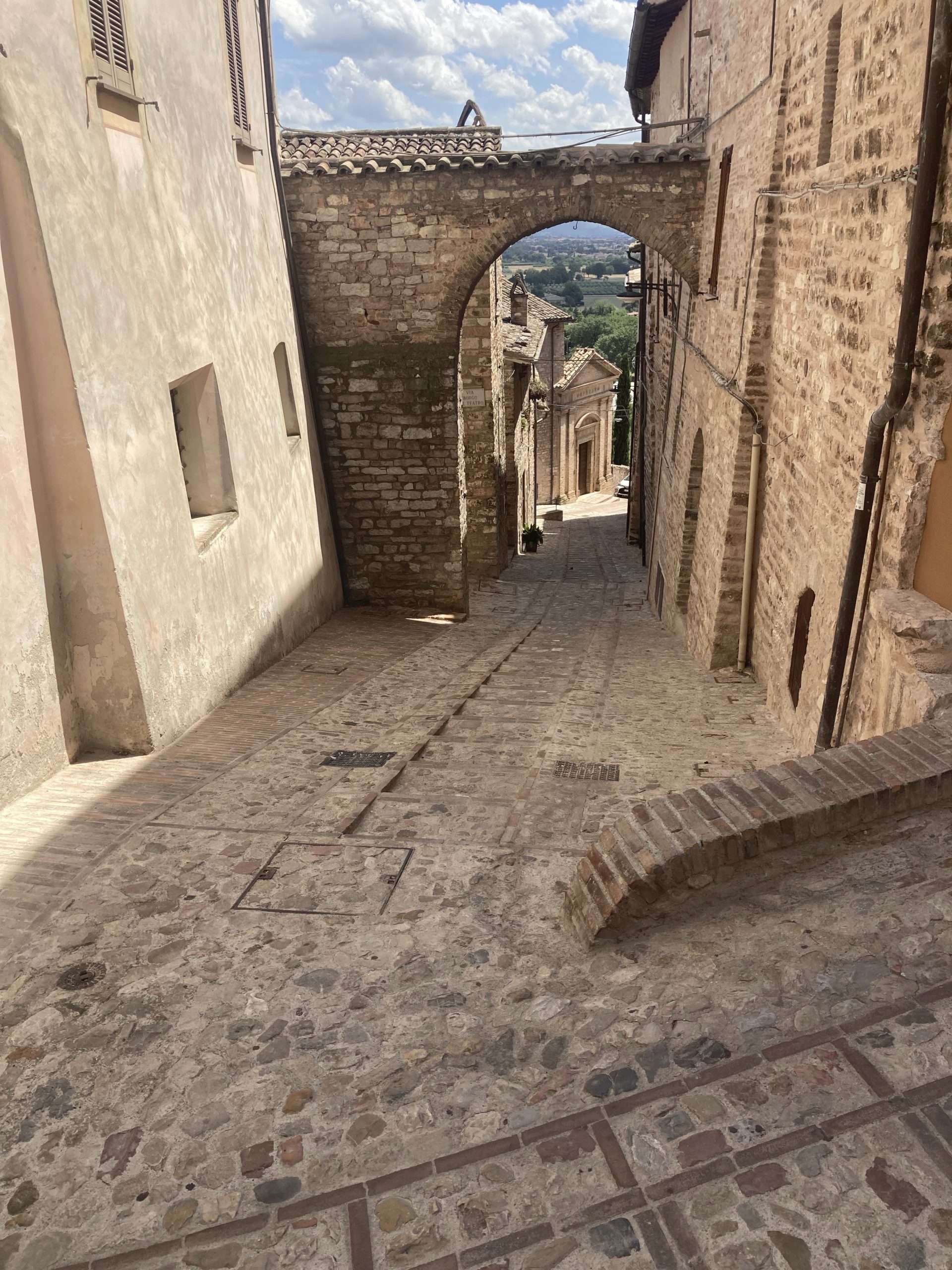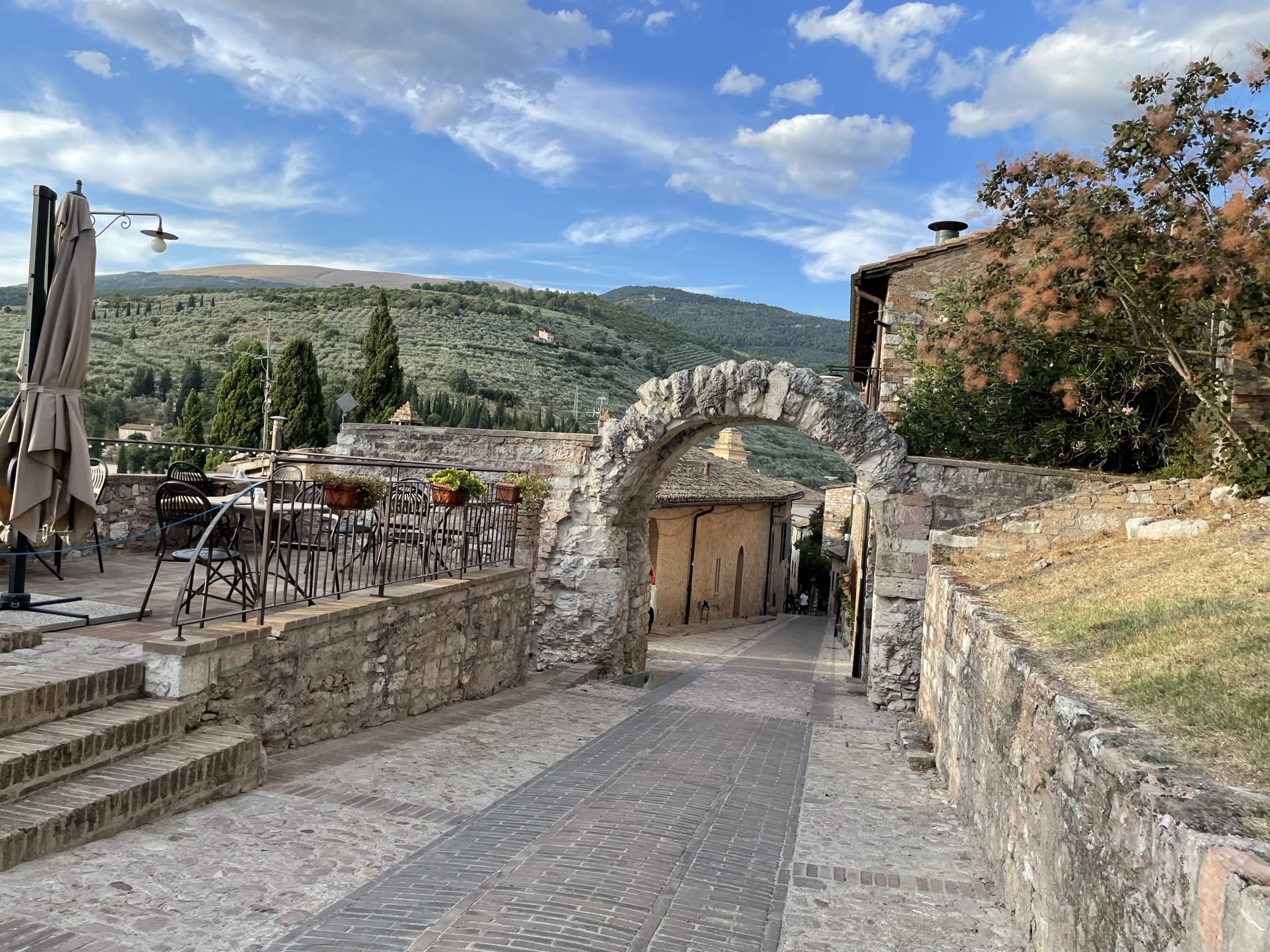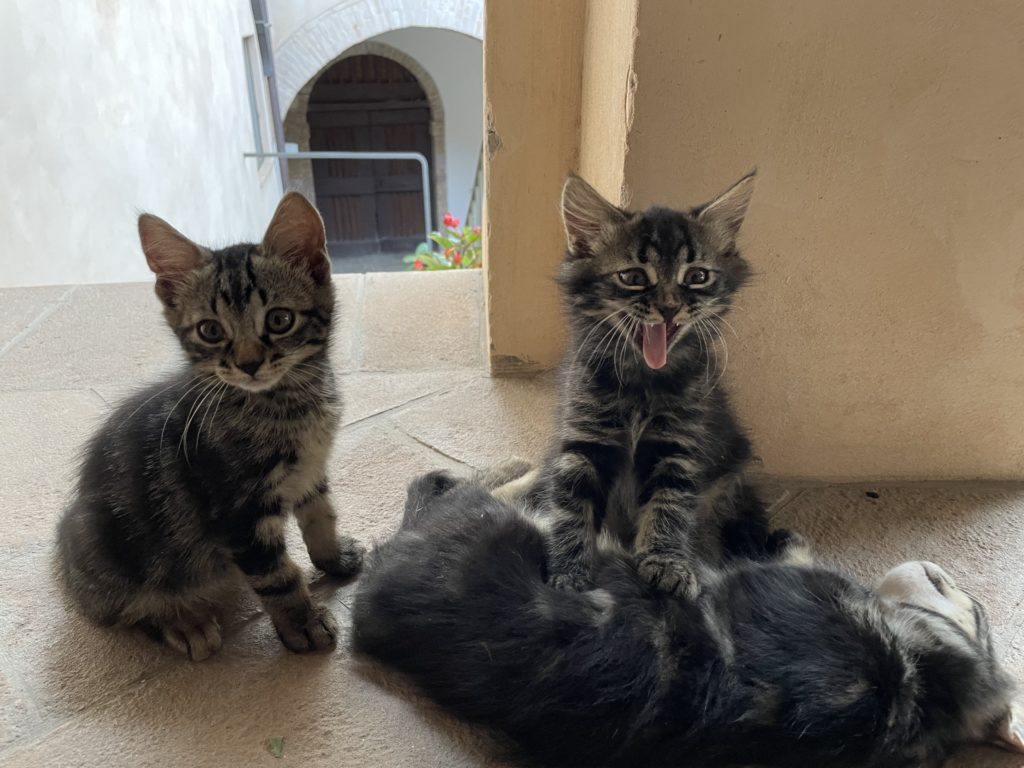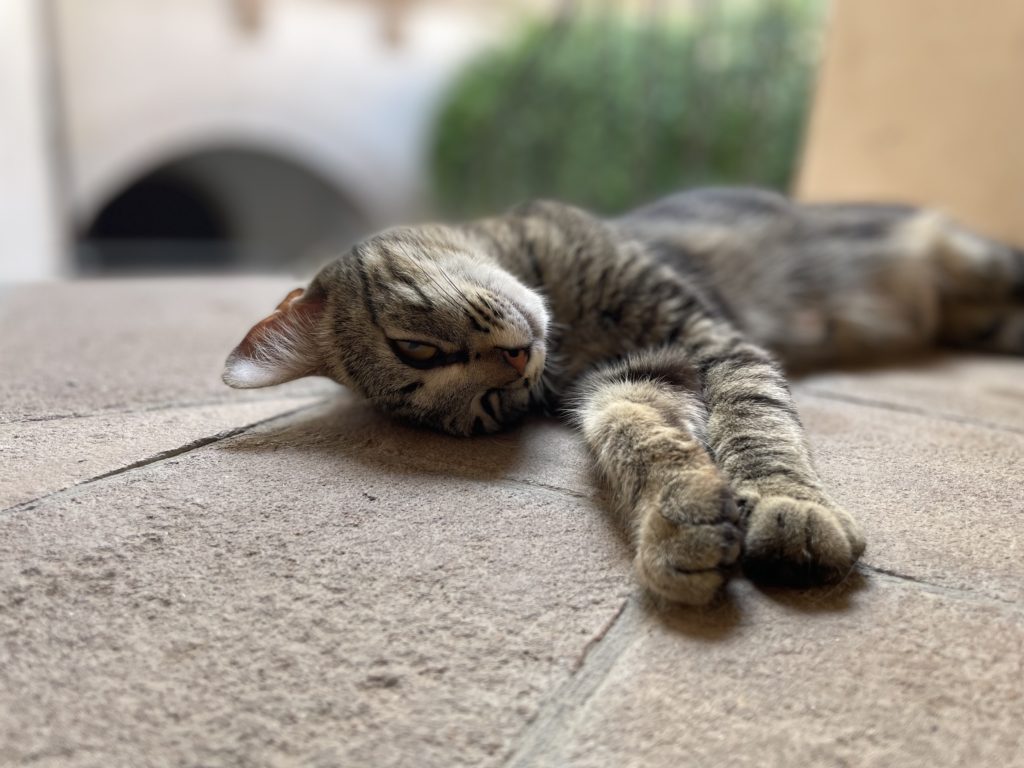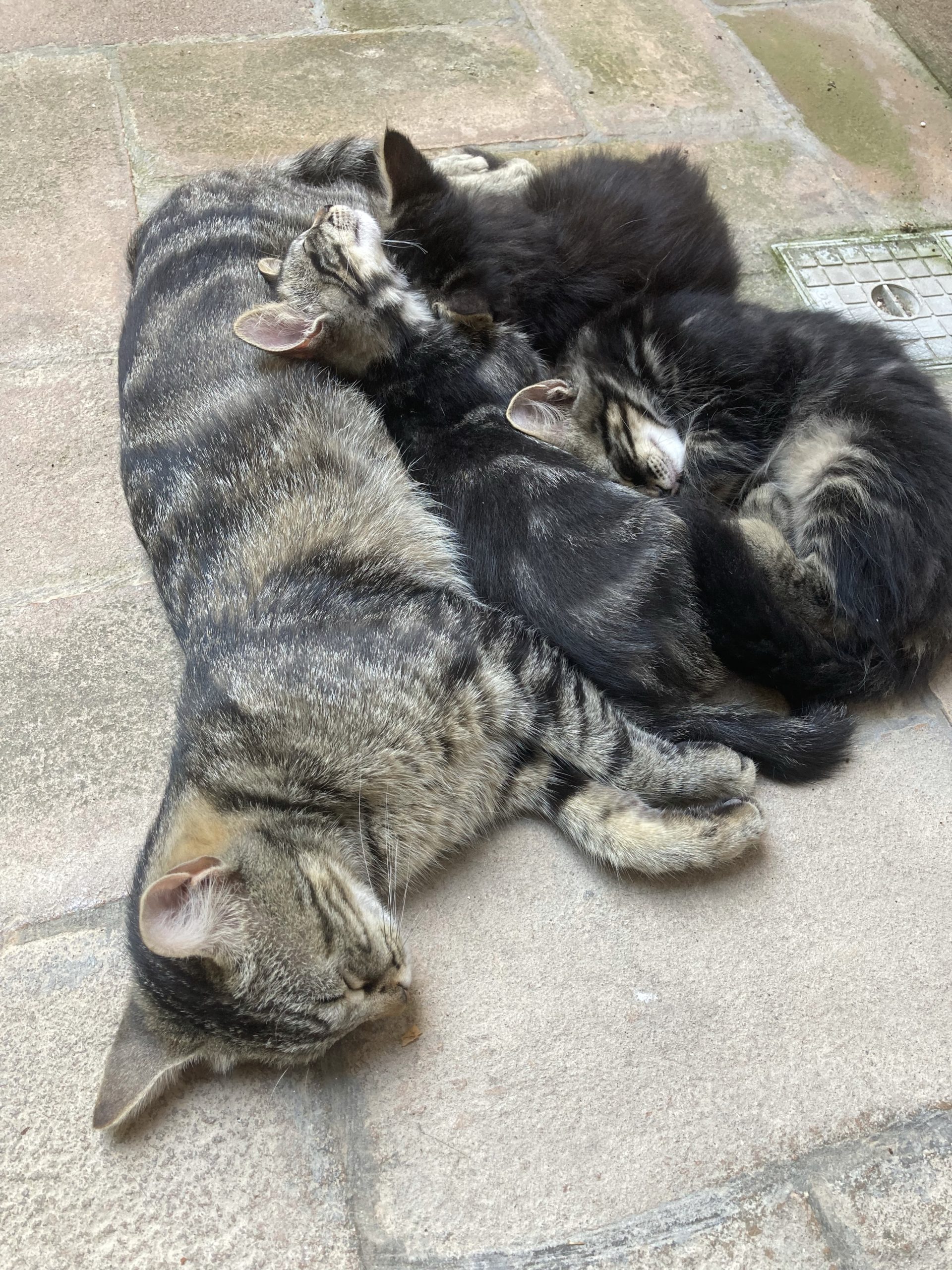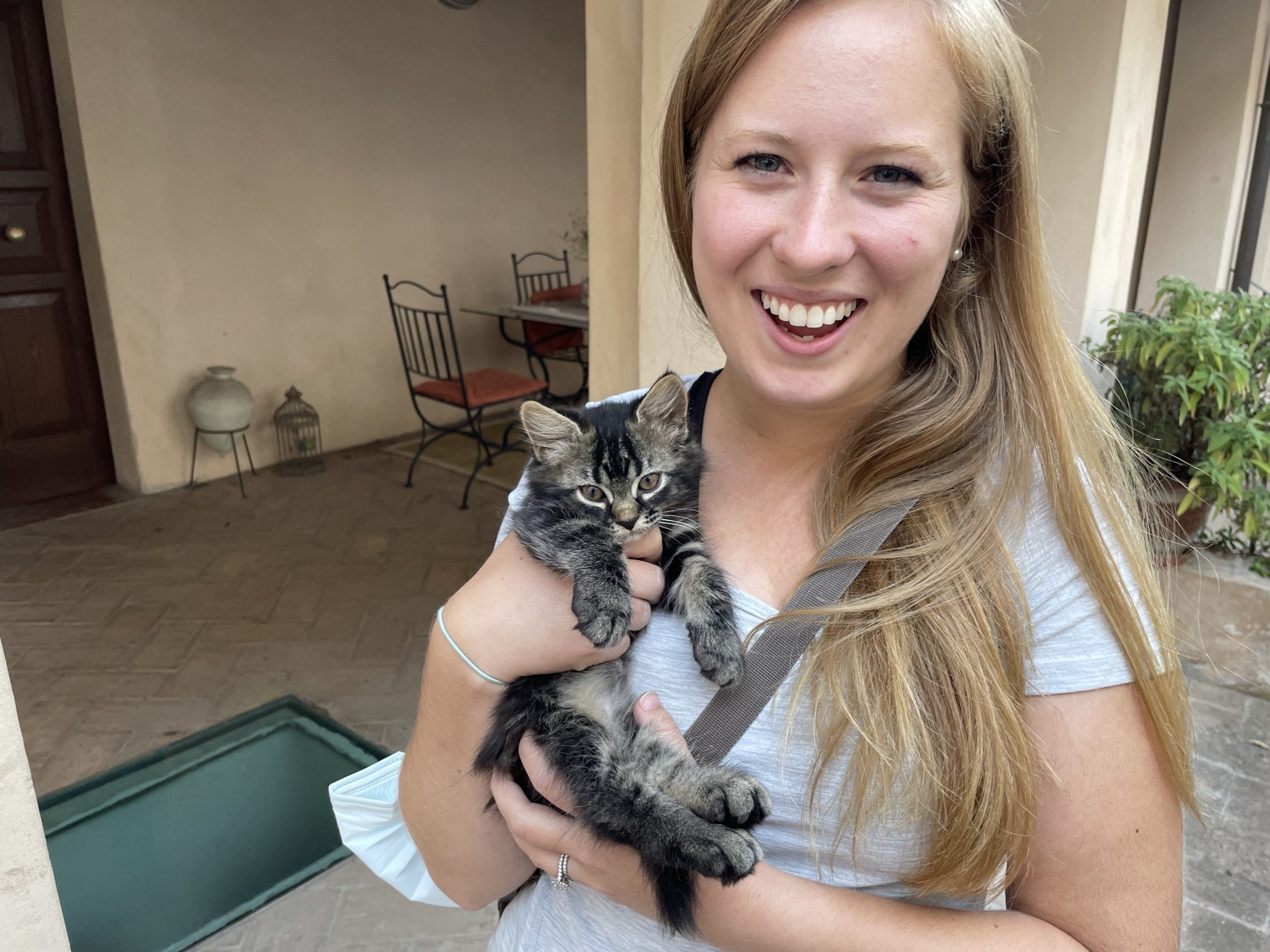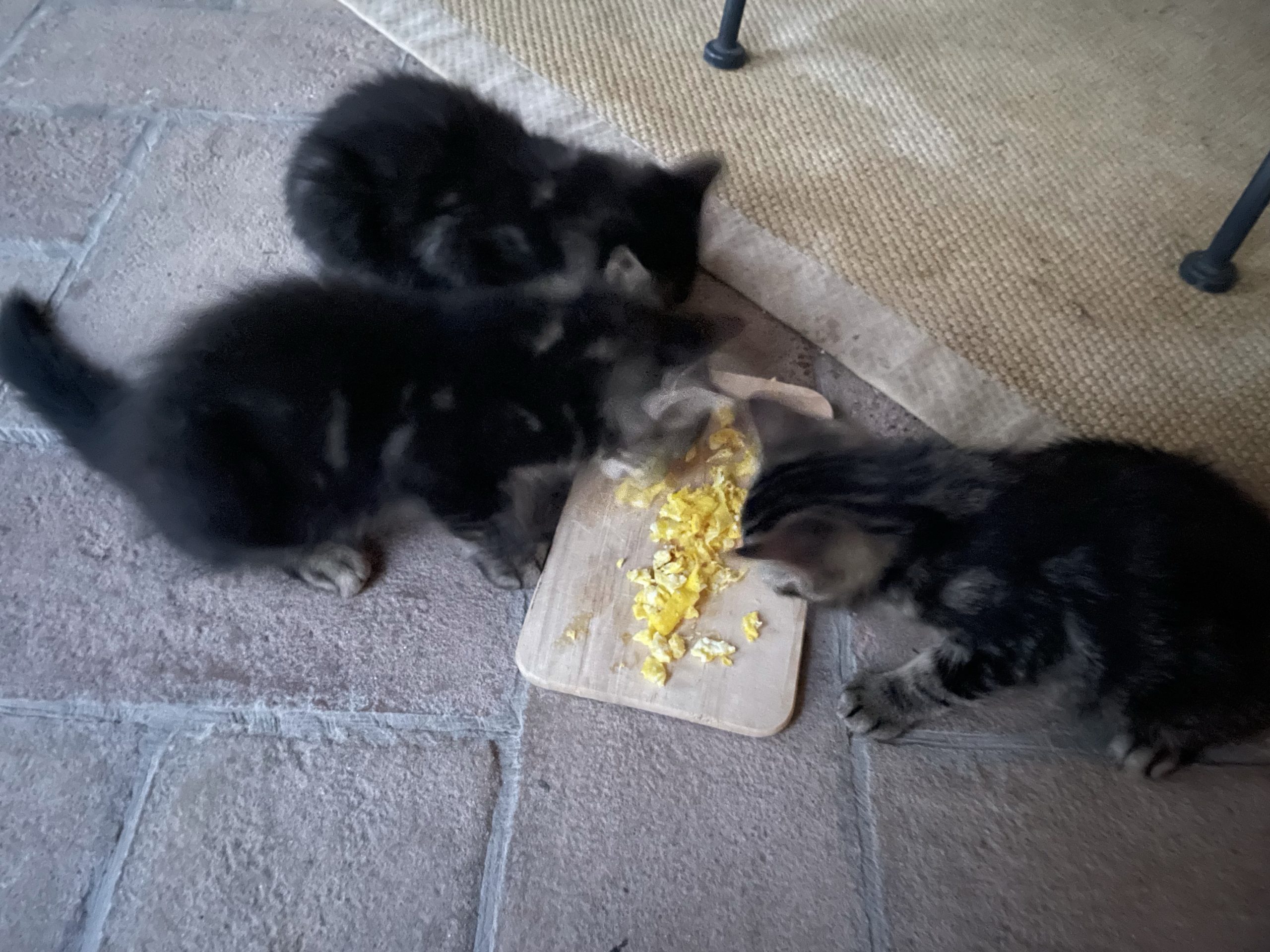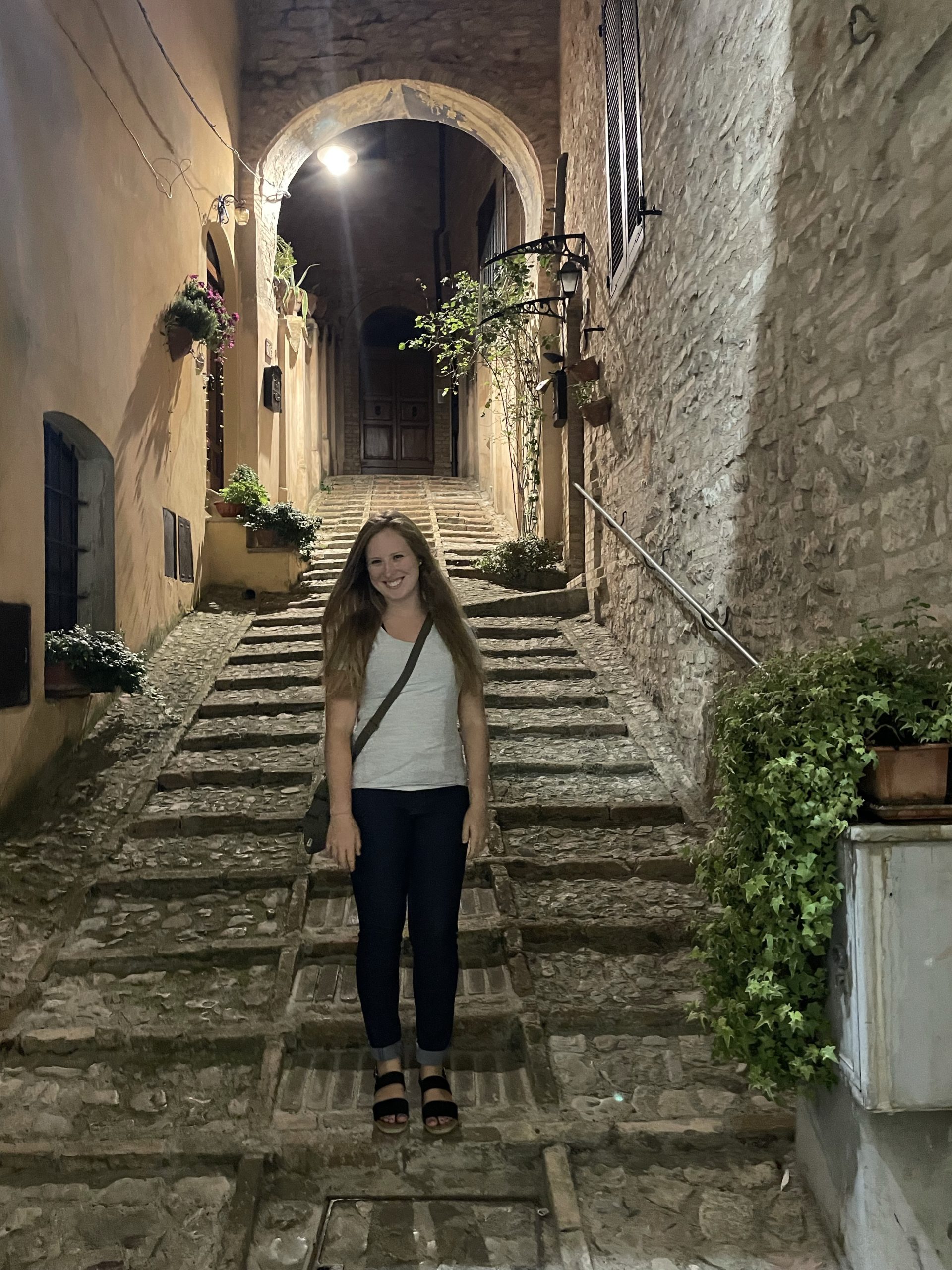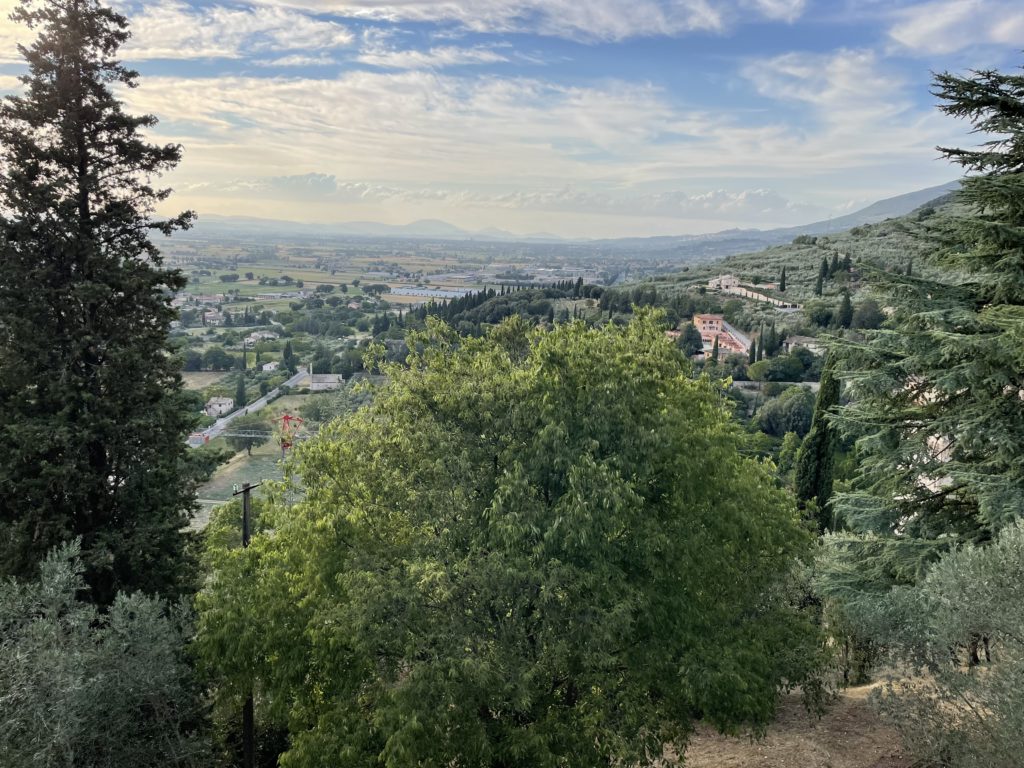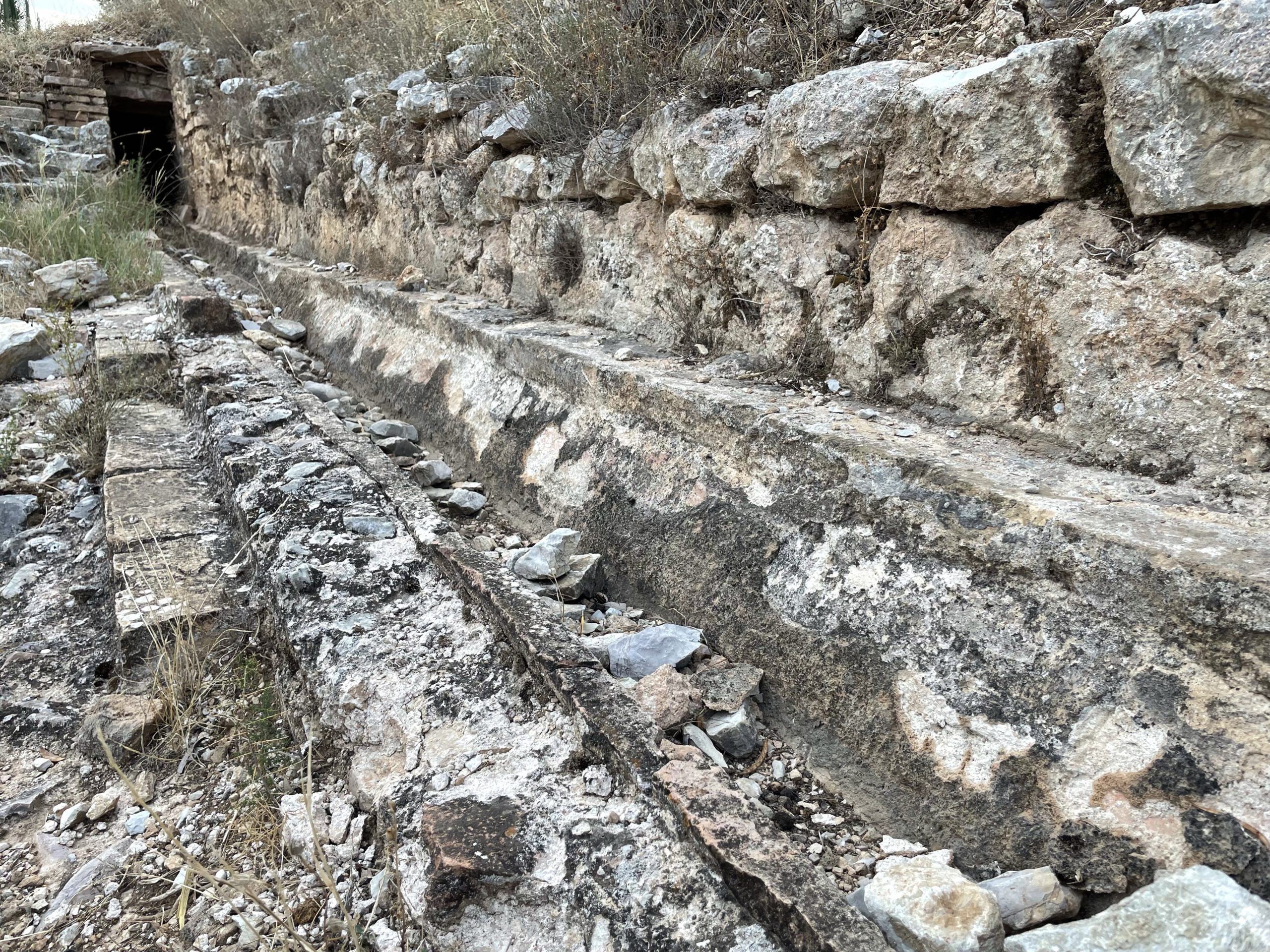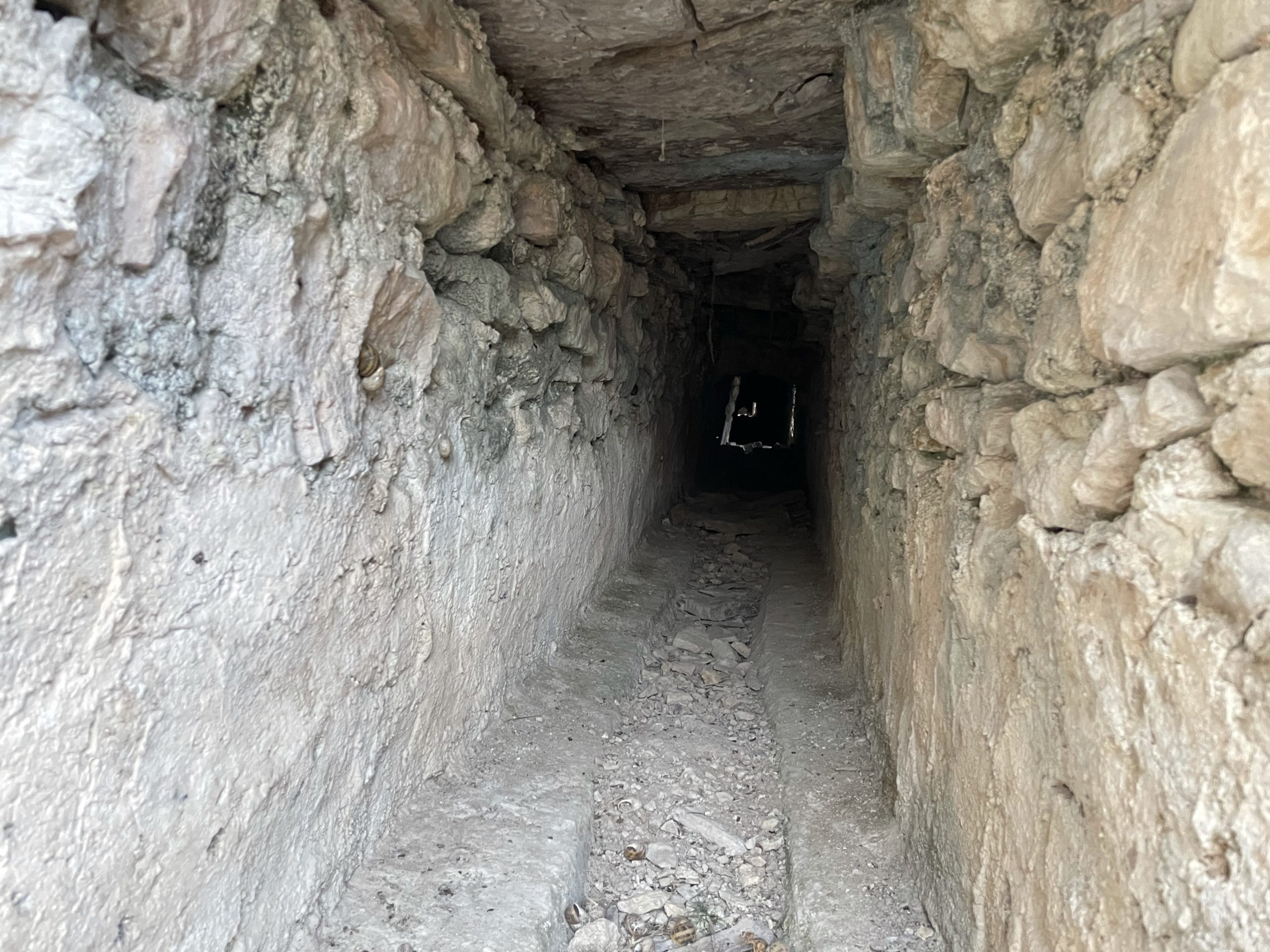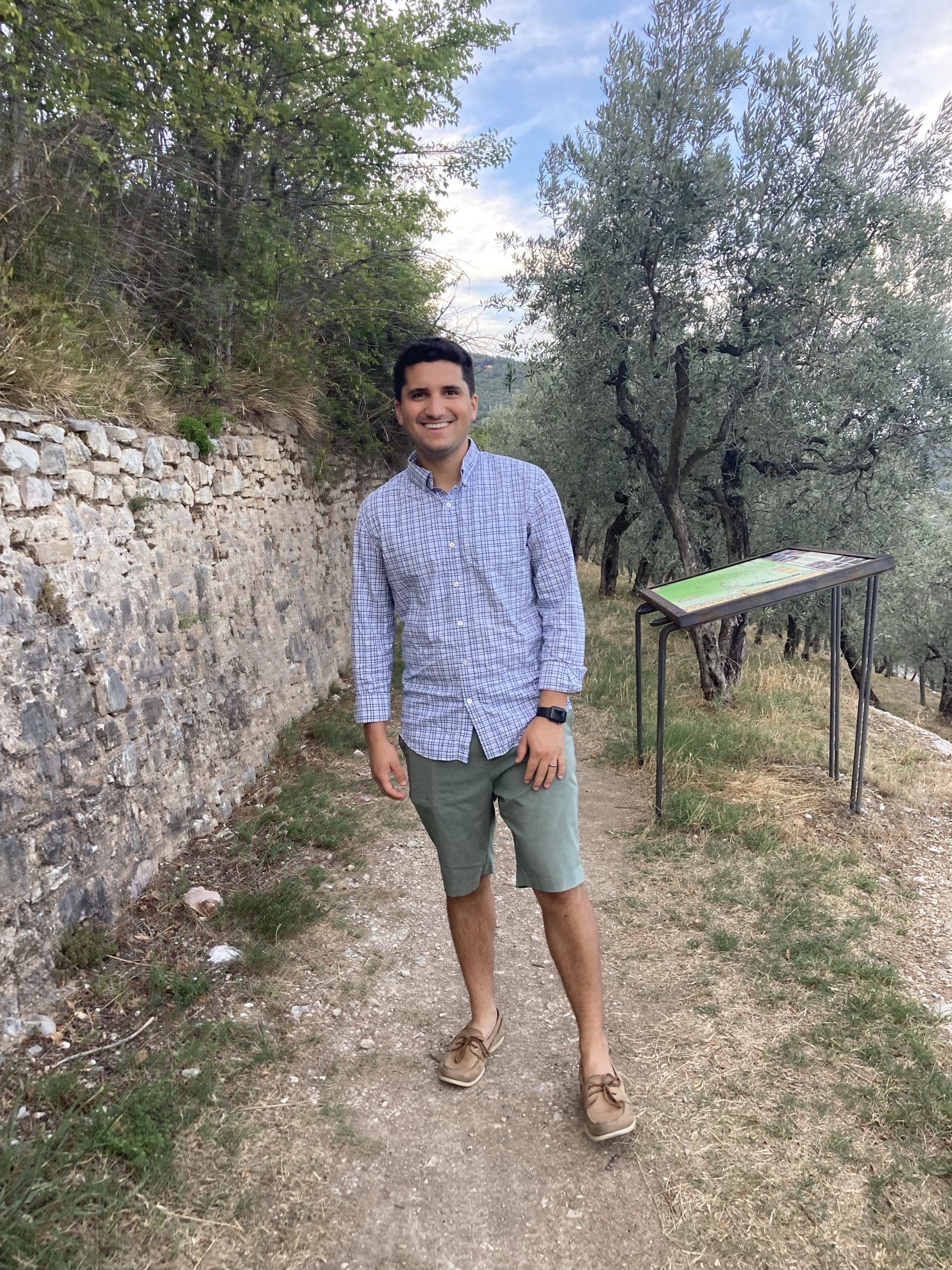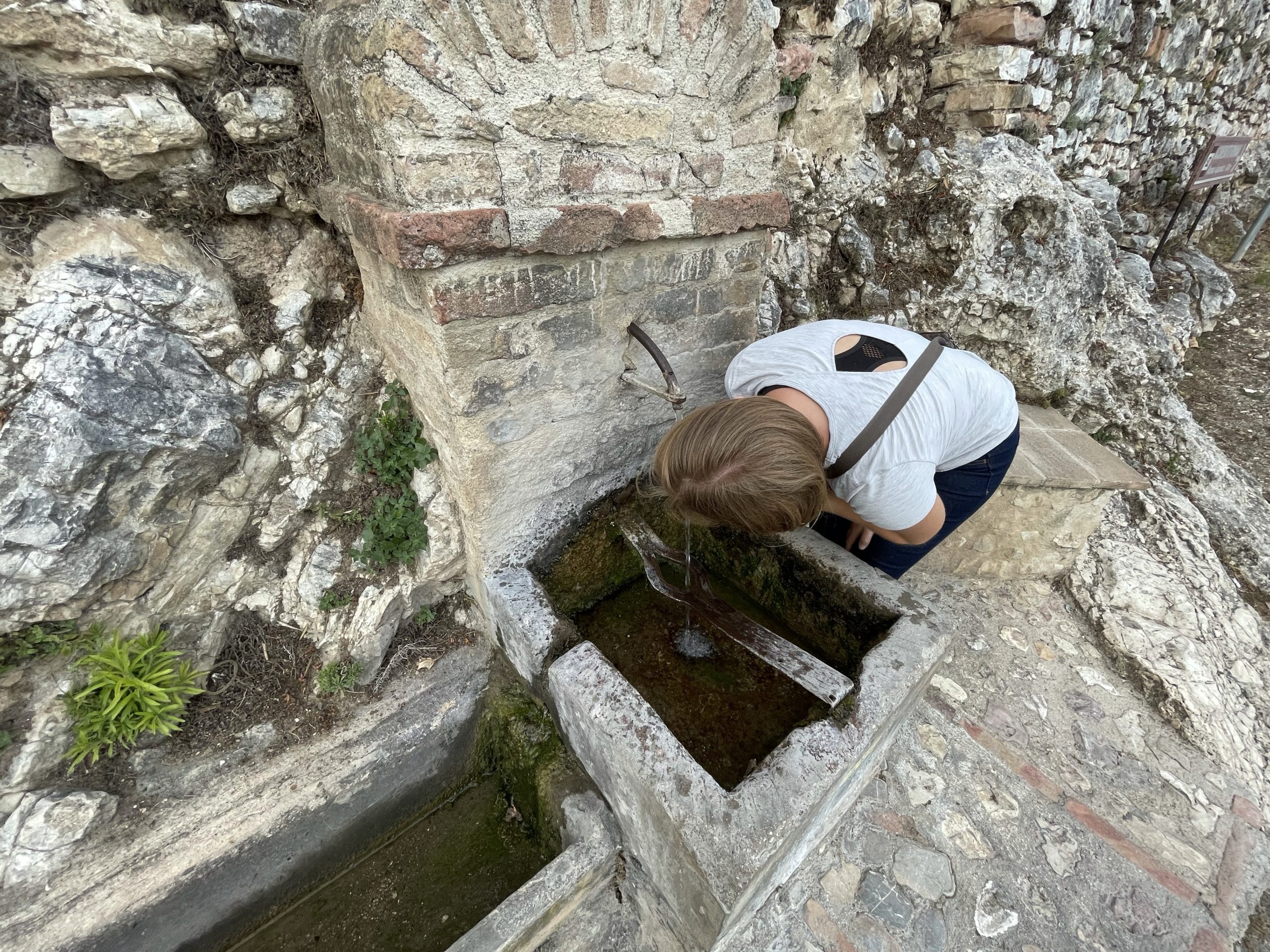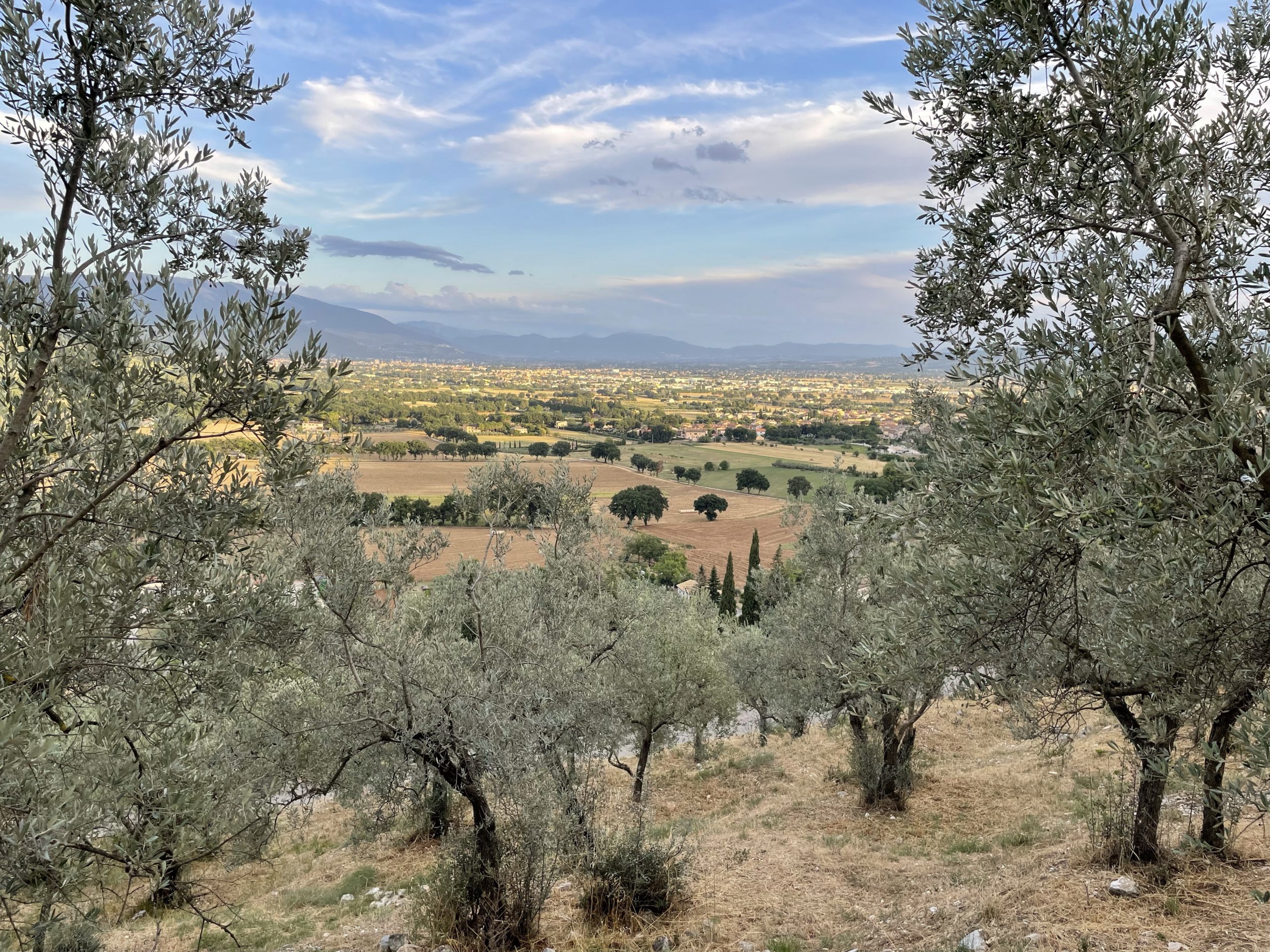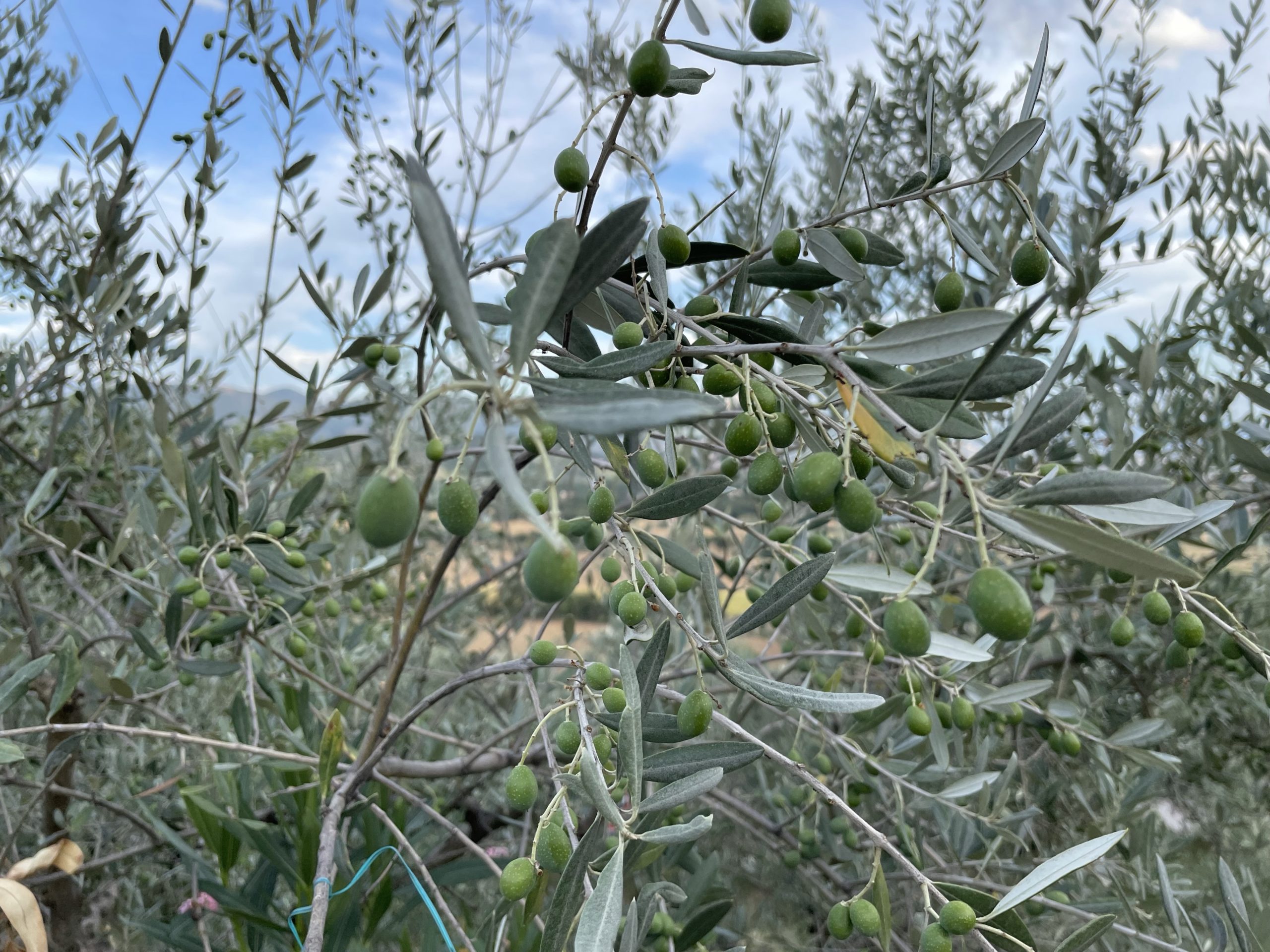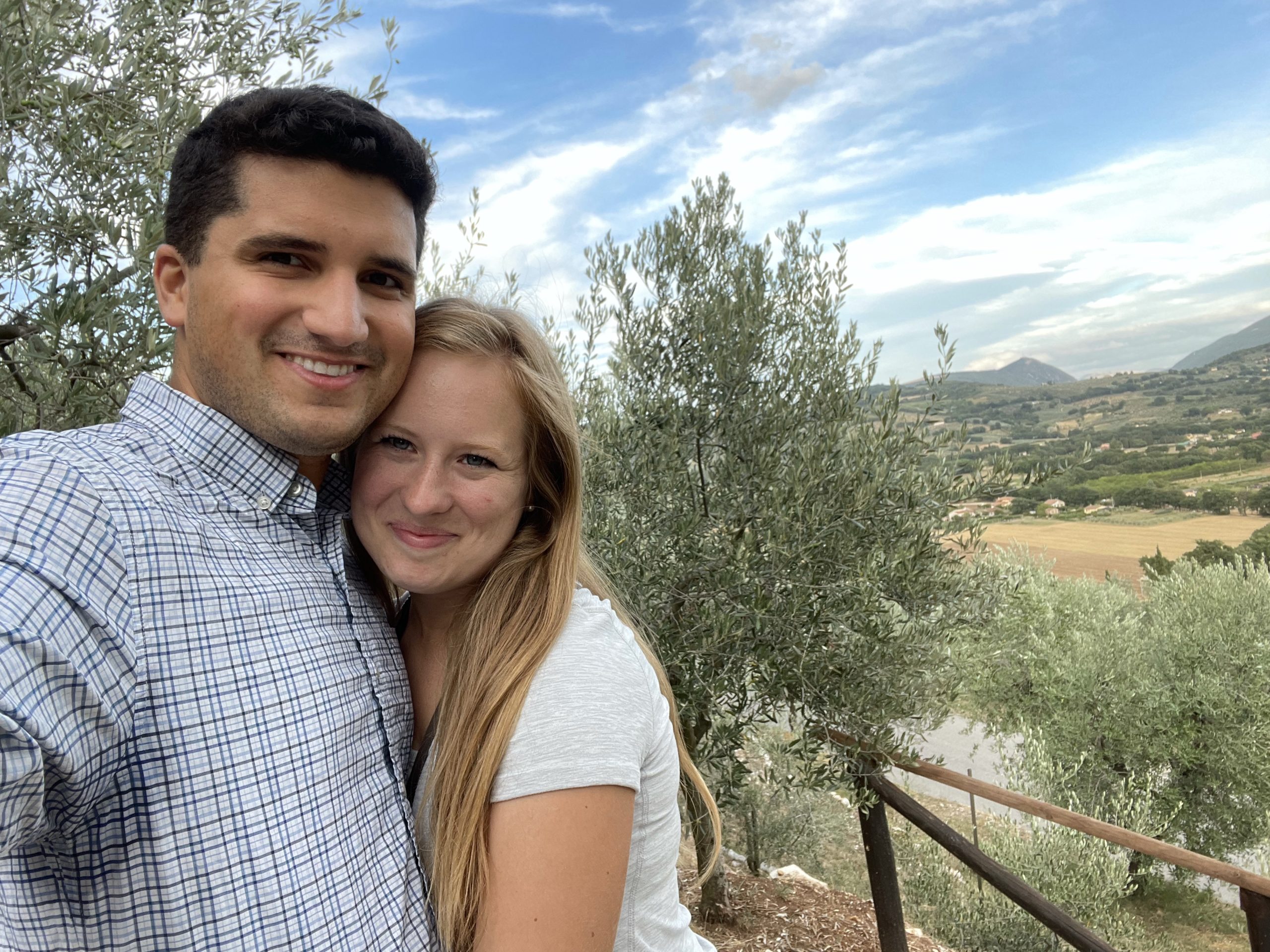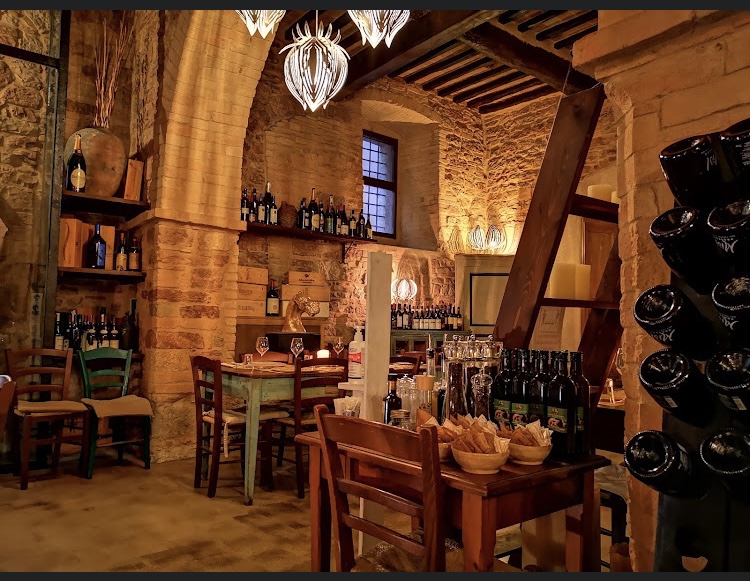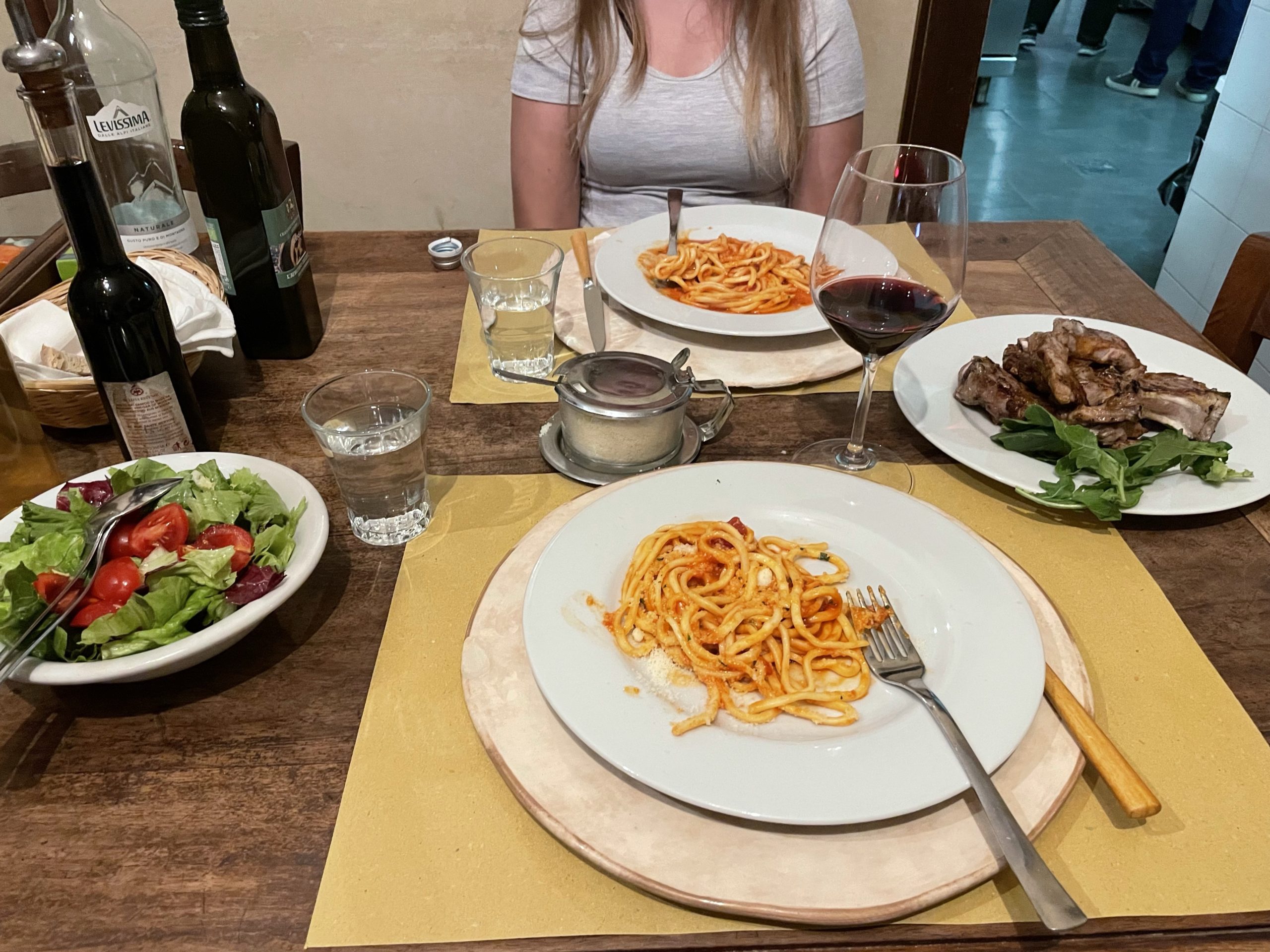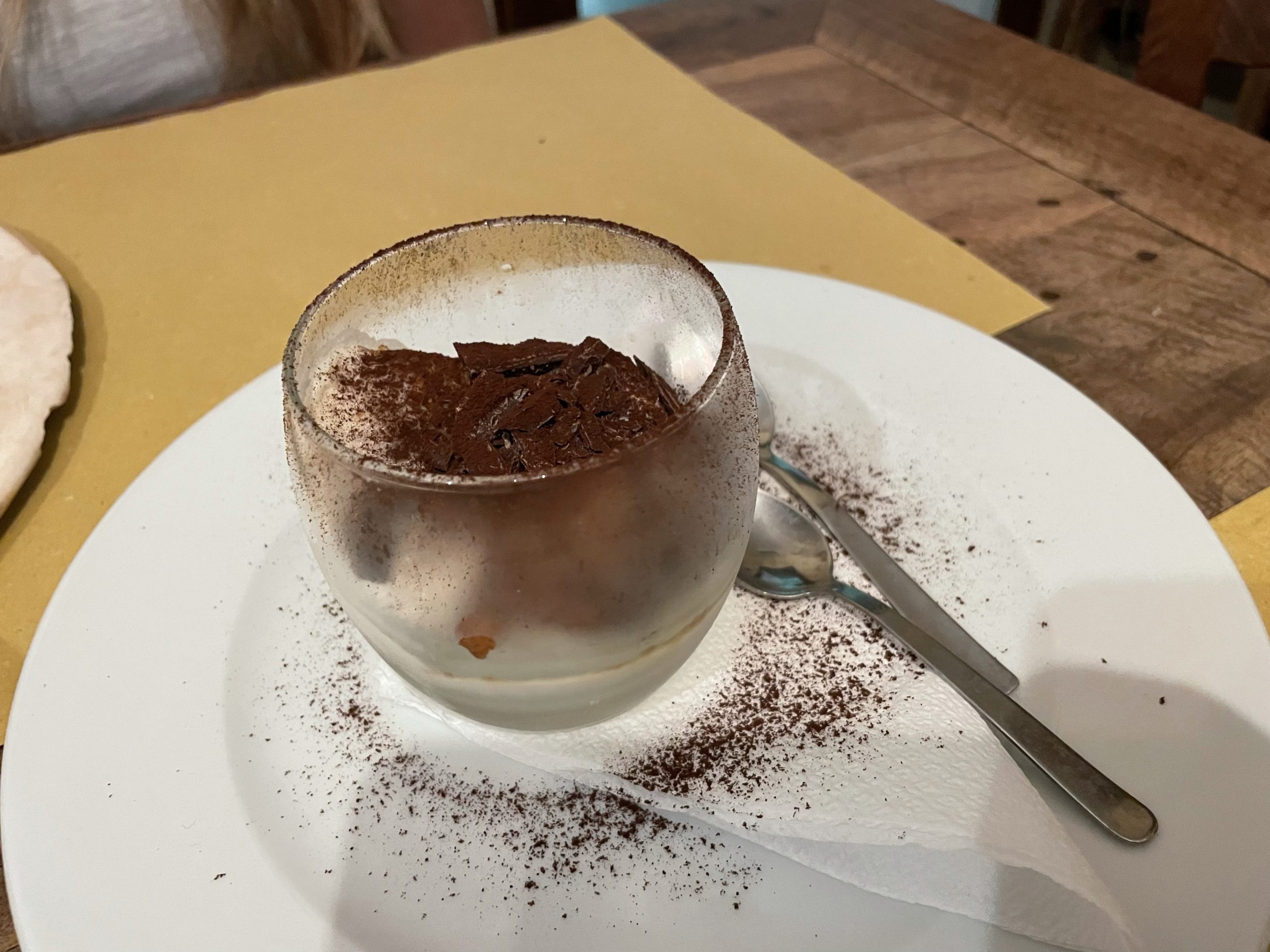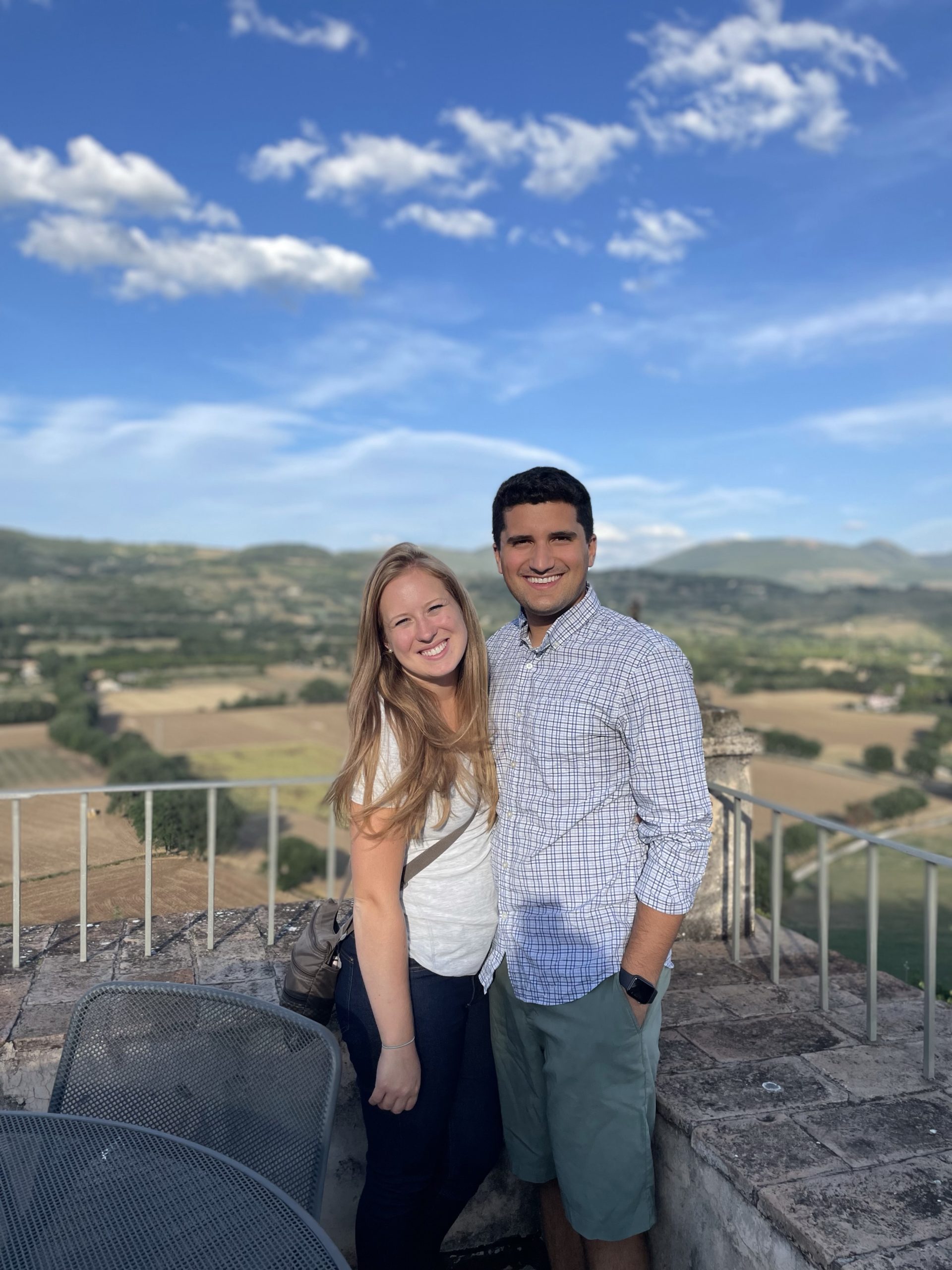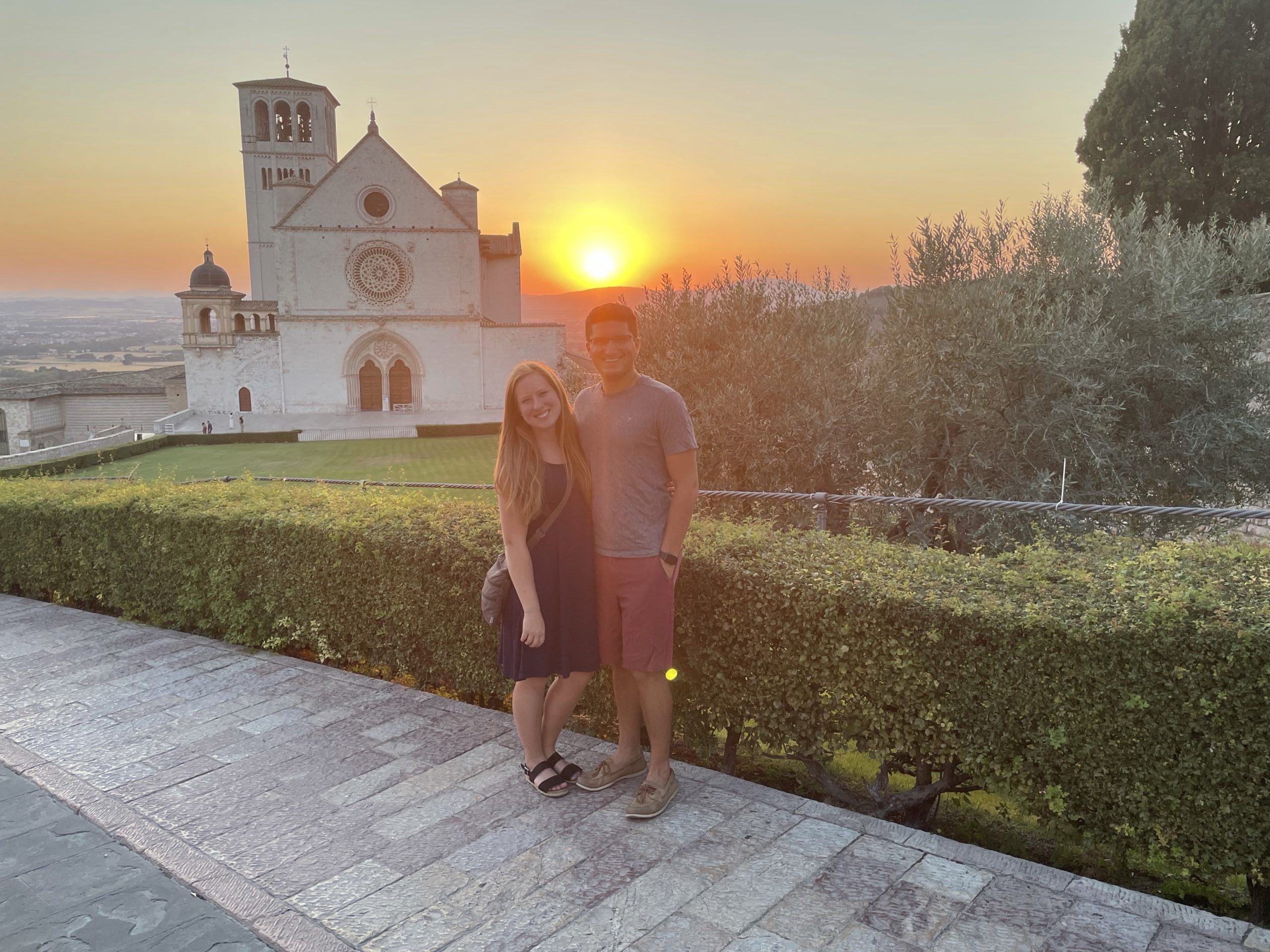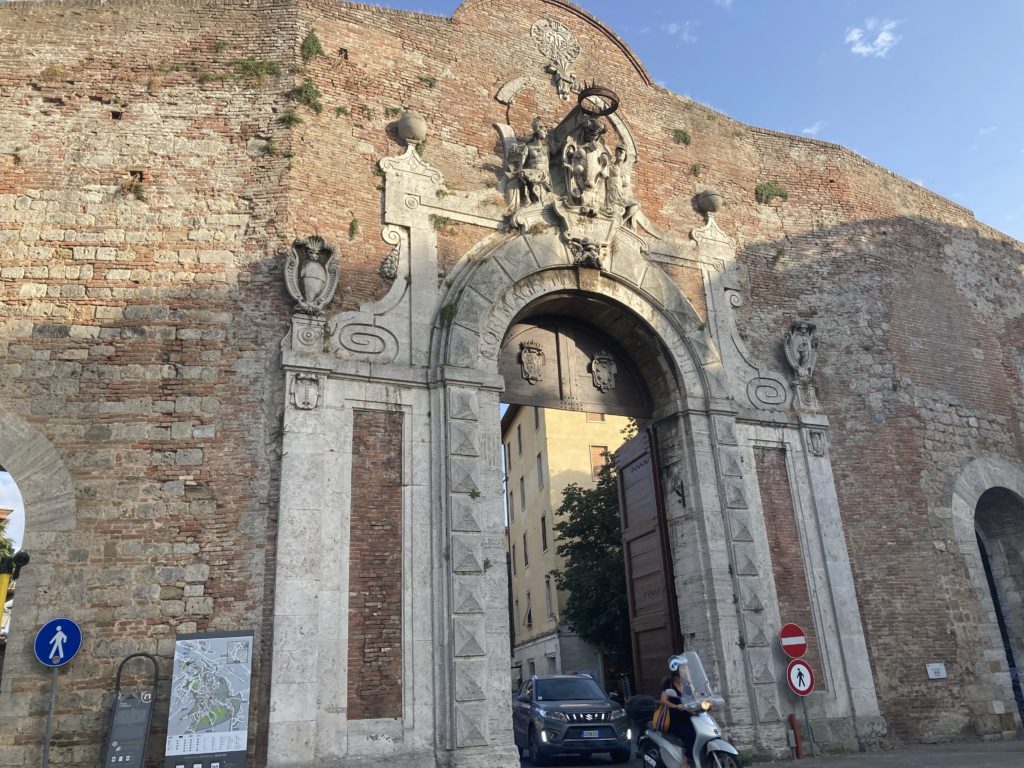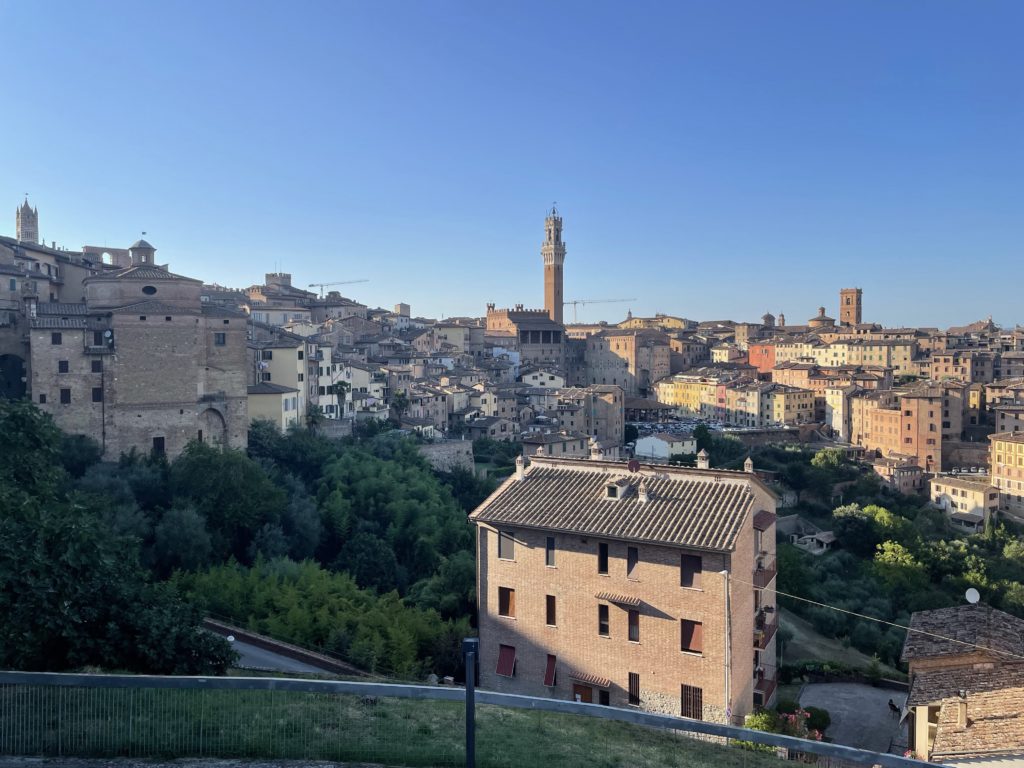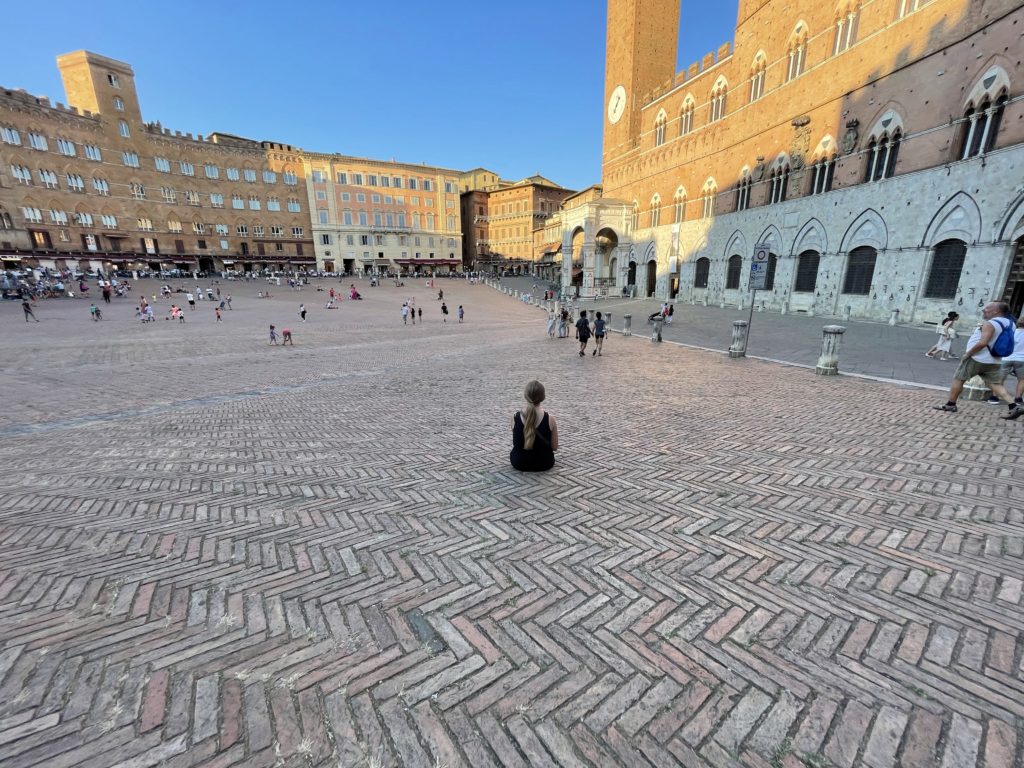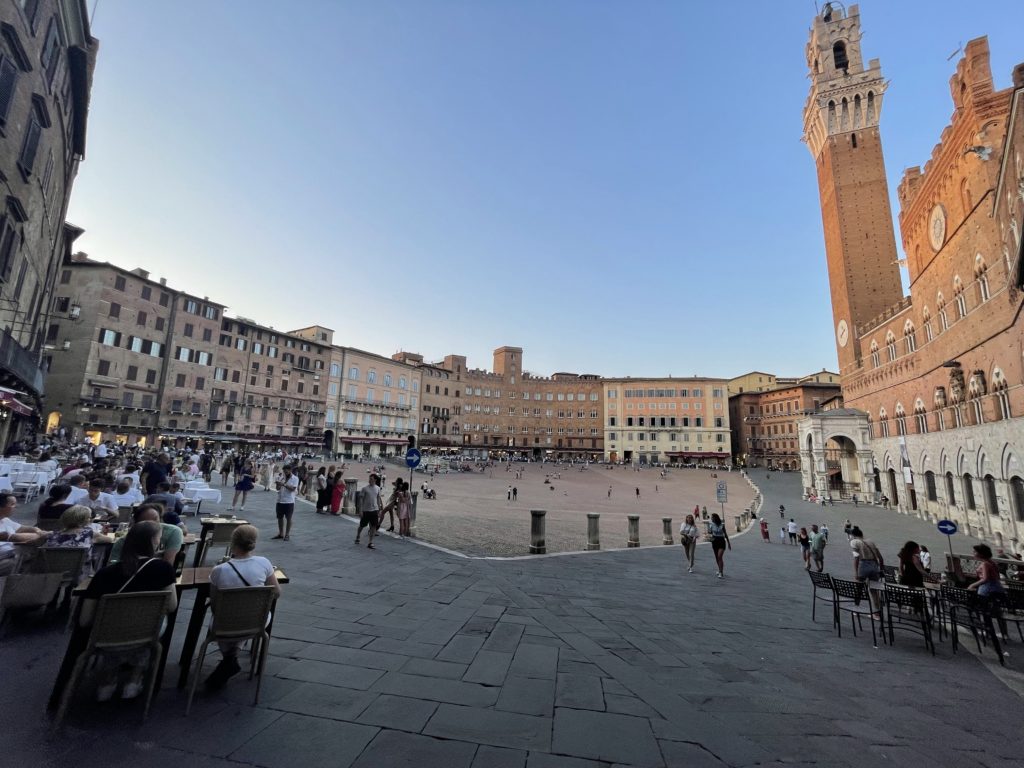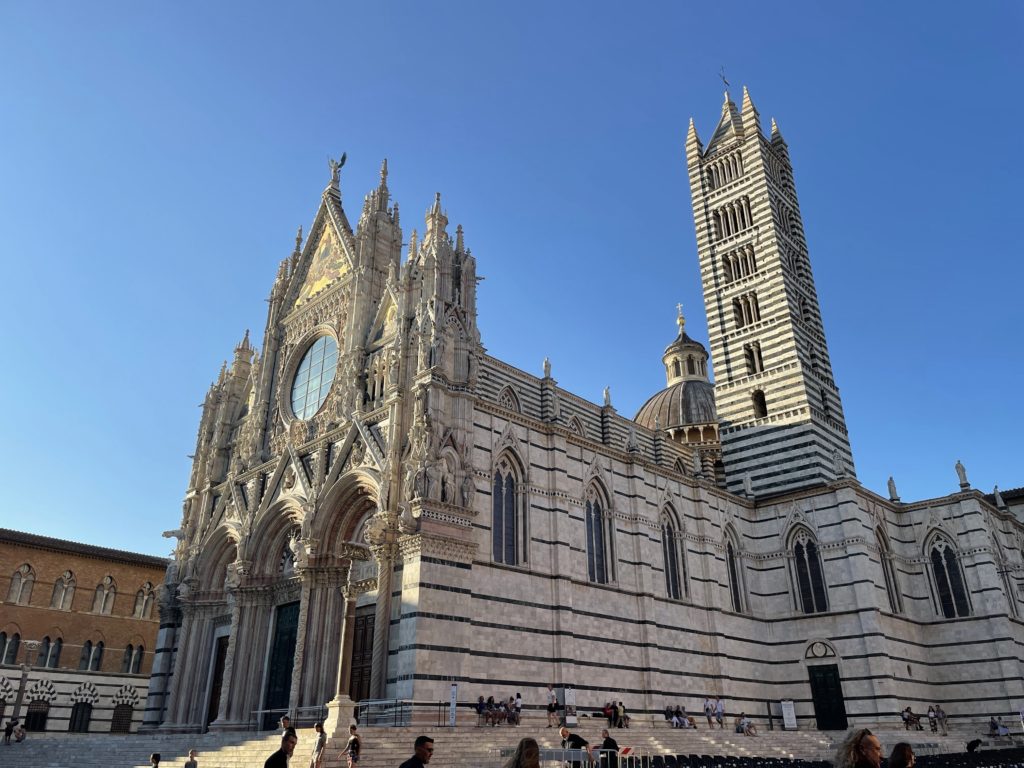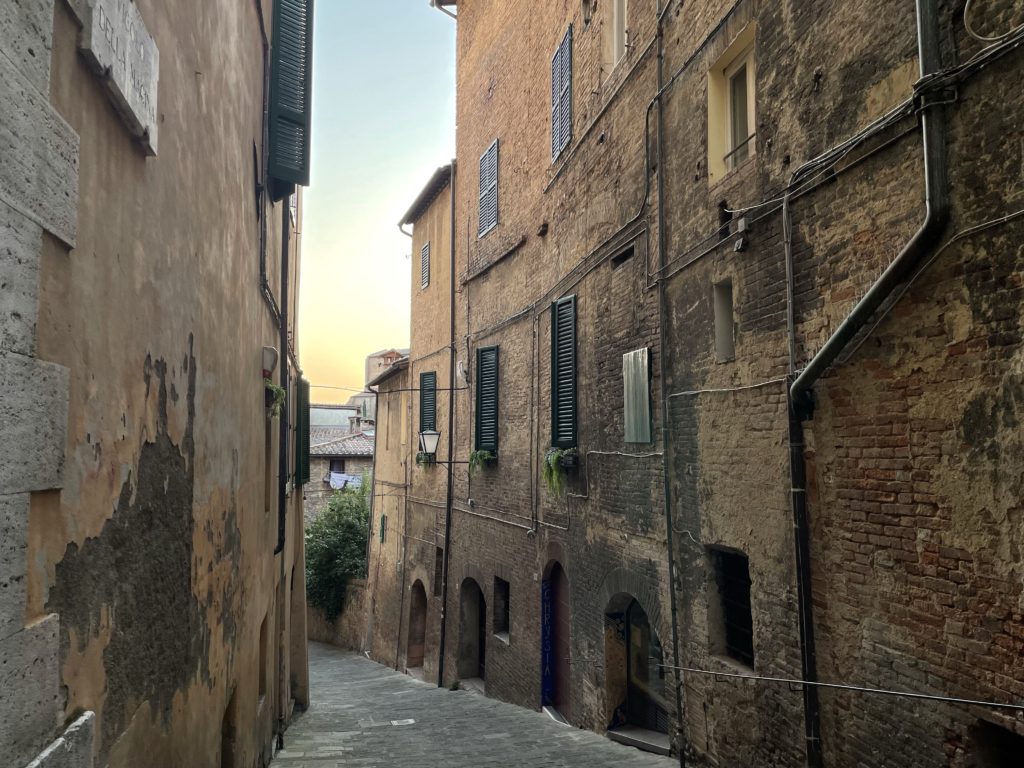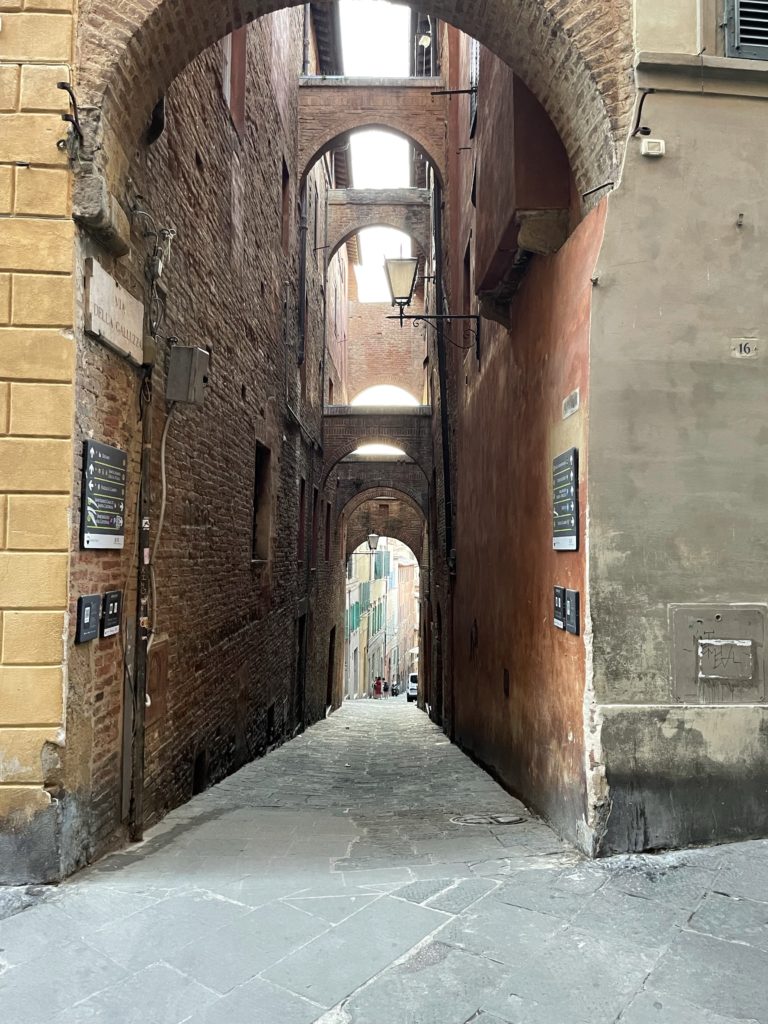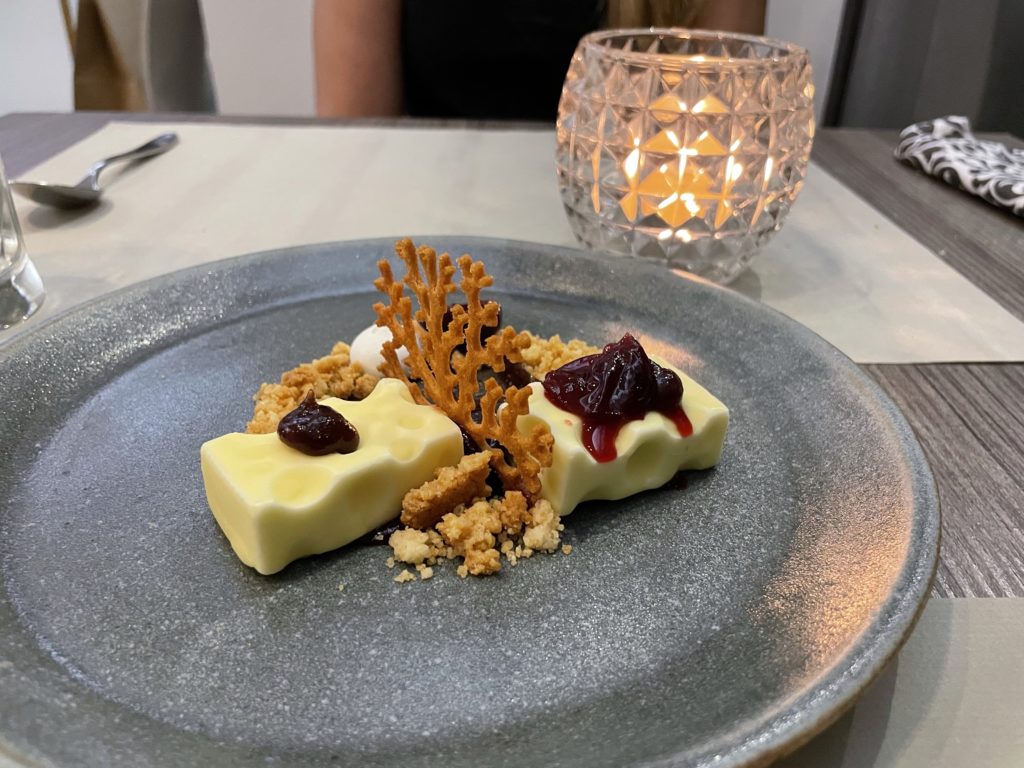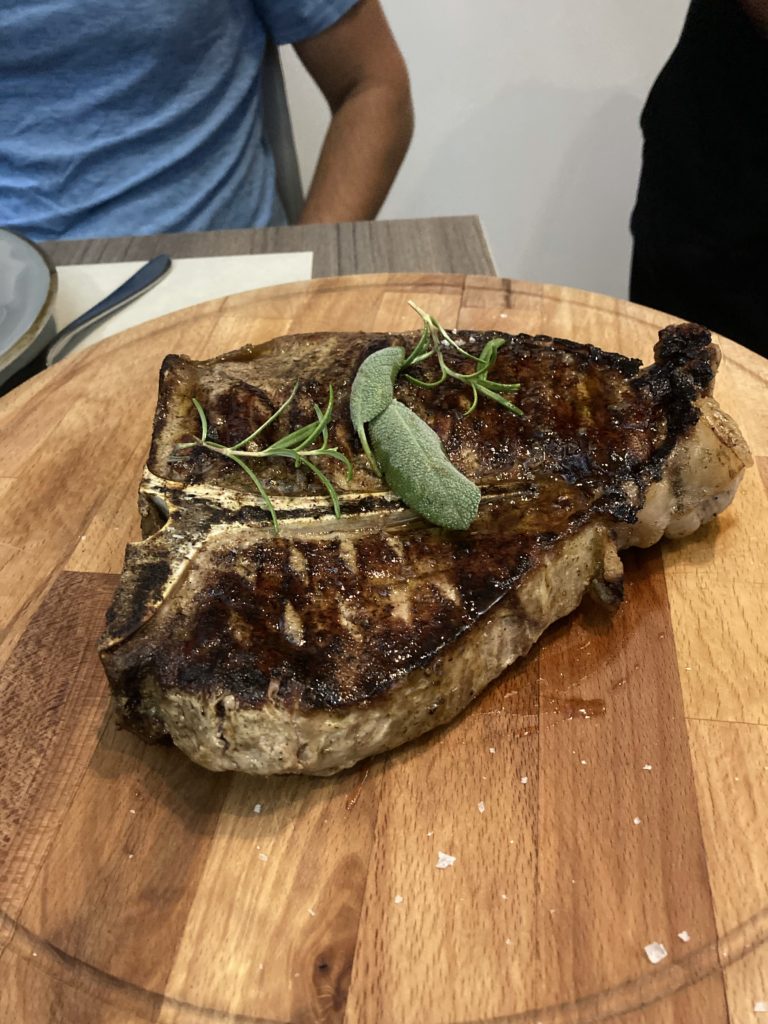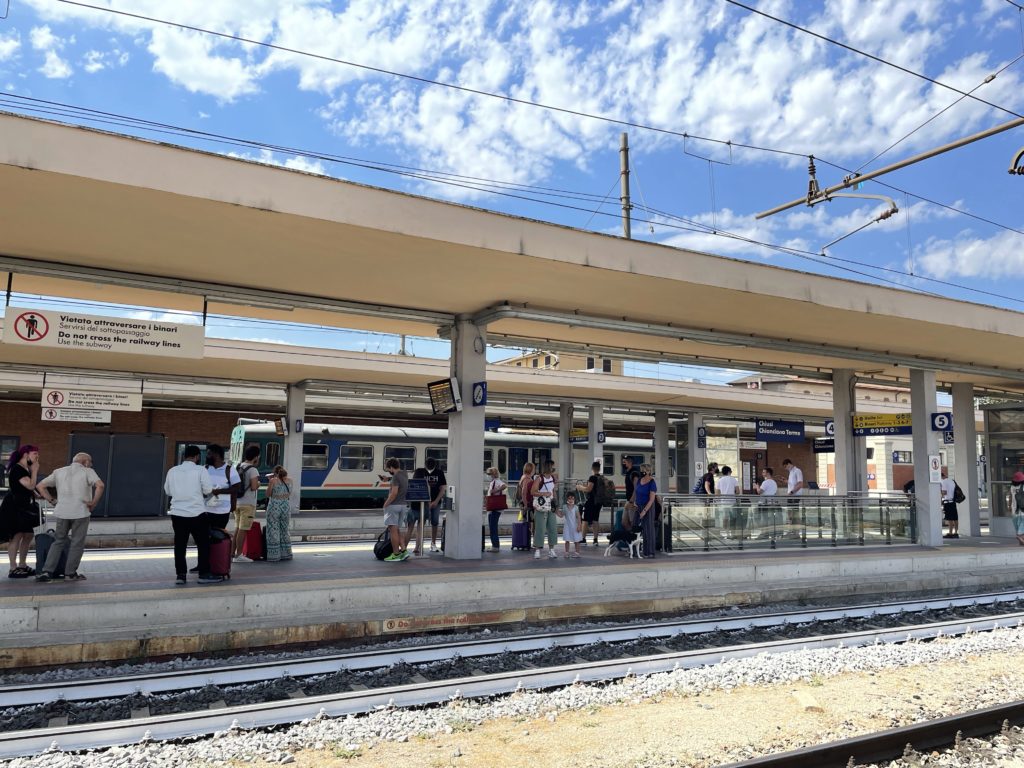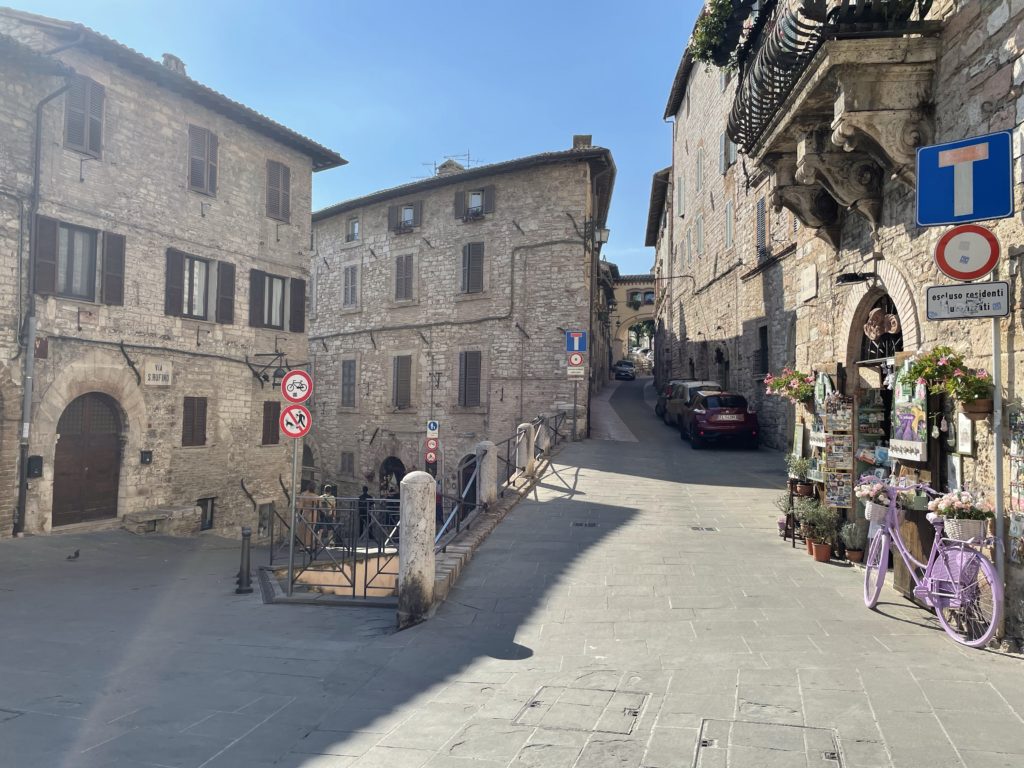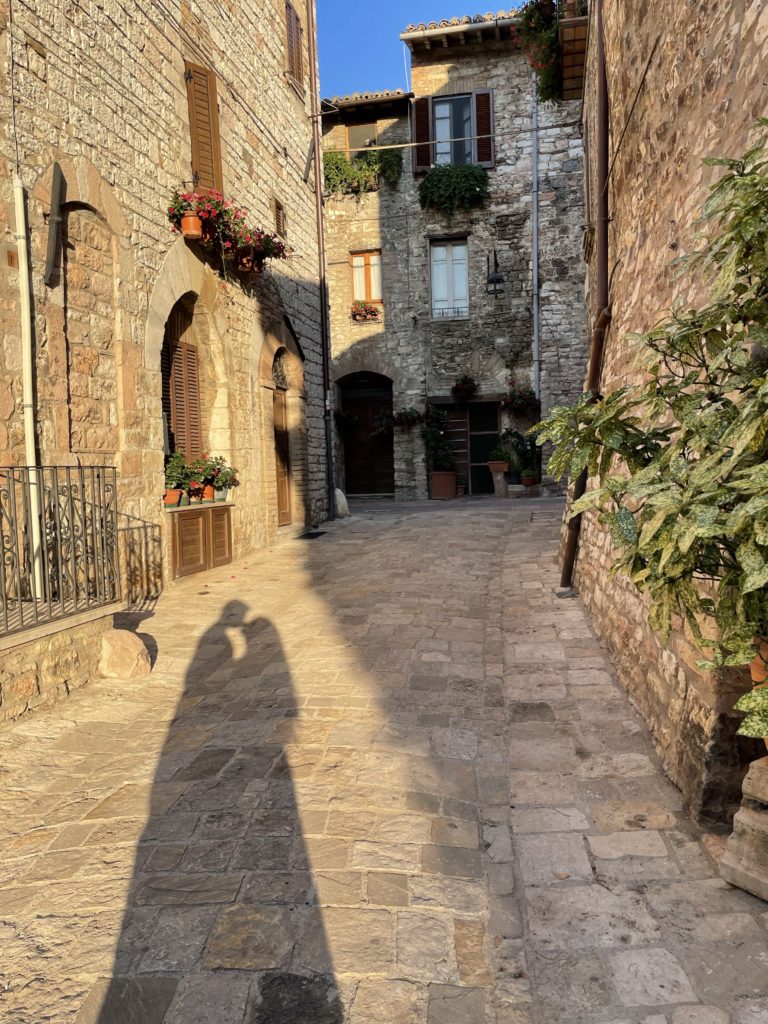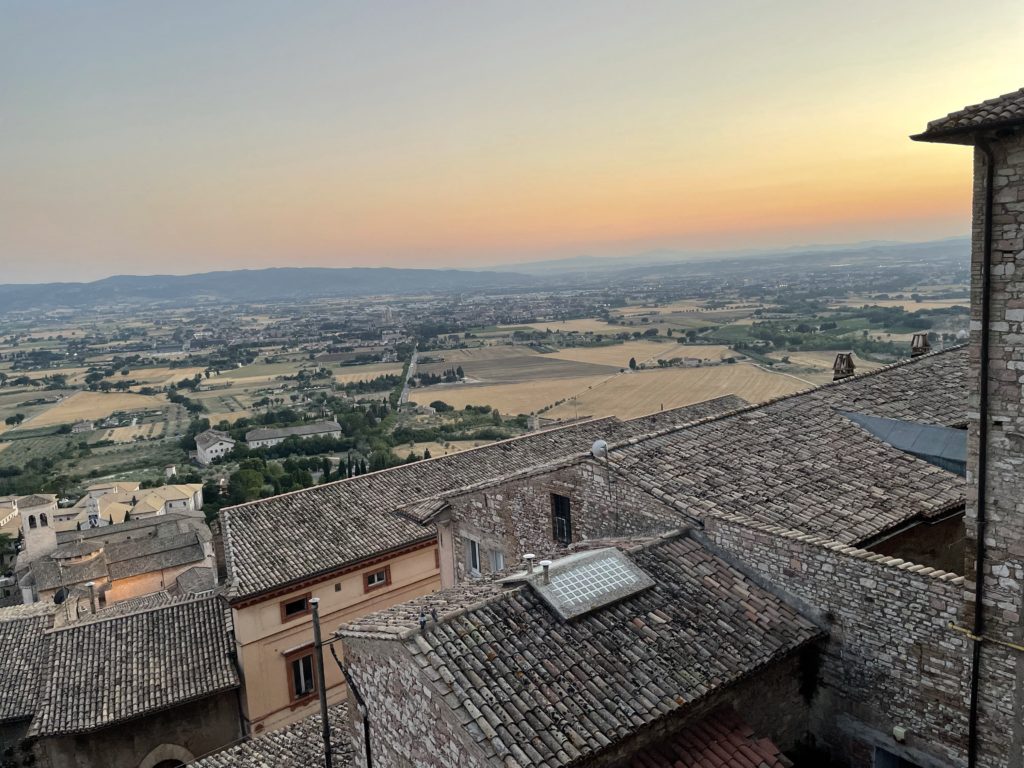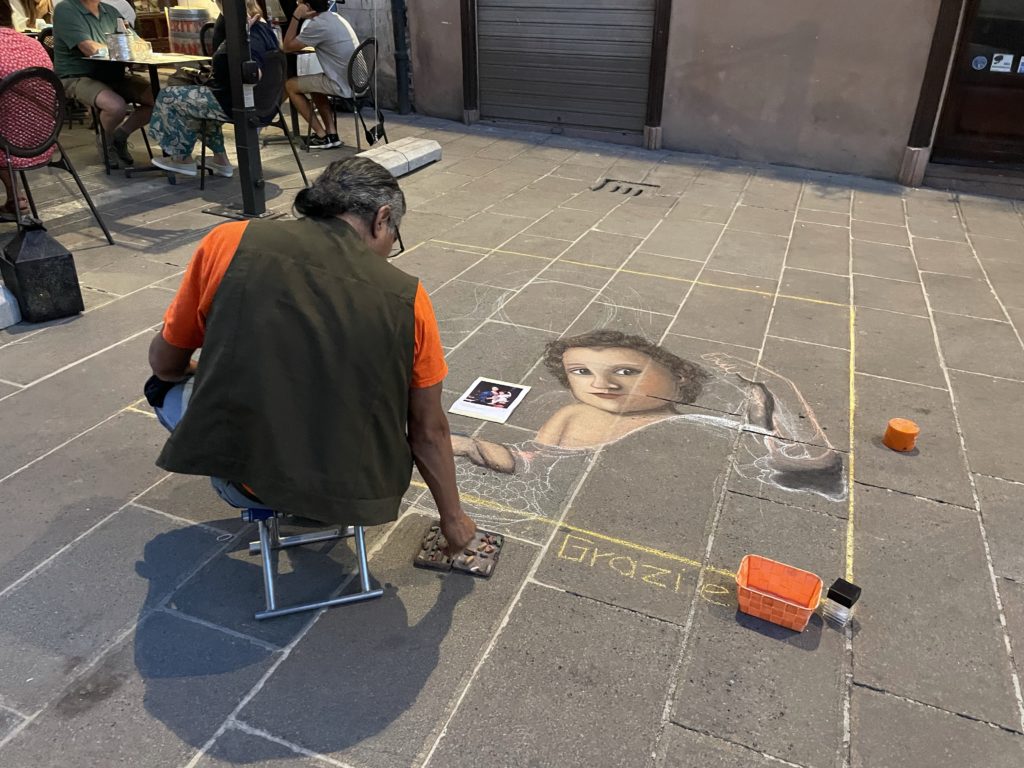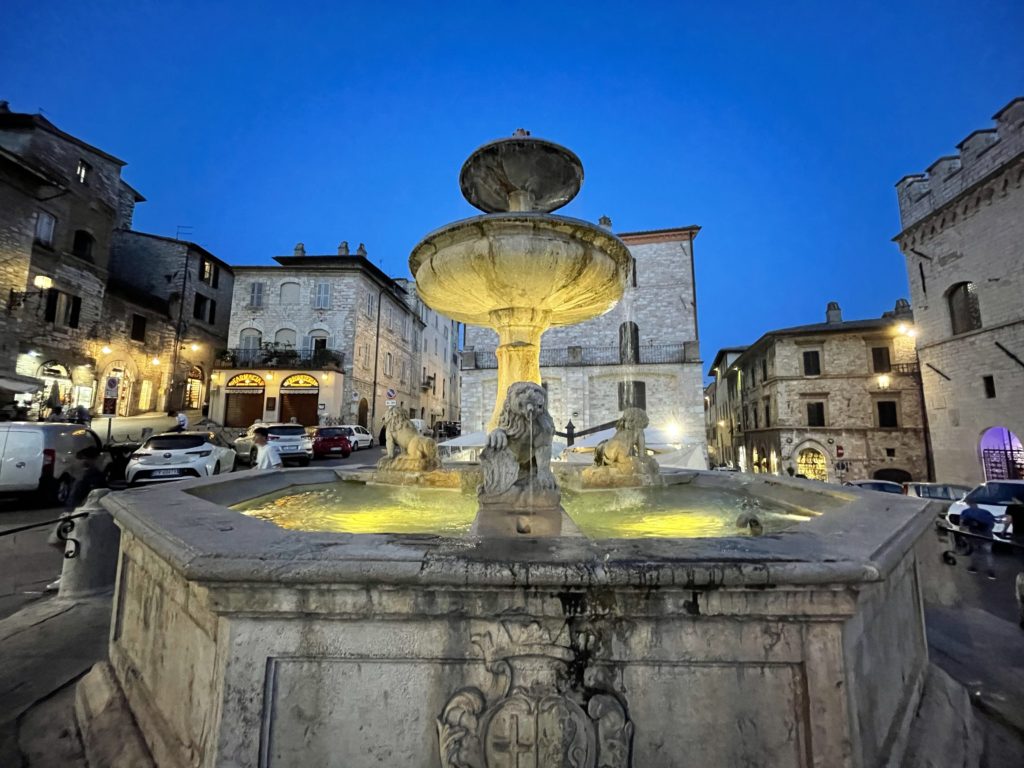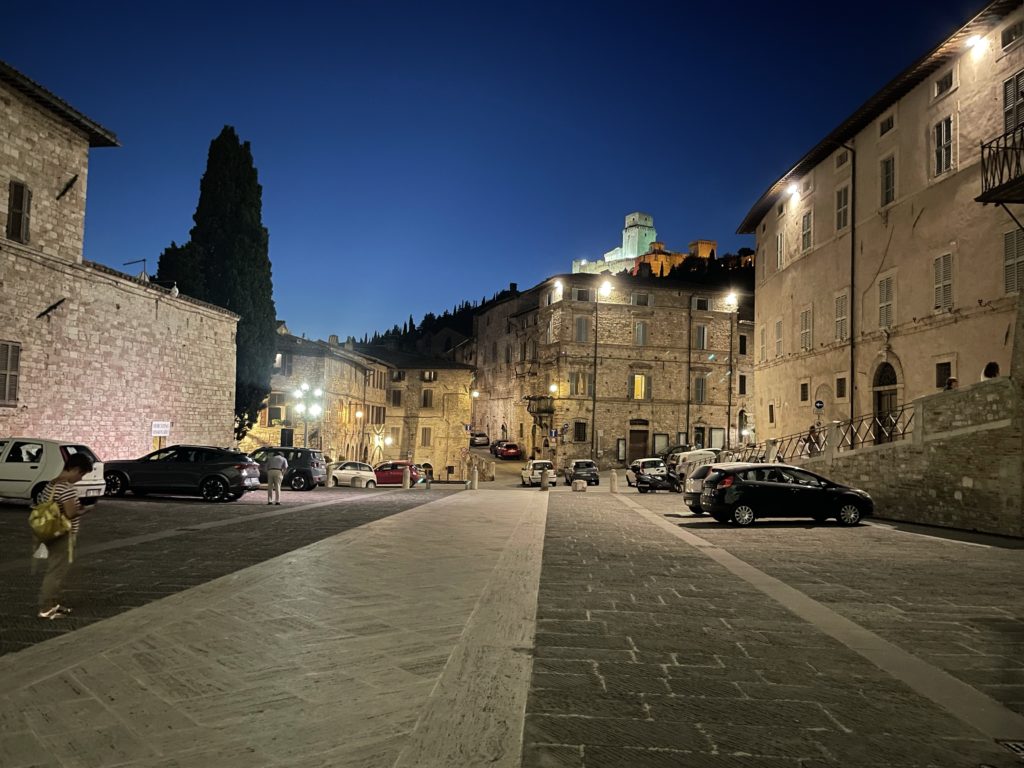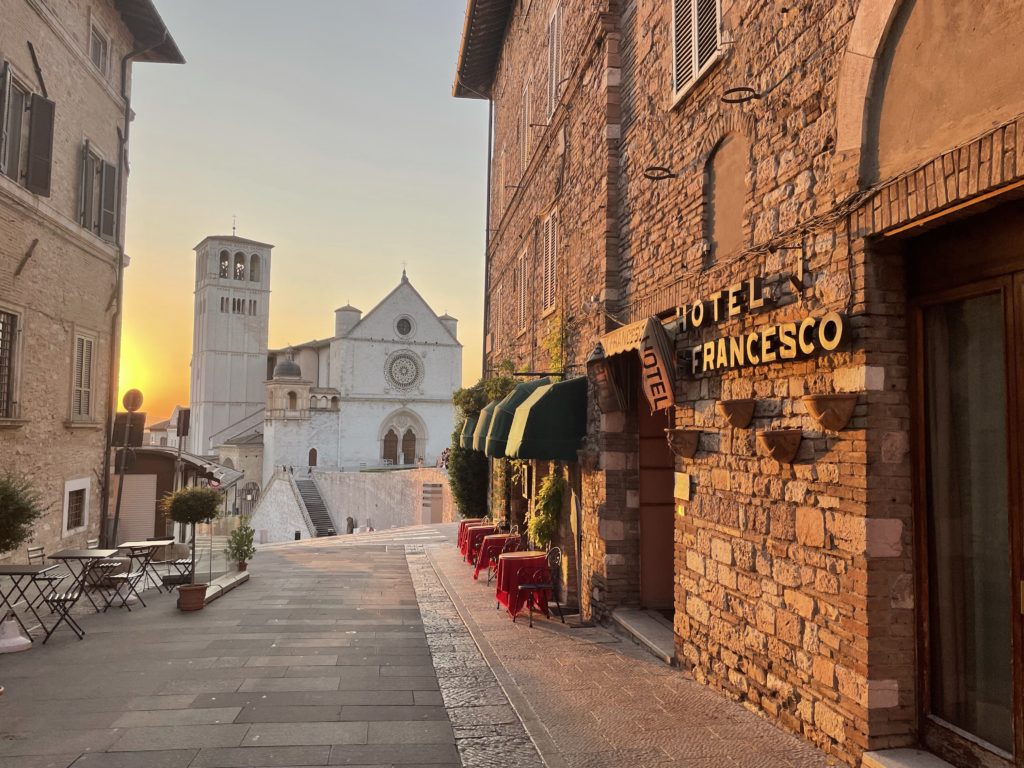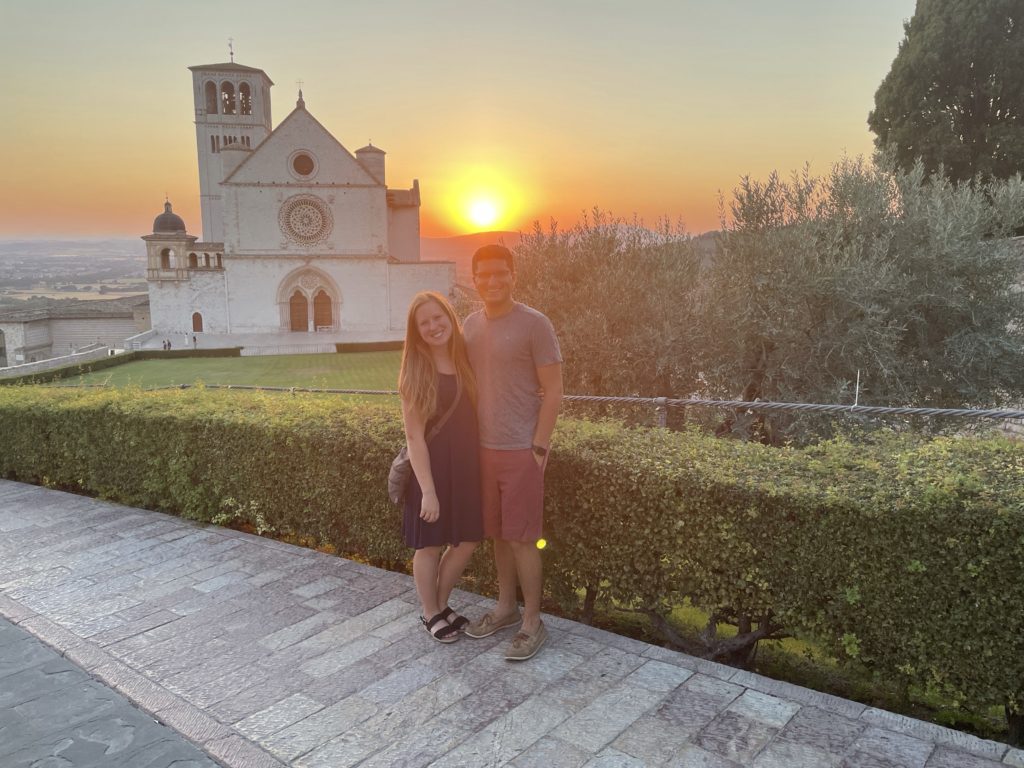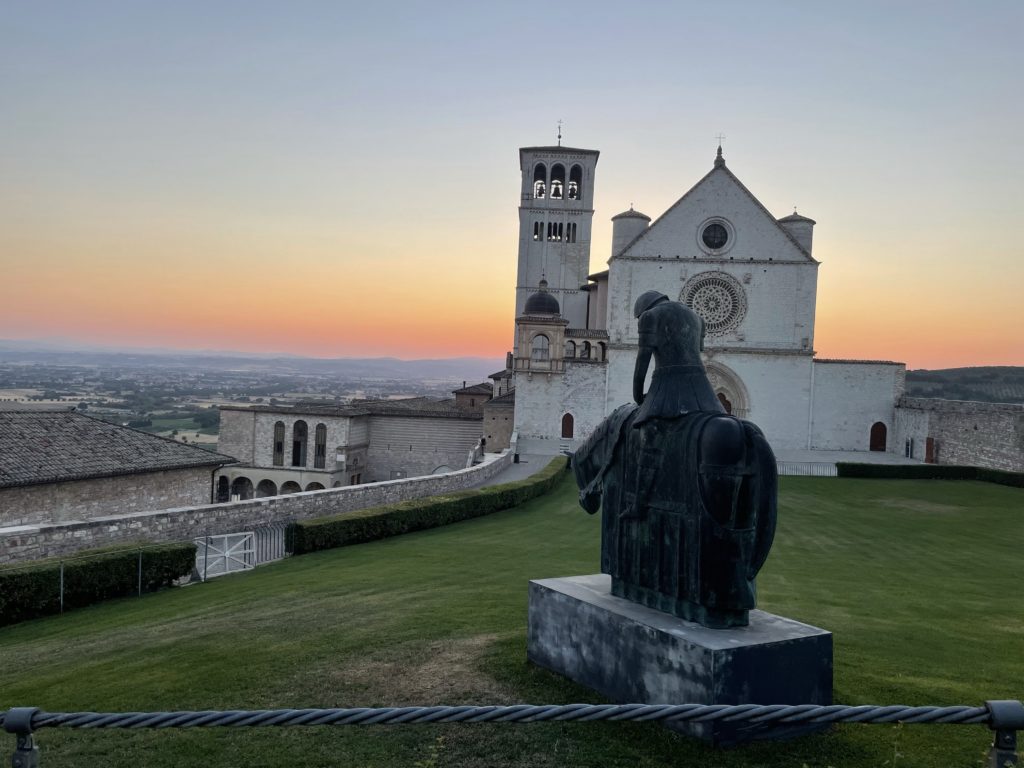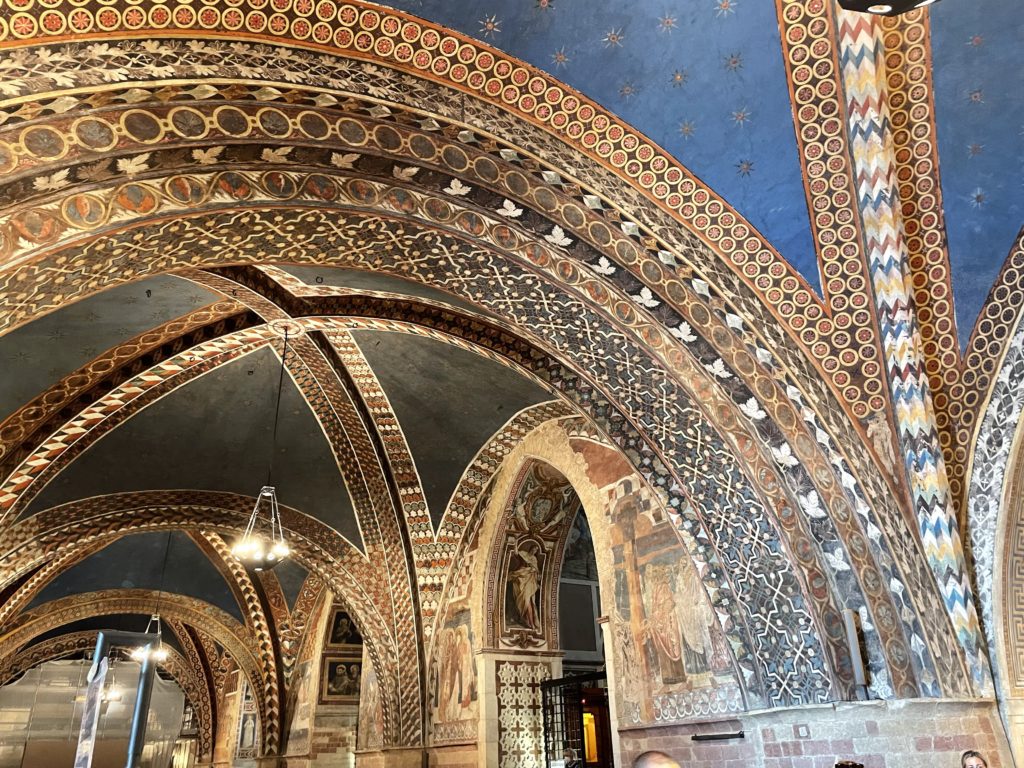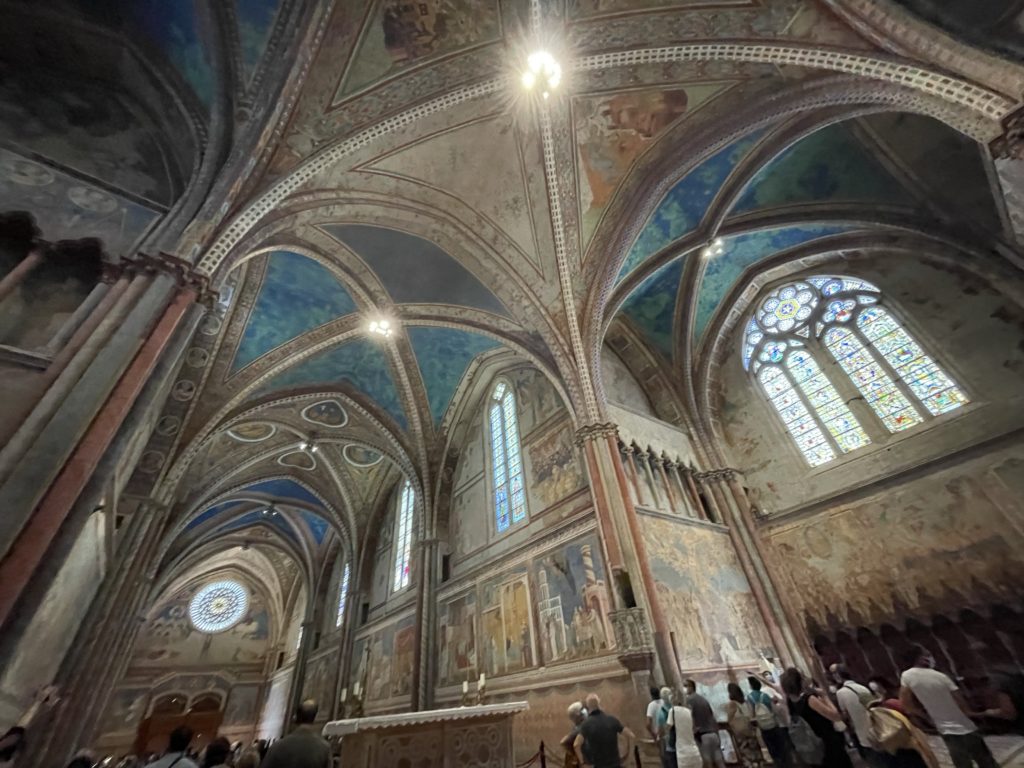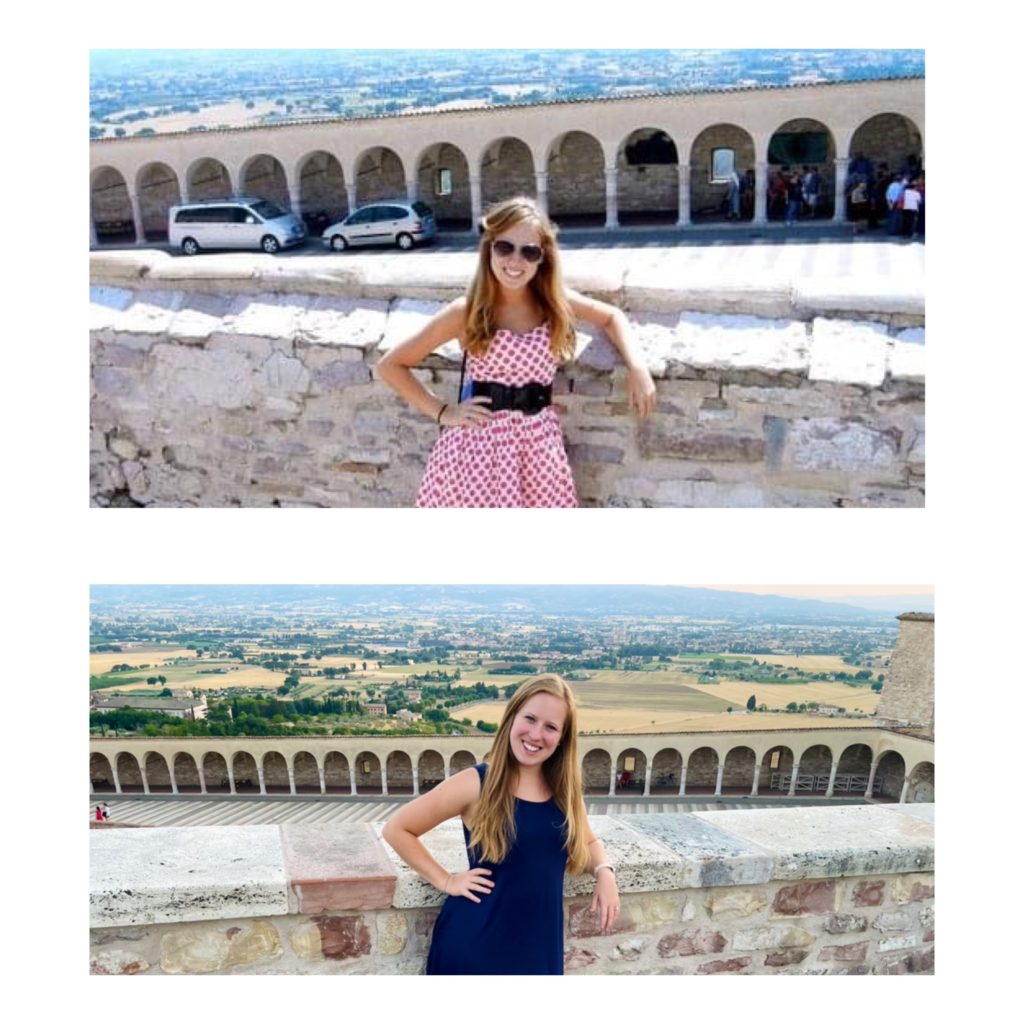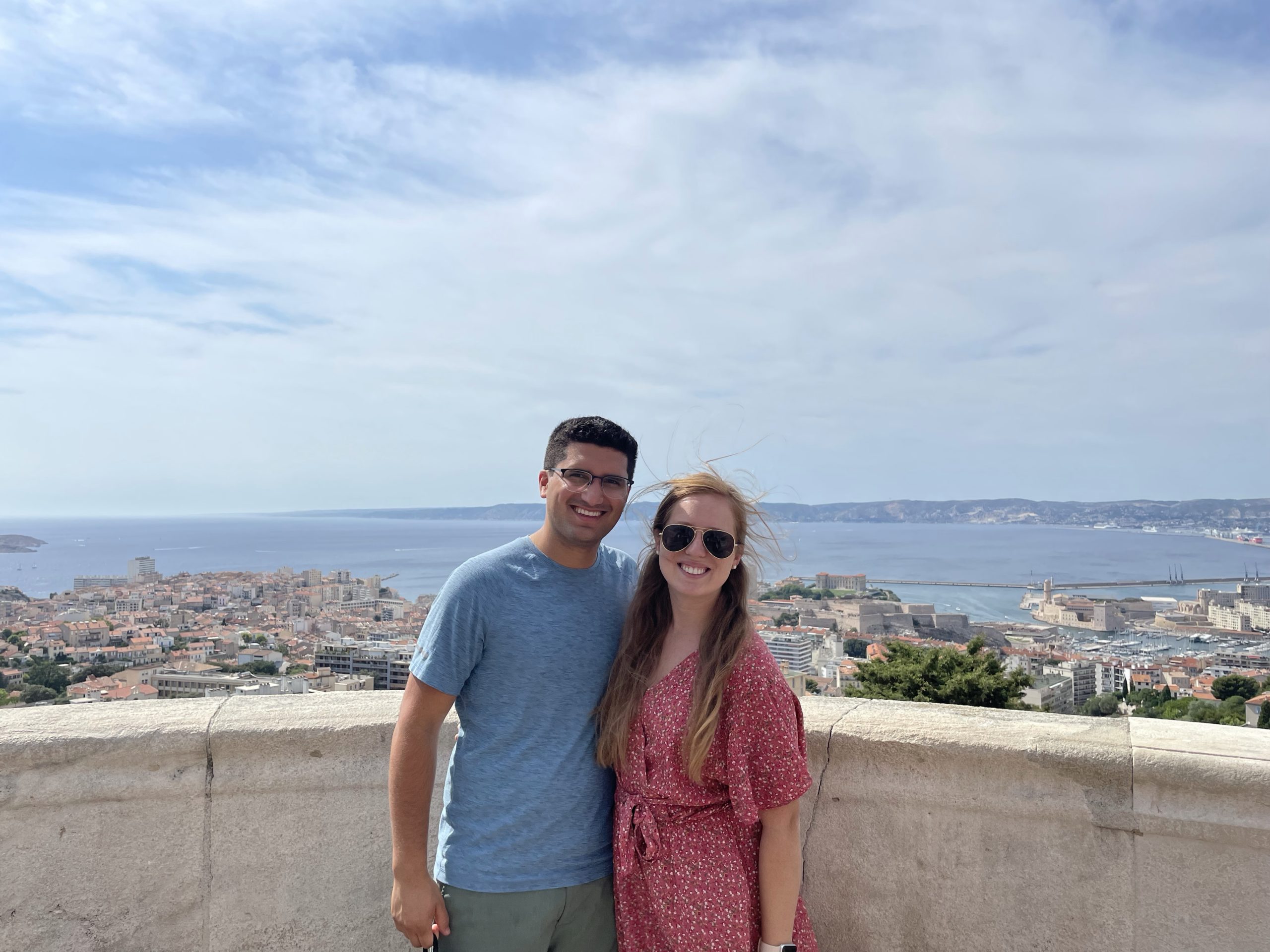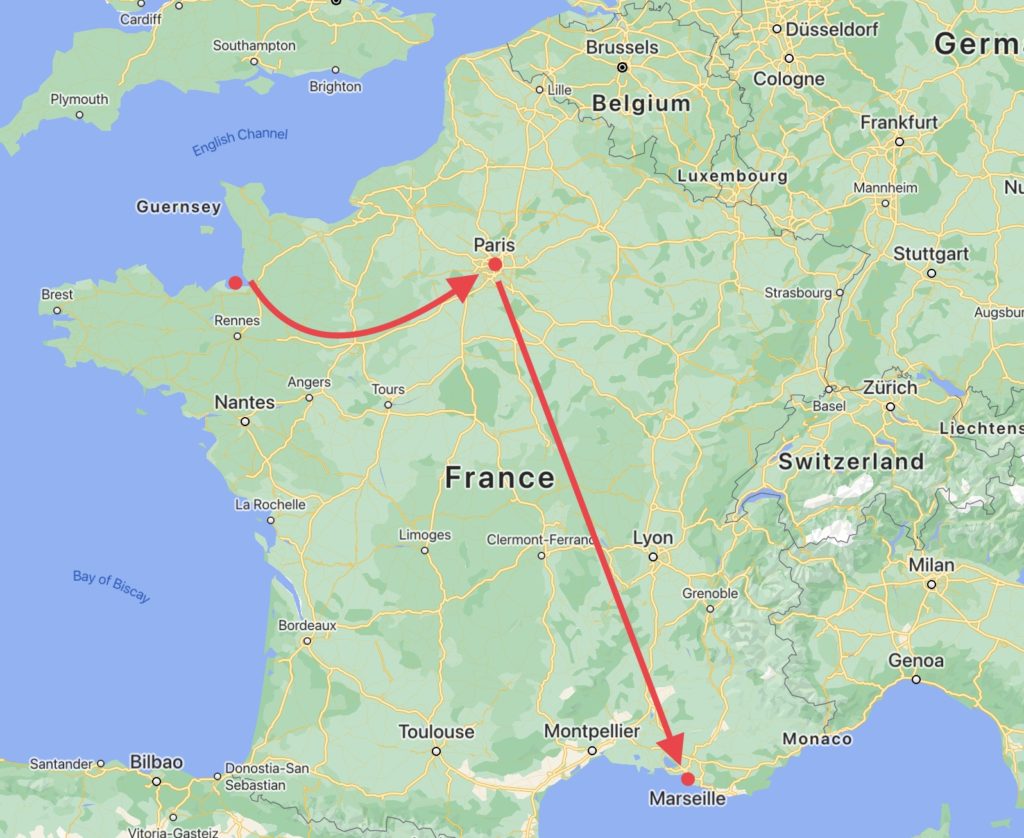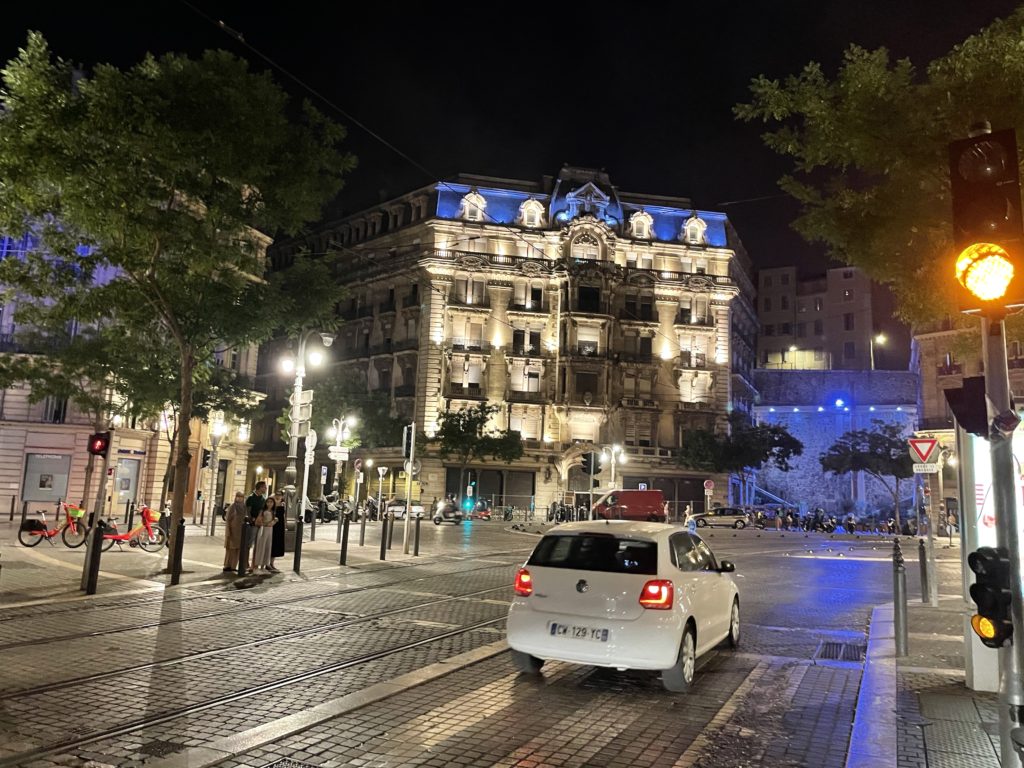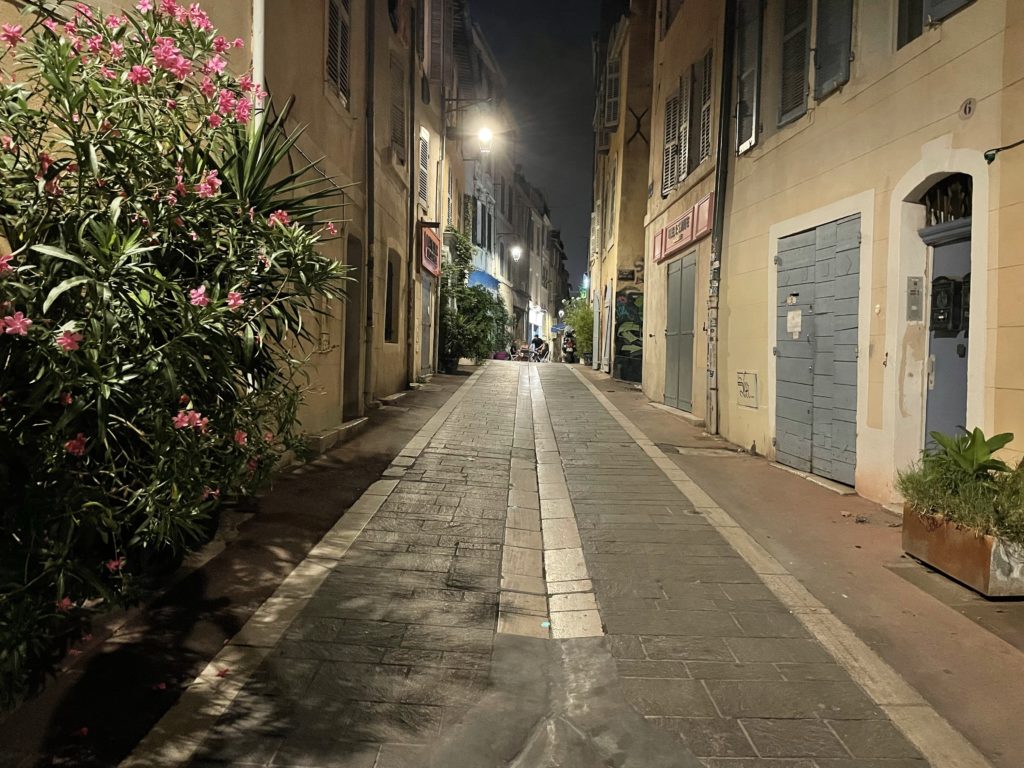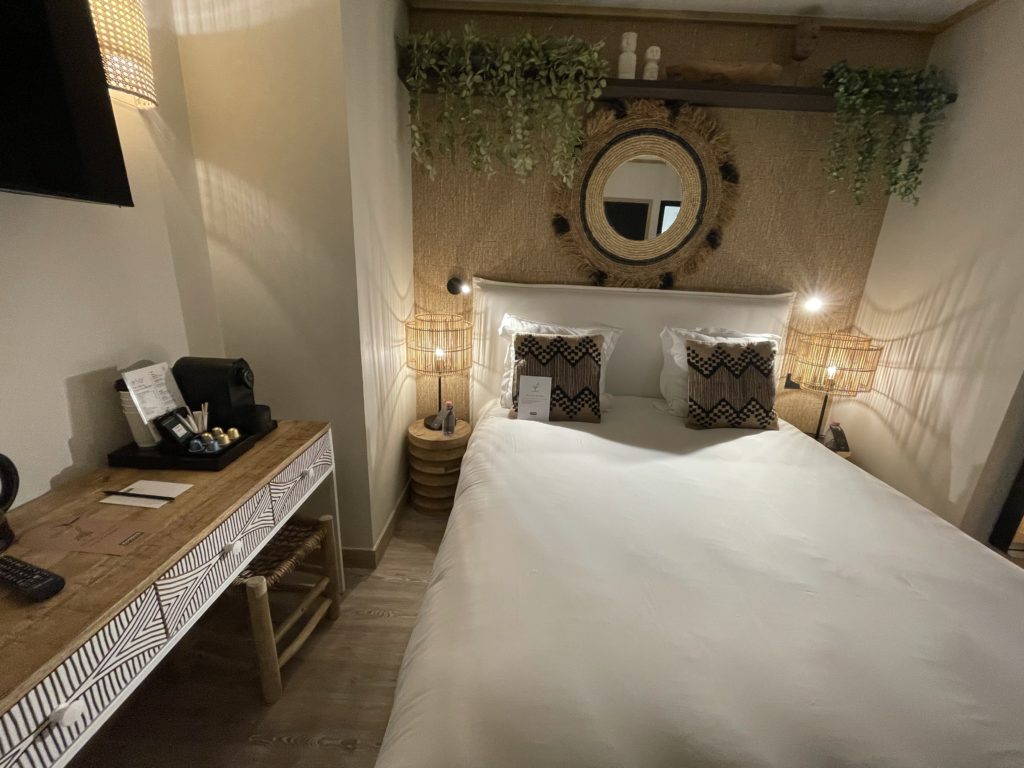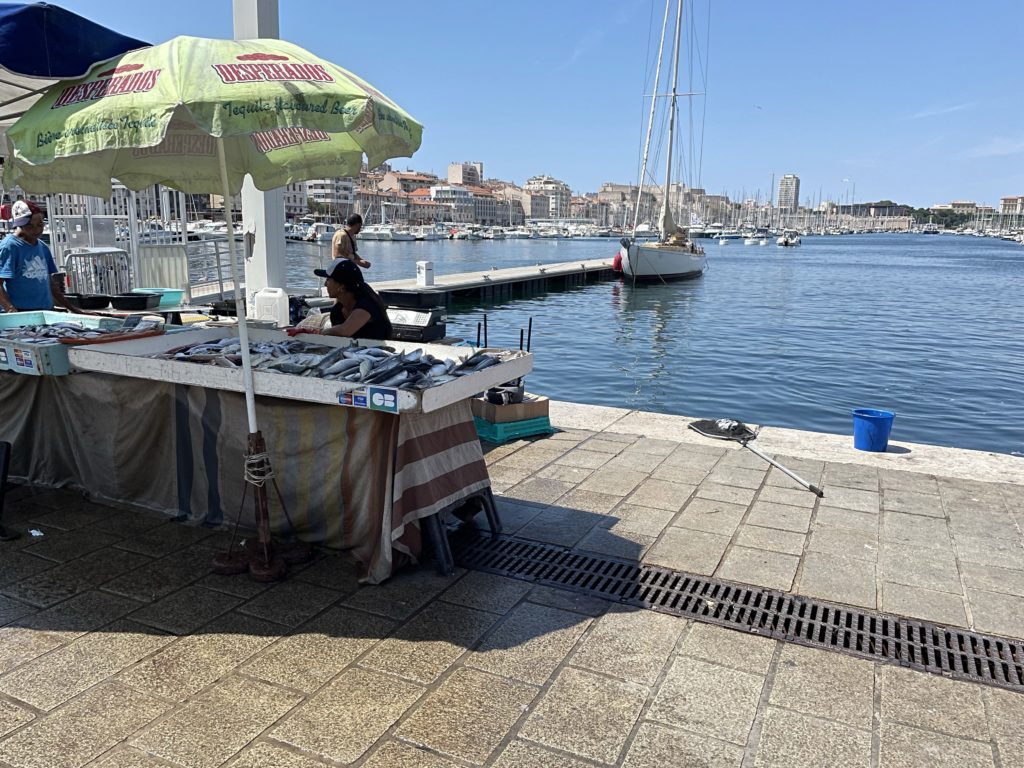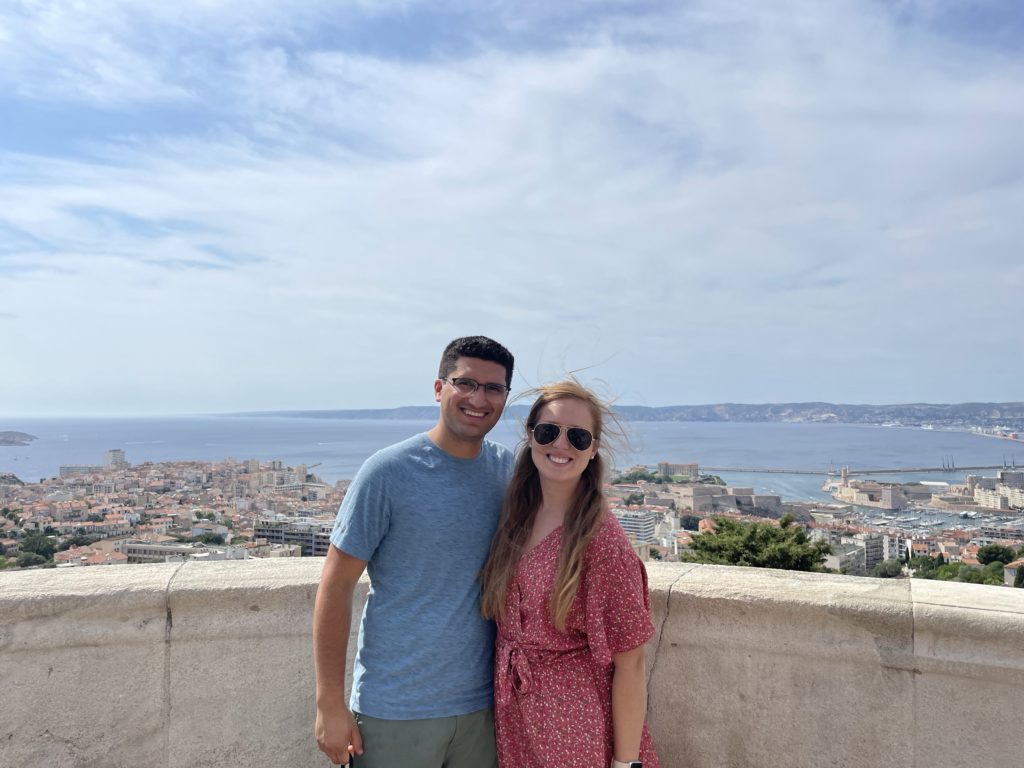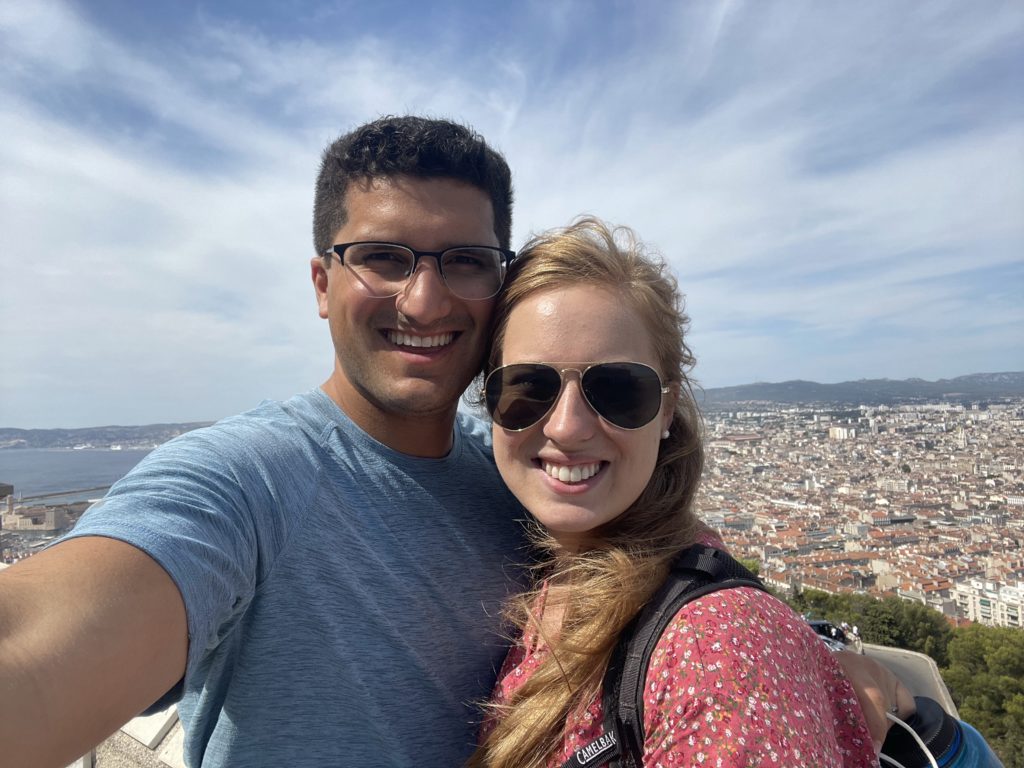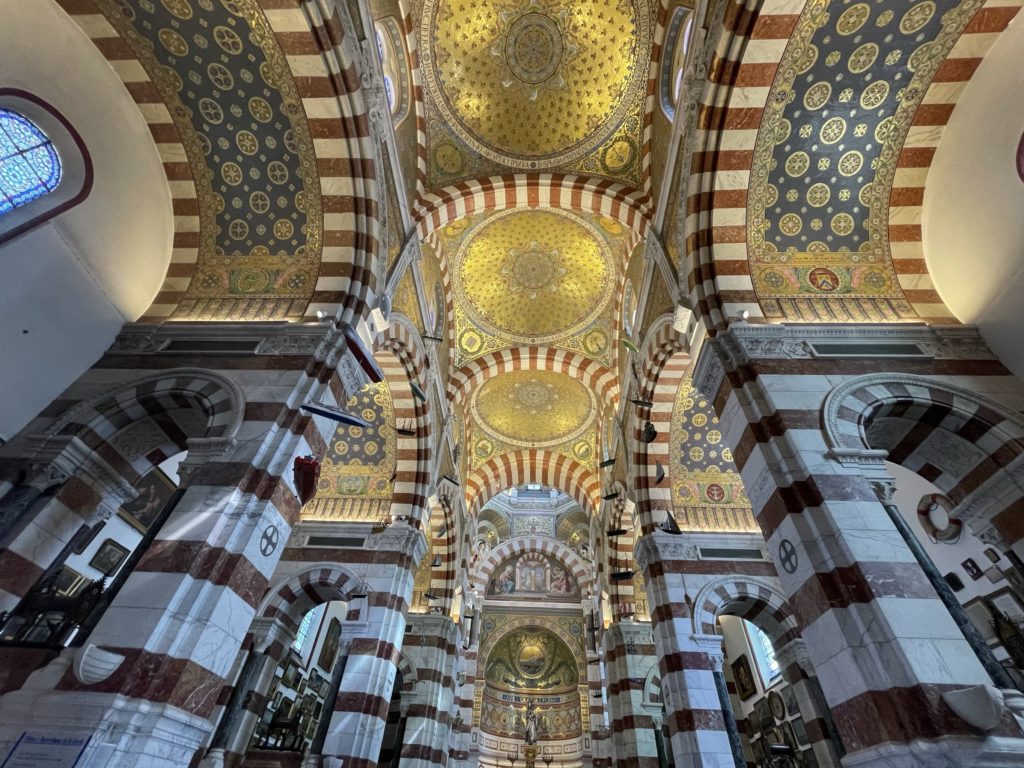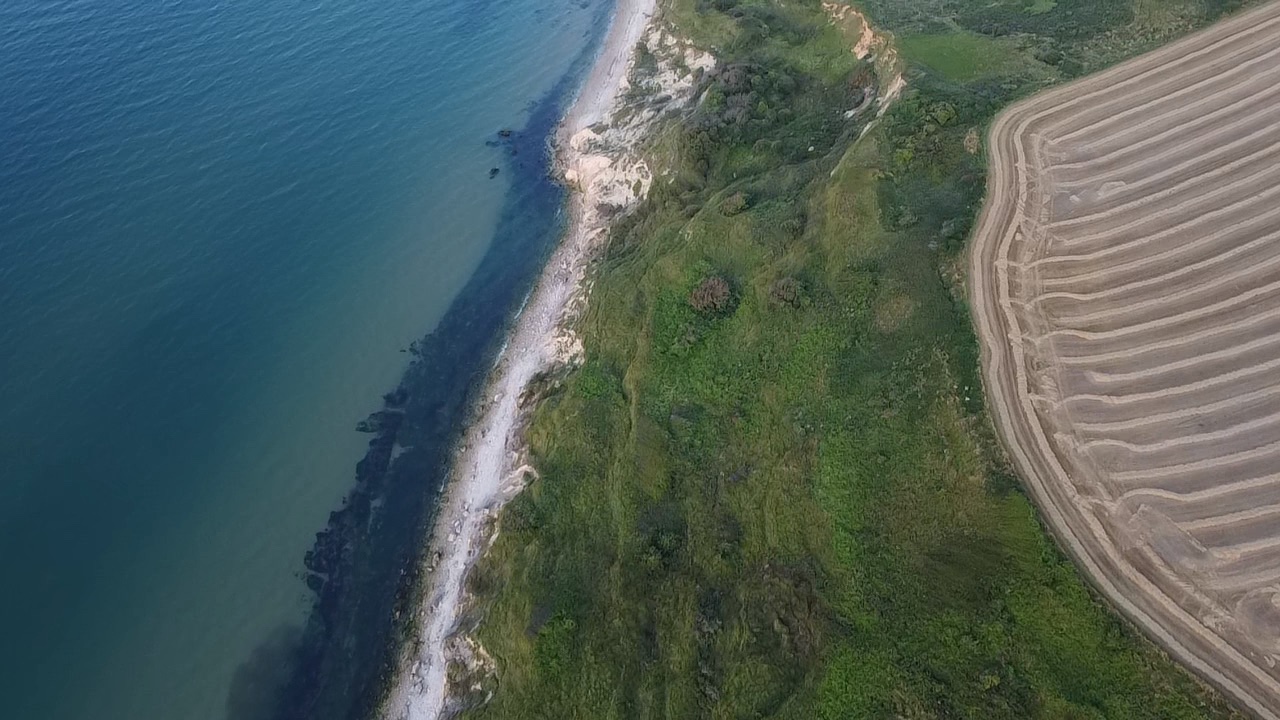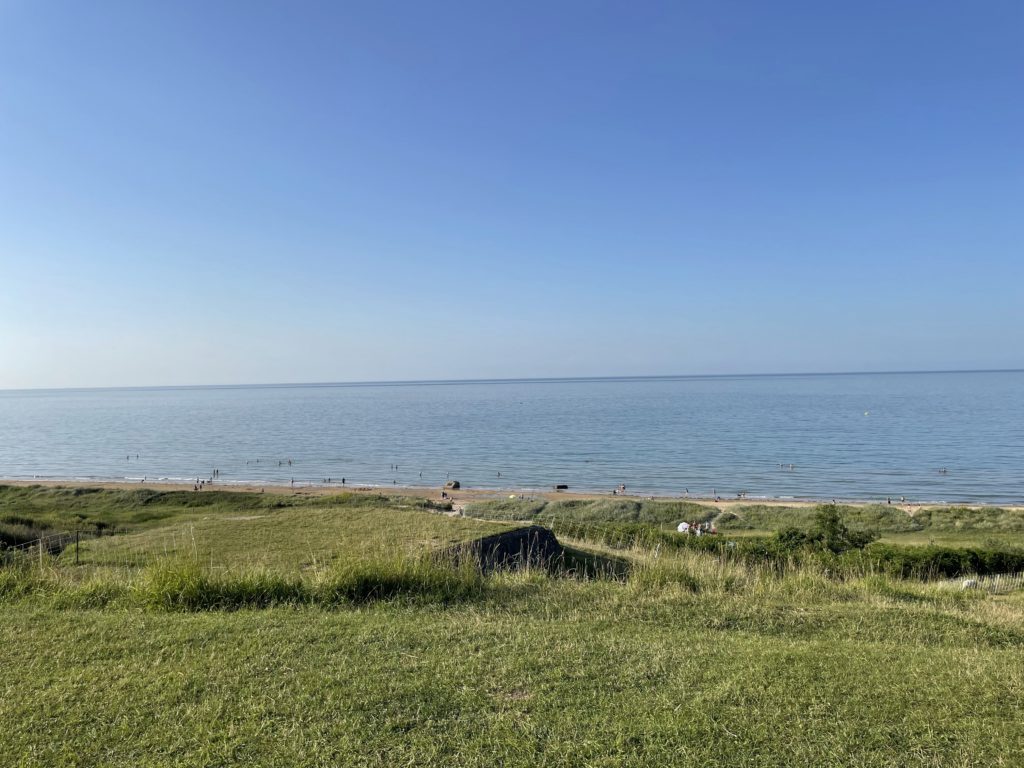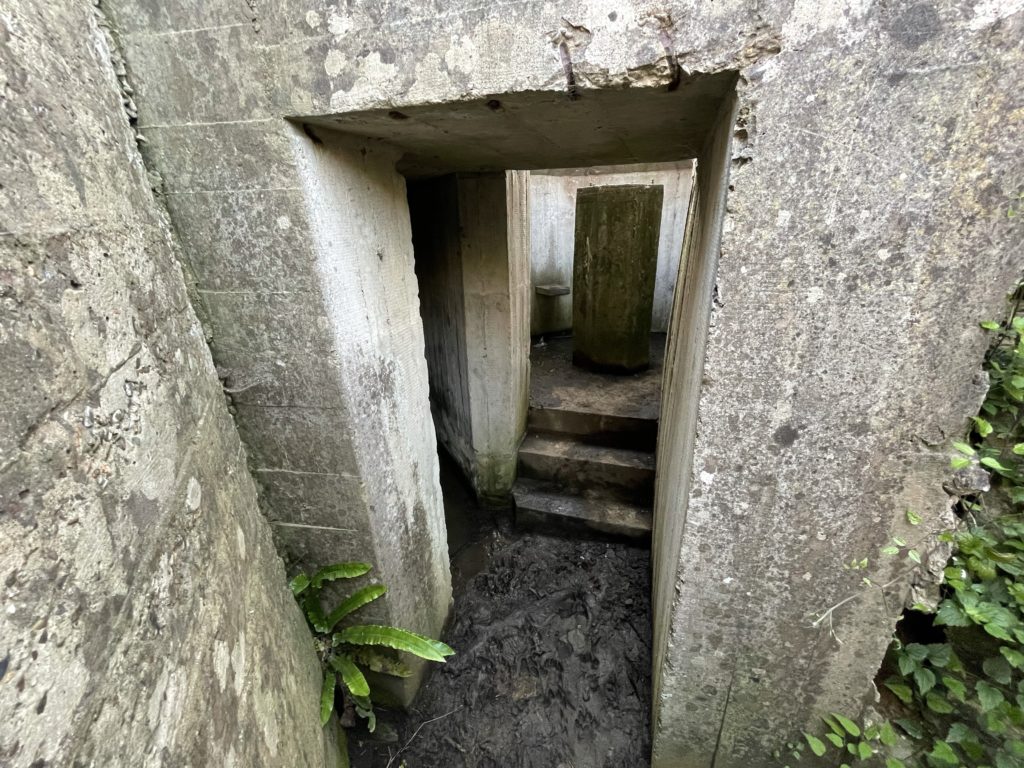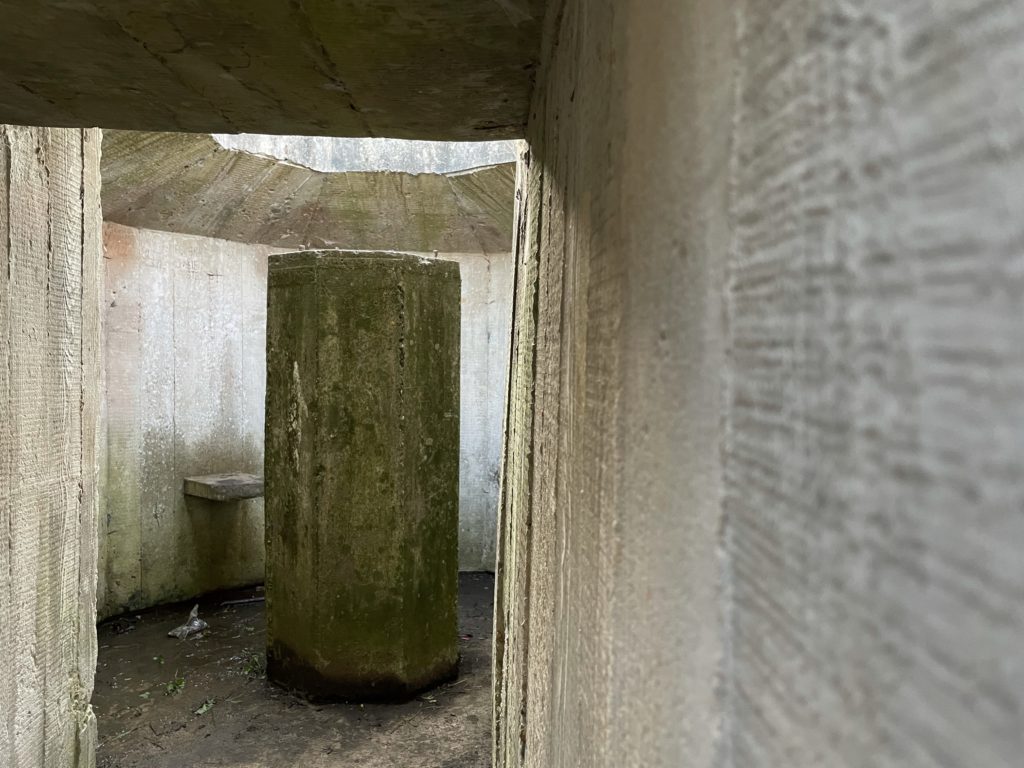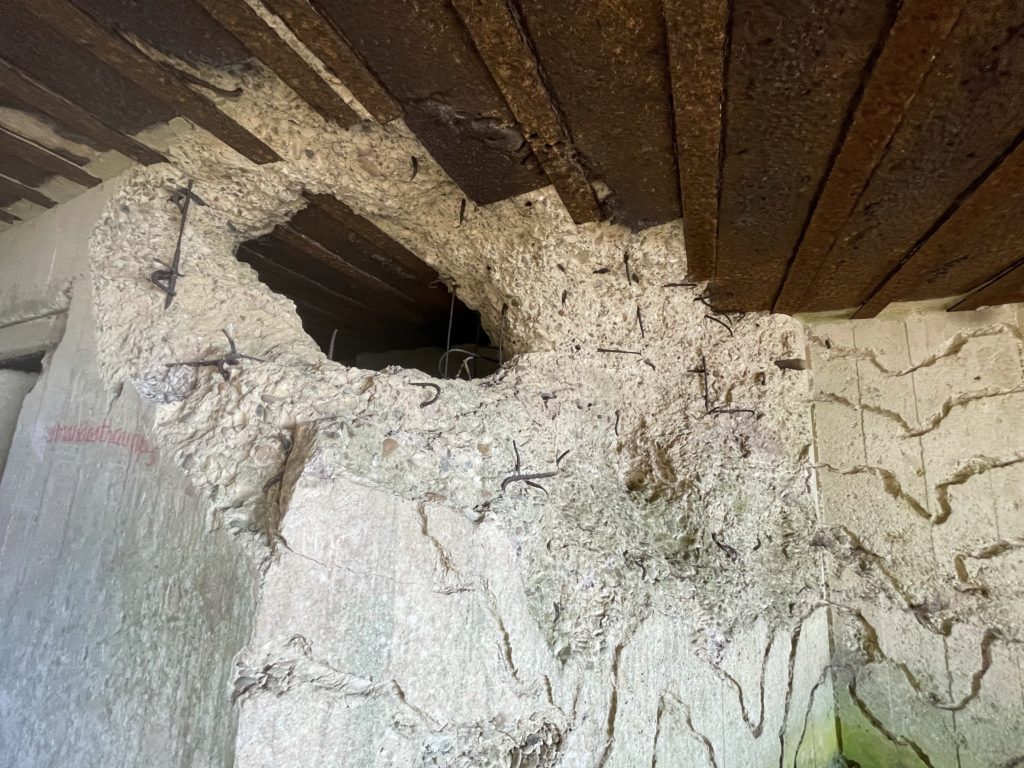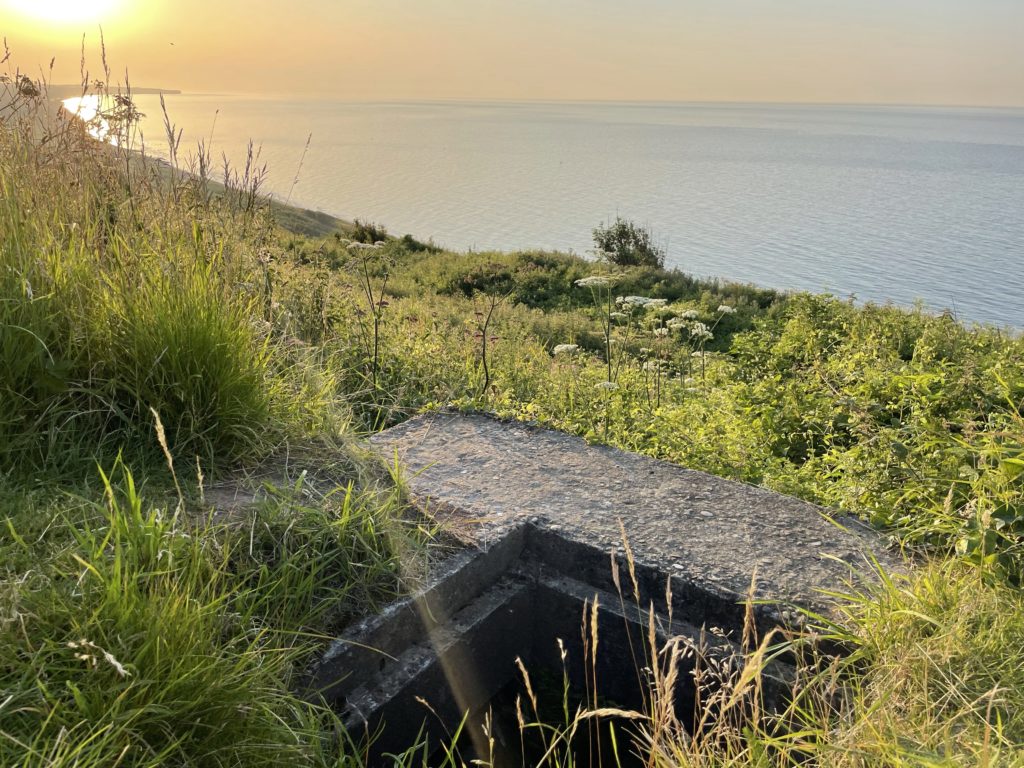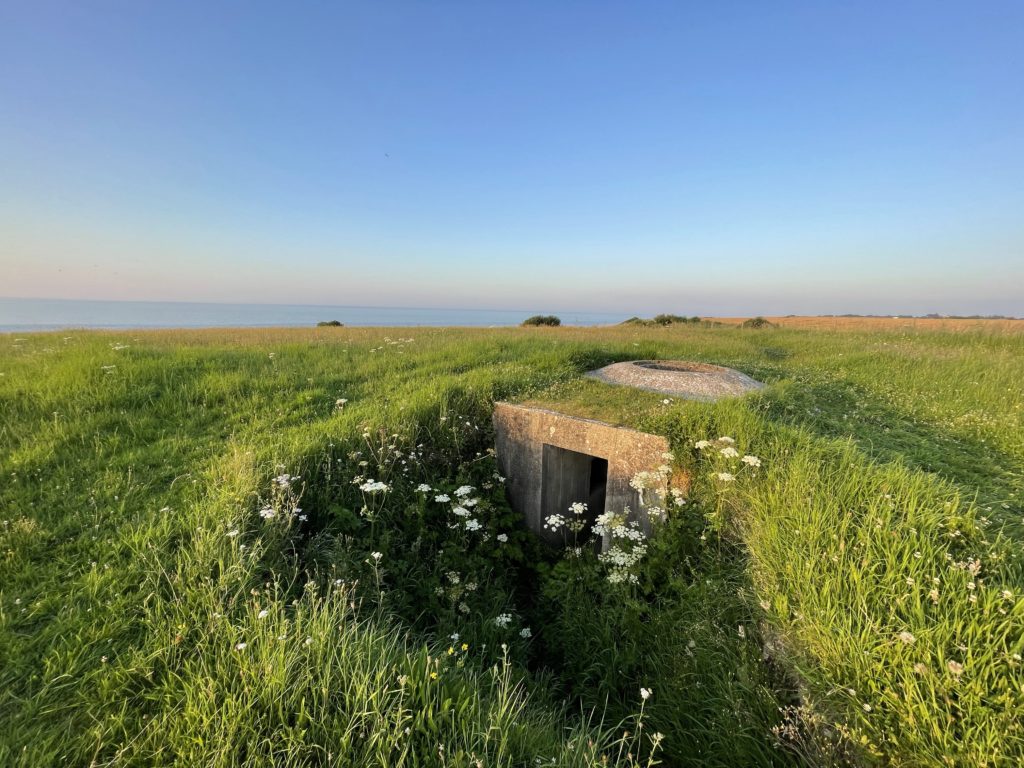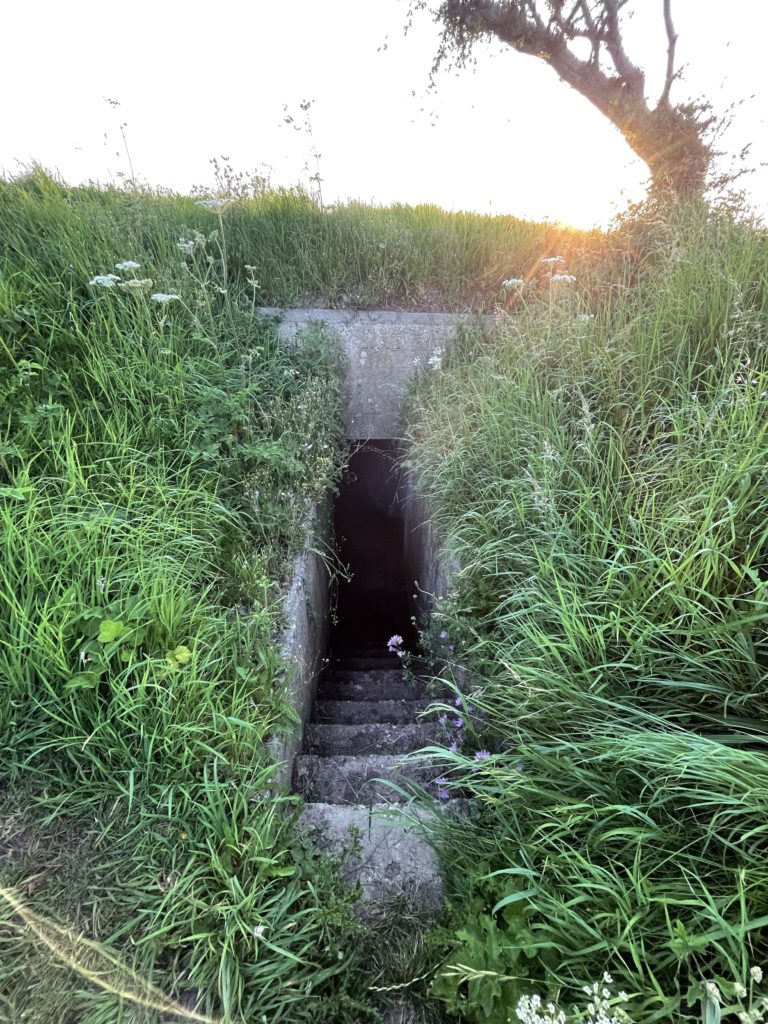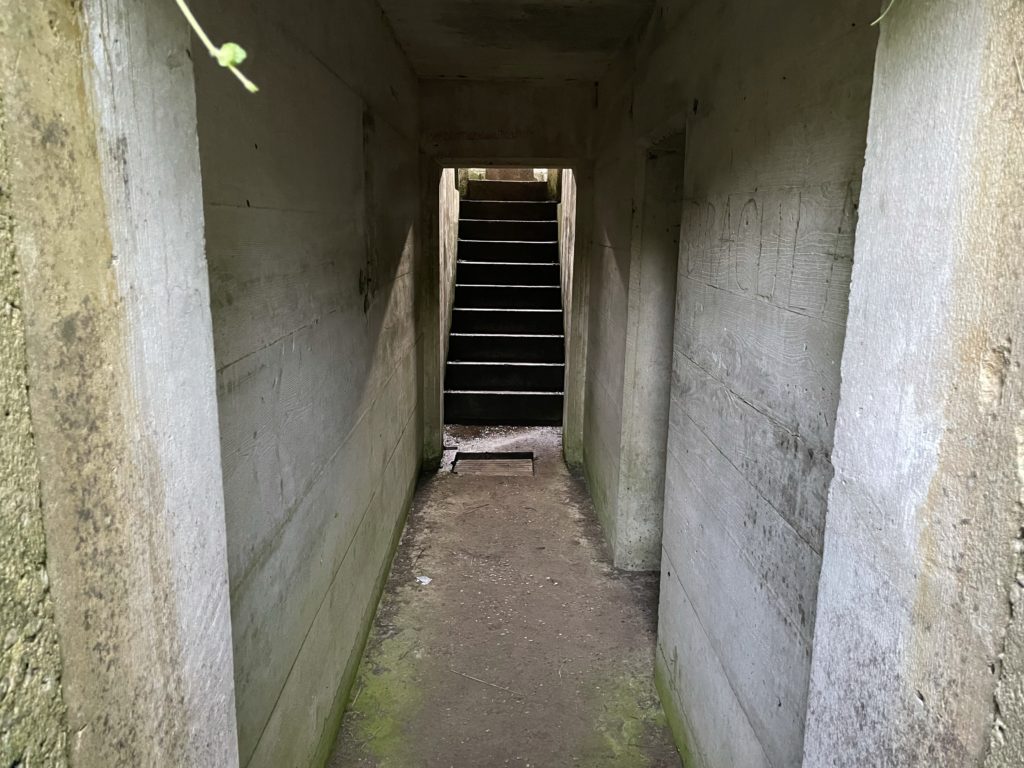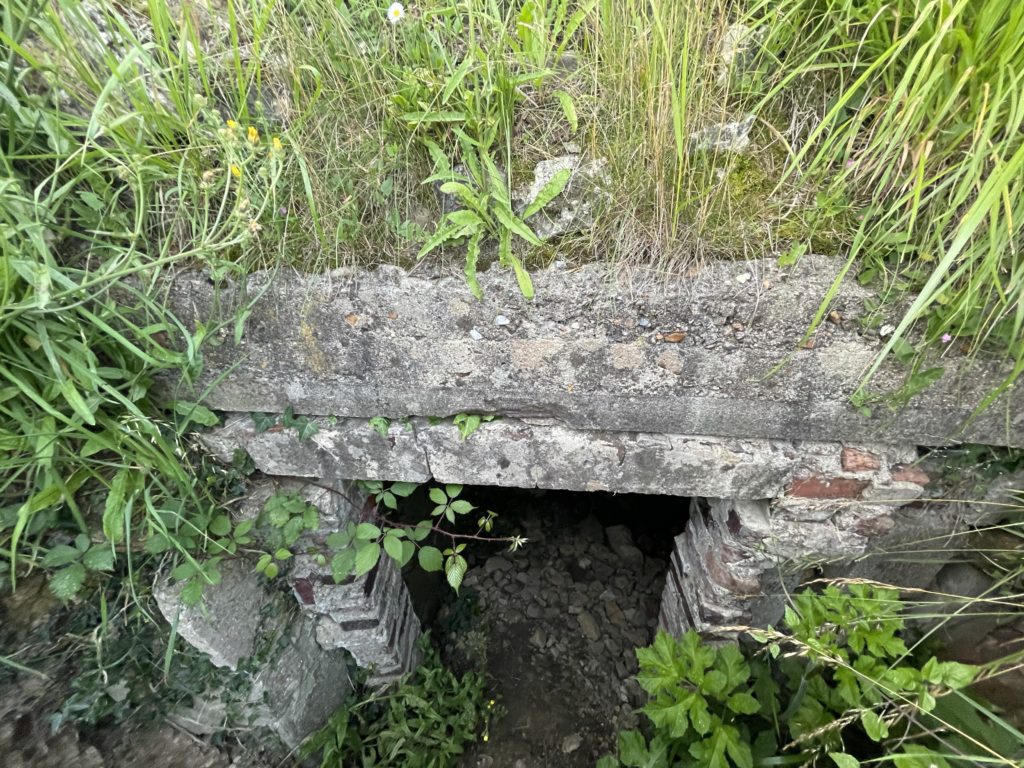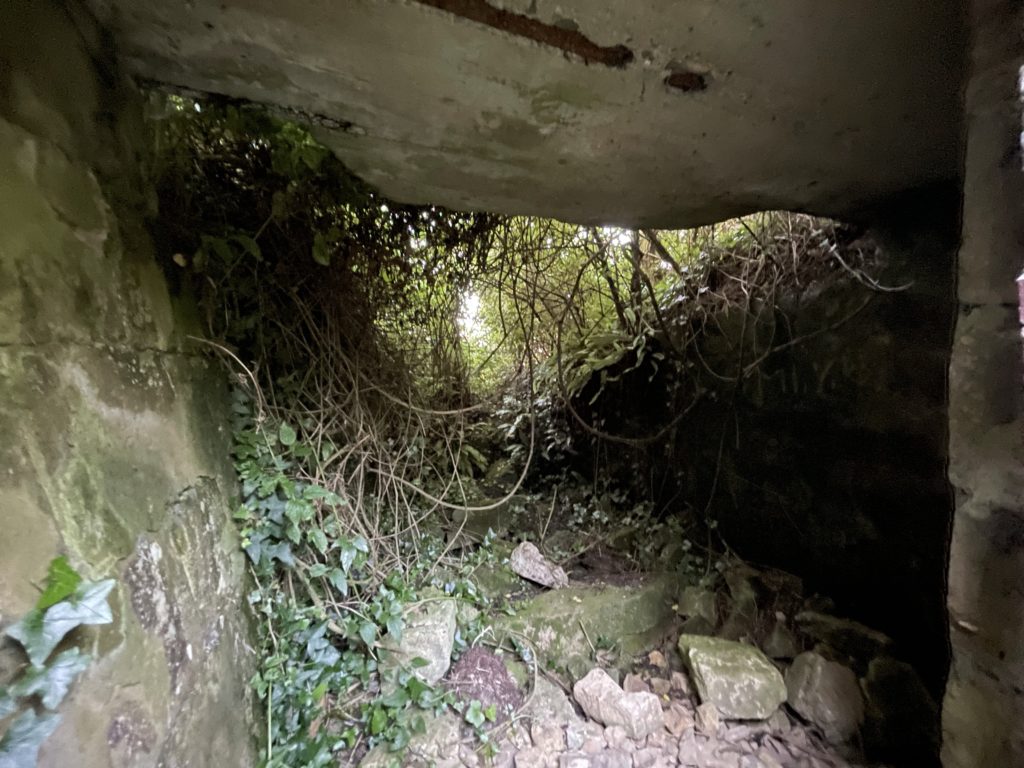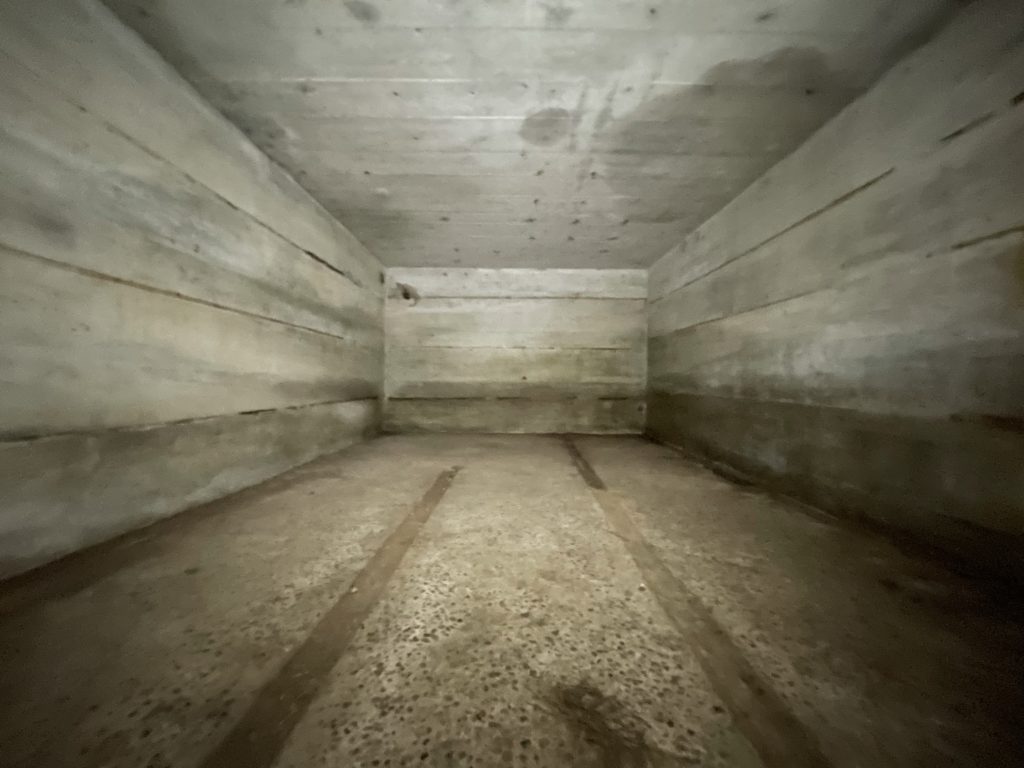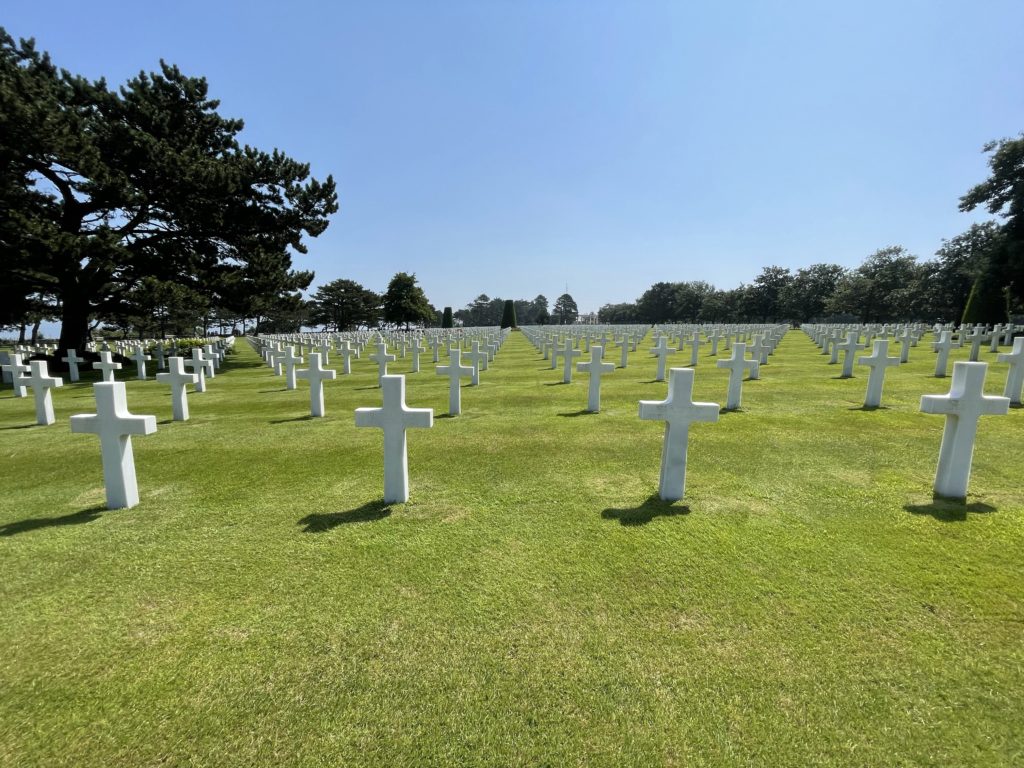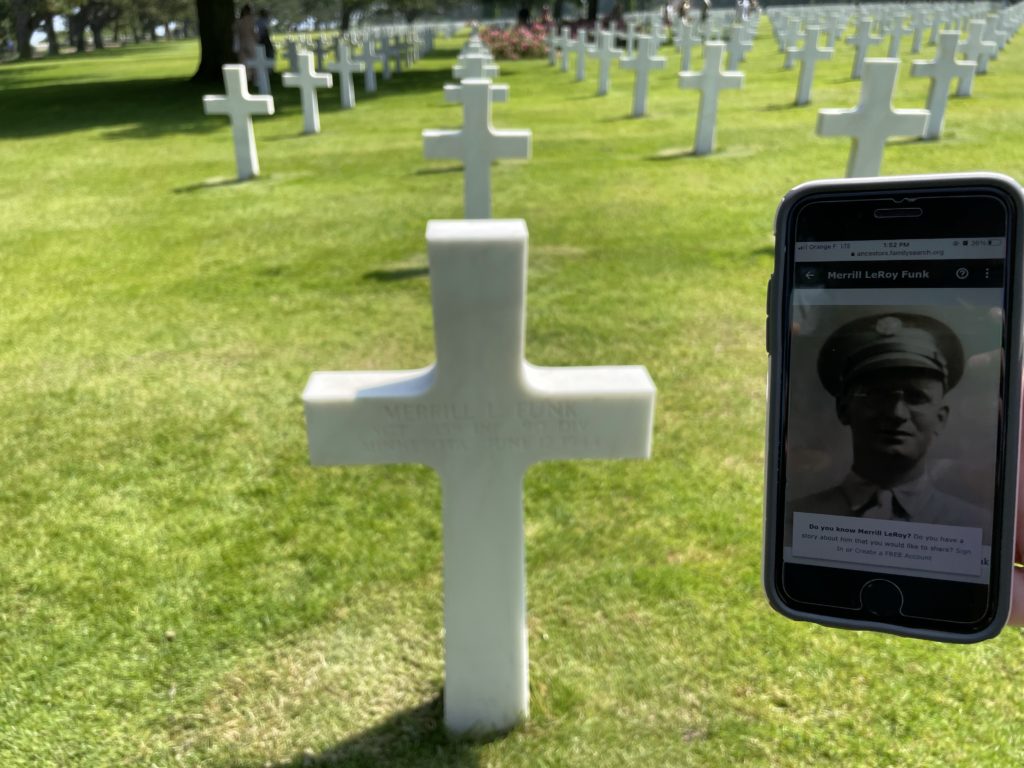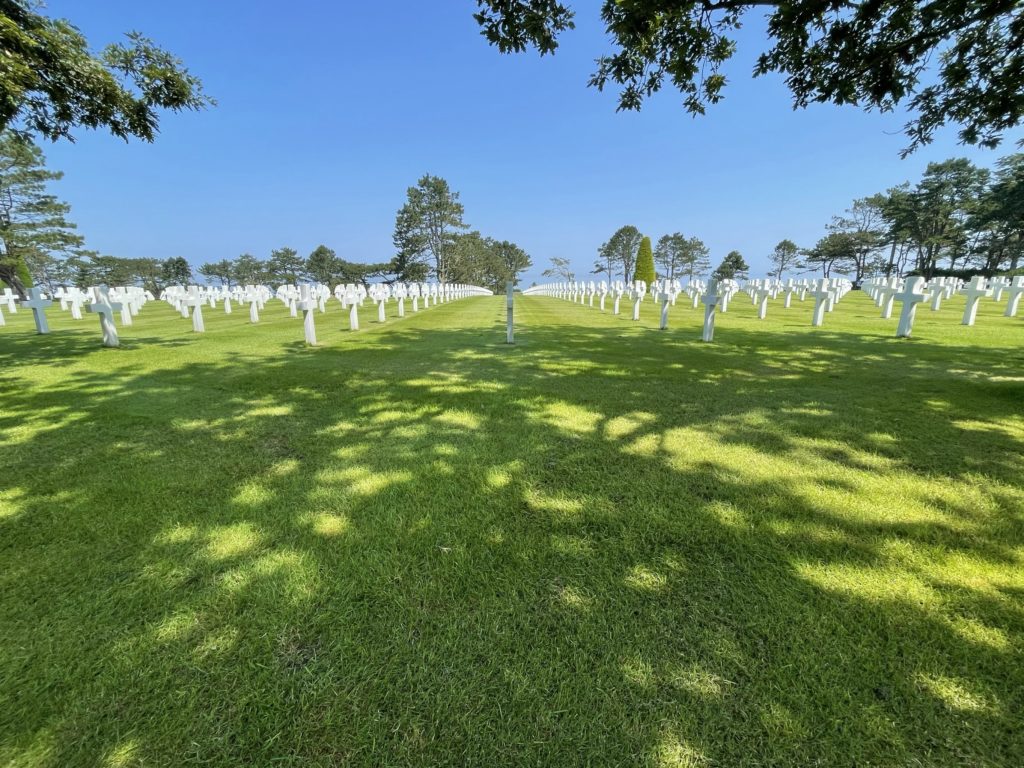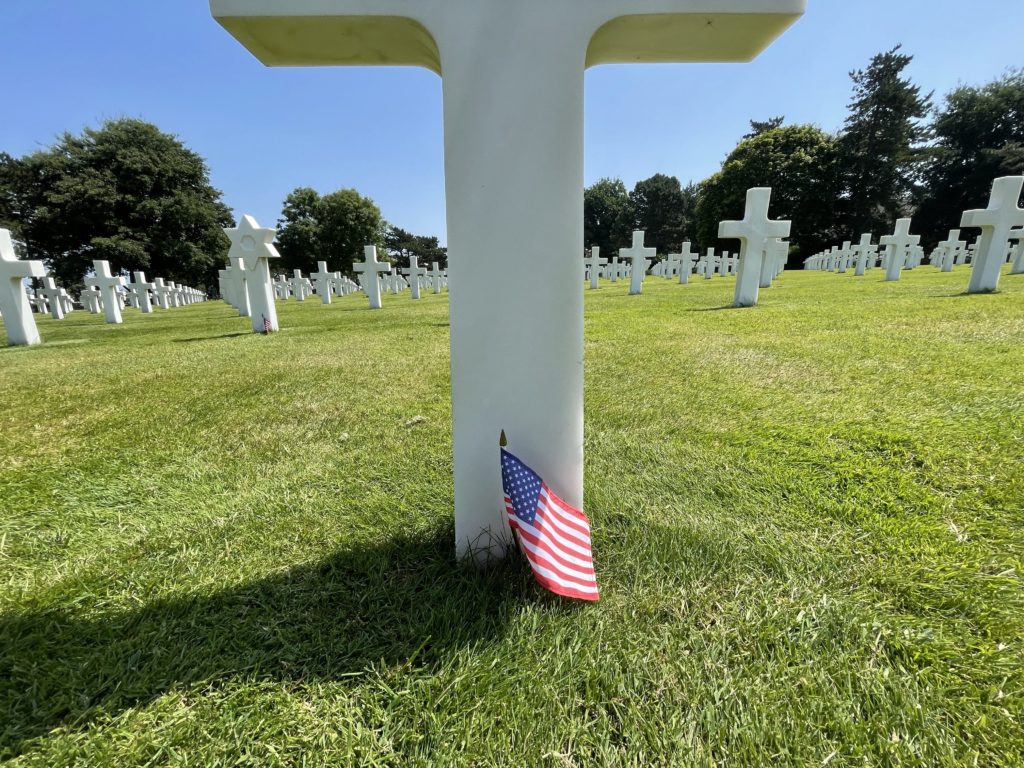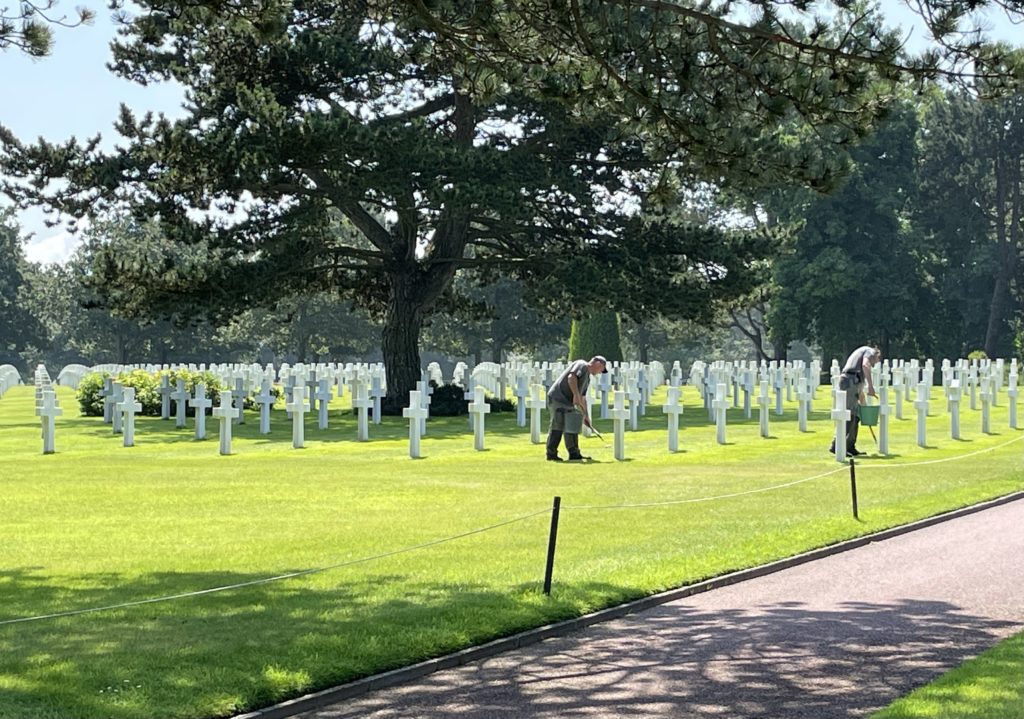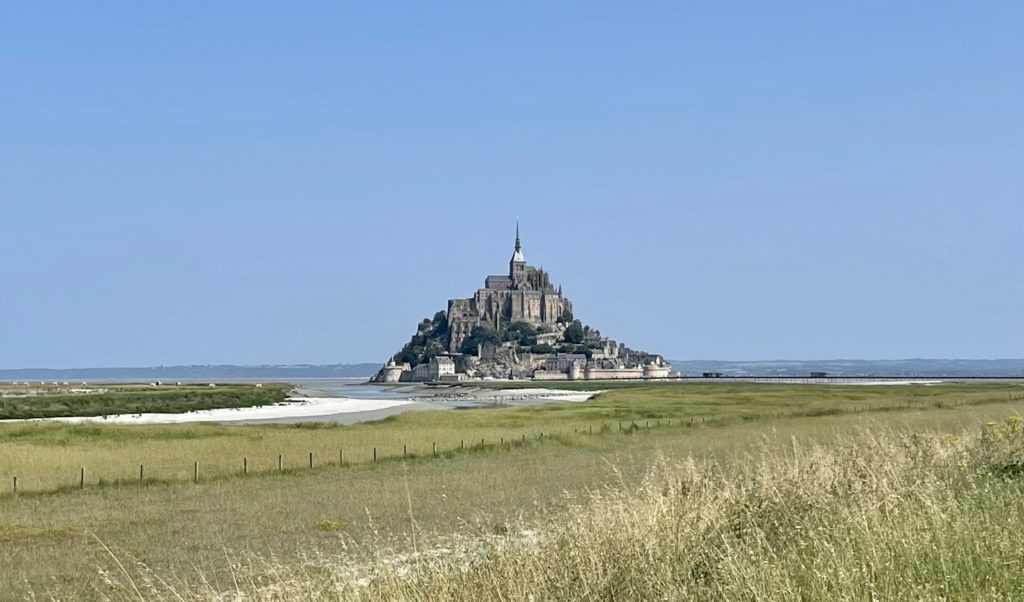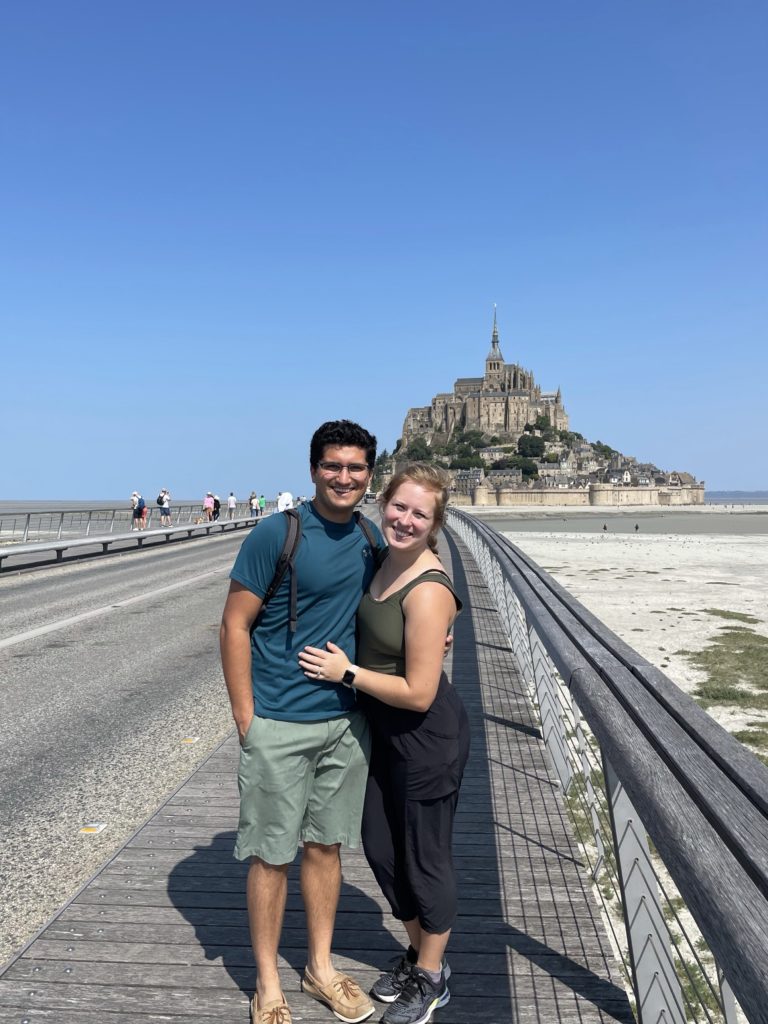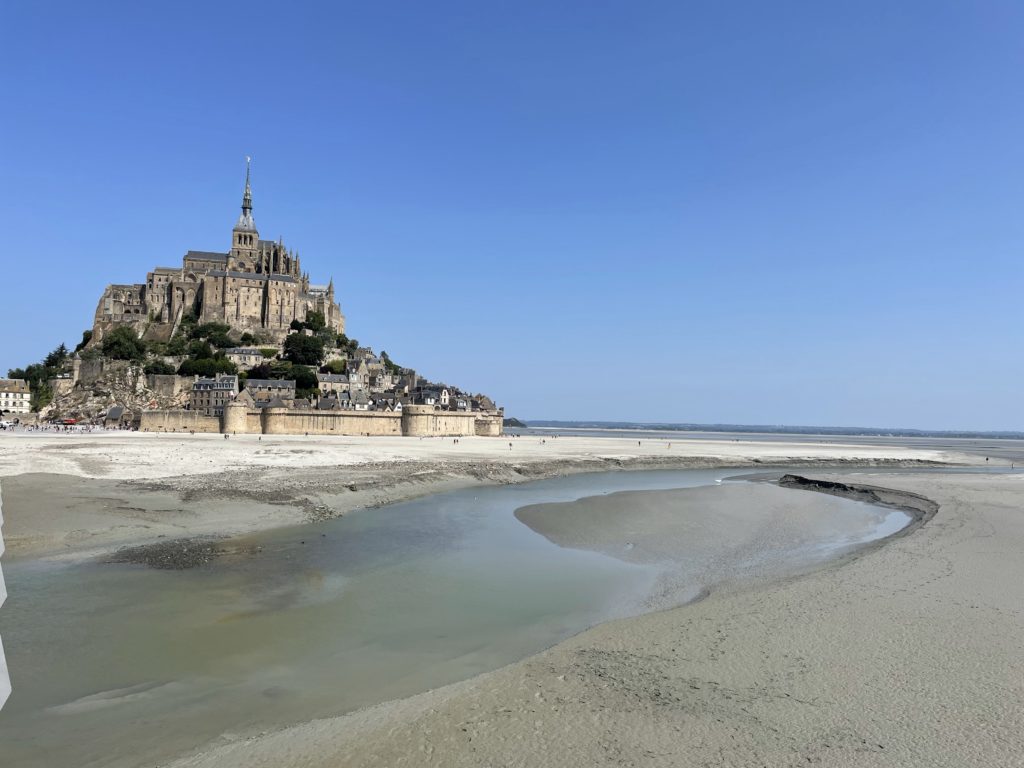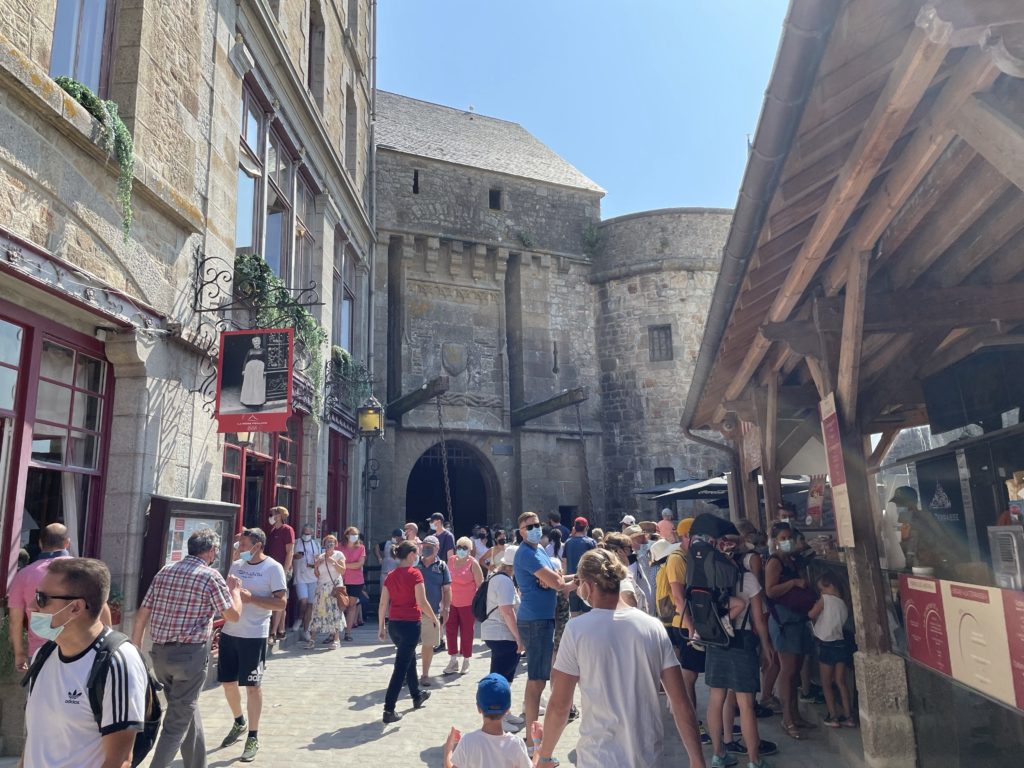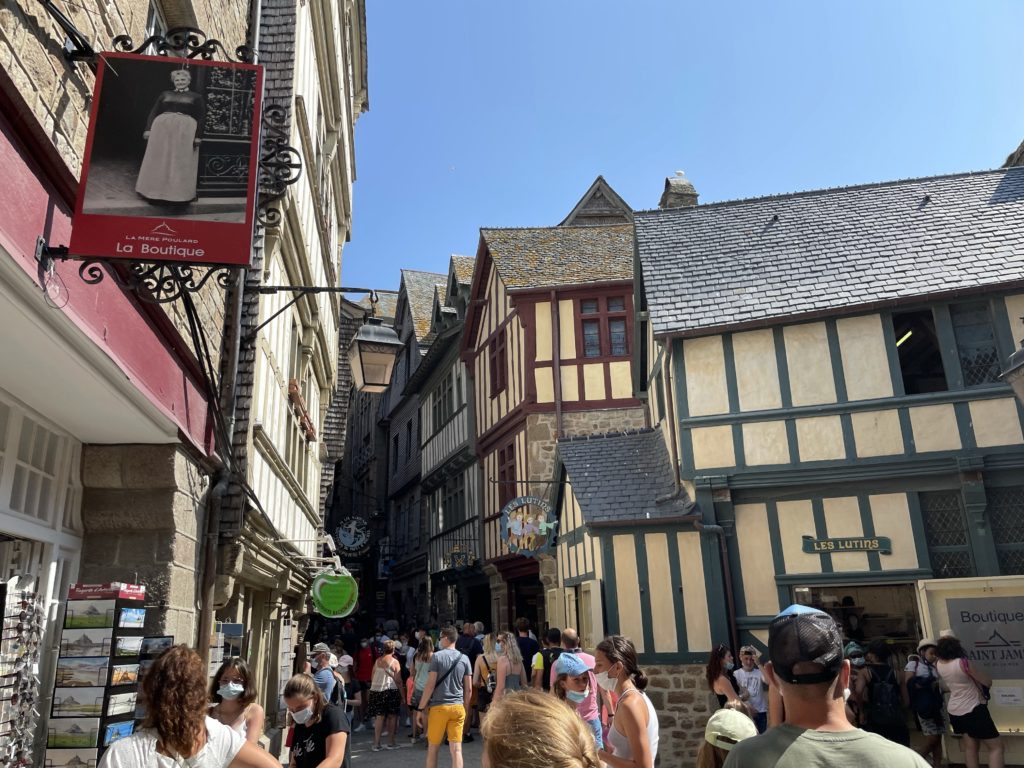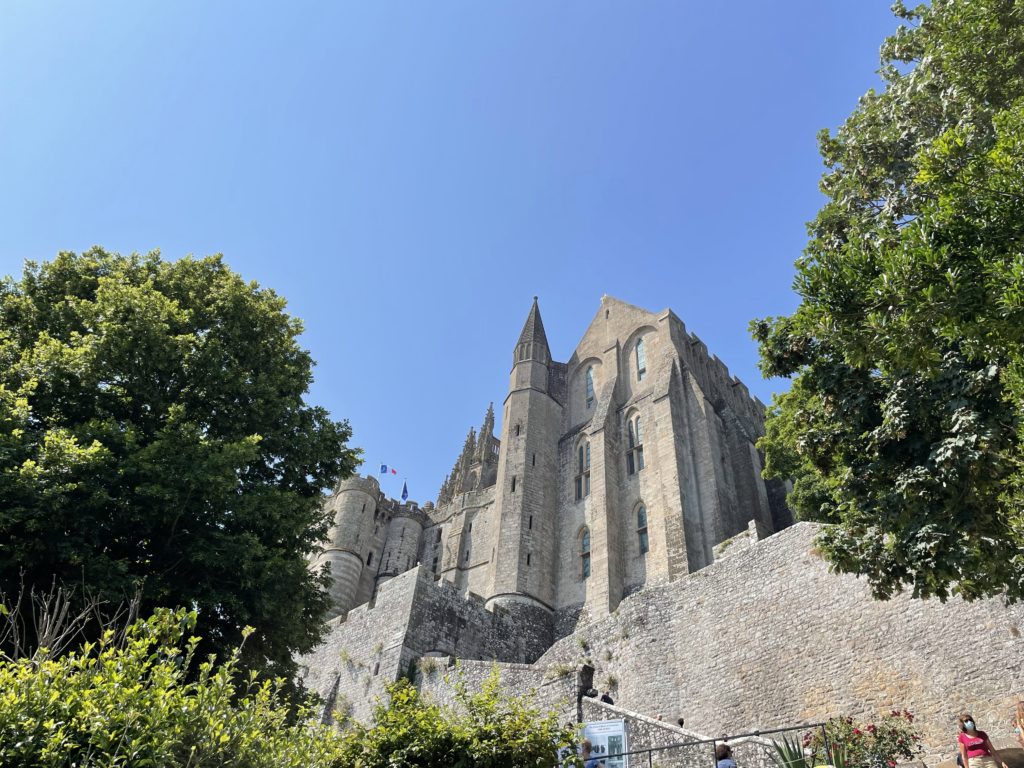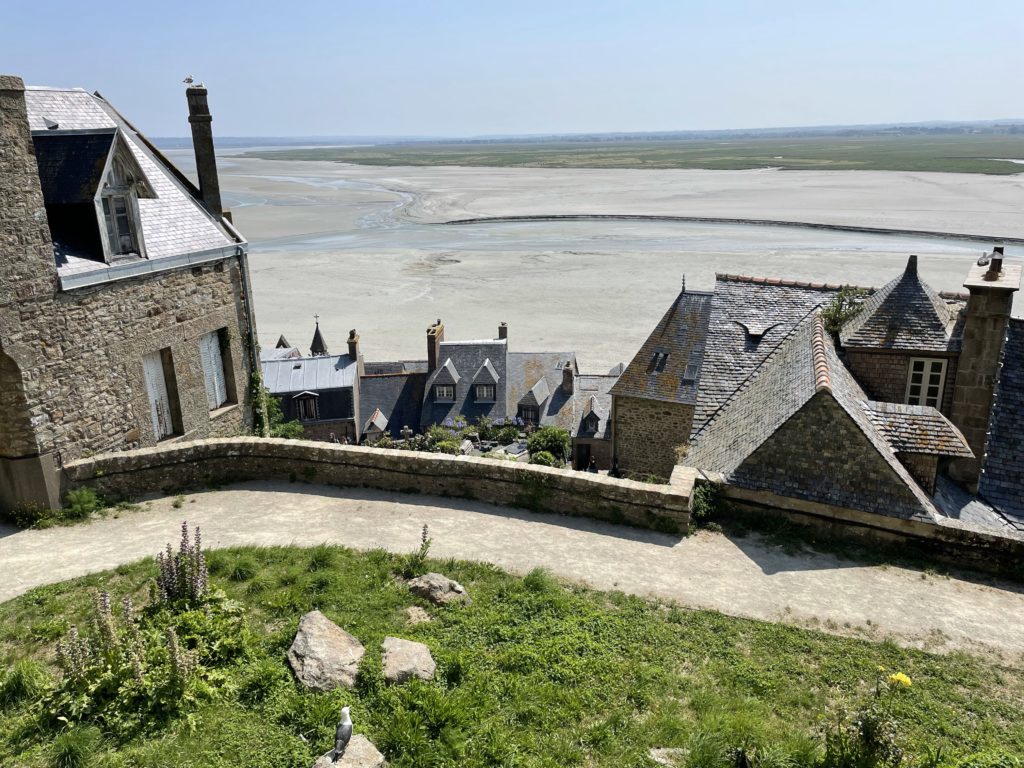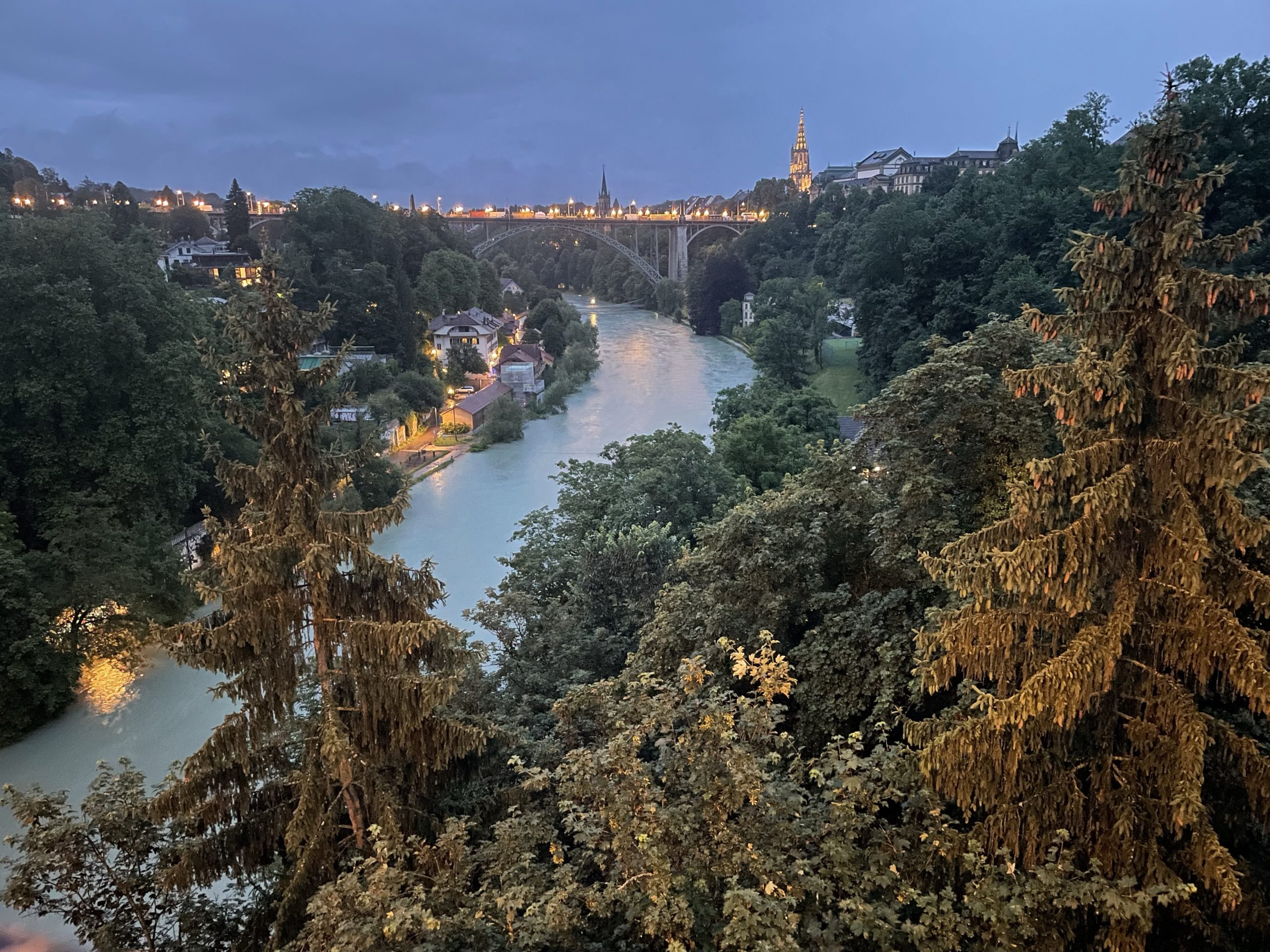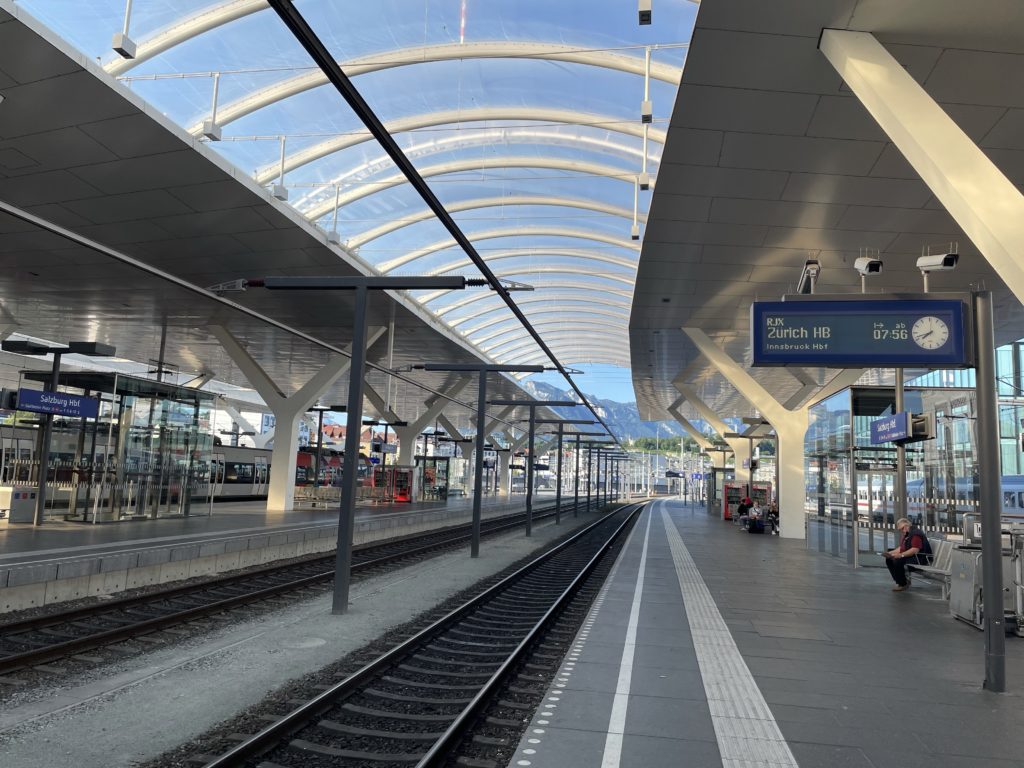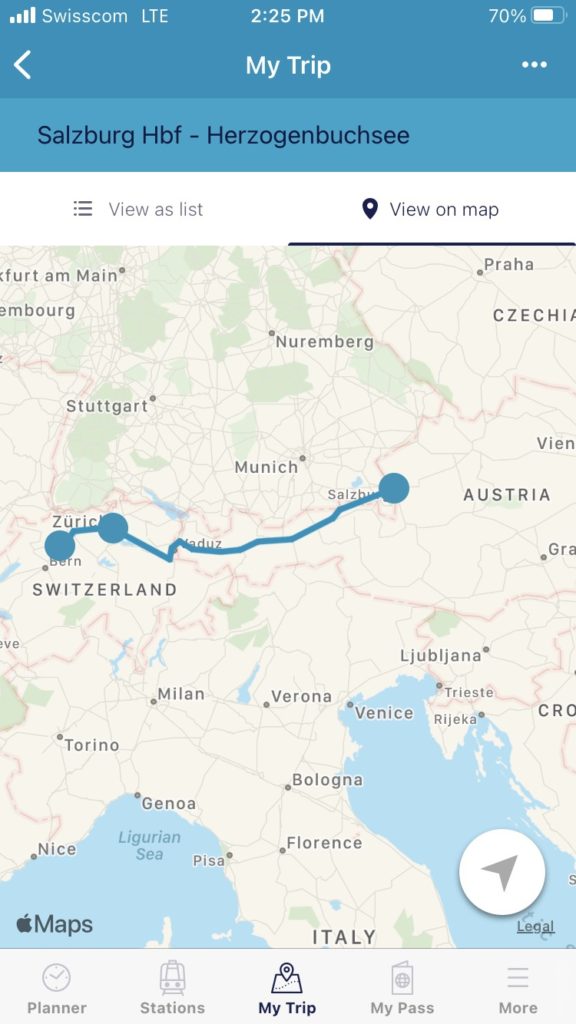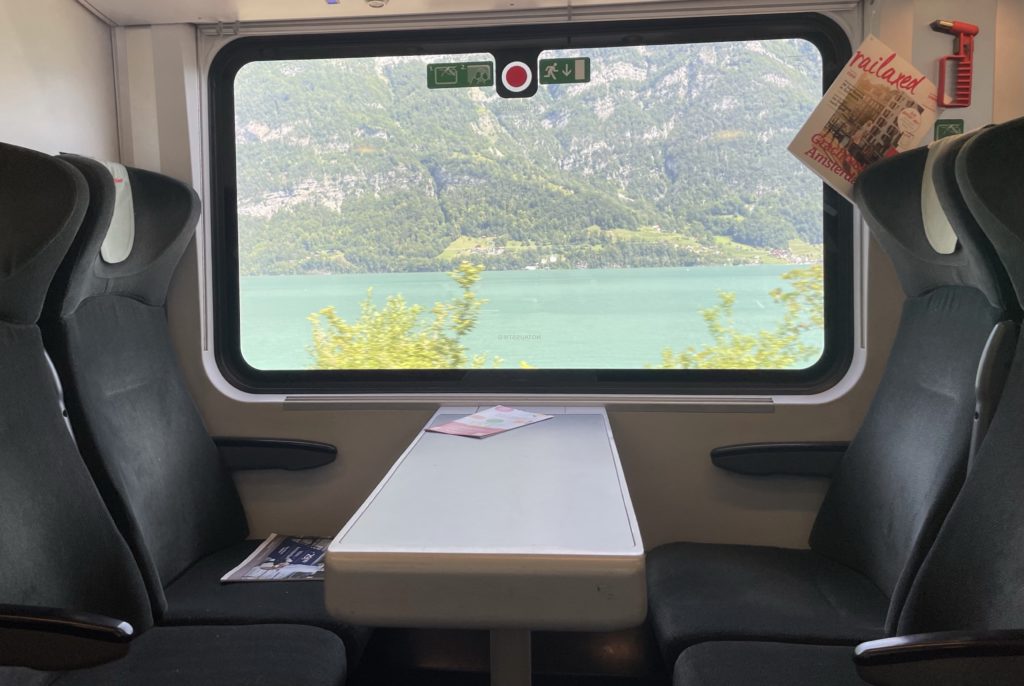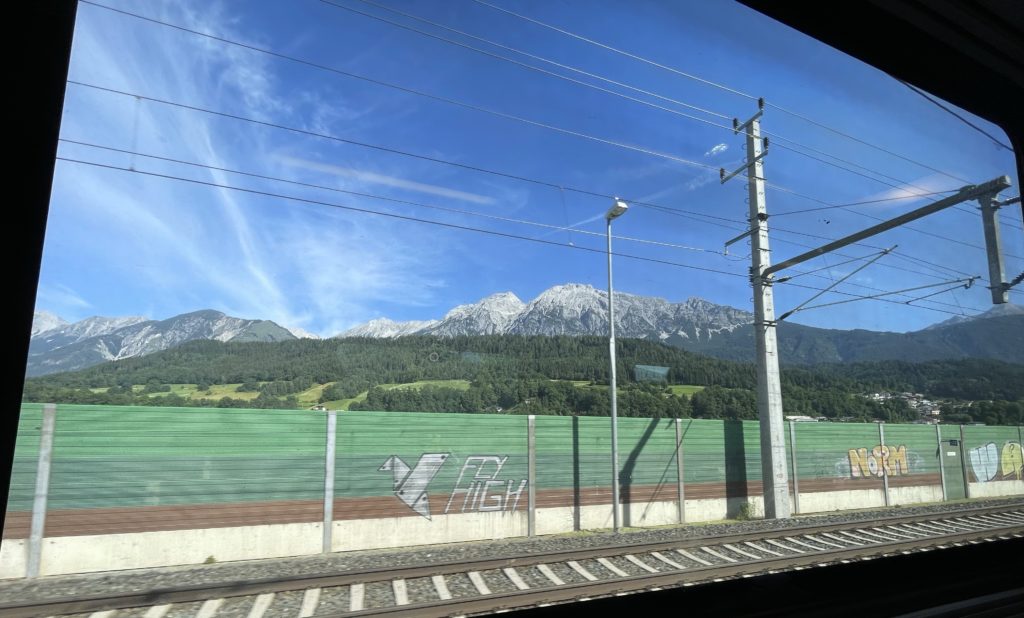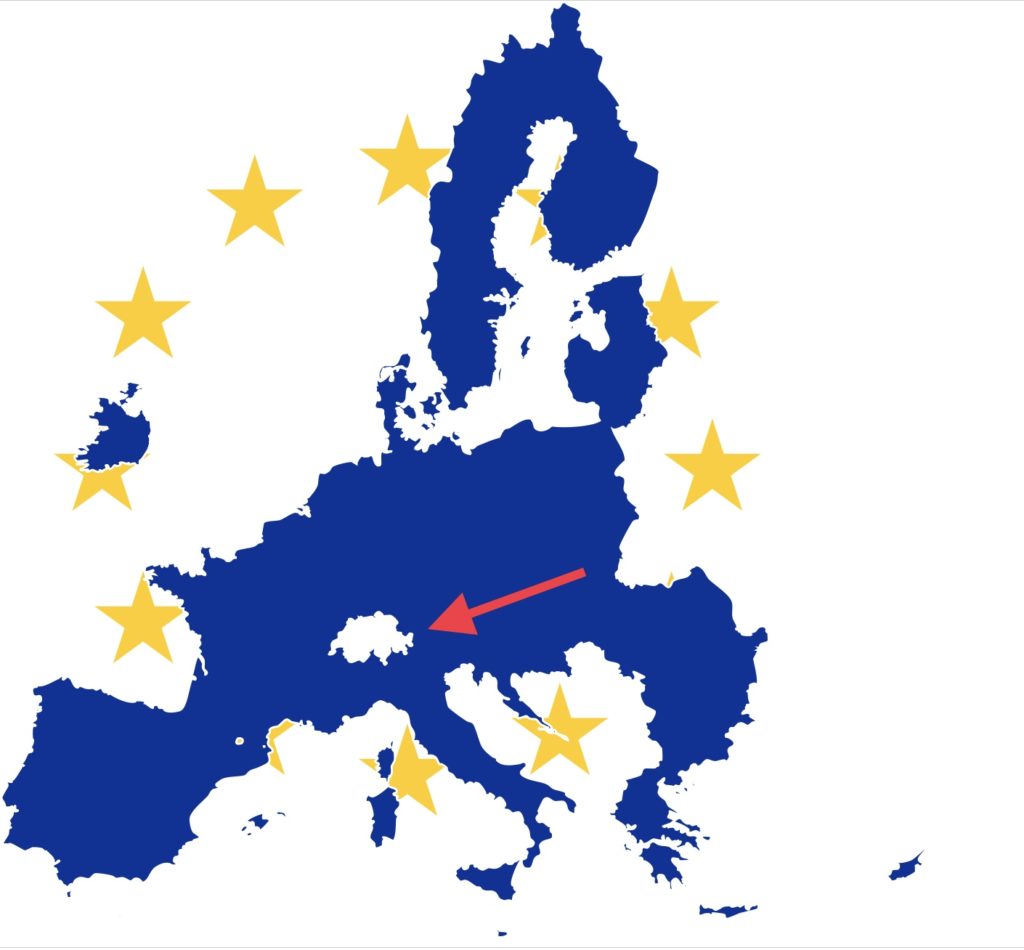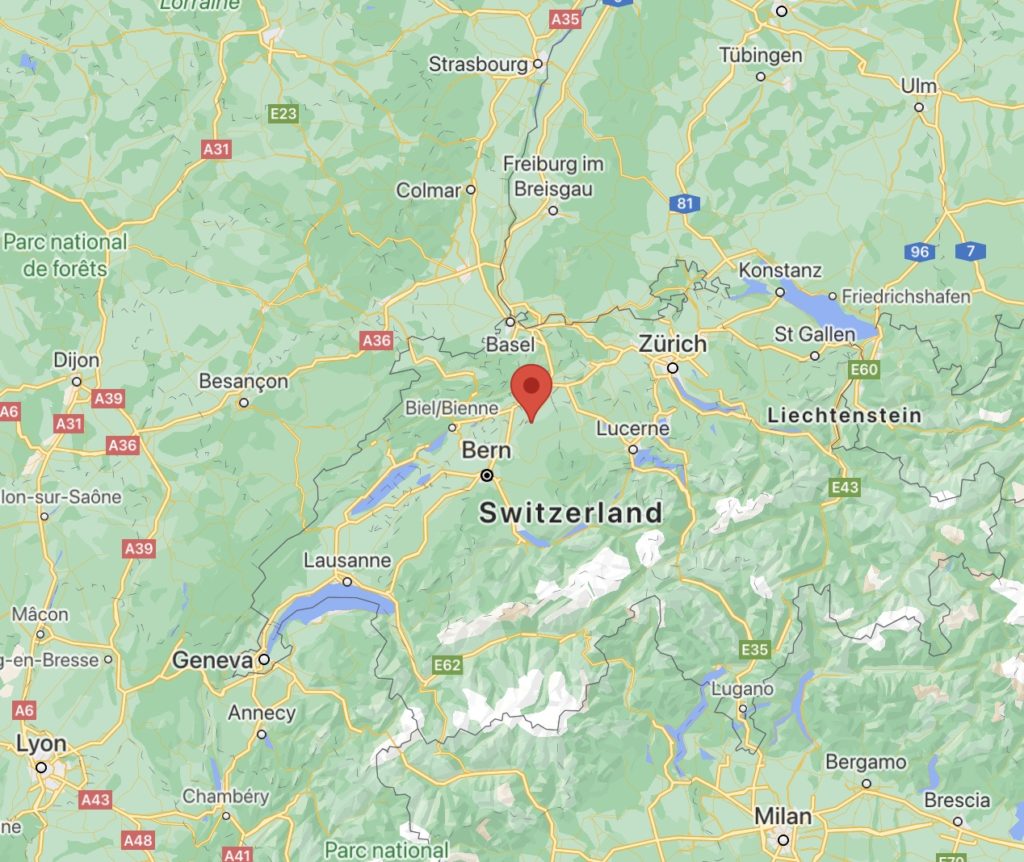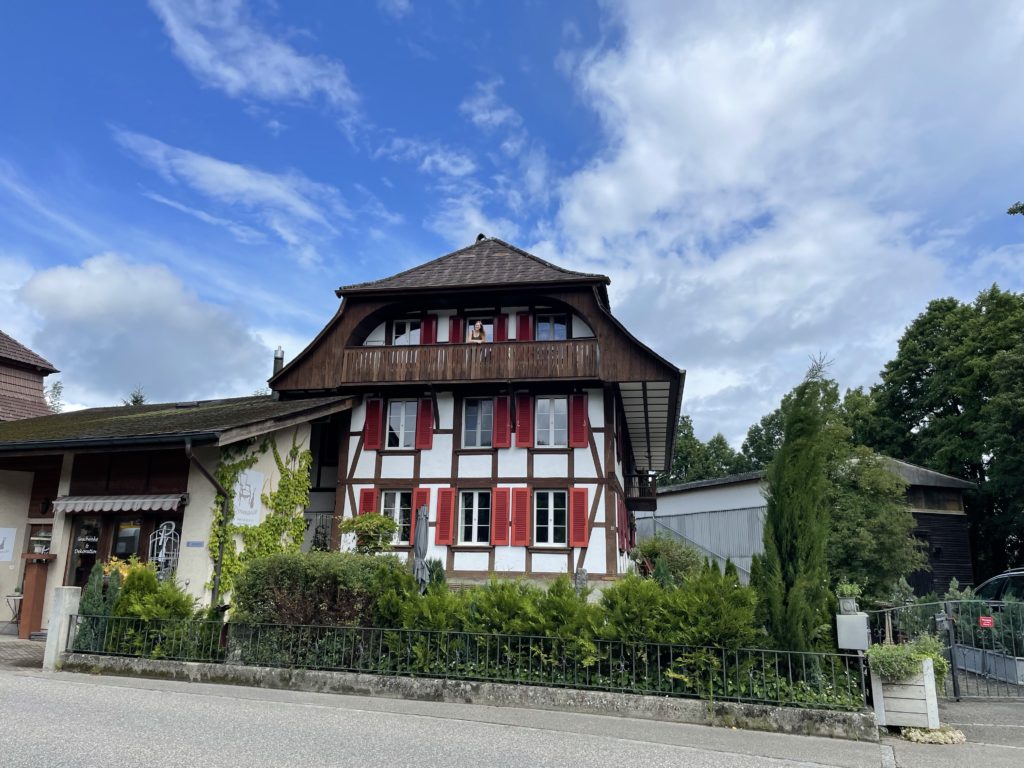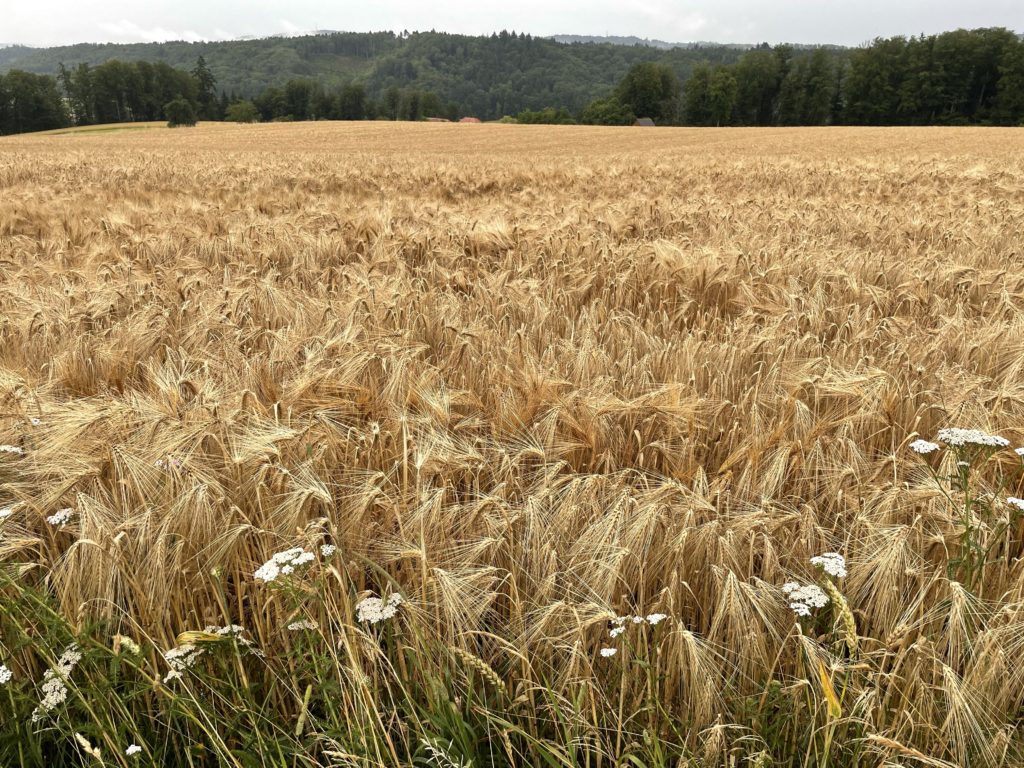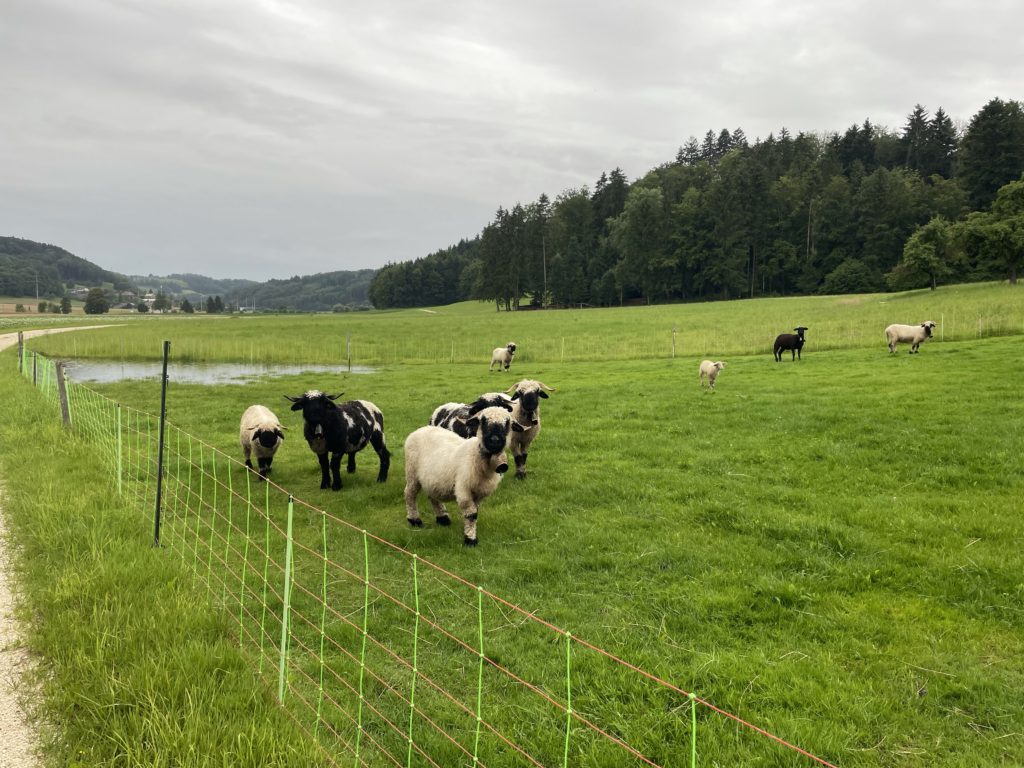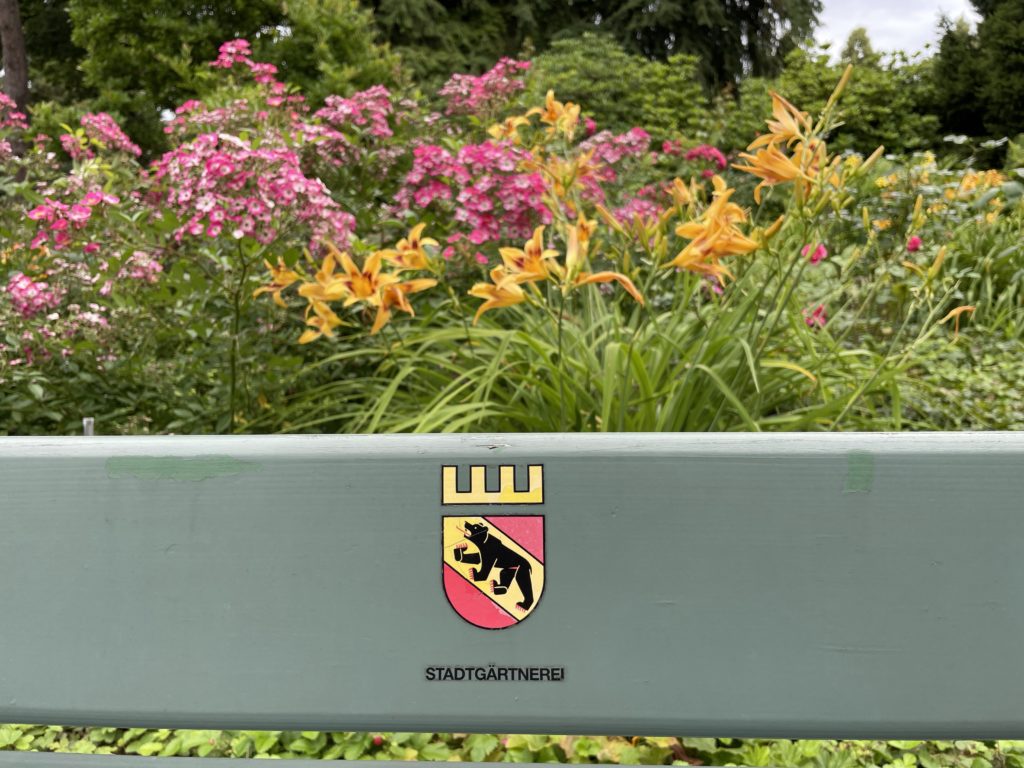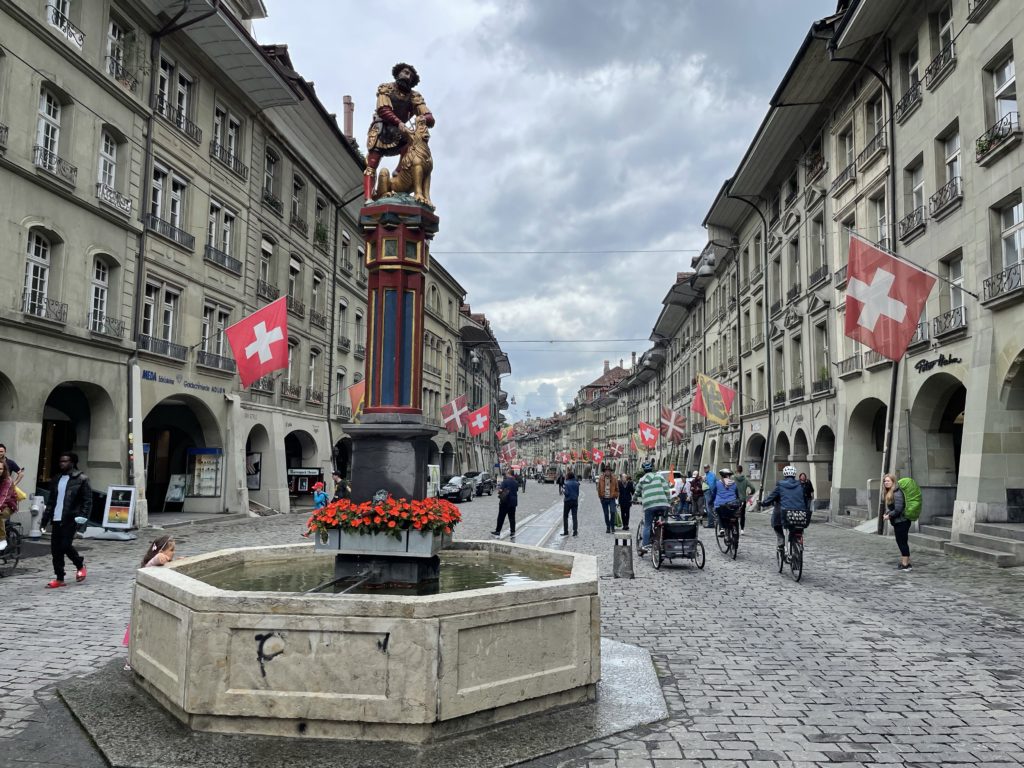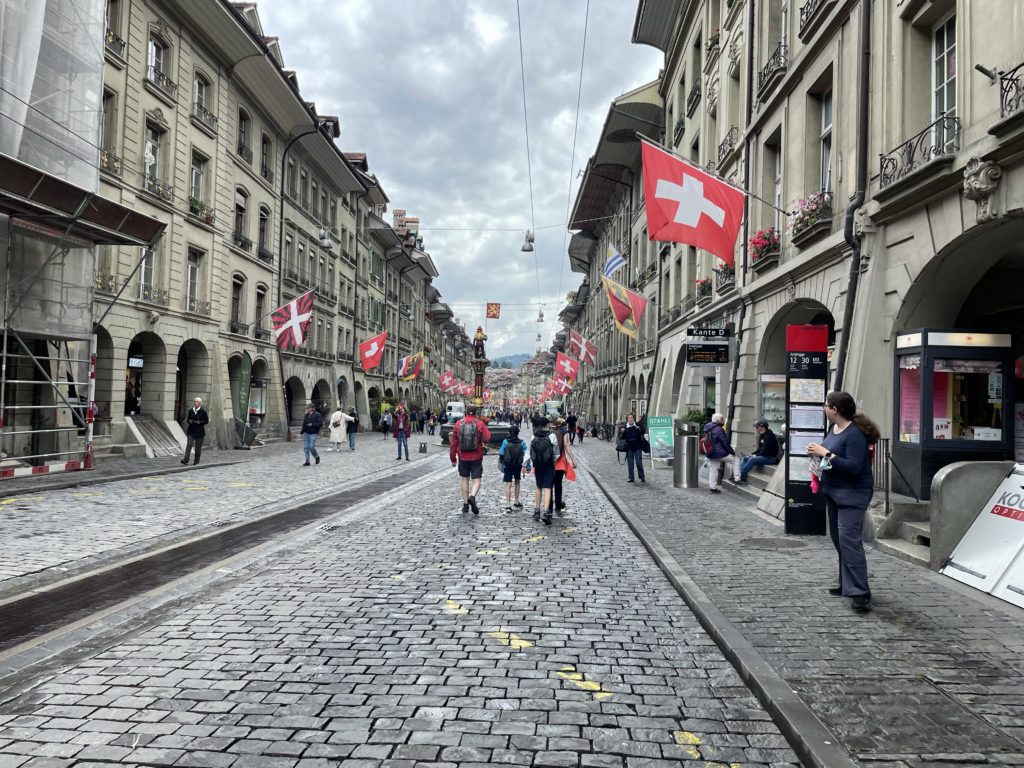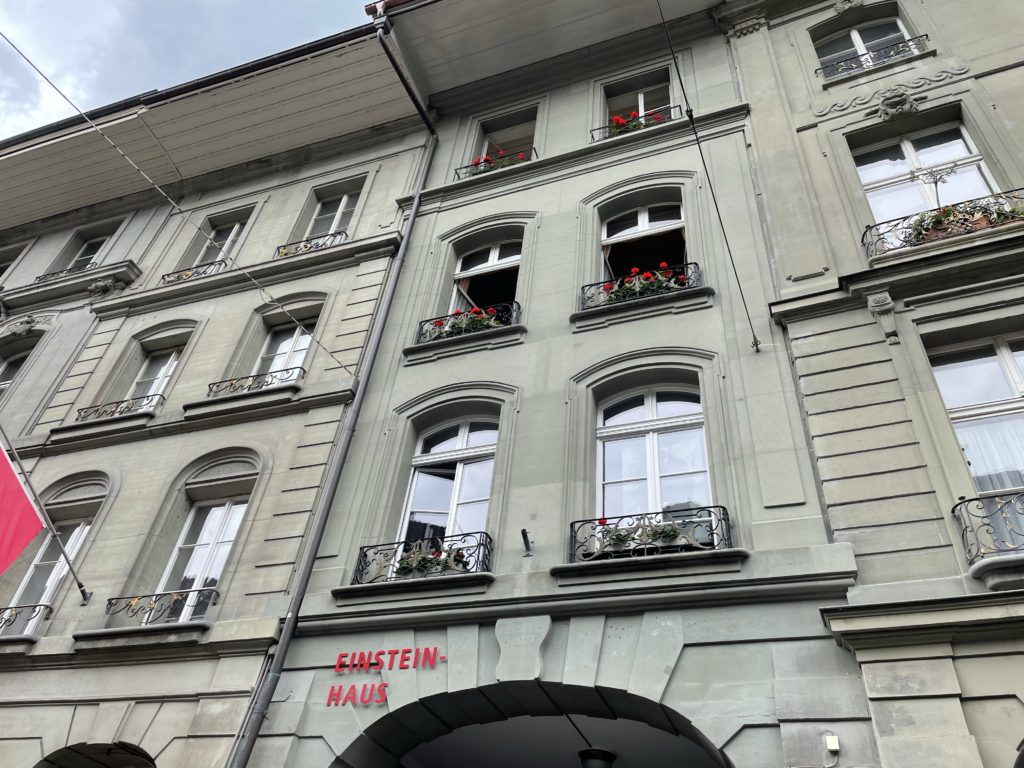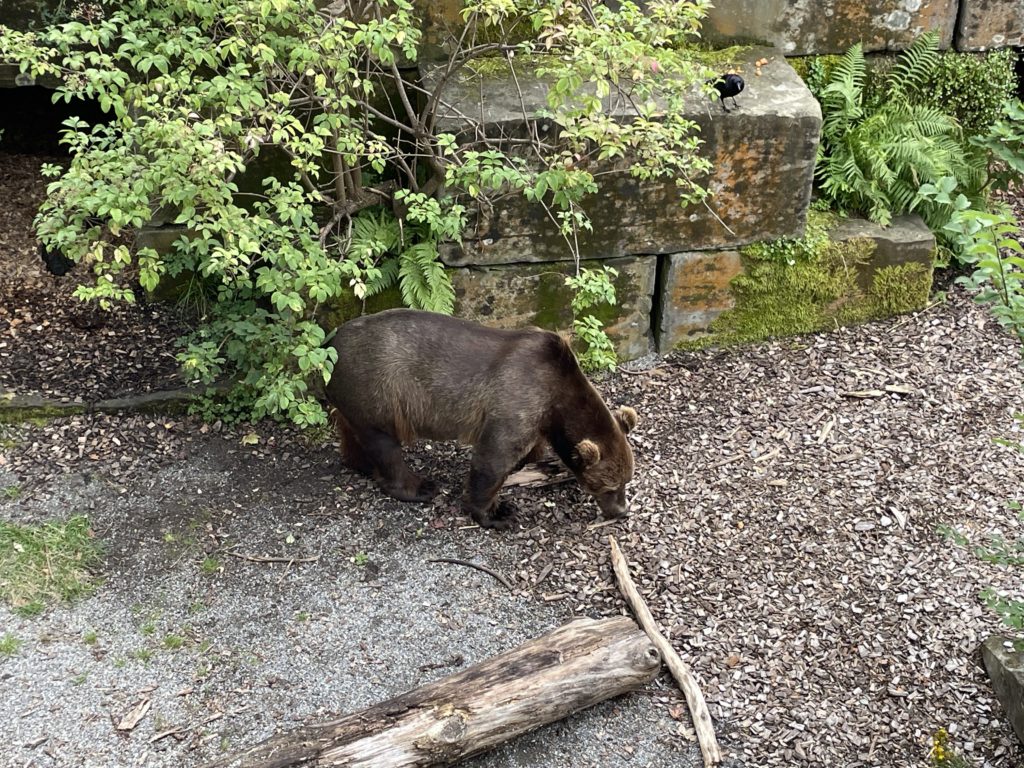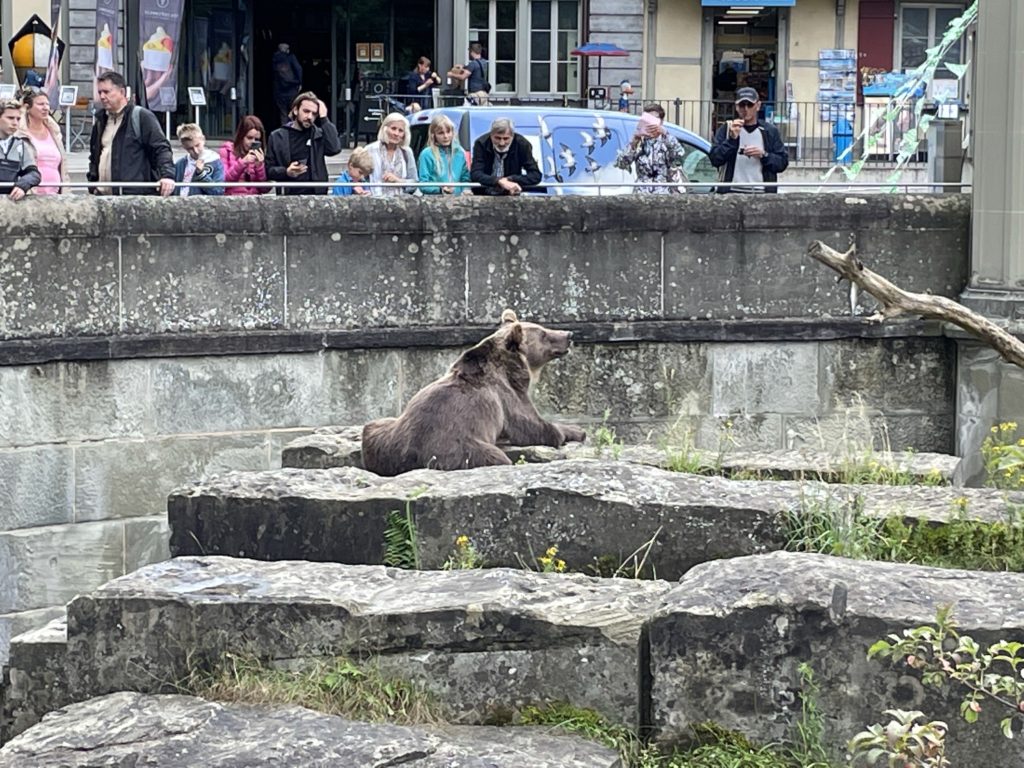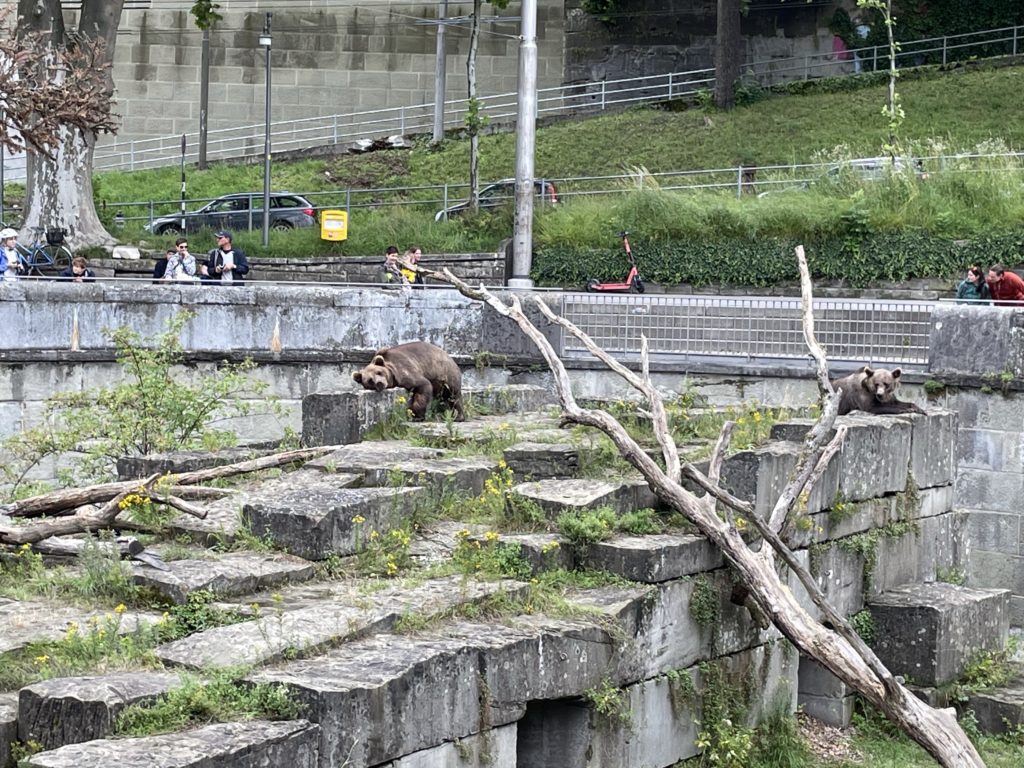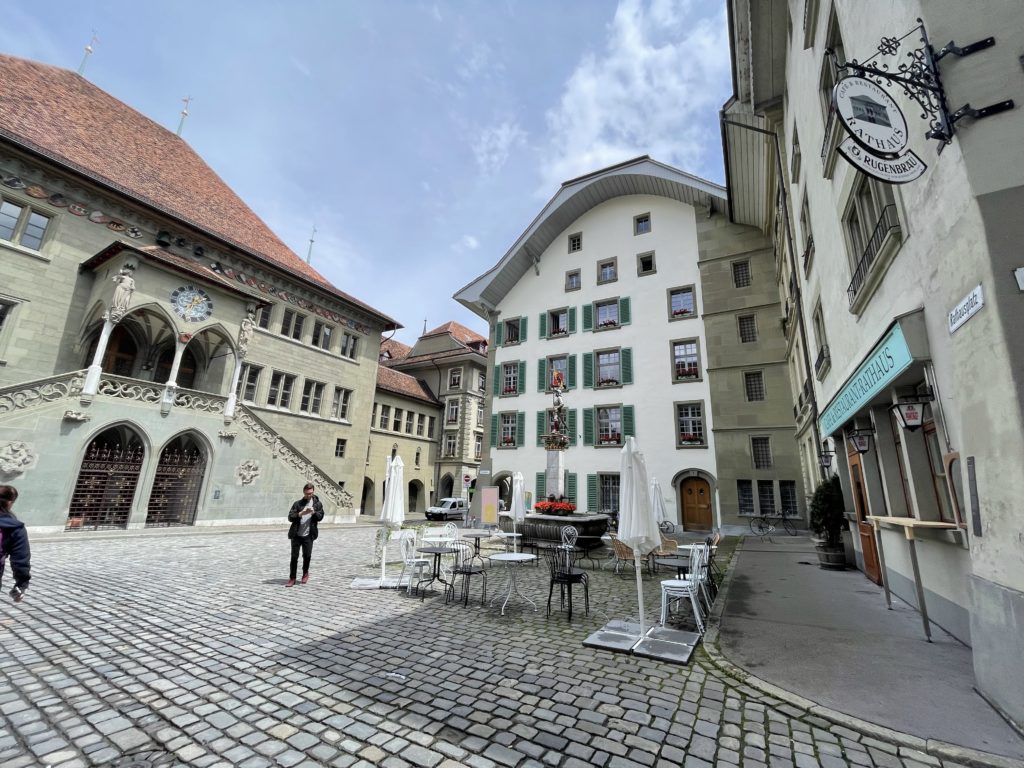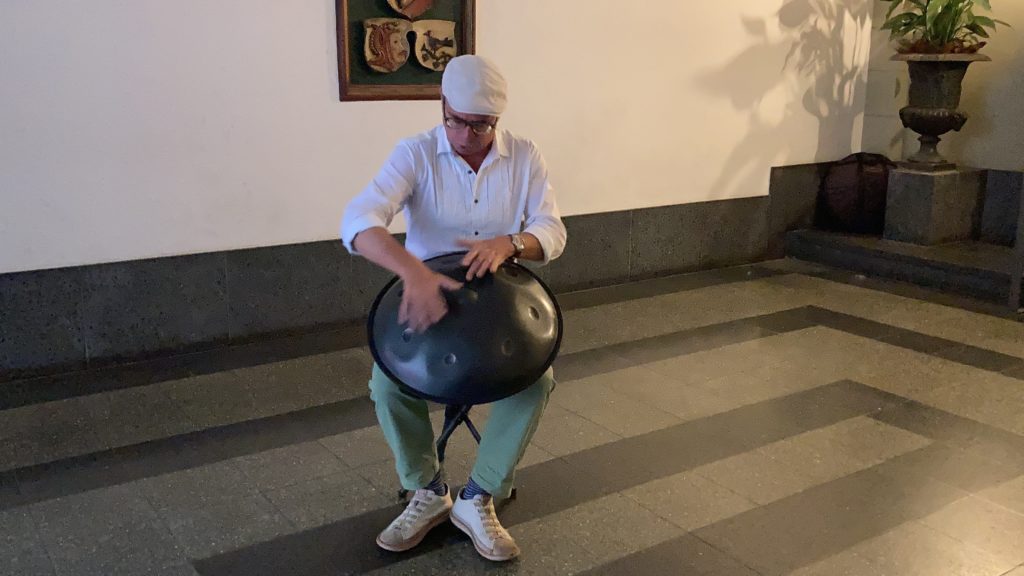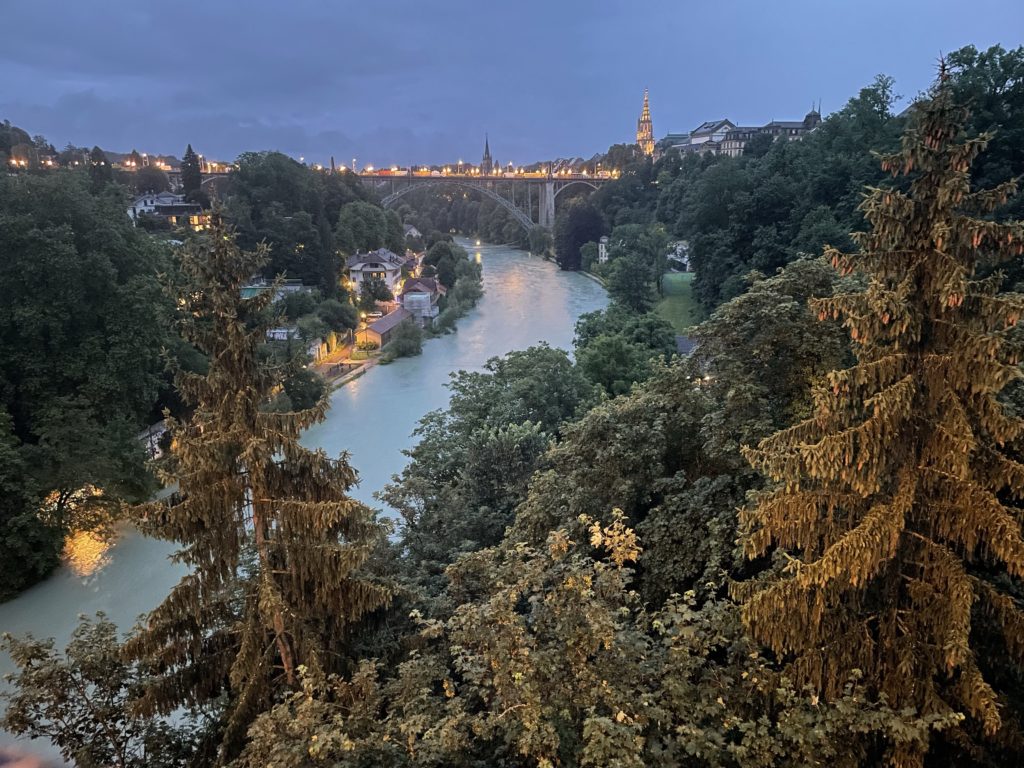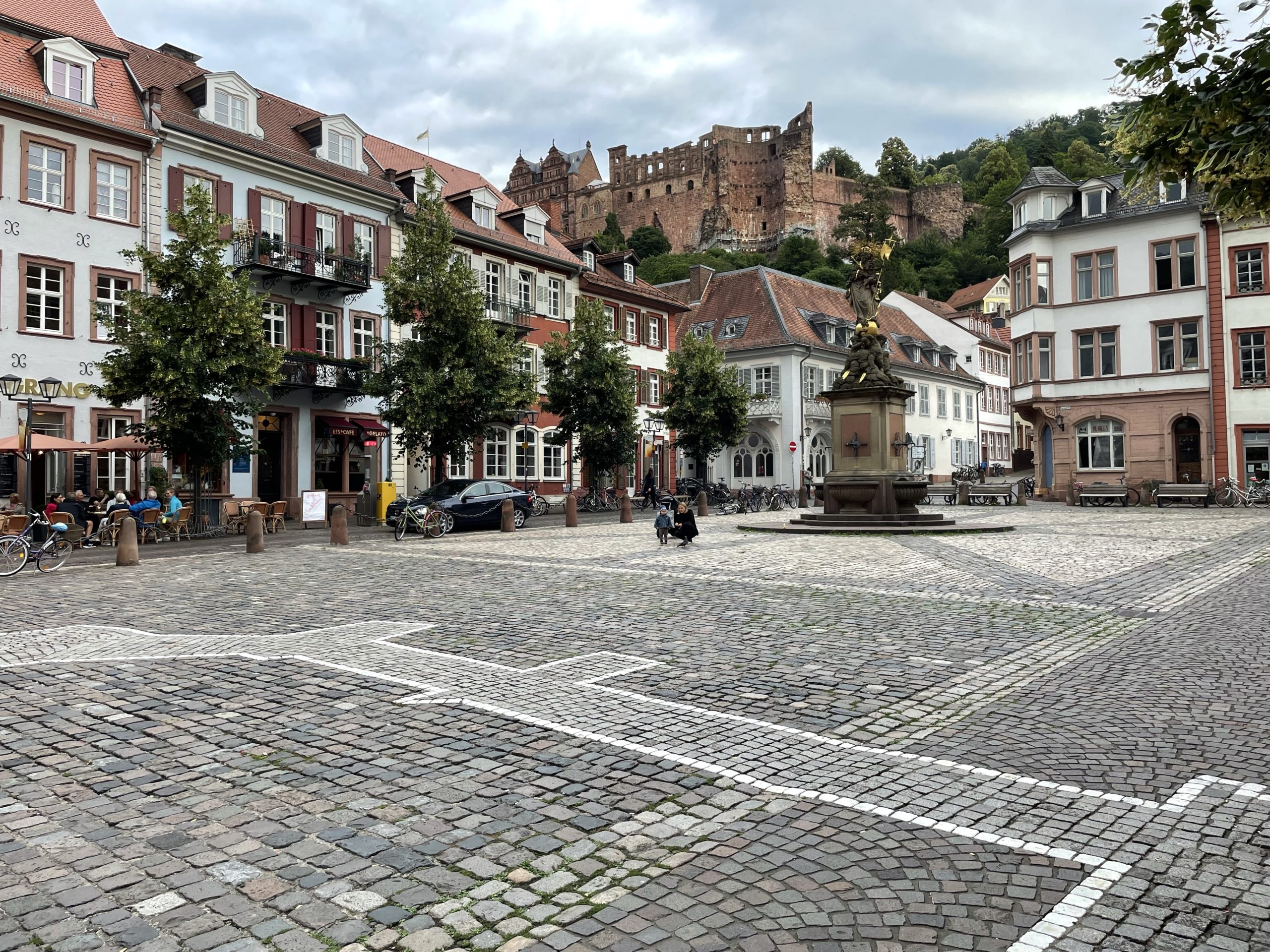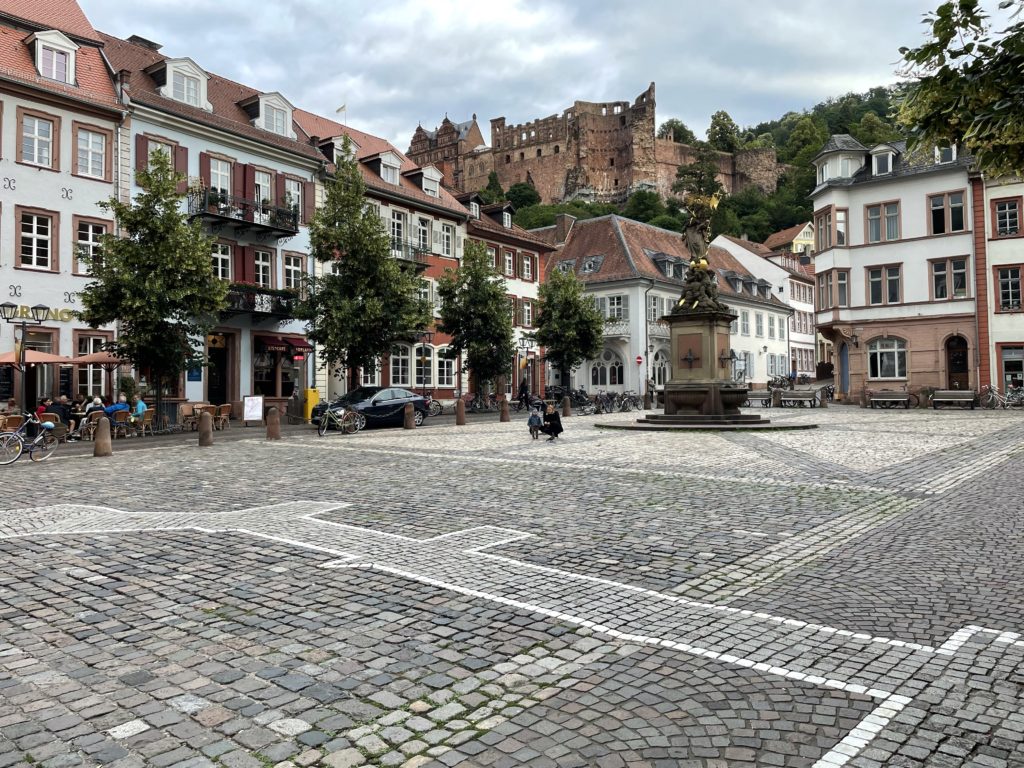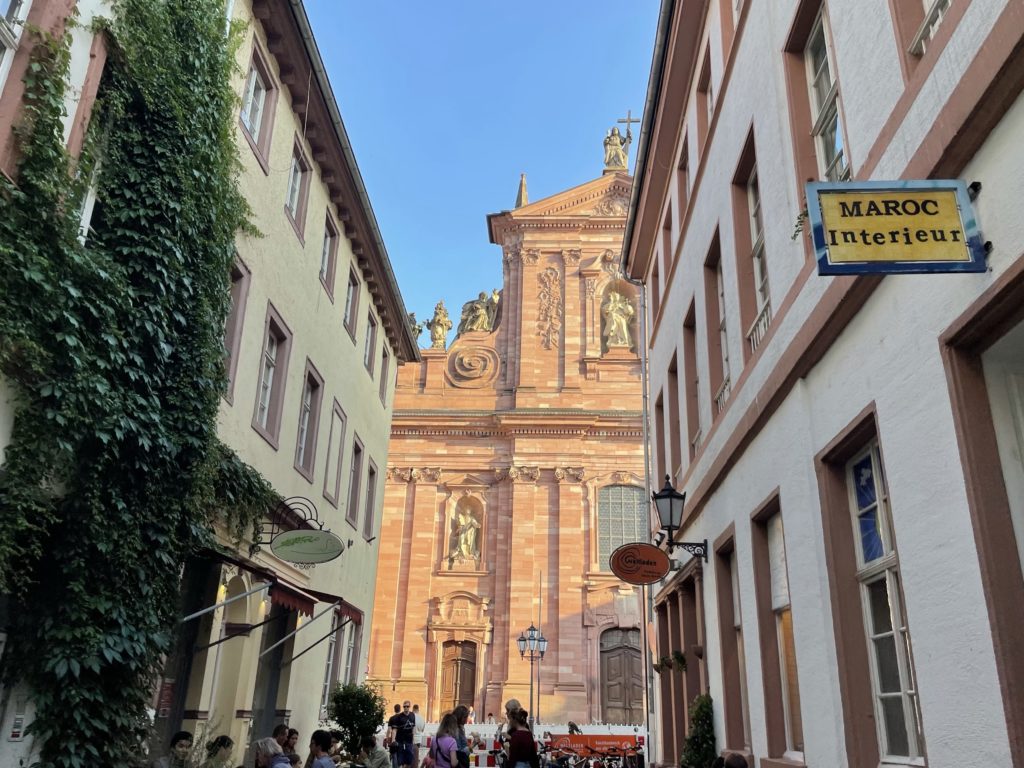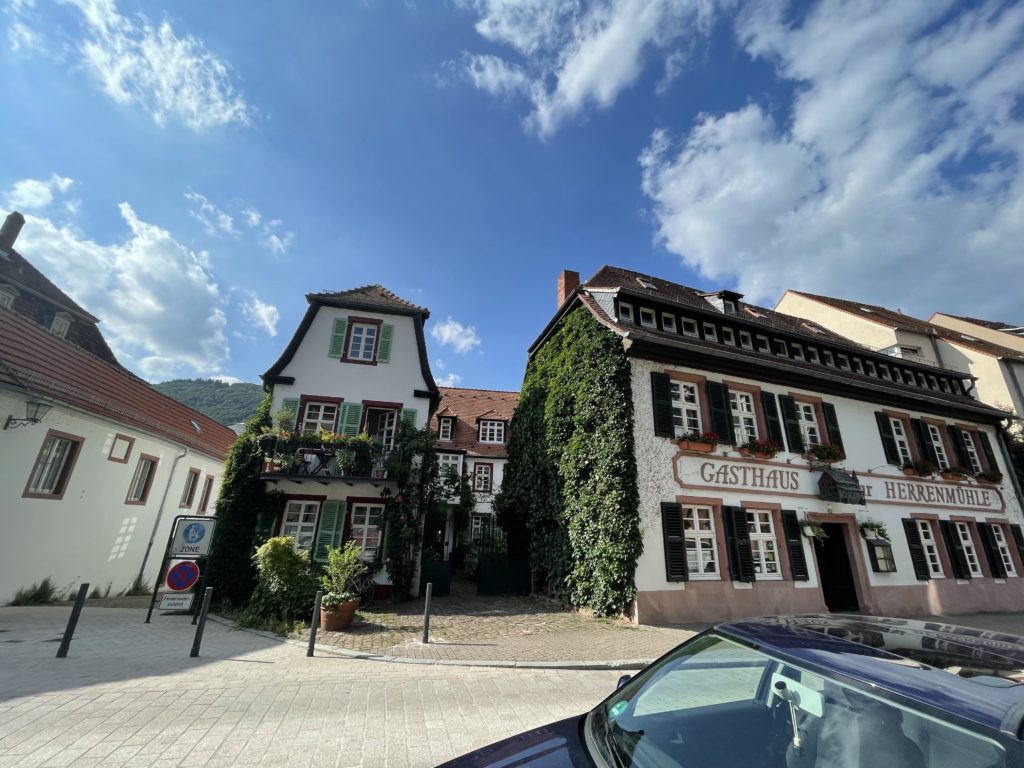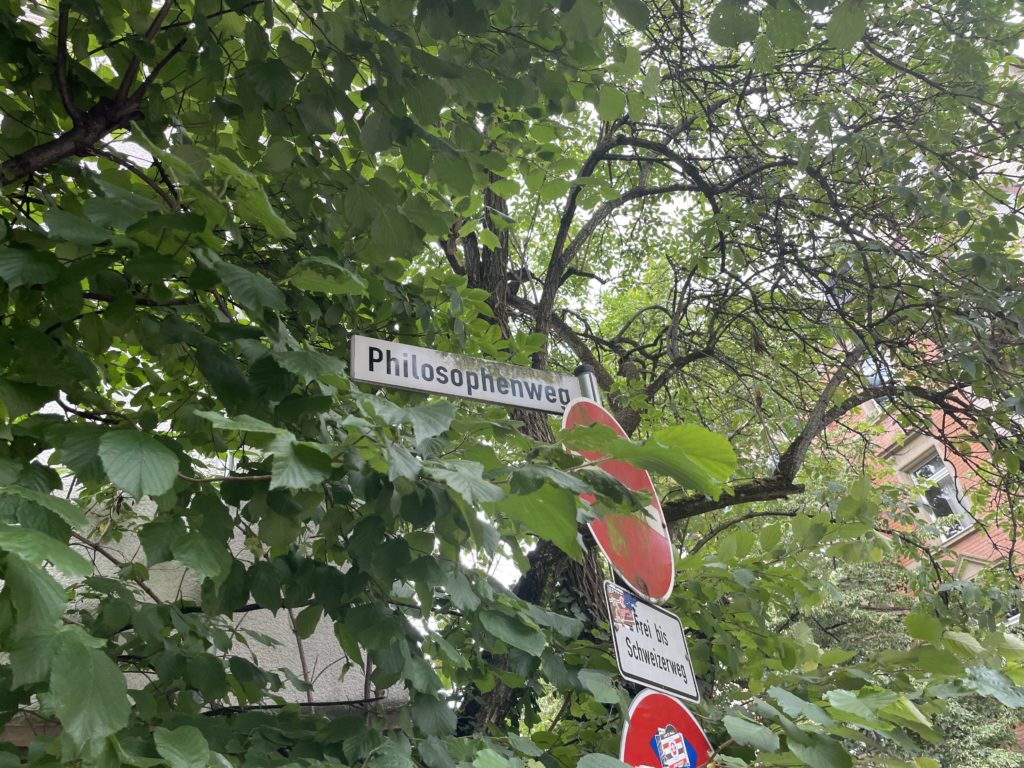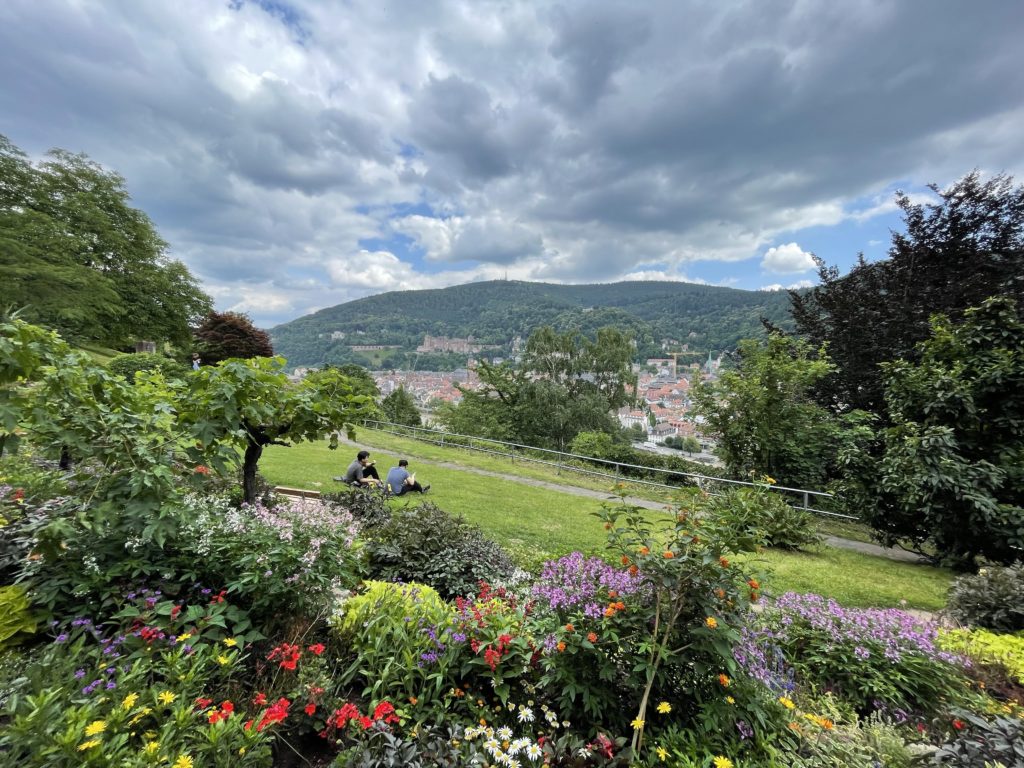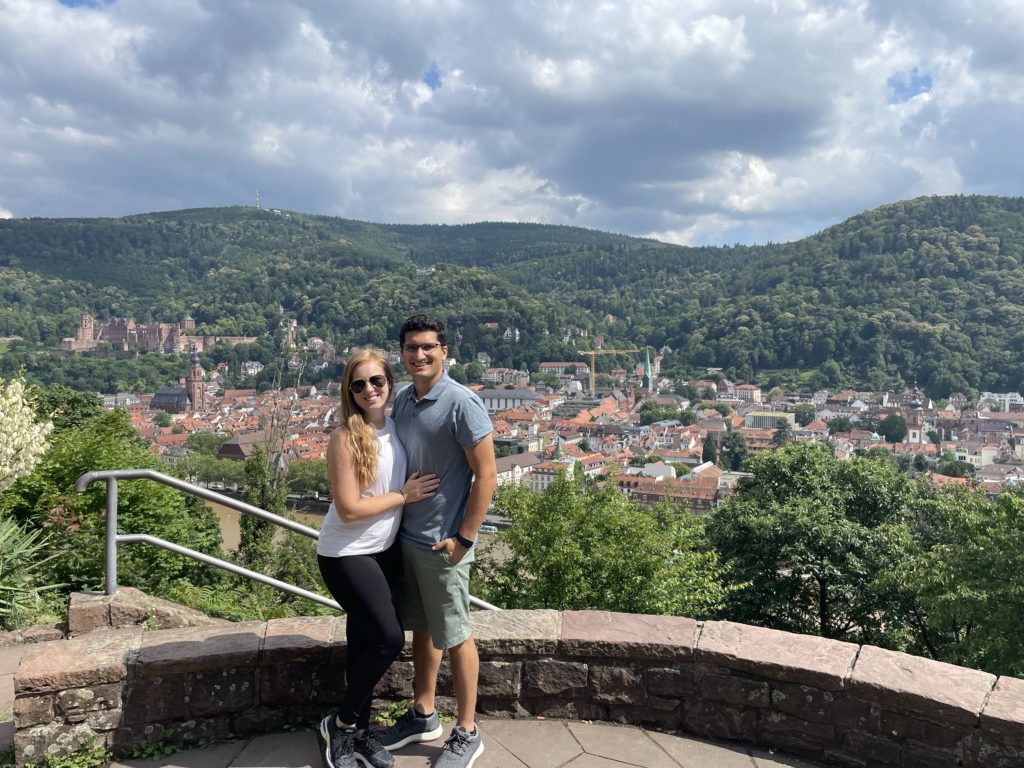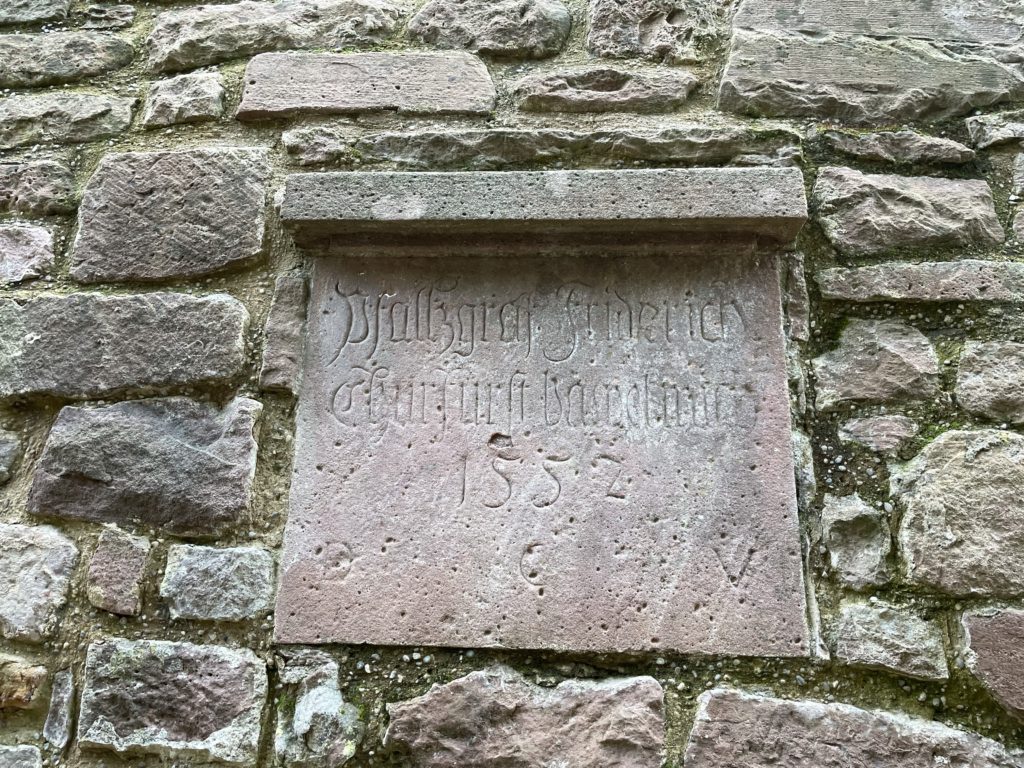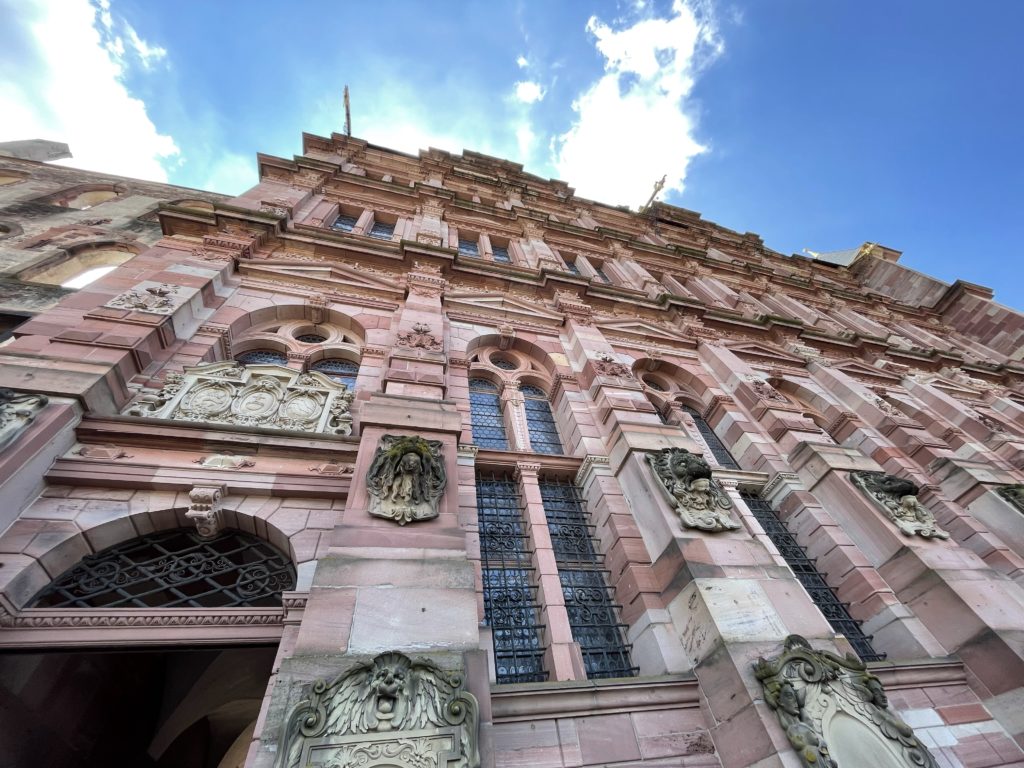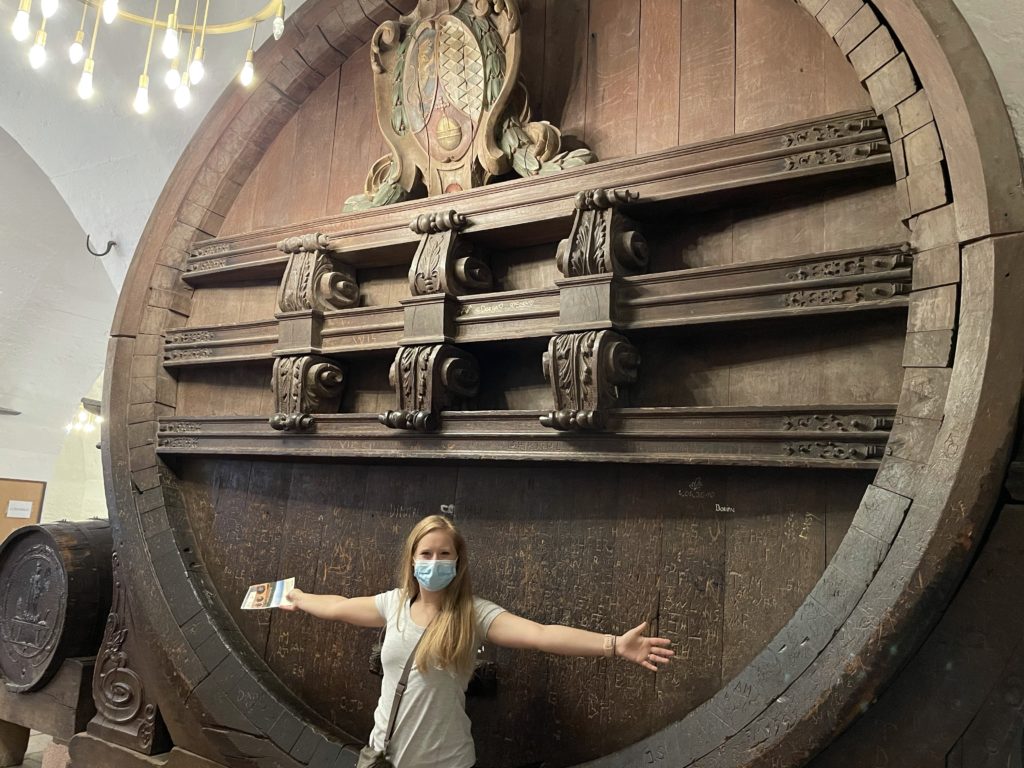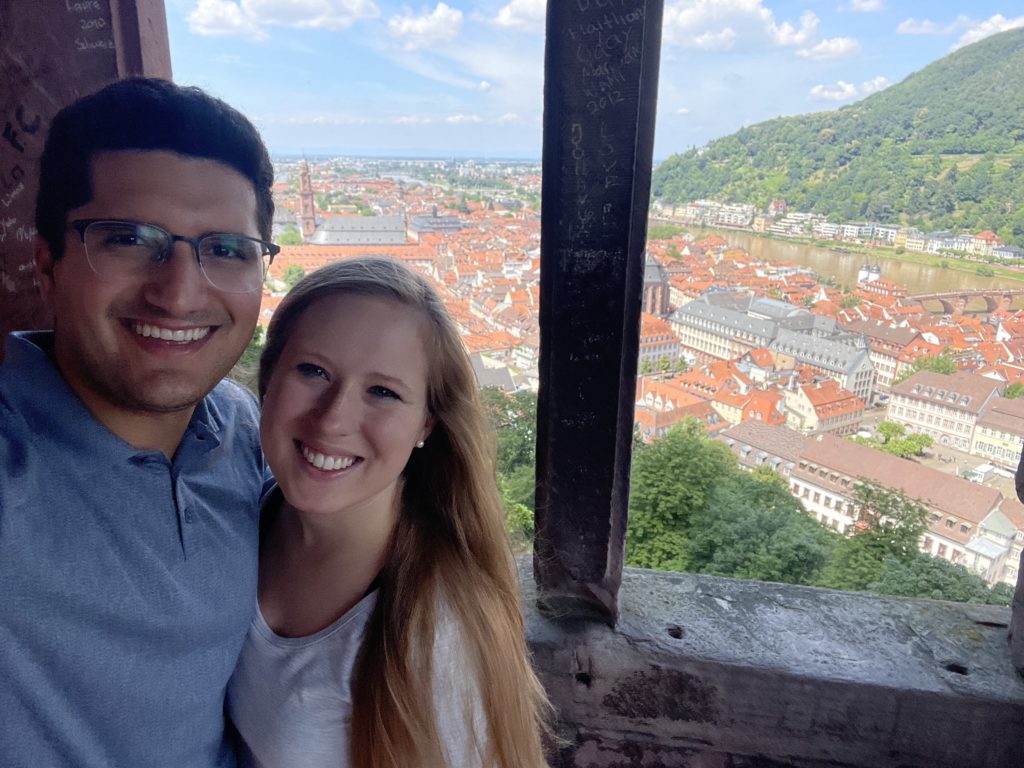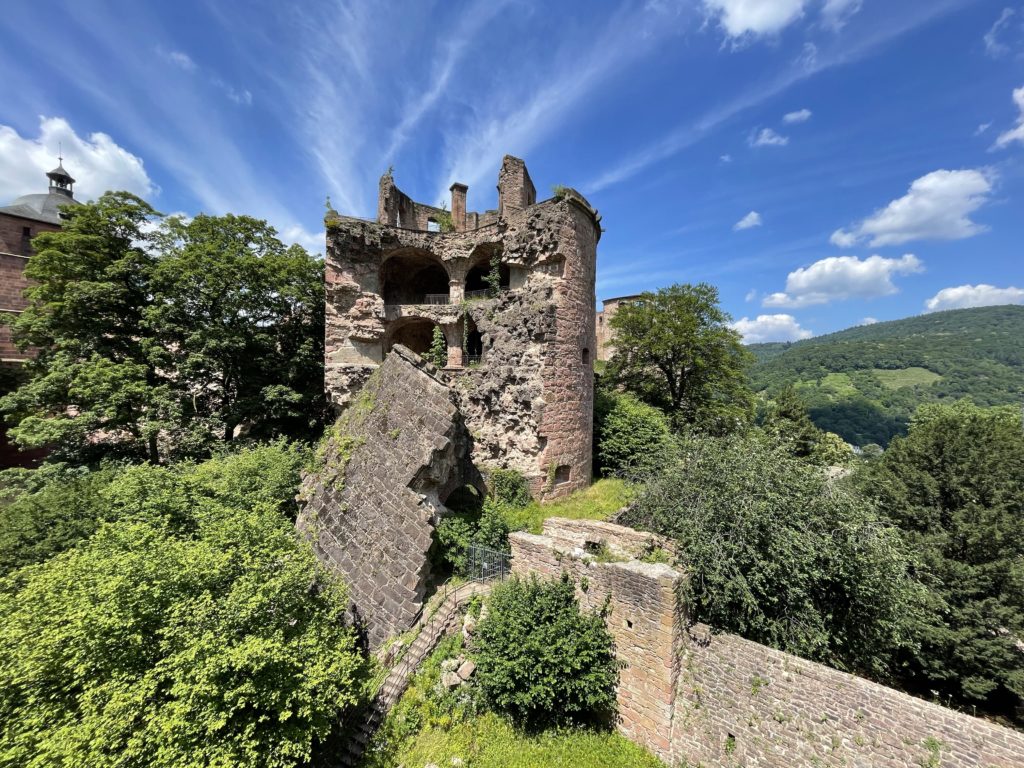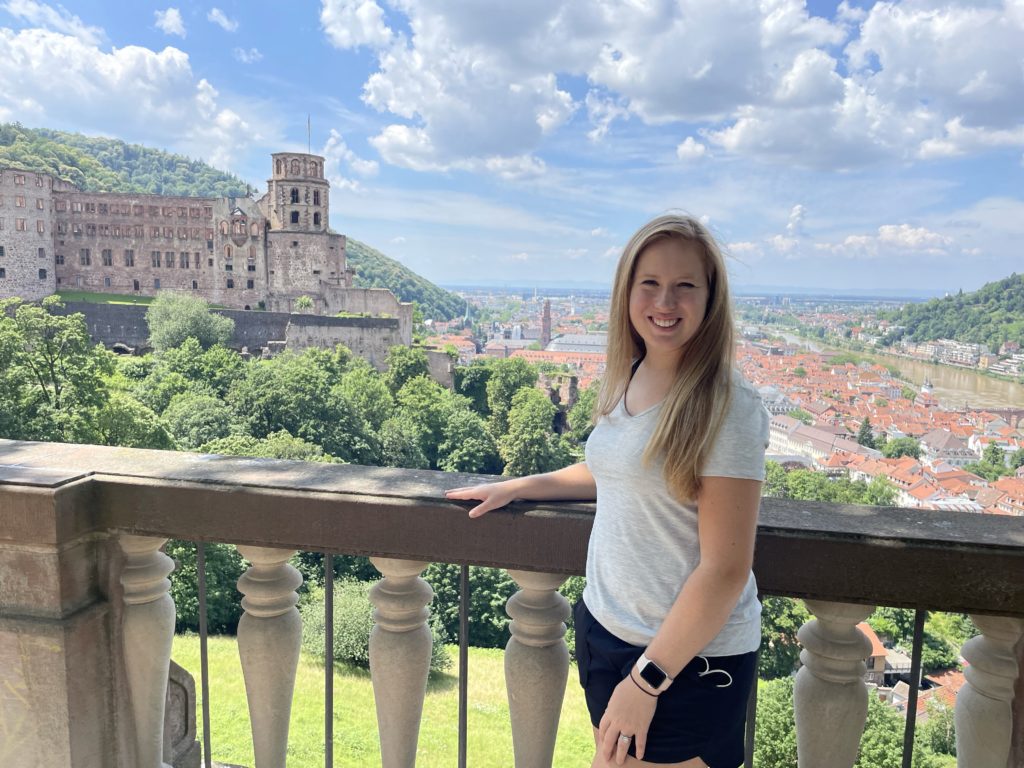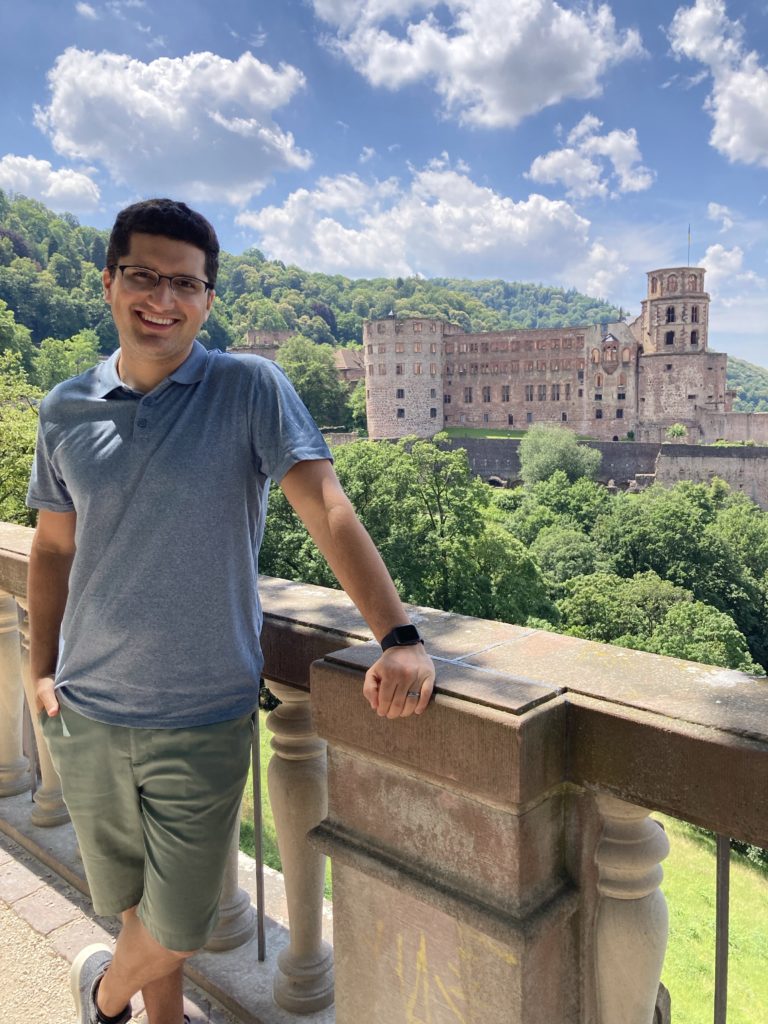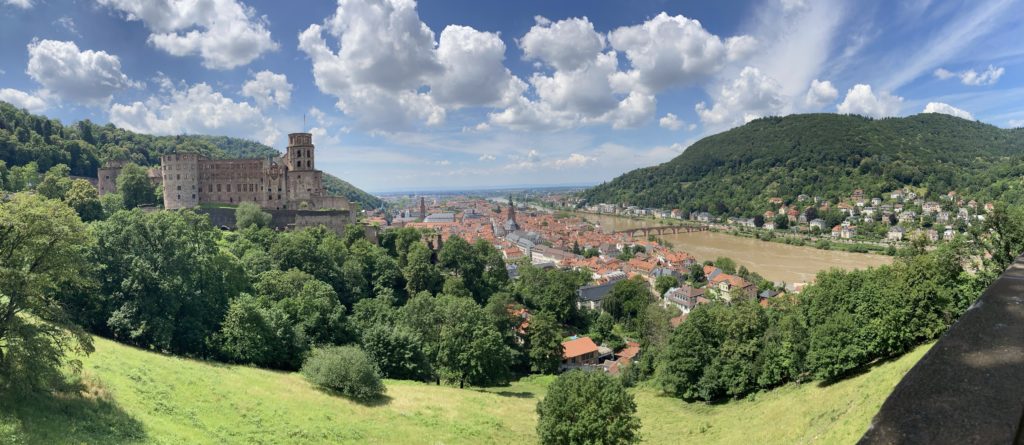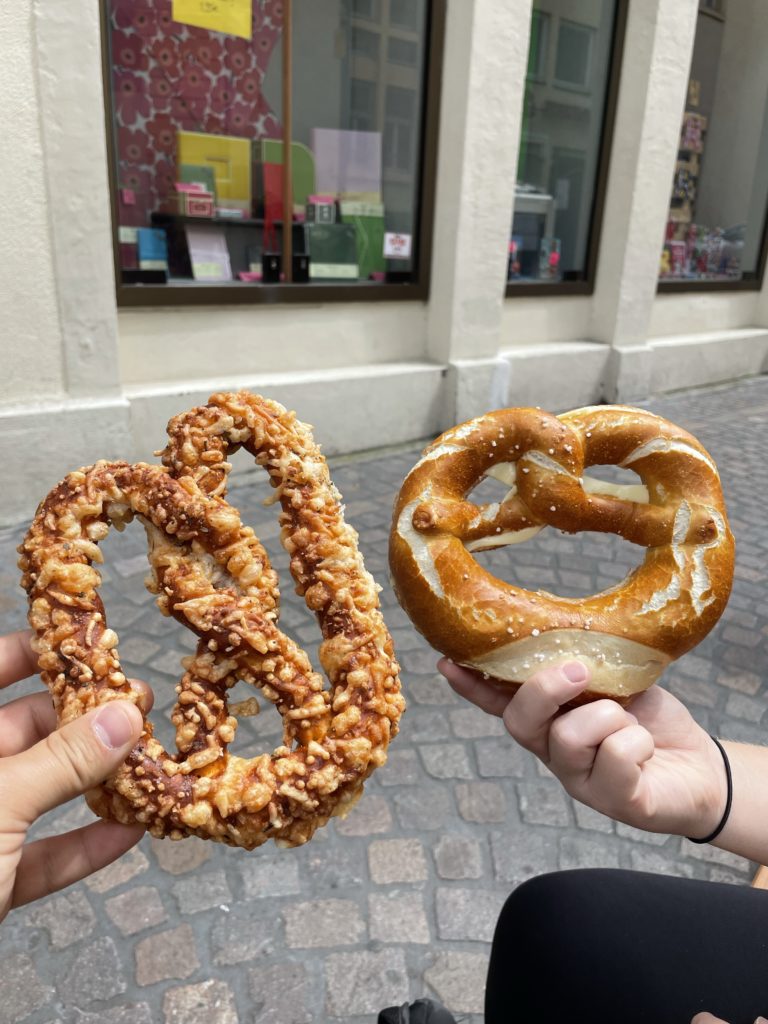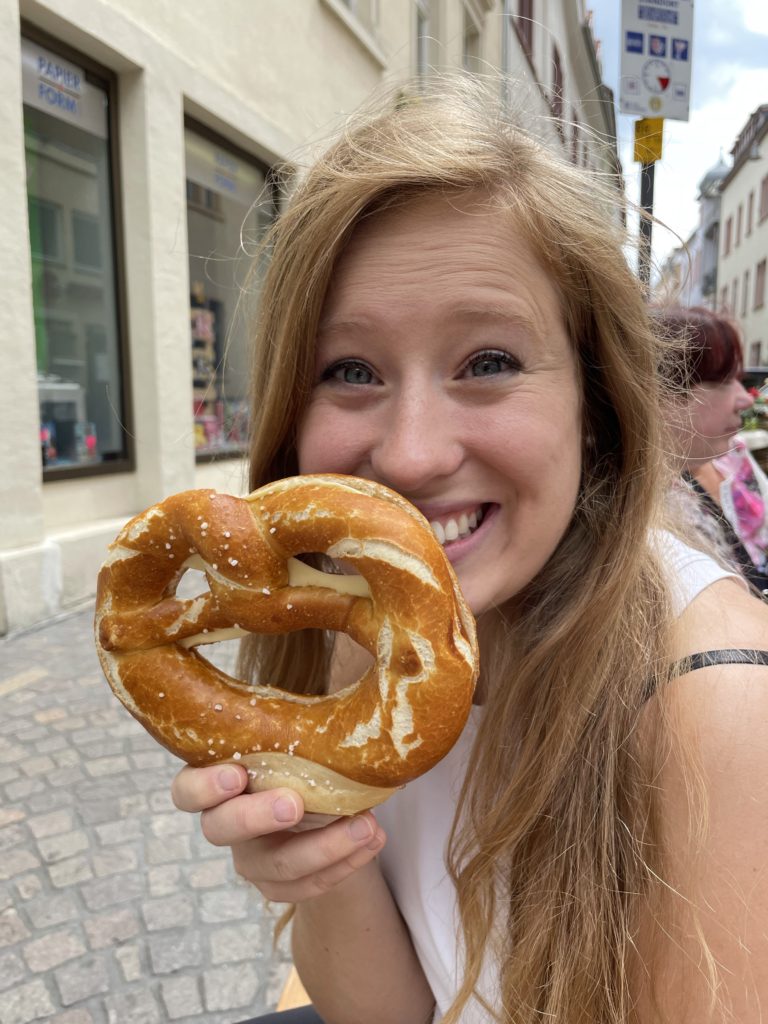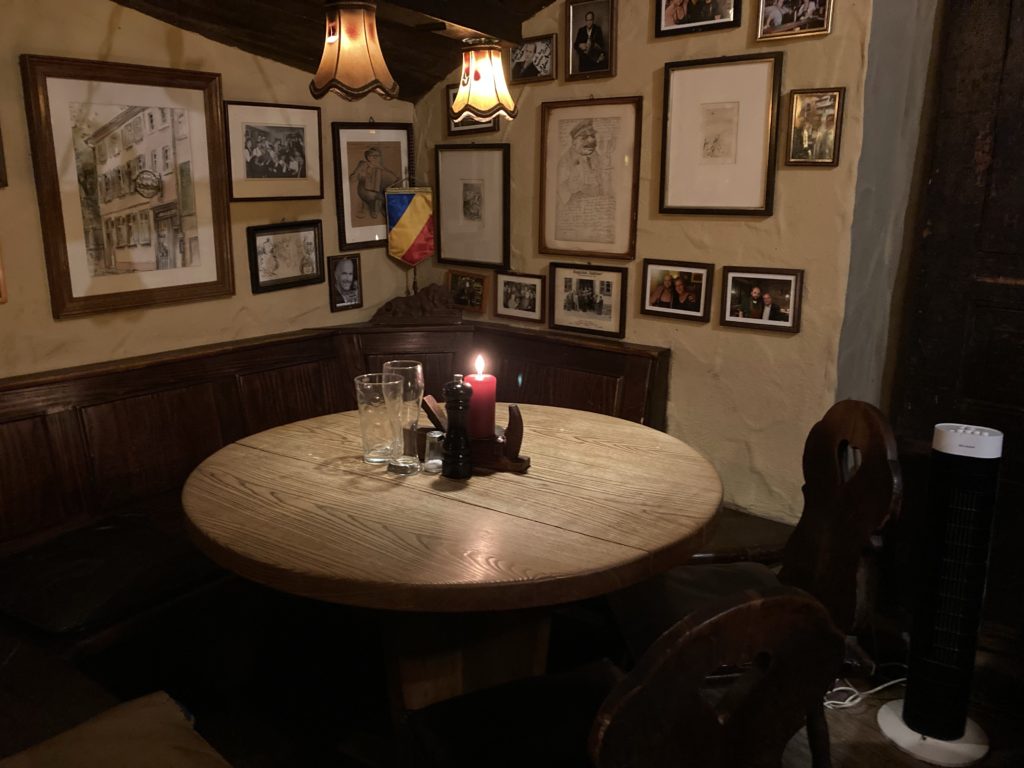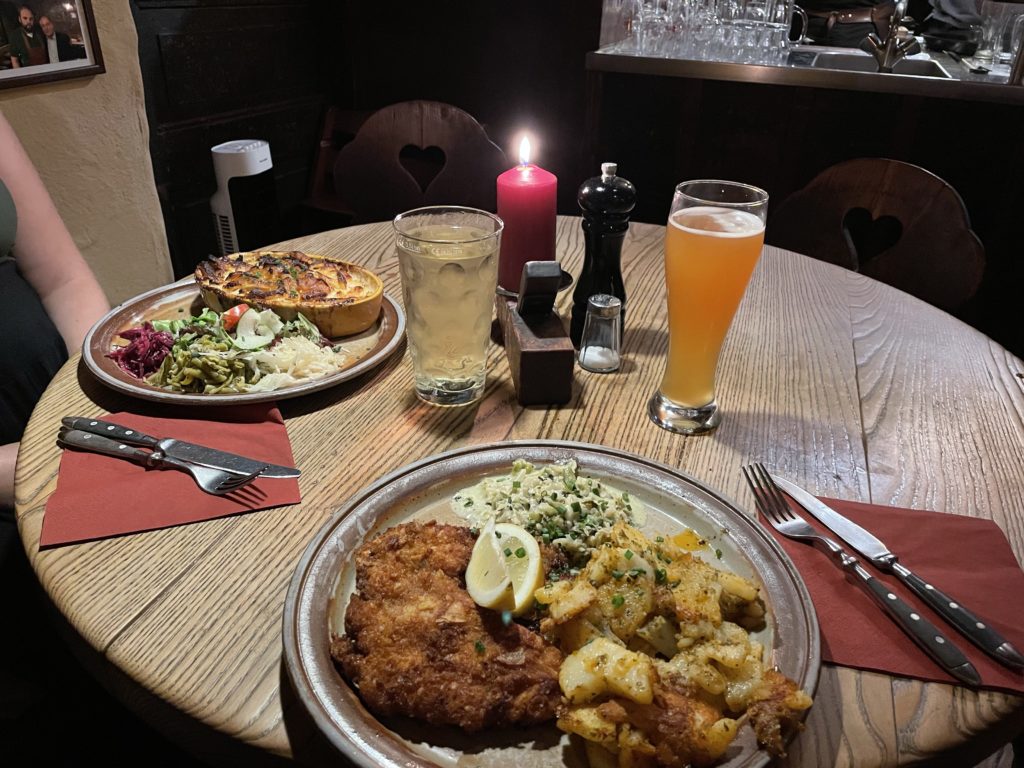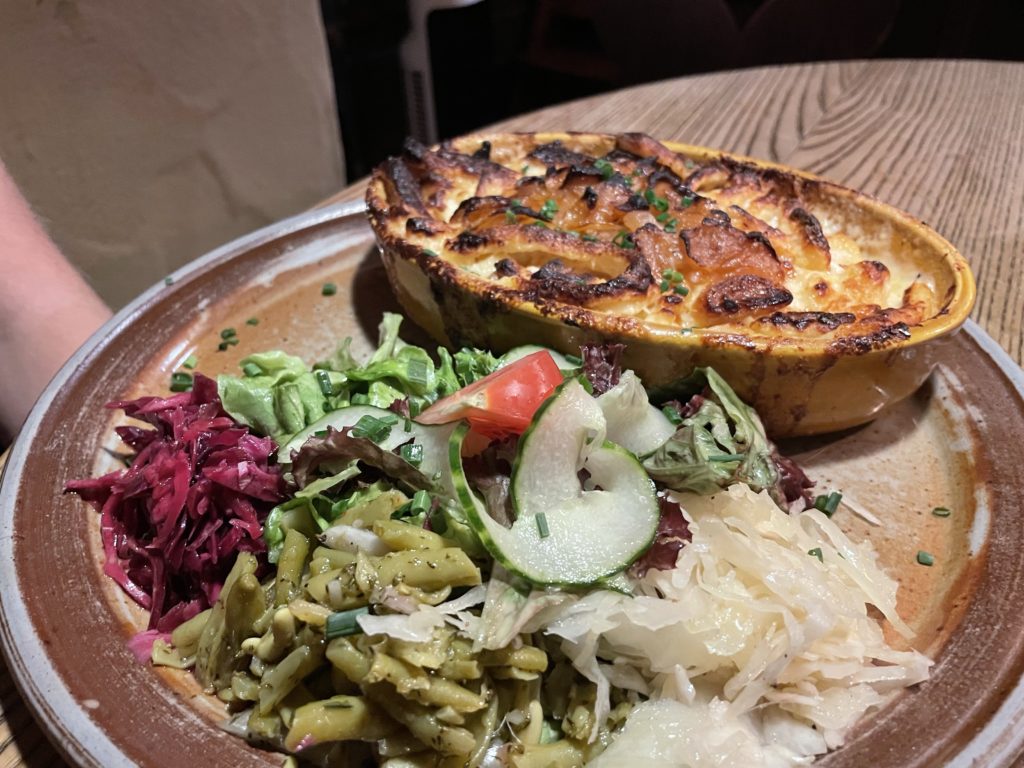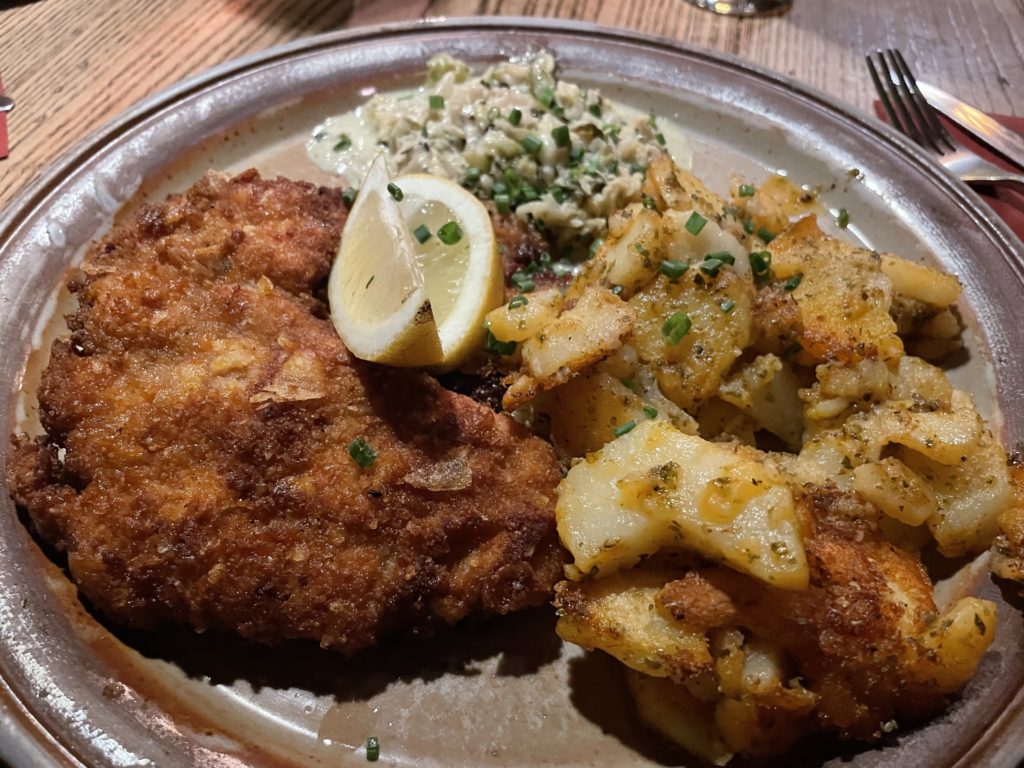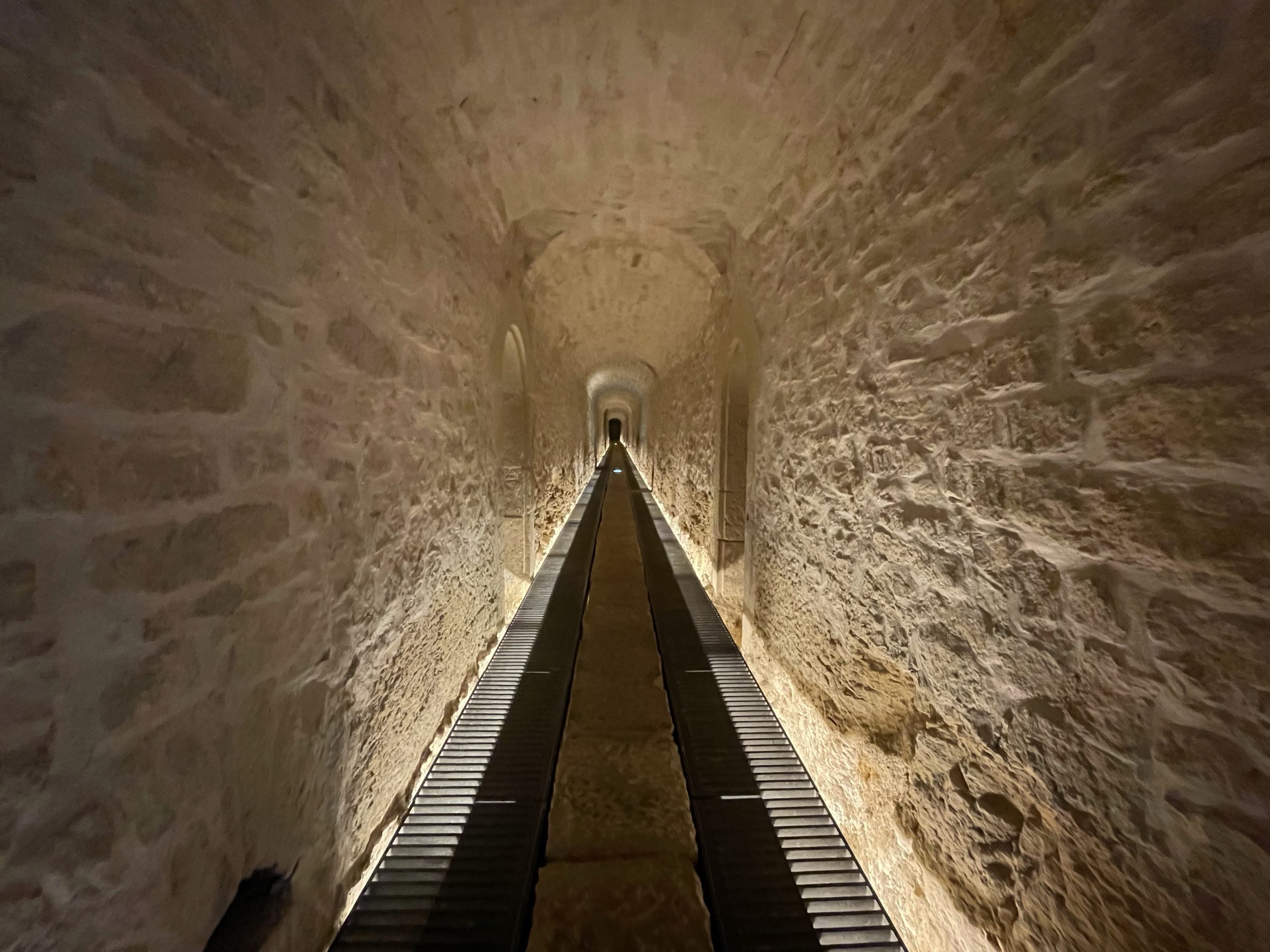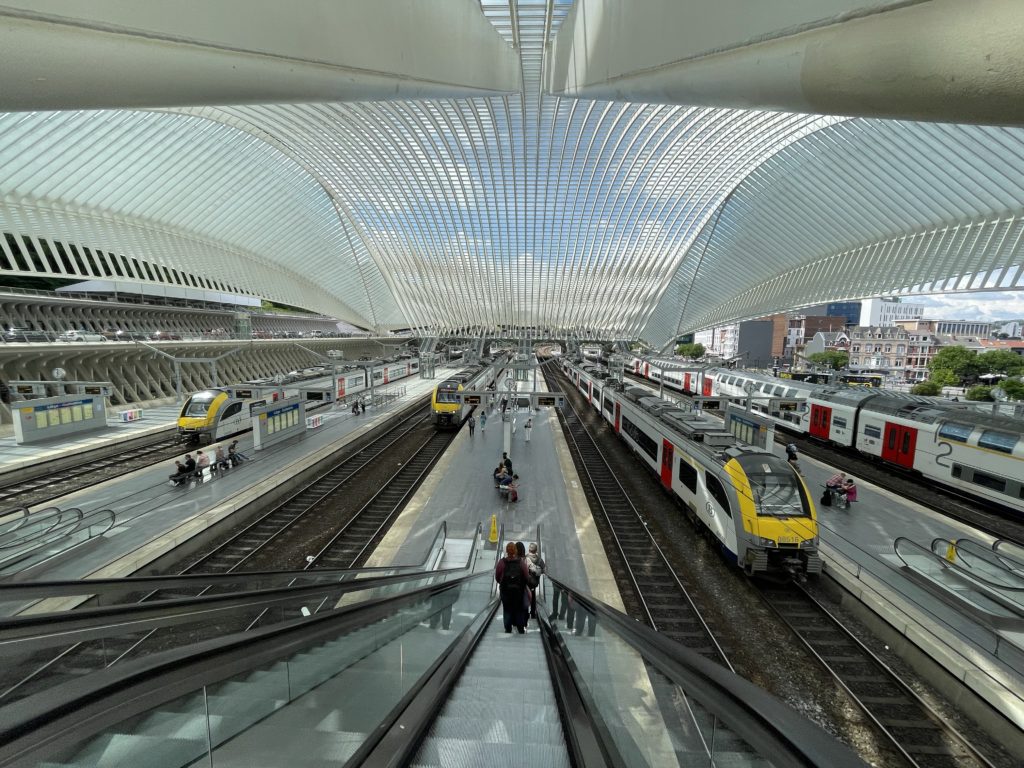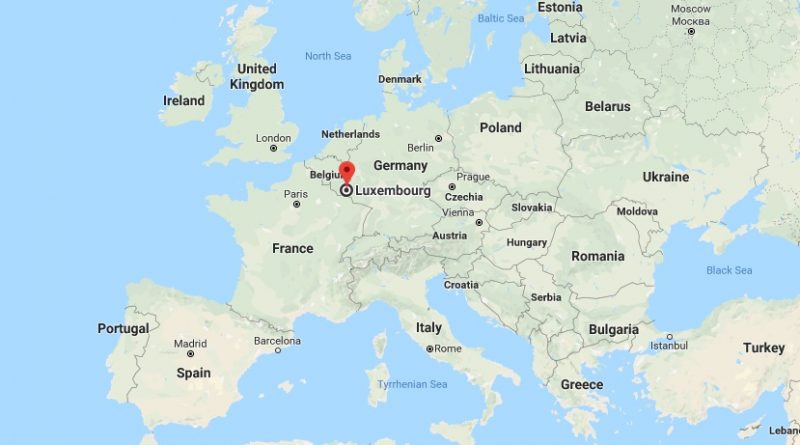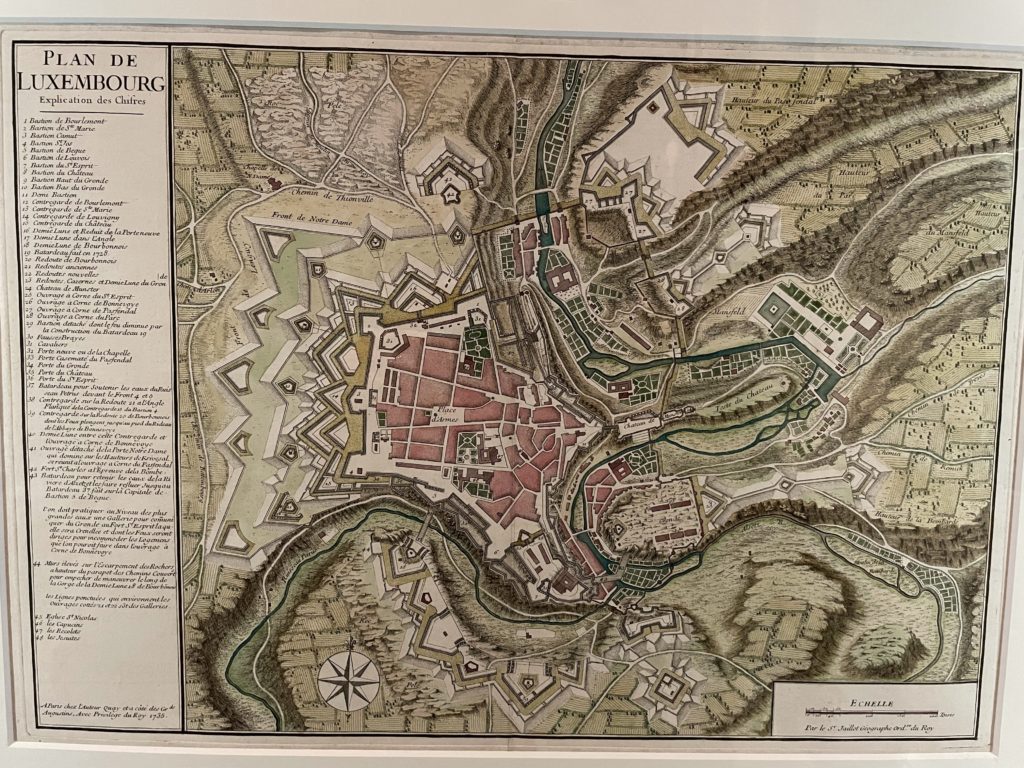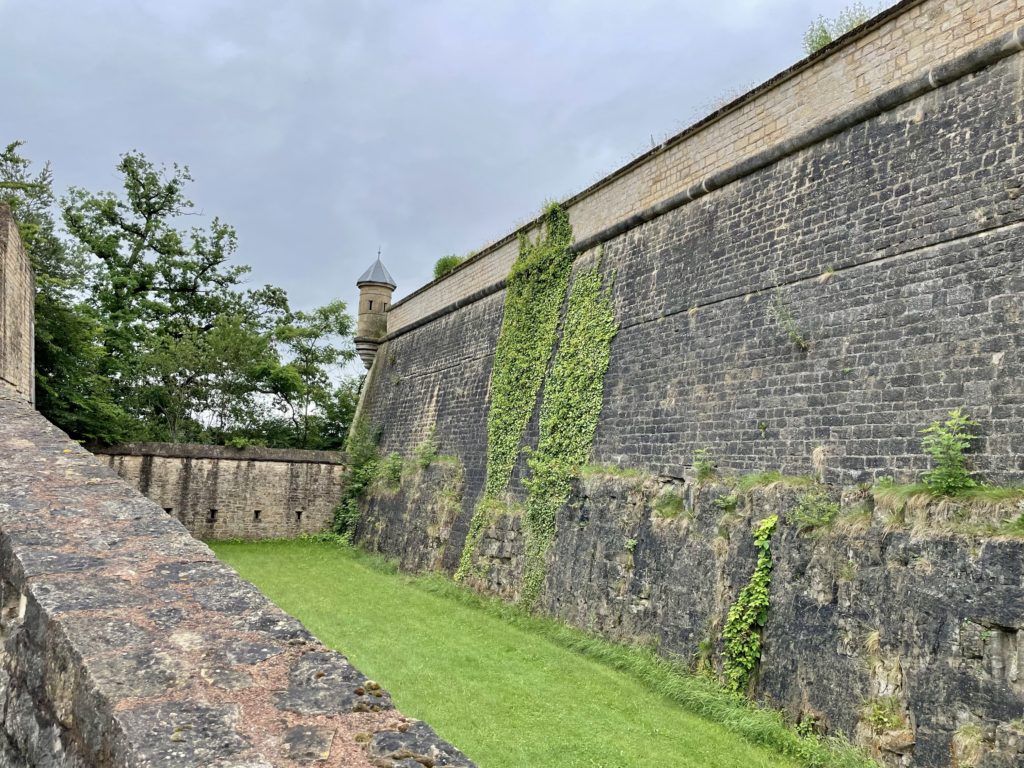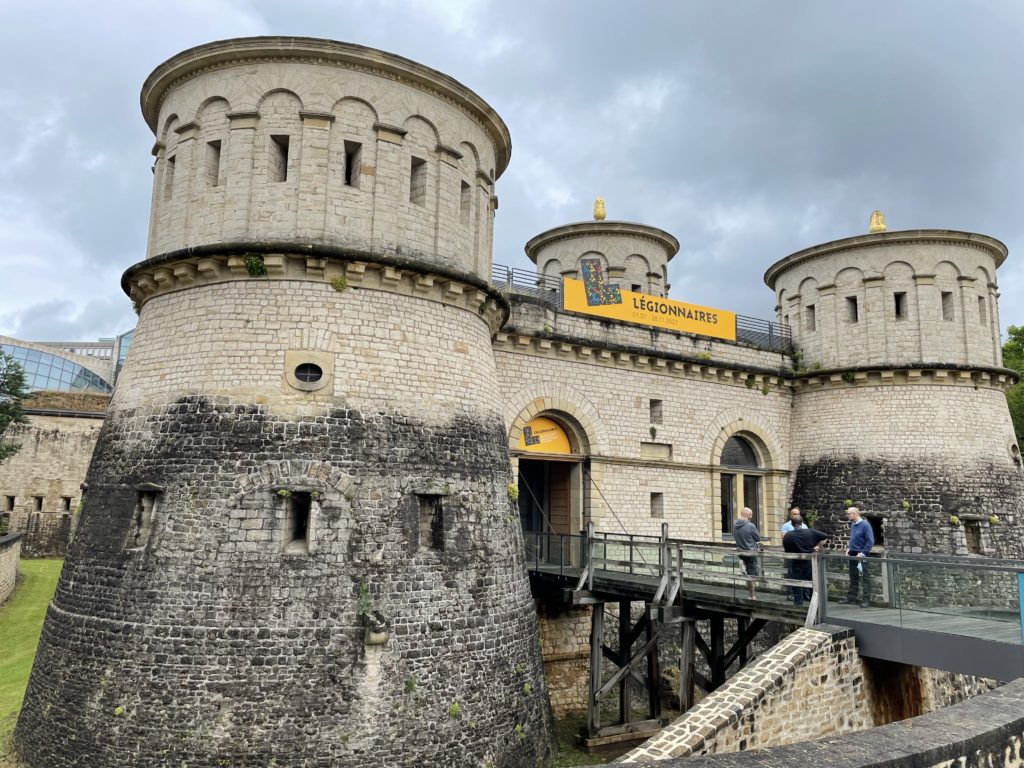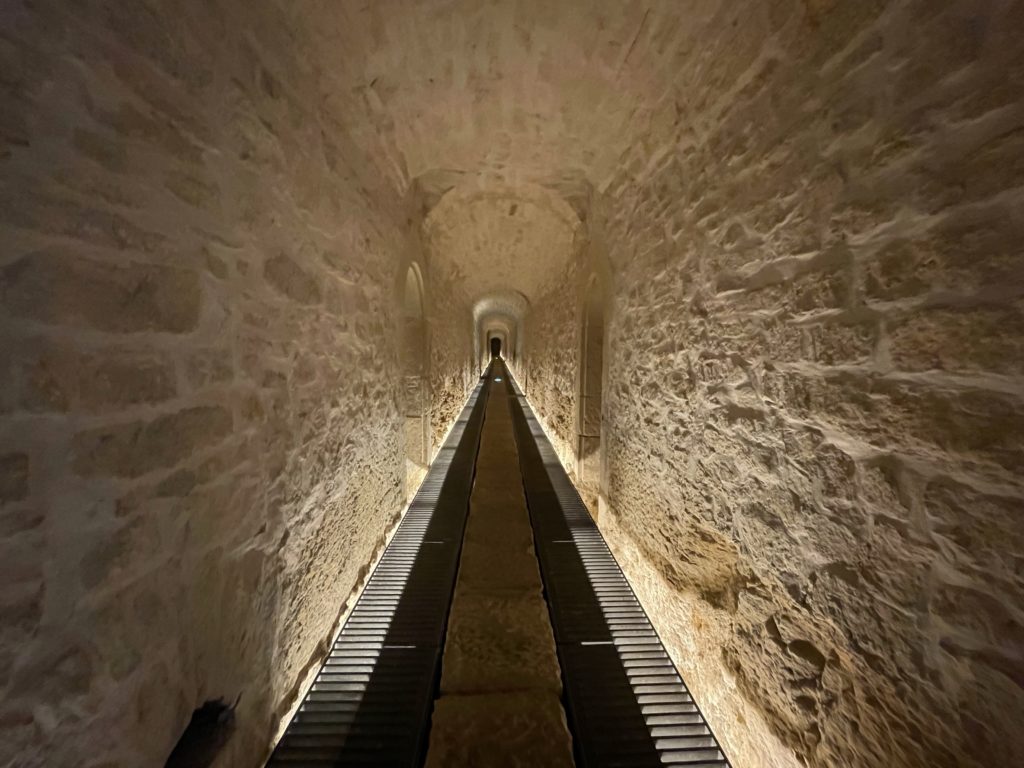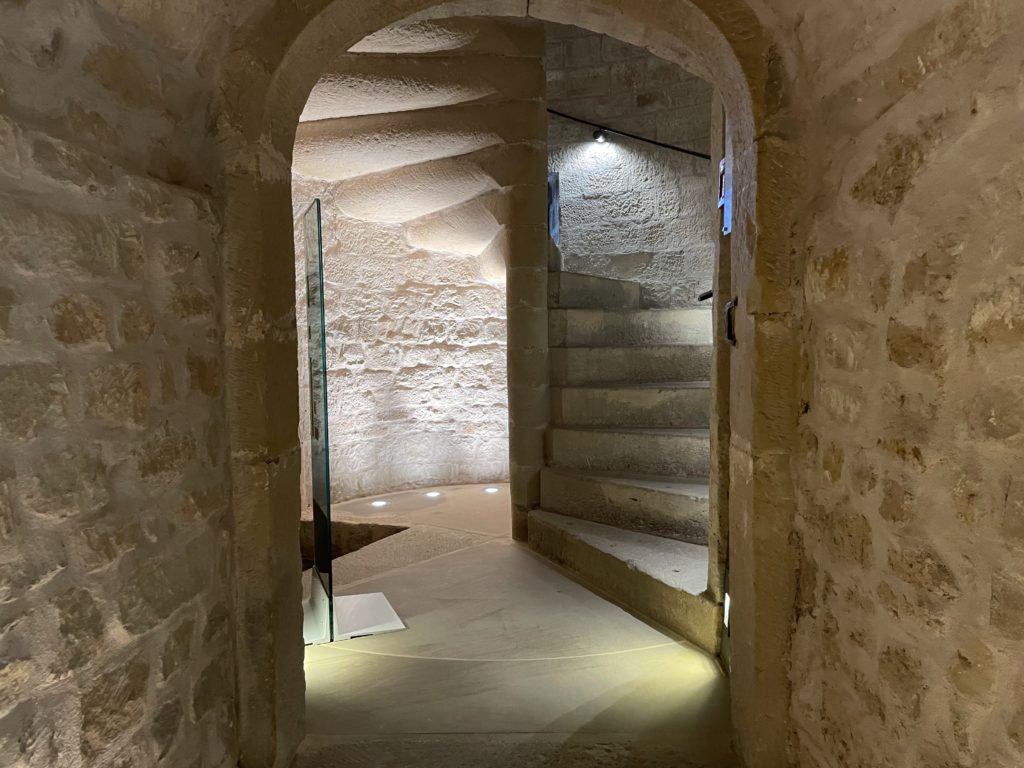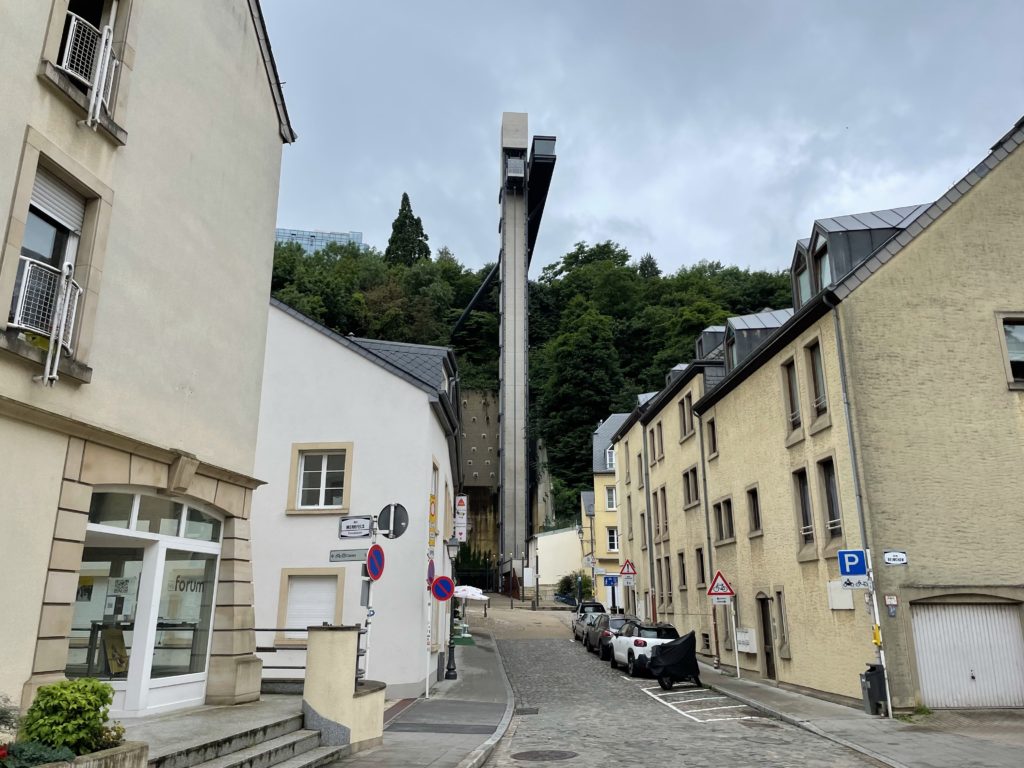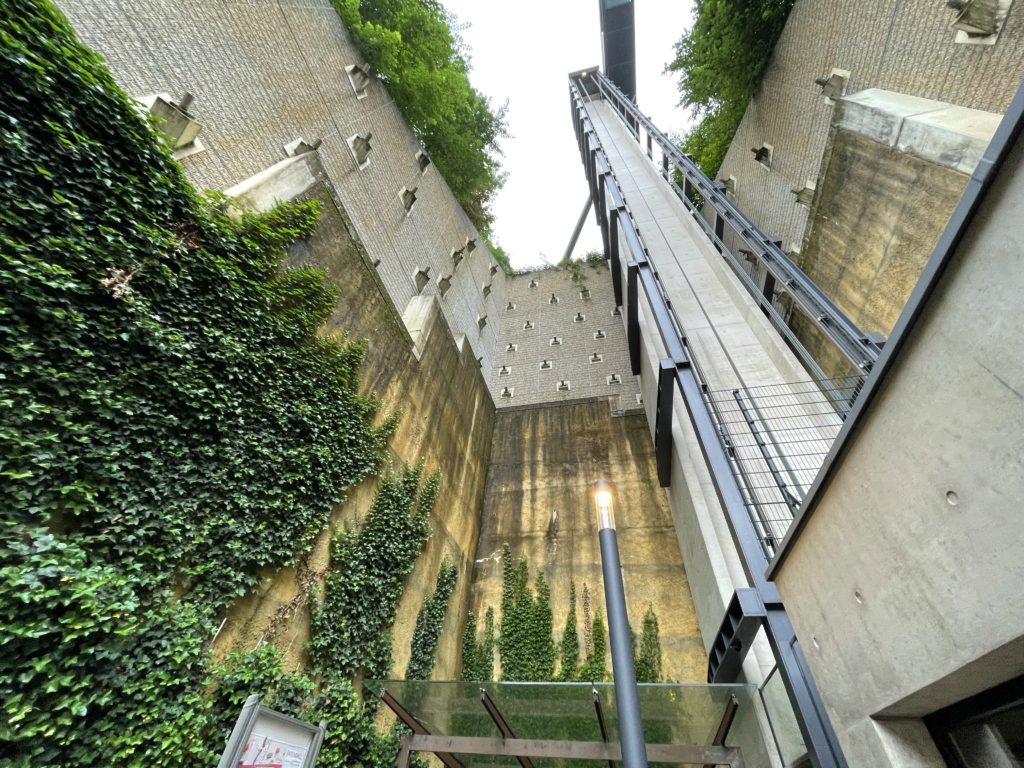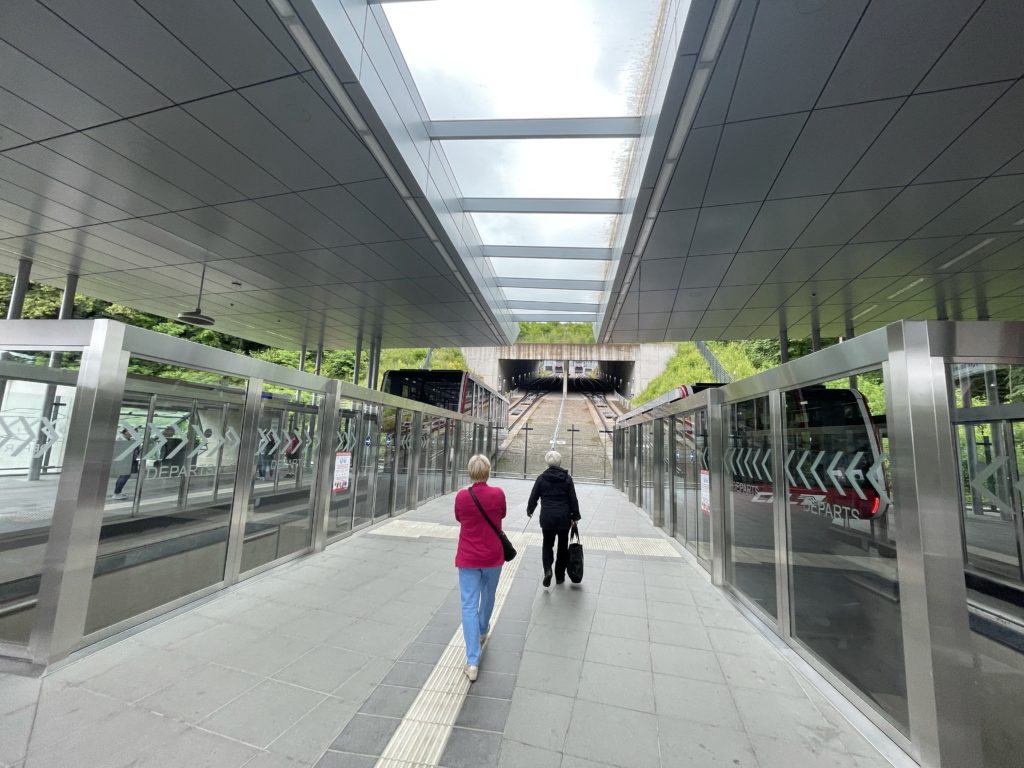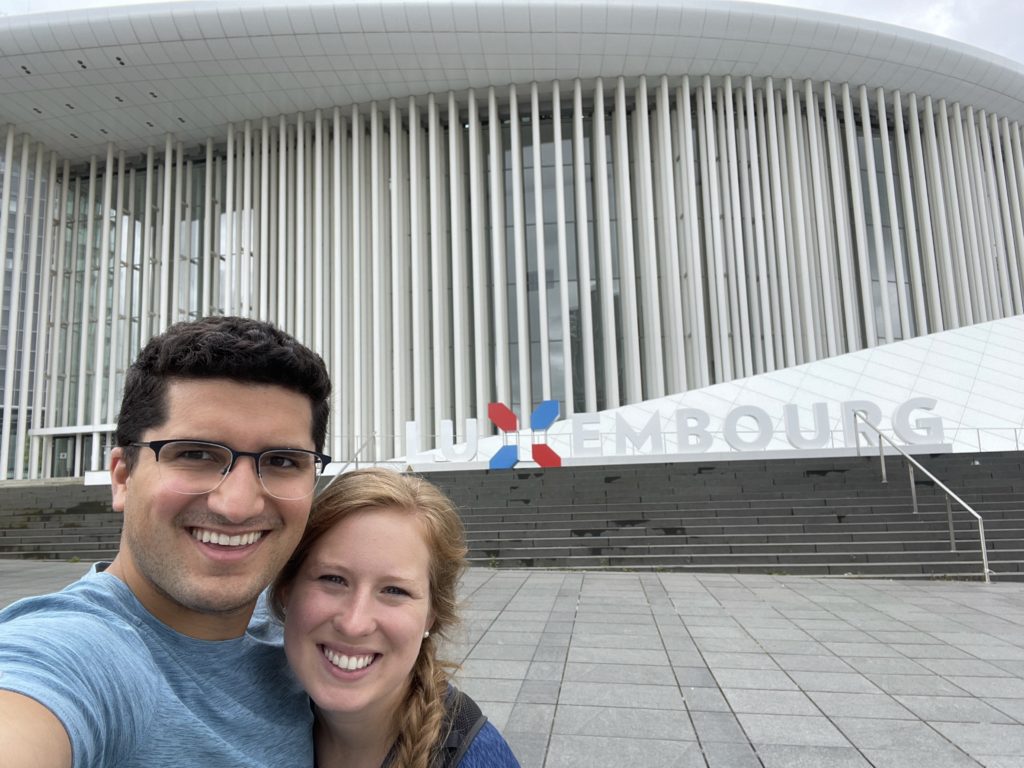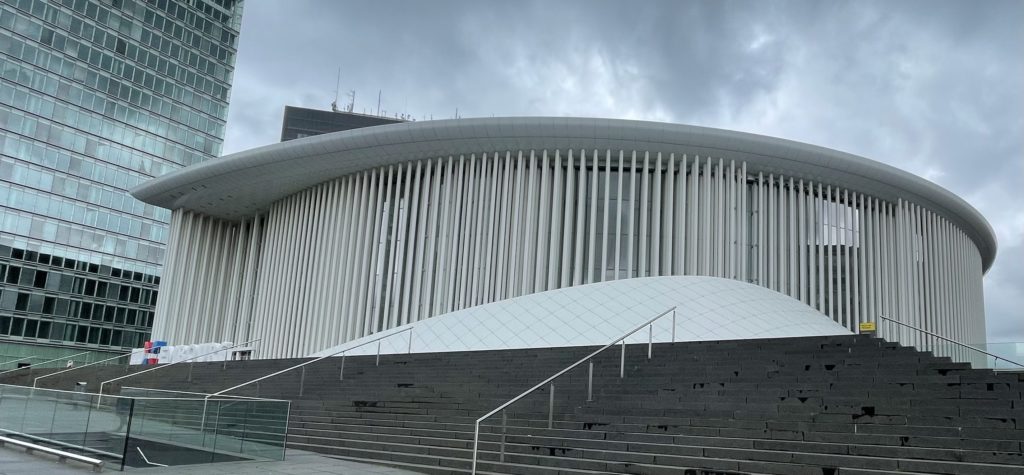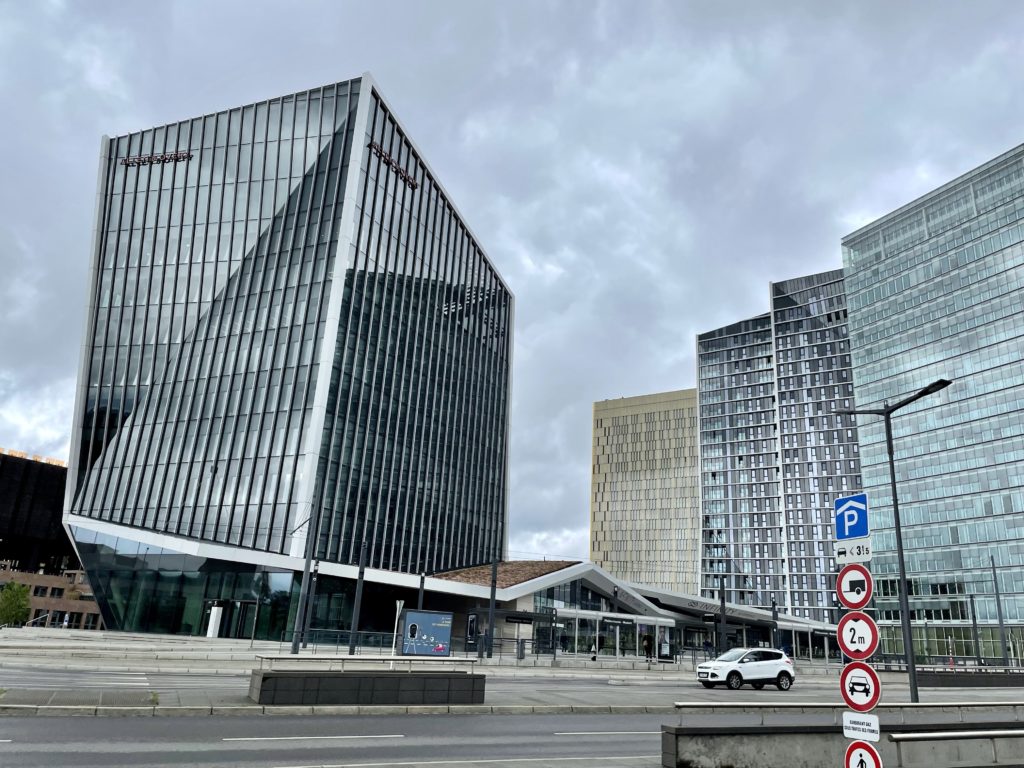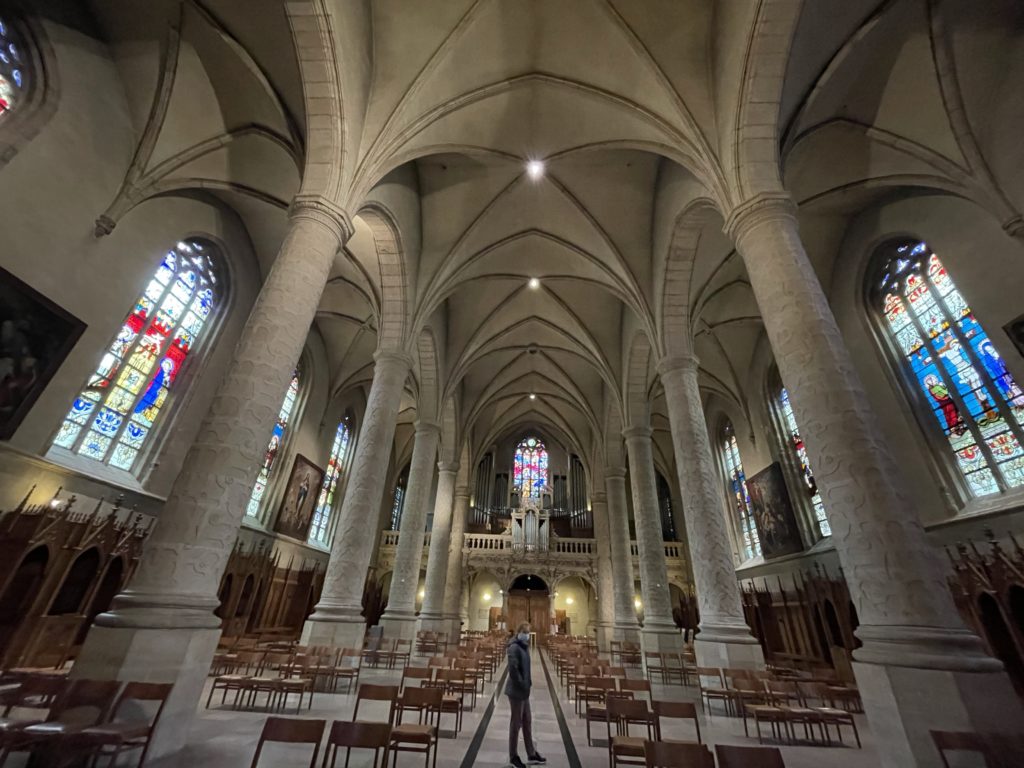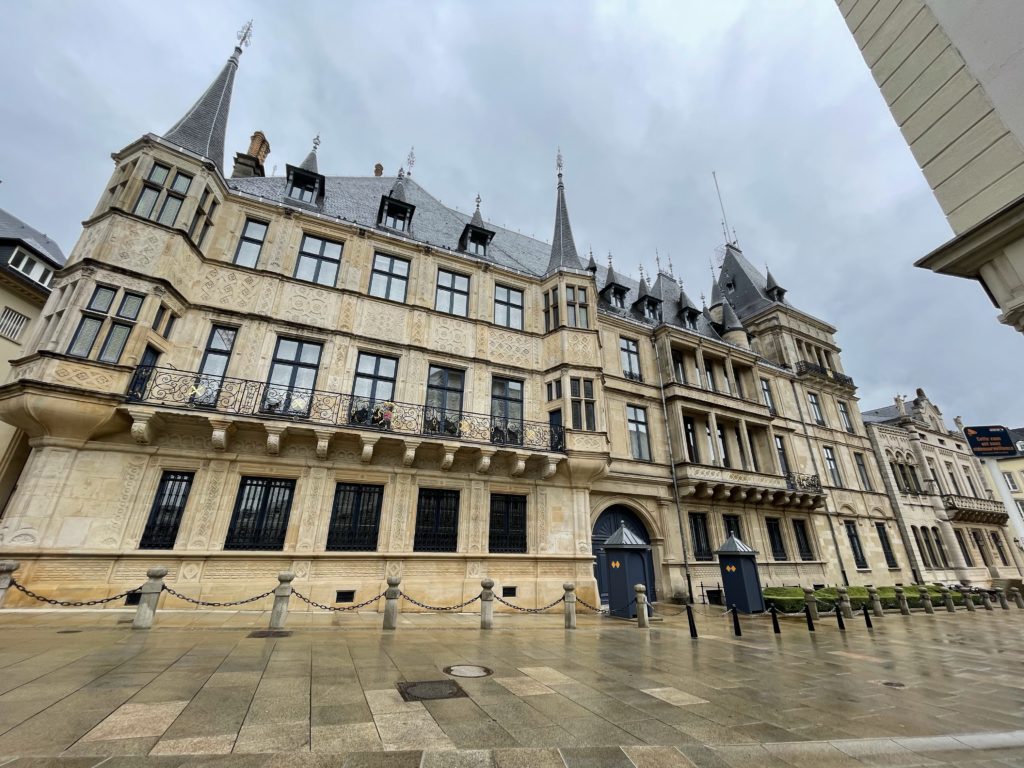August 8-12:
Buckle in – our stay in Venice was the longest segment of our trip, and as such this is our longest post. That’s probably why it’s taken us so long to finish writing!
Venice – our final destination of our summer 2021 travels (not counting a short layover in Portugal!). We were able to stay in Venice longer than any other location of this trip for a total of 5 days. This was by design, for it was here that we decompressed and began to process all that we were able to see and experience through the duration of the summer.
We caught a high-speed train from Rome up through Bologna to the ultimate destination of Venice. I specifically chose a train that had a 15 minute layover in Bologna with the goal of slipping out of the station and grabbing some Bolognese food to-go to enjoy on the rest of the journey. We couldn’t travel through the food-capital of the world without stopping for a quick bite! Unfortunately, 15 minutes isn’t enough time for a typical Italian restaurant to prepare food. So around 45 minutes away from Bologna, we hopped on the Doordash app and ordered Bolognese food with delivery to just outside of the train station. Delivering to the train station itself would have been madness as it was so large – finding the driver would have been too much of a challenge. So instead, we delivered to a random person’s house just outside of the station and kindly requested that our Doordash driver not ring their doorbell, but just wait outside instead. We have no idea if they actually rang the doorbell, but we could tell that they were quite surprised to see 2 Americans who couldn’t speak Italian frantically running from across the street instead of from inside the house! Despite the crazy circumstances and almost missing our train, we were able to chow down on some delicious Bolognese food in the train as we settled in for the trip to Venice – and we only had a couple of people in the city of Bologna think we were crazy (a record-low compared to the rest of our trip!).
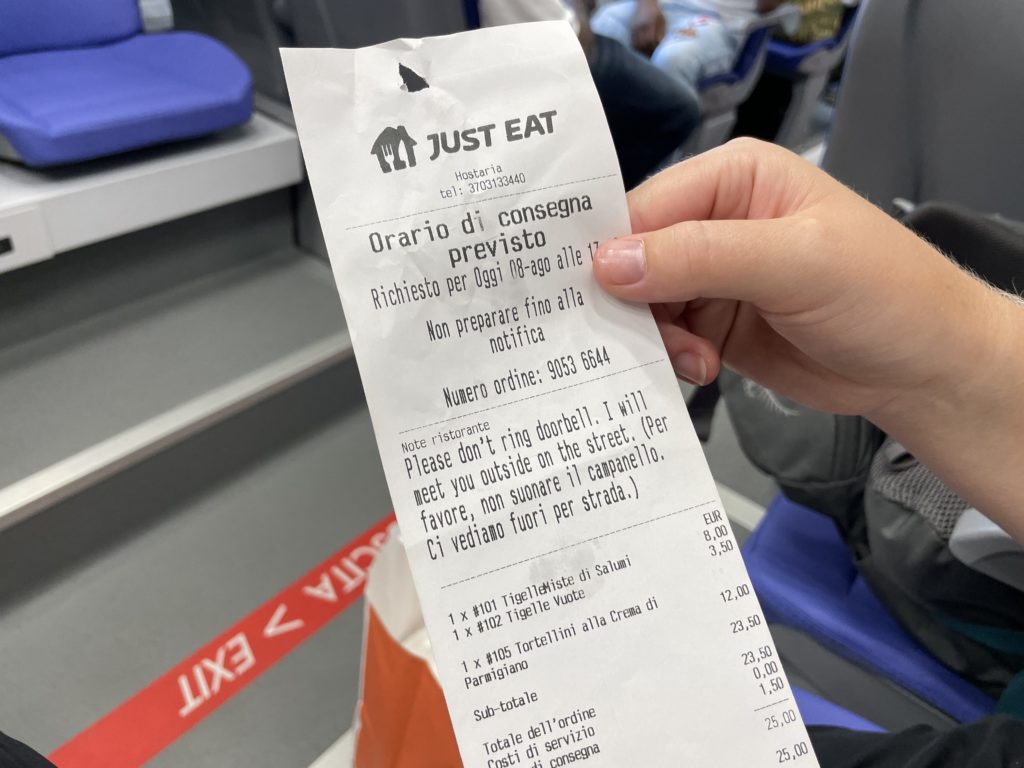
We arrived in Venice just in time to catch the sun set over the canals.
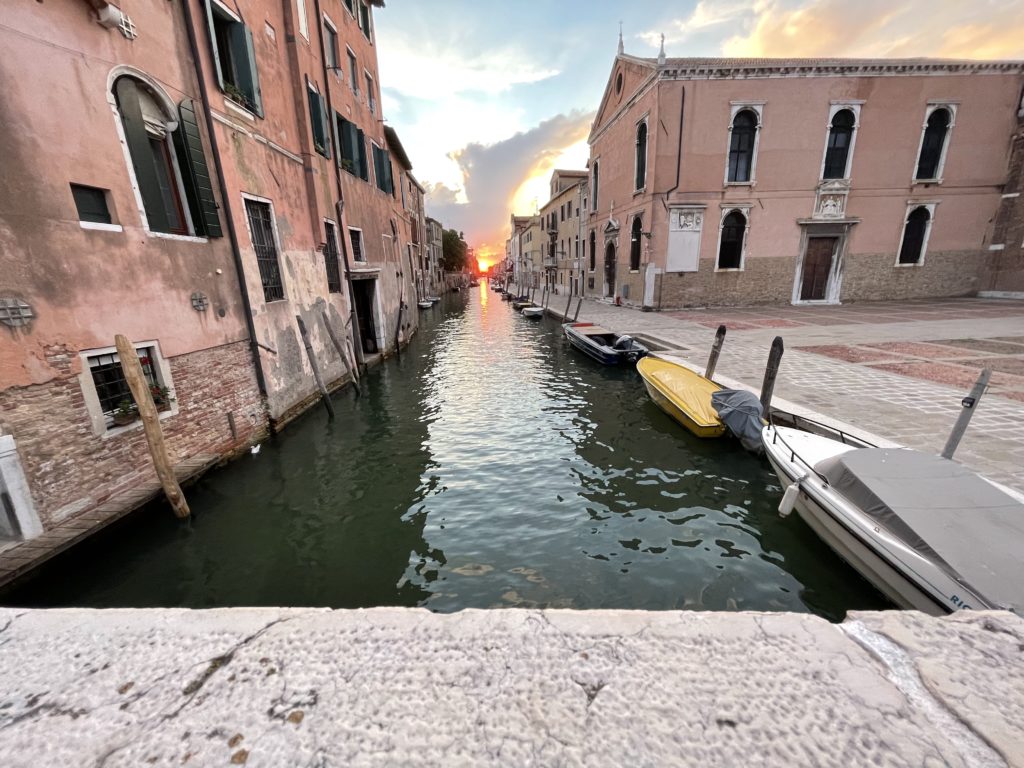
AirBnB
We stayed in an AirBnB studio in a quieter section of Venice, away from much of the tourist hubbub. It had a giant window that opened up to a quiet canal that branched off of one of the main thoroughfares. The AirBnB was a small studio-style apartment with a window-sill wide enough for us to sit on and watch the boats go by every few minutes while sipping coffee or enjoying a good book.
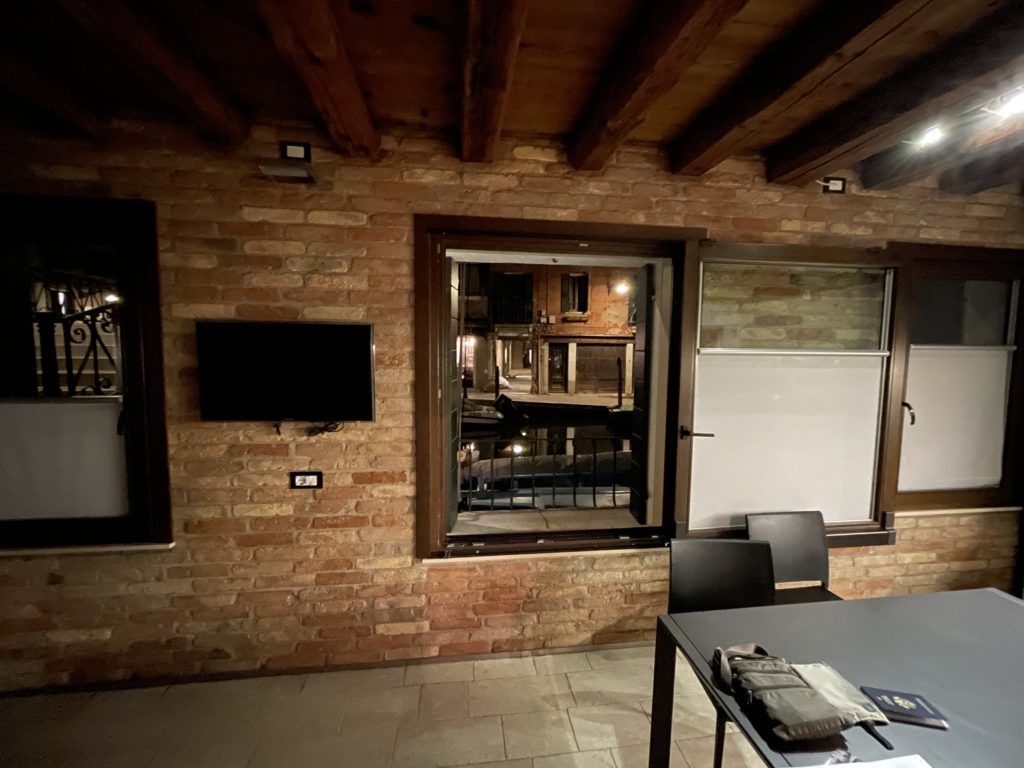
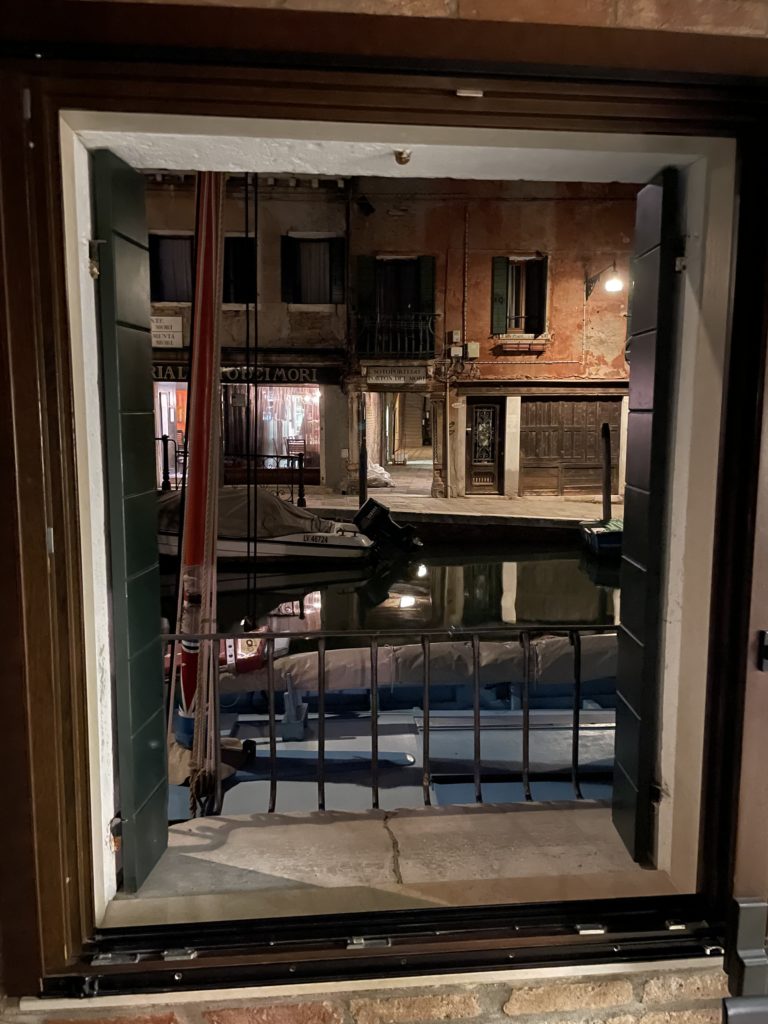
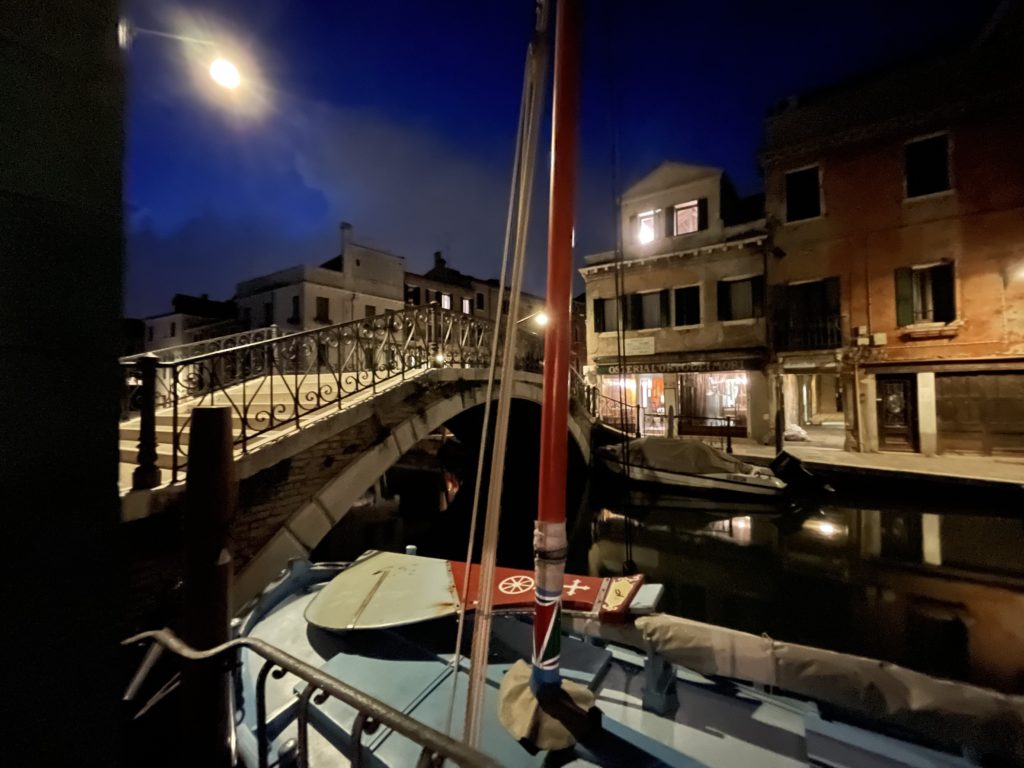
As picturesque as this view was, along with the majority of the sights you commonly see around Venice in photos/videos, it was here that we learned a dirty little secret about Venice that you don’t commonly hear about. Since the founding of Venice as a city up until the current day, it has always struggled with the problem of what to do with sewage. Where should it go? These buildings were build on swampy marshland hundreds of years ago. To build a modern sewage system now would require the destruction of historic buildings and would likely cost billions of dollars.
Because of this issue, most buildings in Venice pipe their sewage directly into the canals! As the tide washes in and out of the lagoon twice per day, it effectively “flushes out” the canals. The city has tried band-aiding the problem by installing septic tanks here and there, but the vast majority of the city doesn’t use this system, and still dumps directly into the canals. As a result of this, there are what are known as “canal bugs” all over the sides of the canals. We noticed these little bugs after just a few minutes of sitting out on our AirBnB’s windowsill as they crawled up to give us a proper welcome to Venice. We didn’t spend too much time out there afterwards.
After we learned about this, a tiny piece of us died inside whenever we saw a tourist wading or putting their feet in the canal water.
Sites Around Venice
Despite this crazy fact, Venice is truly a lovely city. We absolutely loved the romantic strolls along the canal-side paths, ducking into shops or simply sitting in squares to people-watch.
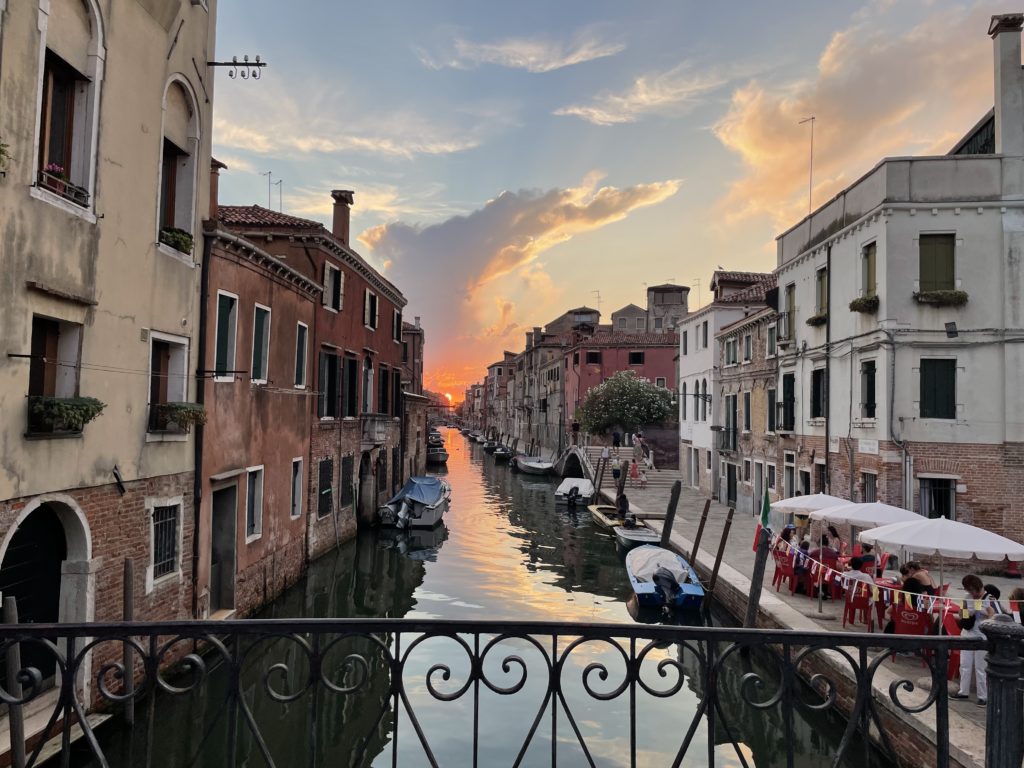
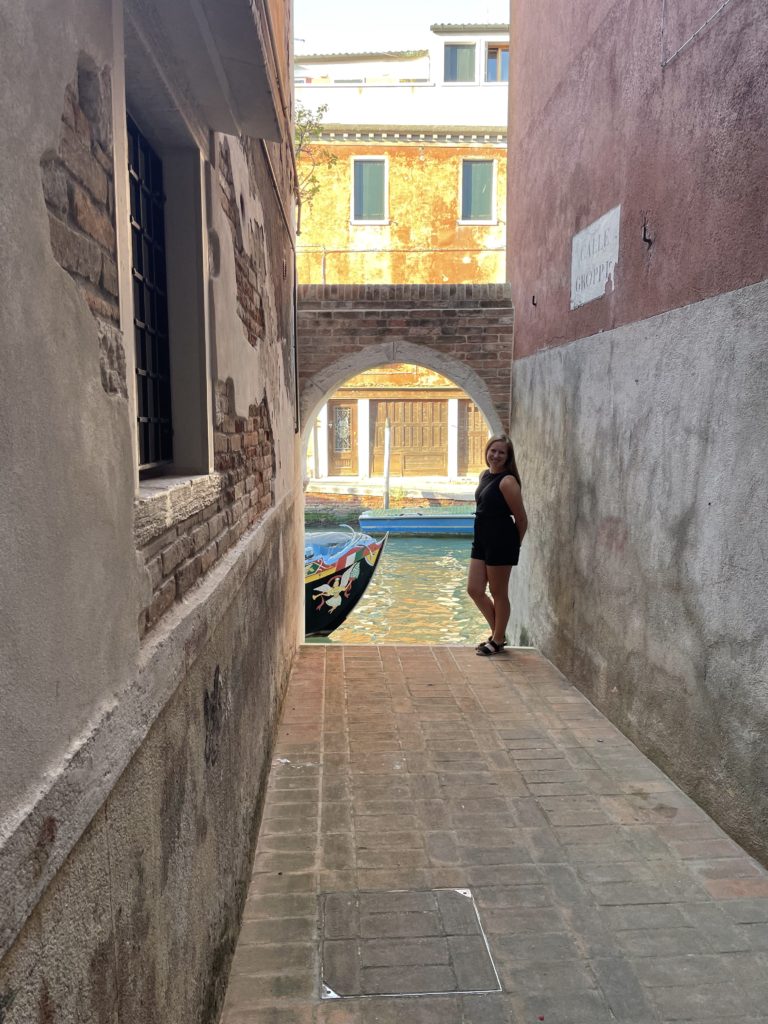
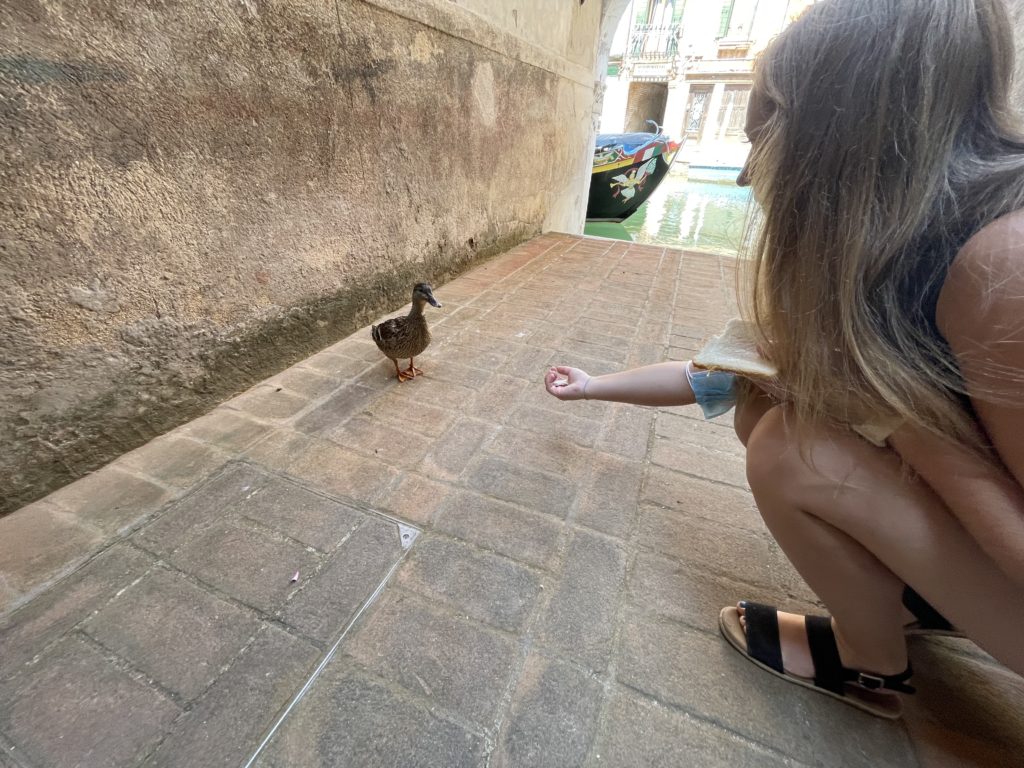
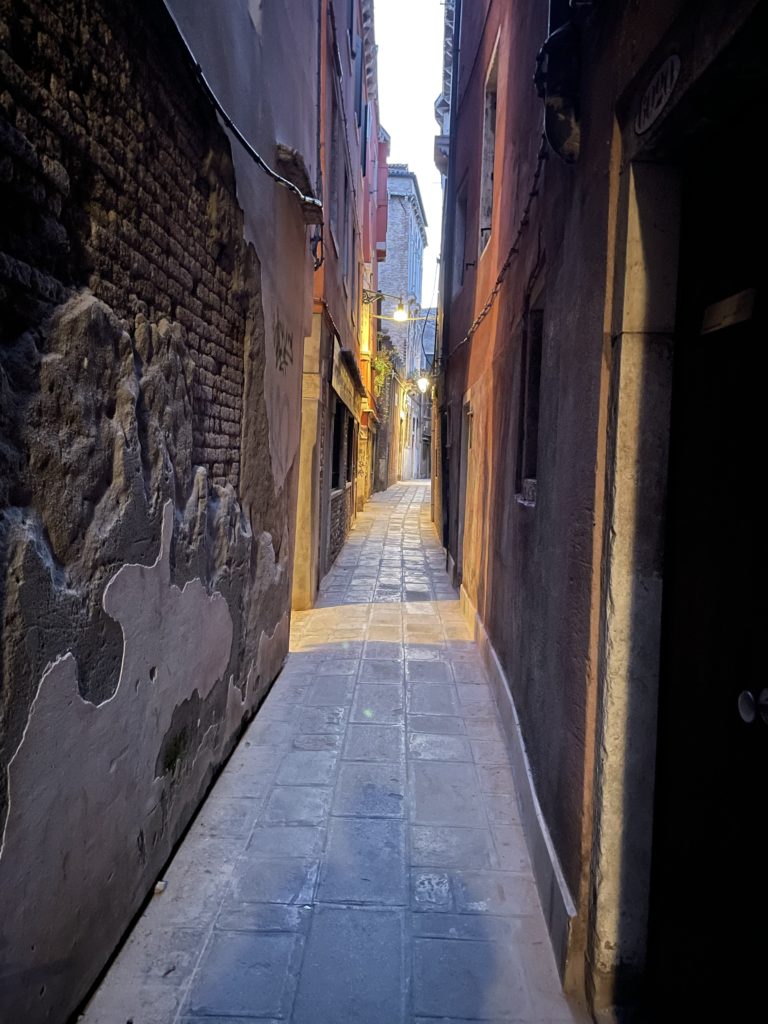
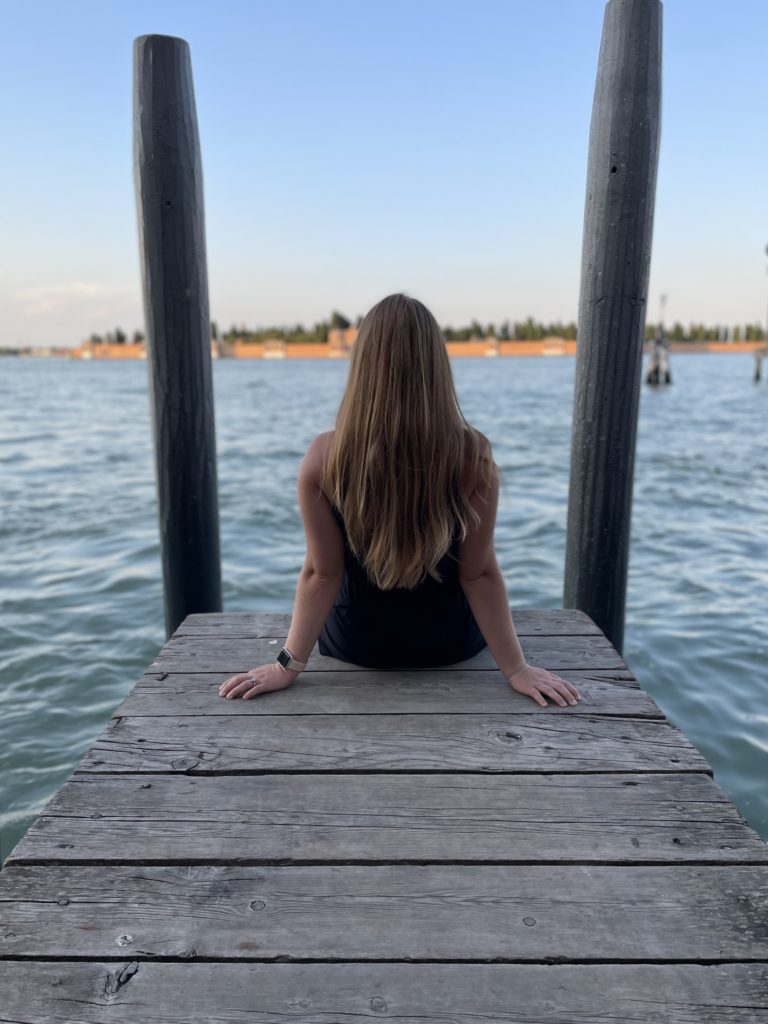
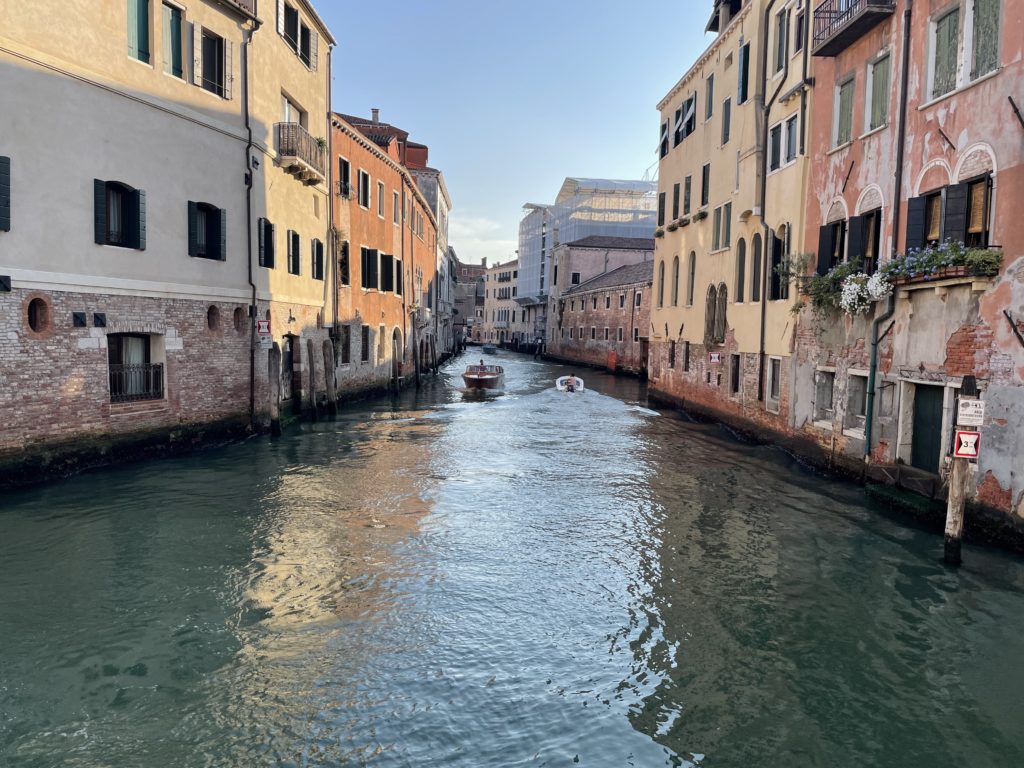
Even though it’s such a touristy city, there were still quiet parts that were purely residential. It was amazing how the city holds on to its traditional charm even in the midst of so many crowds of tourists.
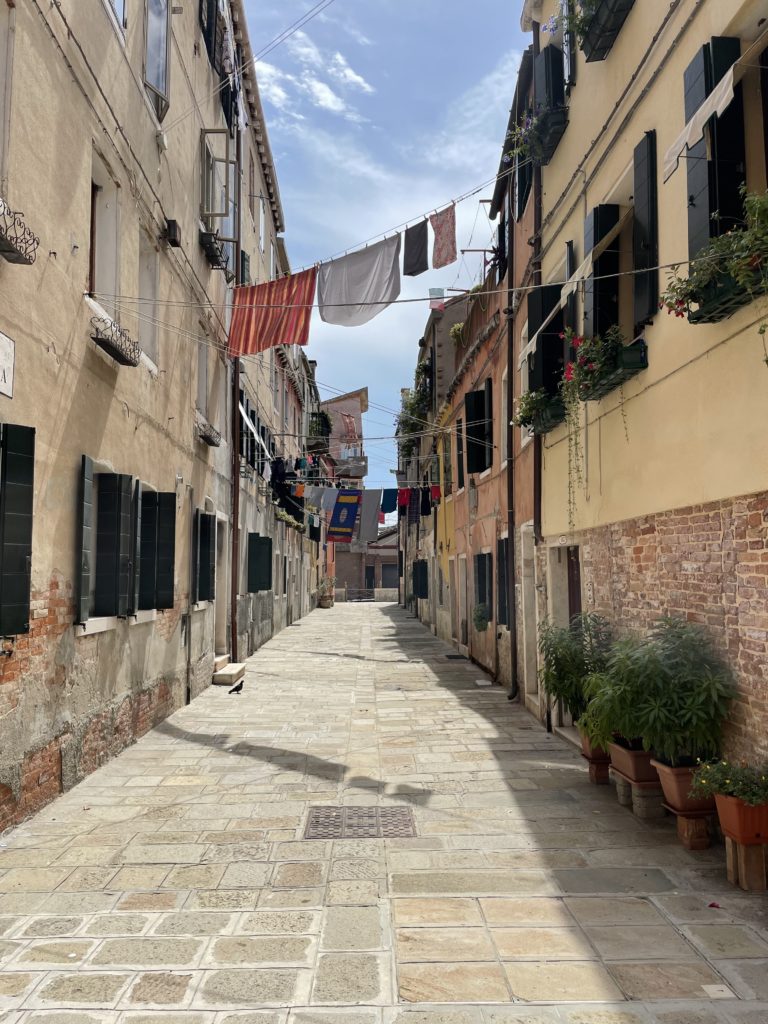
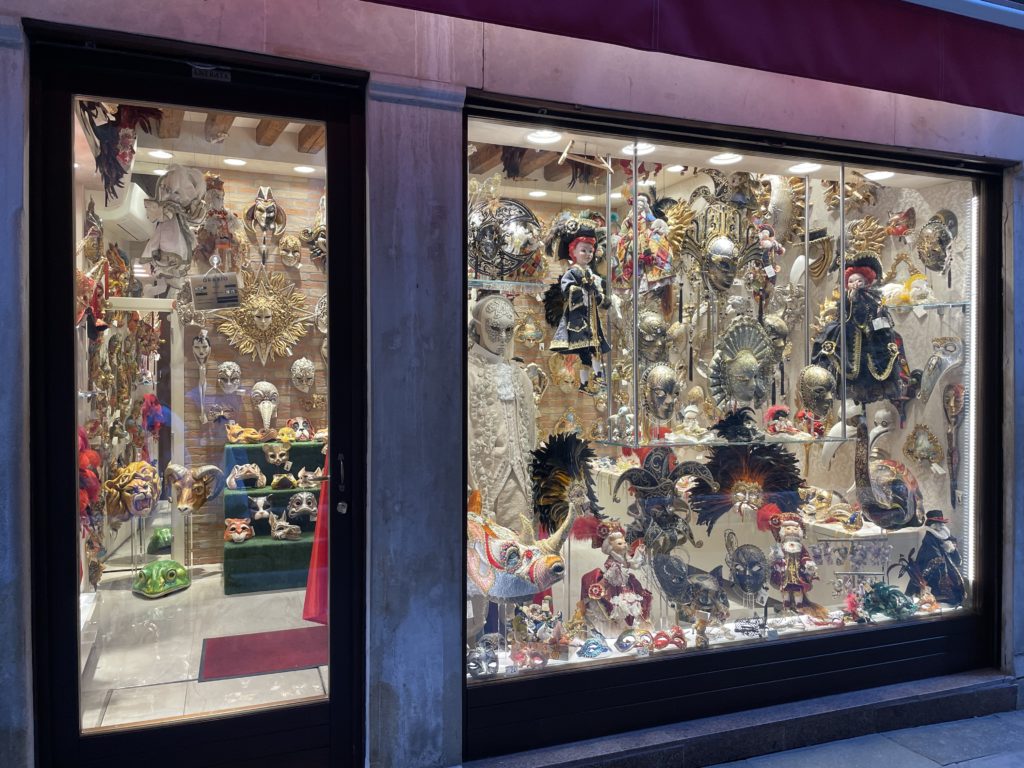
Masks are a huge part of the traditional culture of Venice. Every year there is a huge festival where everyone dons masks. To help supply the city, nearly every corner had a mask shop full of creative handmade masks!
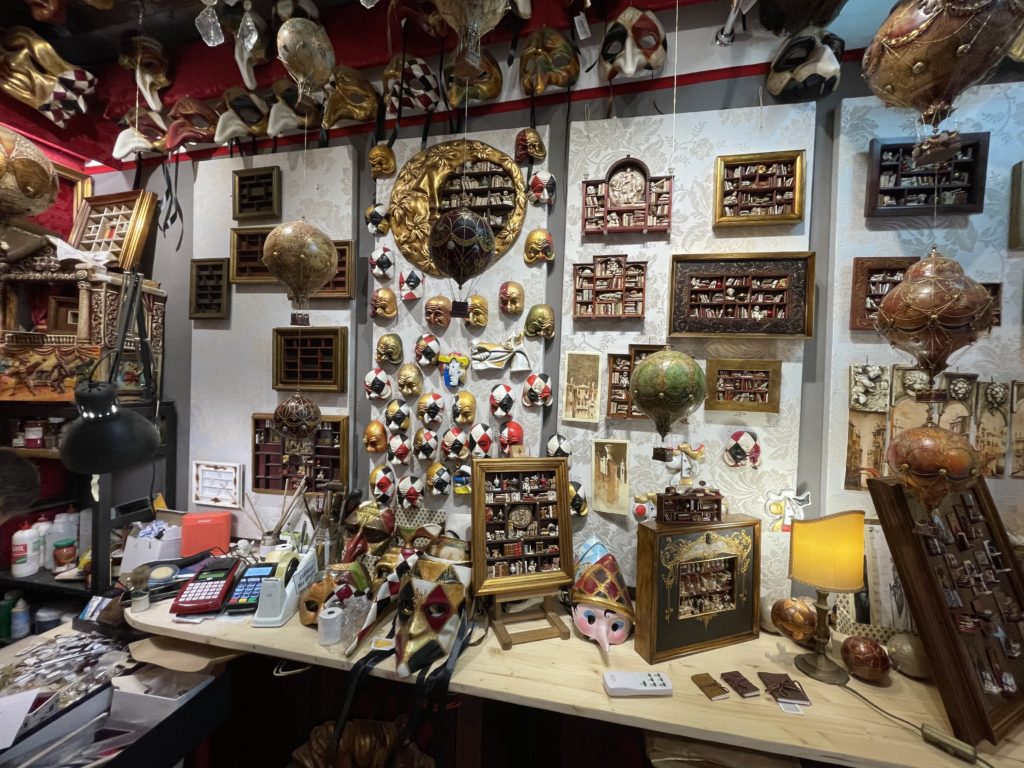
As with any city in Italy, the food scene was remarkable in Venice. While we didn’t get too many pictures of the food here, the majority of the local dishes consist of fish! And as with any city in Italy, Lizzie had to sample the local gelato scene as well.
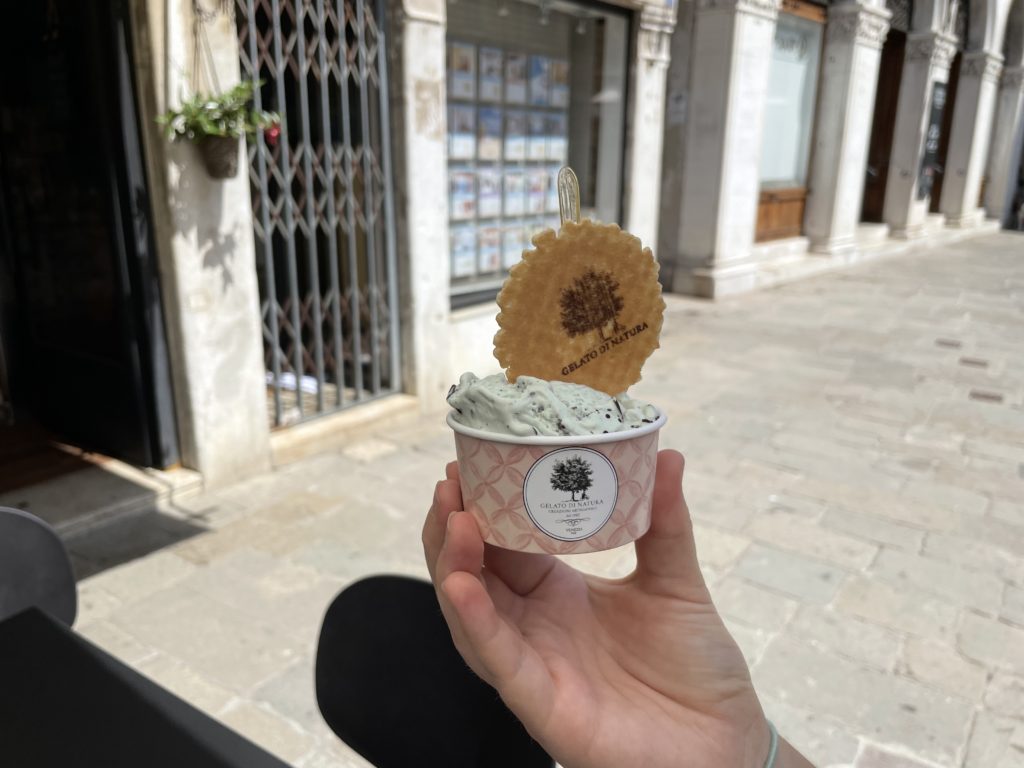
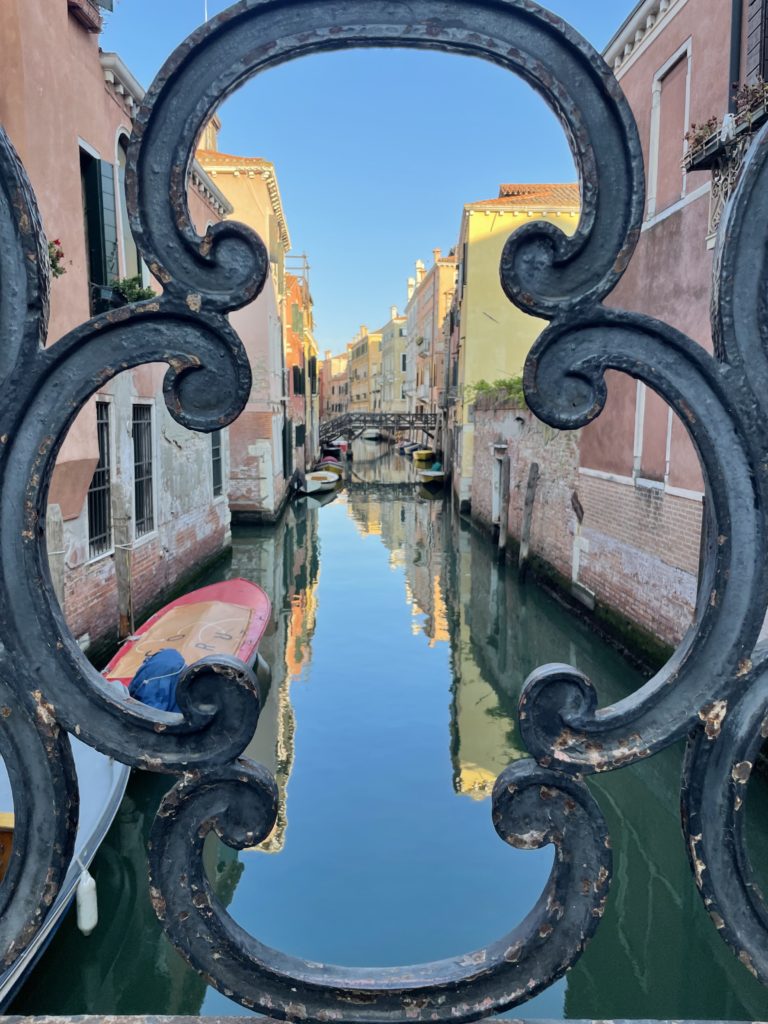
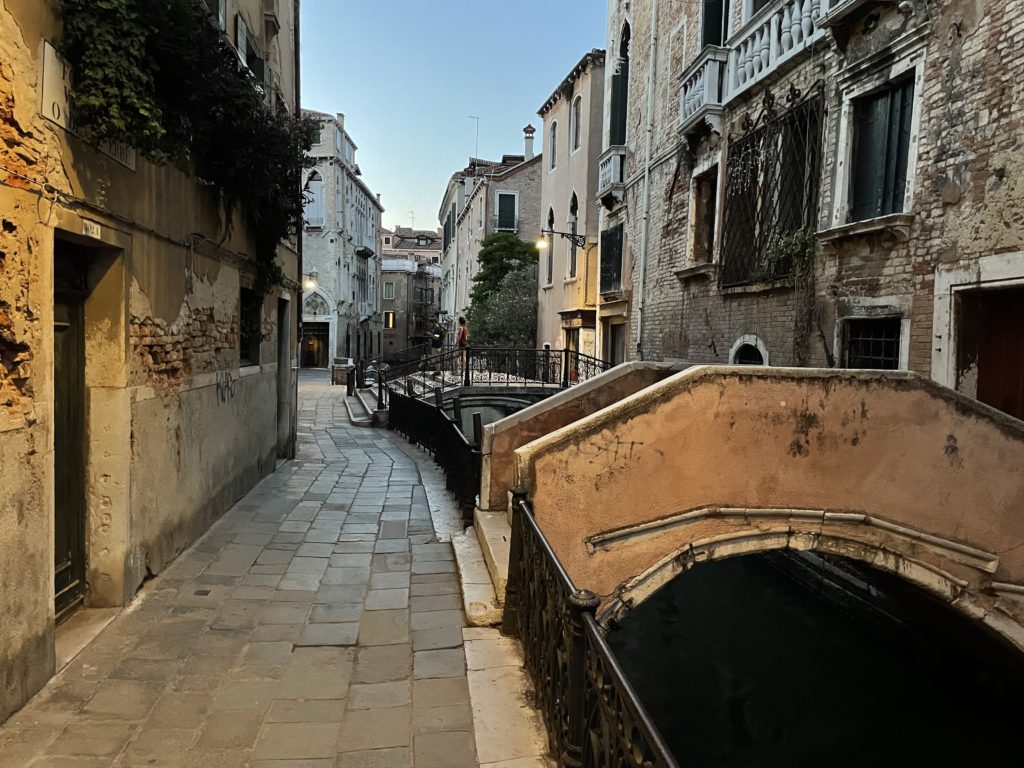
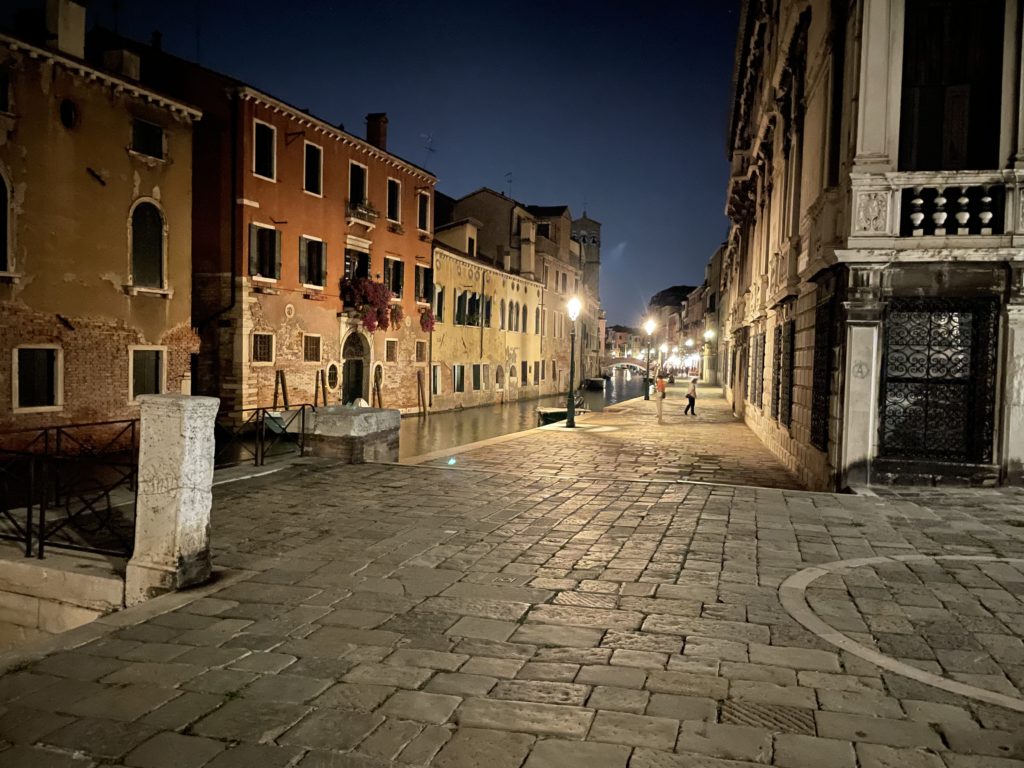
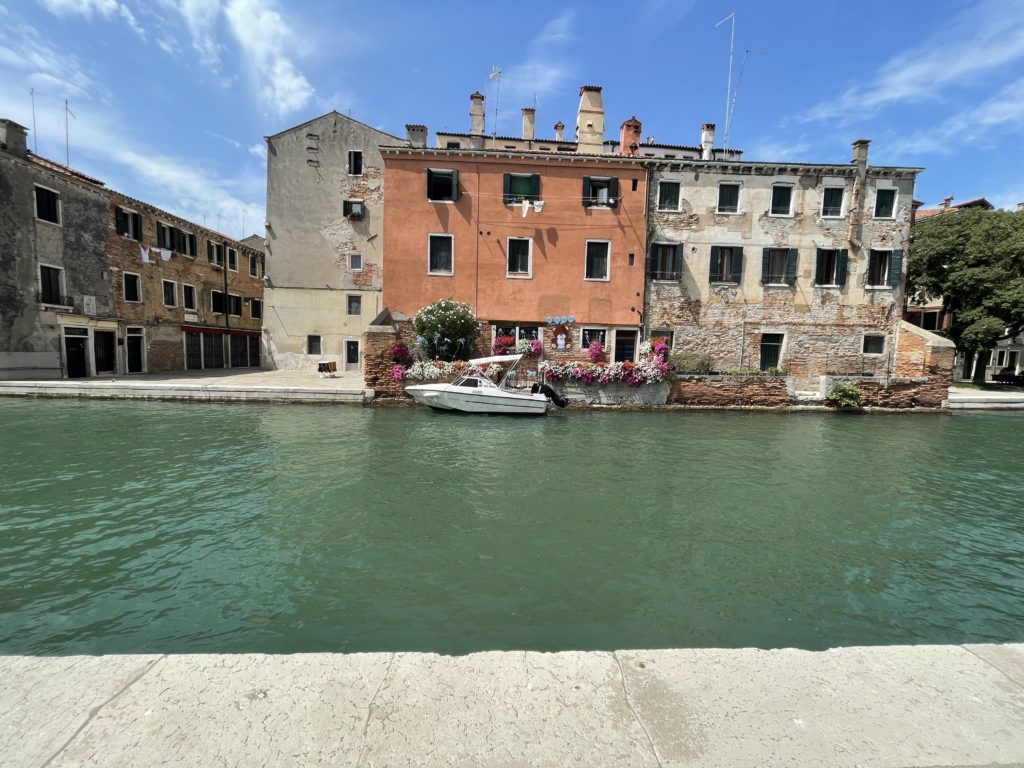
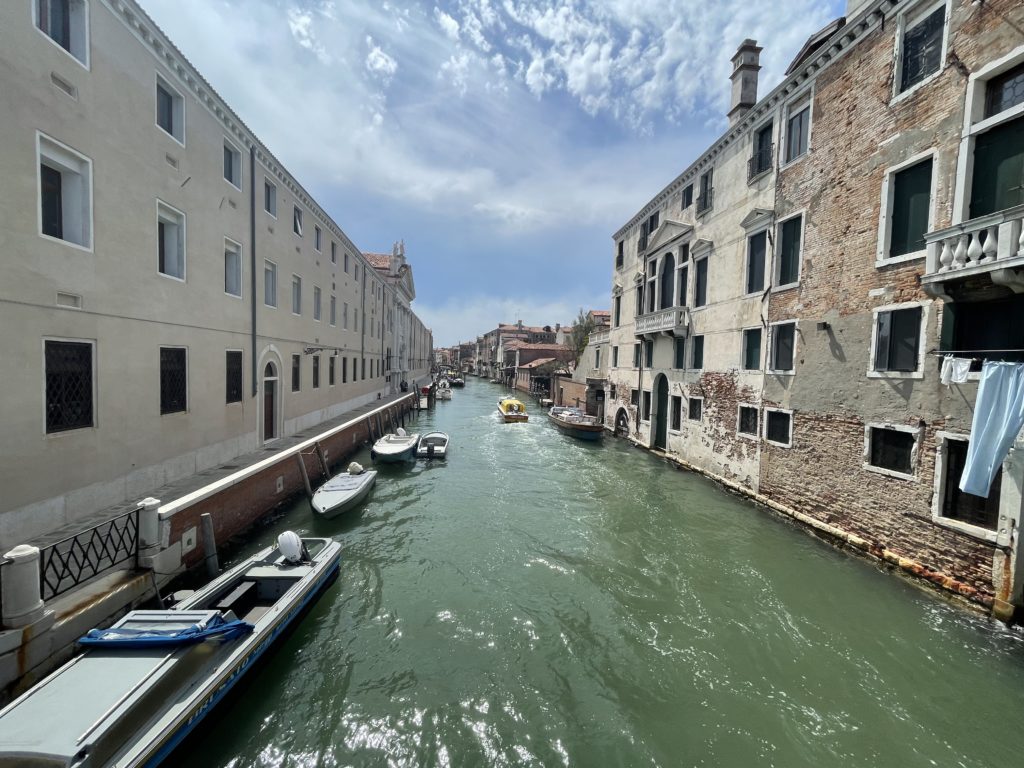
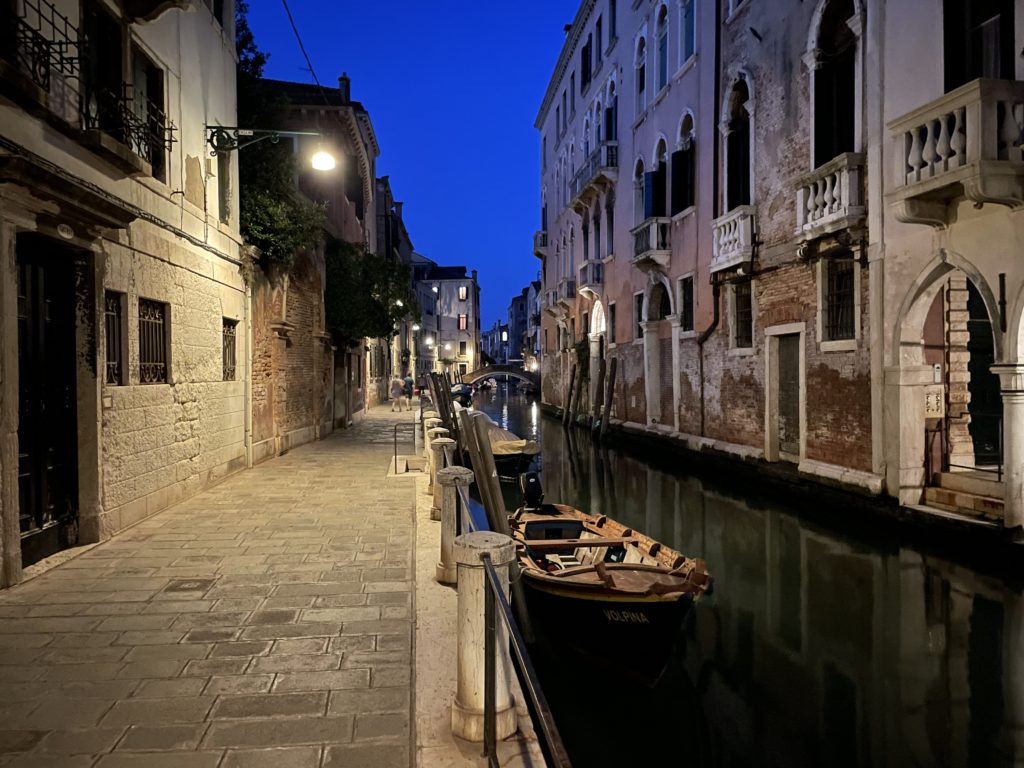
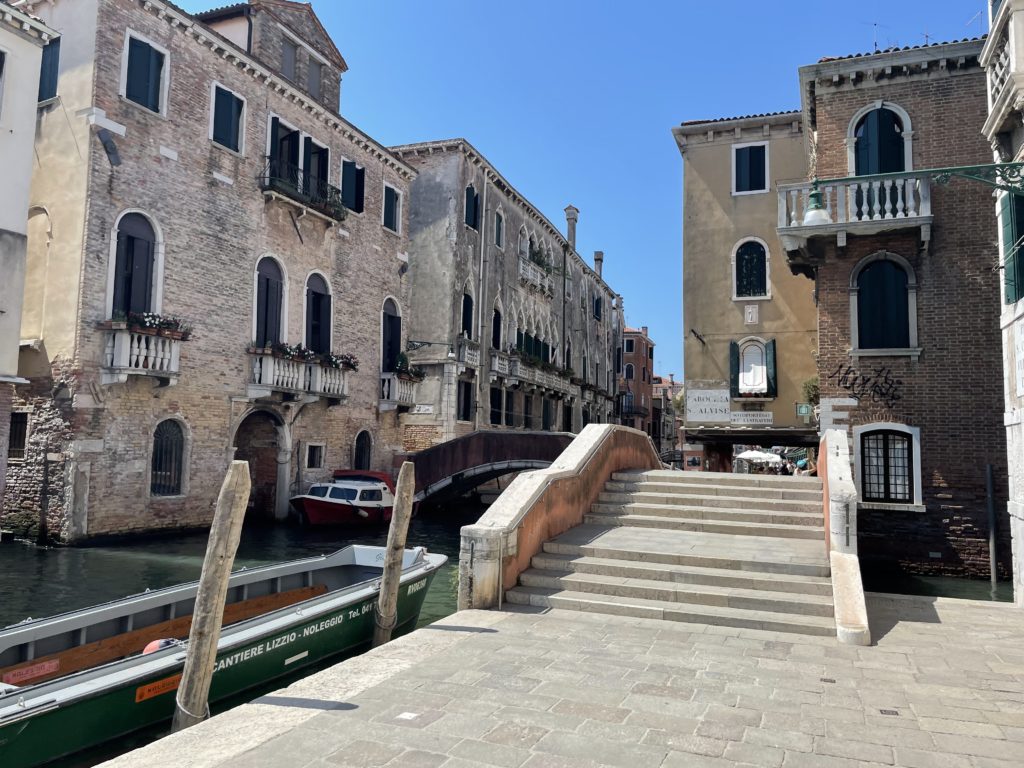
St Mark’s Square
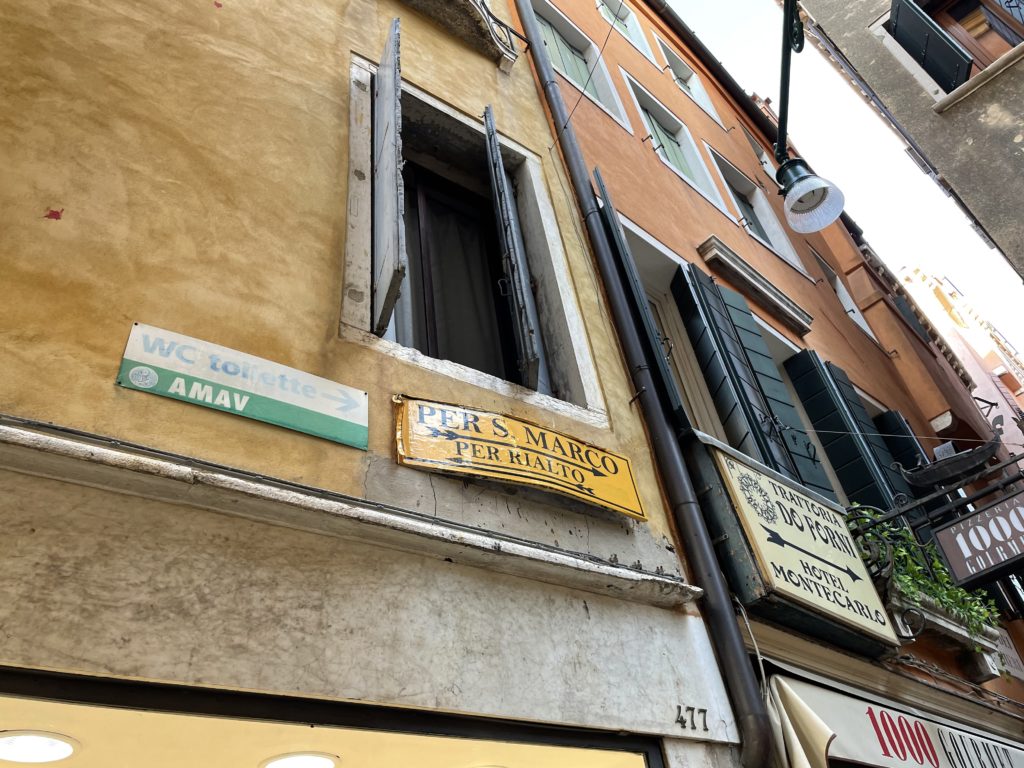
One of the most famous plazas in Venice is St. Mark’s Square. If you’ve ever been to Las Vegas, it’s what the Venetian/Palazzo hotels are themed after. It was nice not having slot machines and cigarette smoke in this version of St Mark’s Square though!
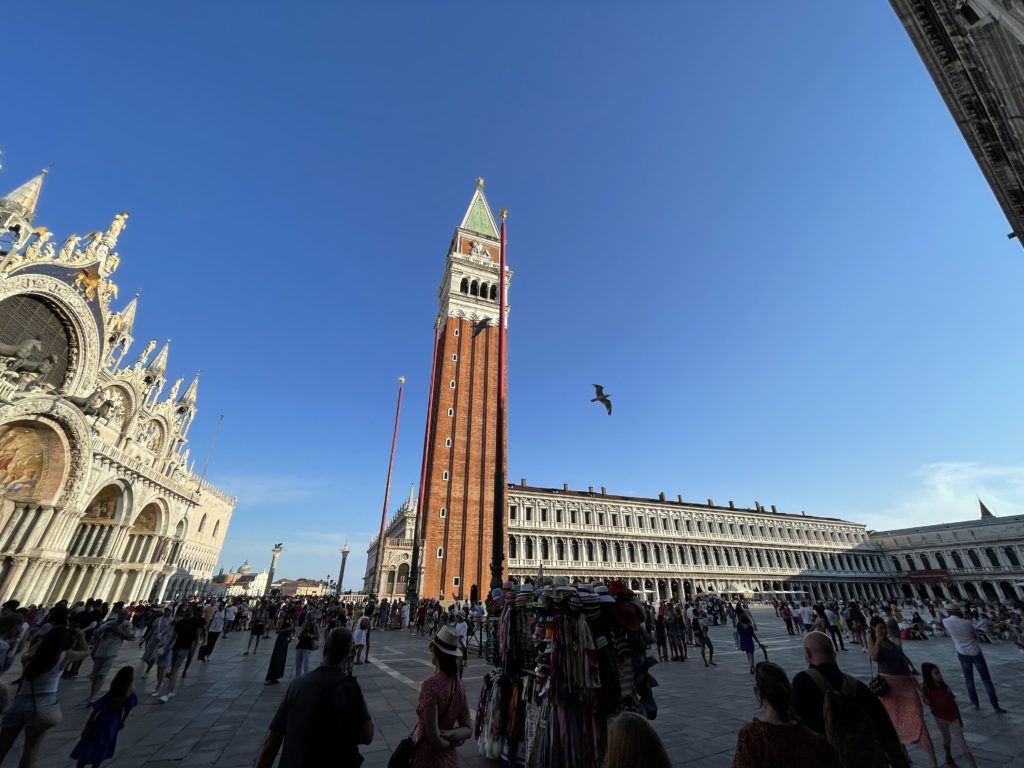
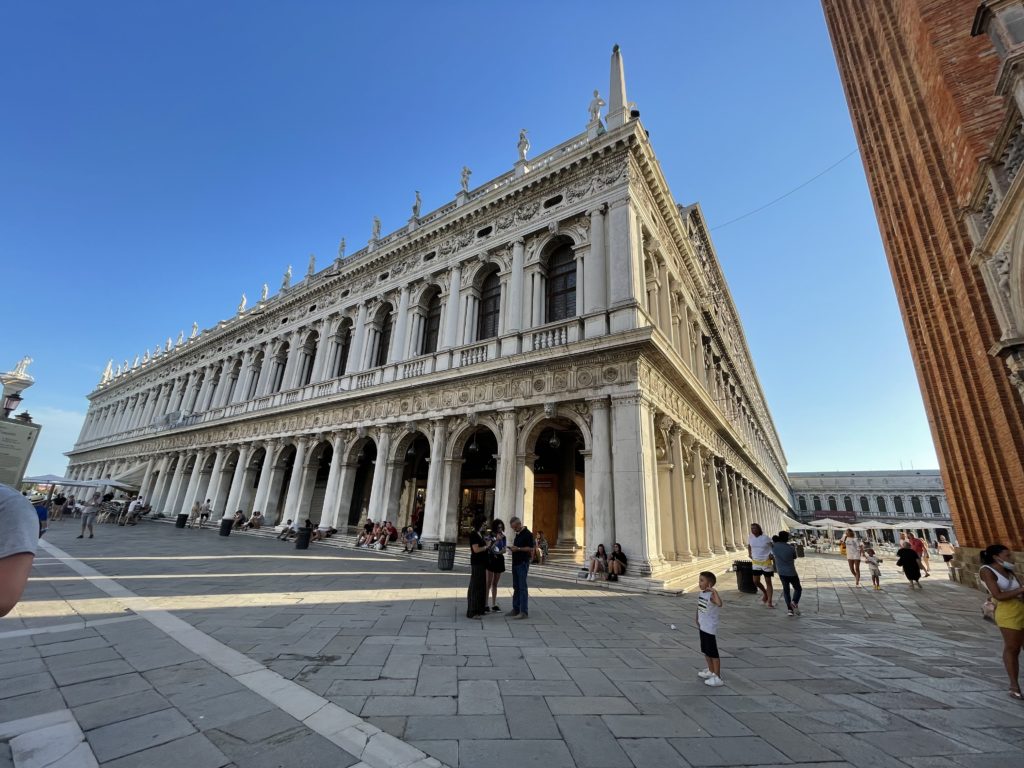
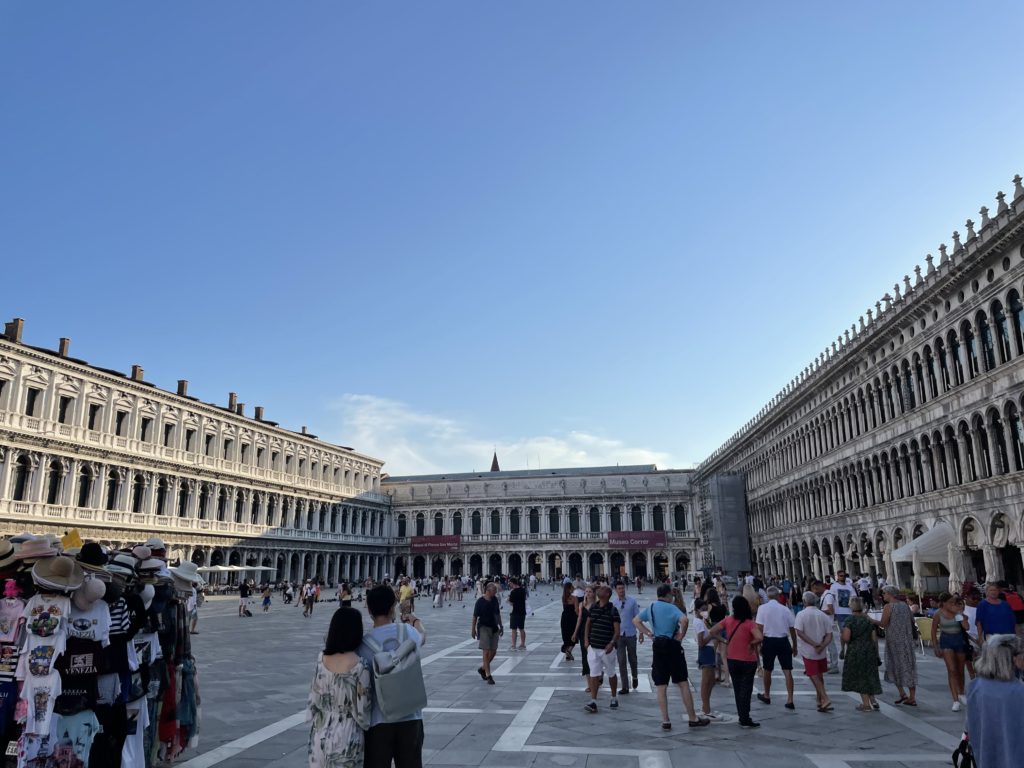
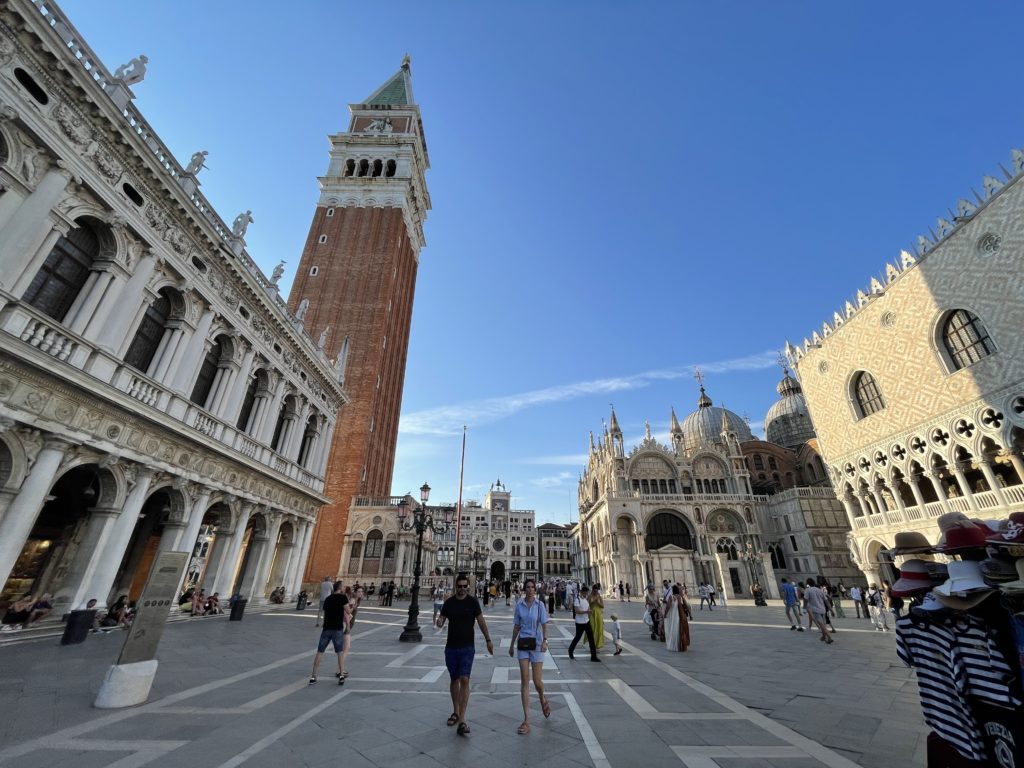
The square is surrounded by beautiful architecture, a church, a clock tower, and numerous cafes – nearly each of them pitching to passersby with live music. It was the perfect place to sit for a while and do what Lizzie and I love to do – people watch, talk, and reflect.
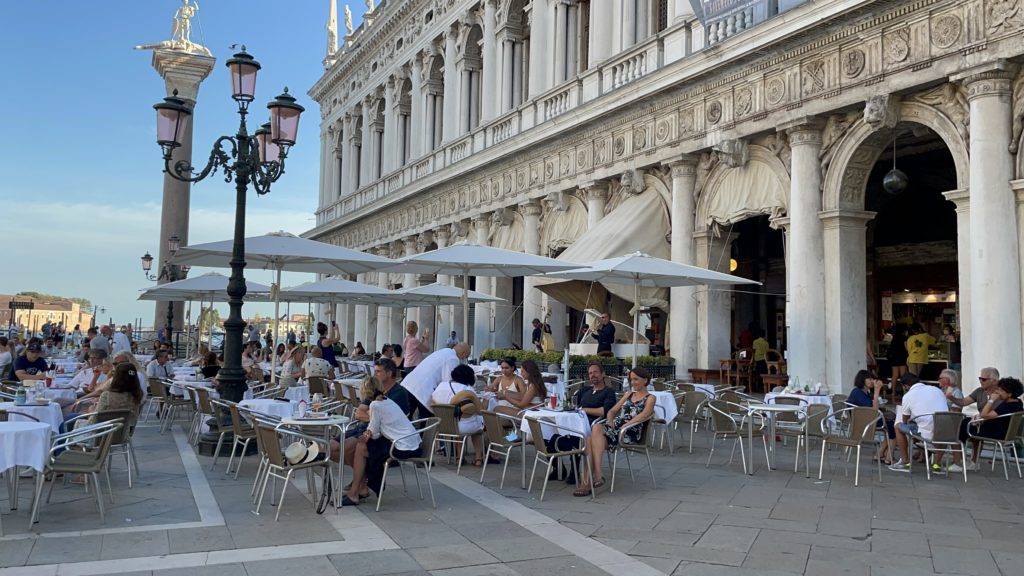
We decided to pick a cafe and get something small to share to just sit and enjoy the square for a bit. Knowing that most folks do this, the cafe owners in St Mark’s Square charge huge amounts ($15-20 USD) for bottles of water and cups of coffee. So we opted for a cheaper (roughly $5) plate of tiramisu to share together.
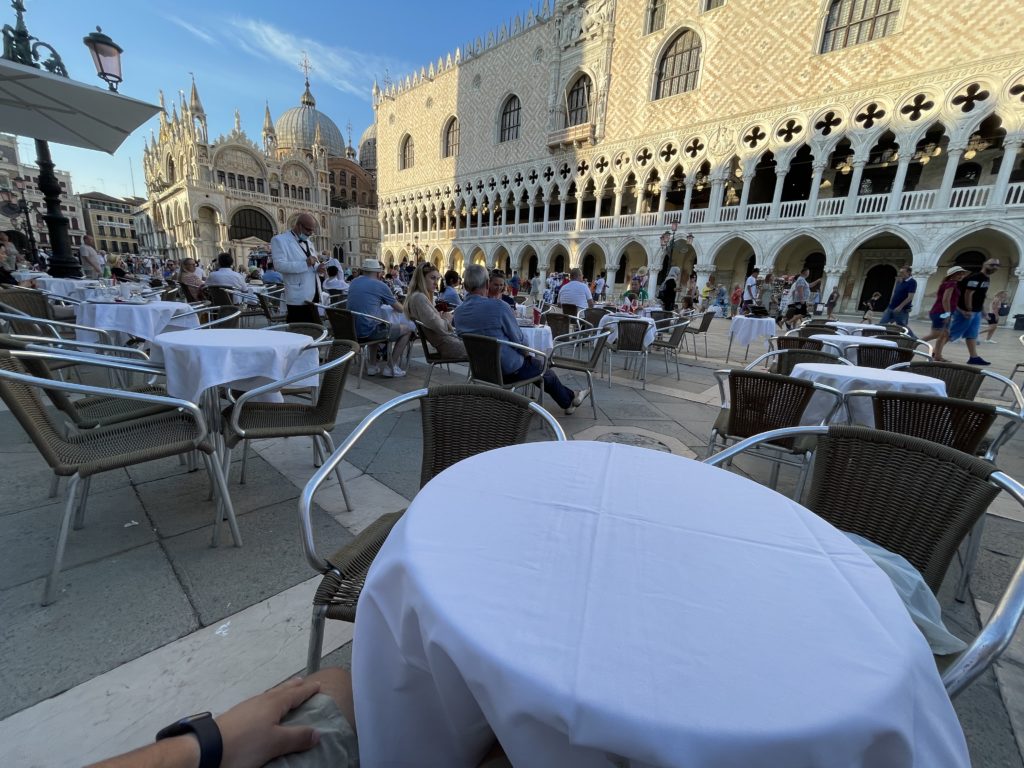
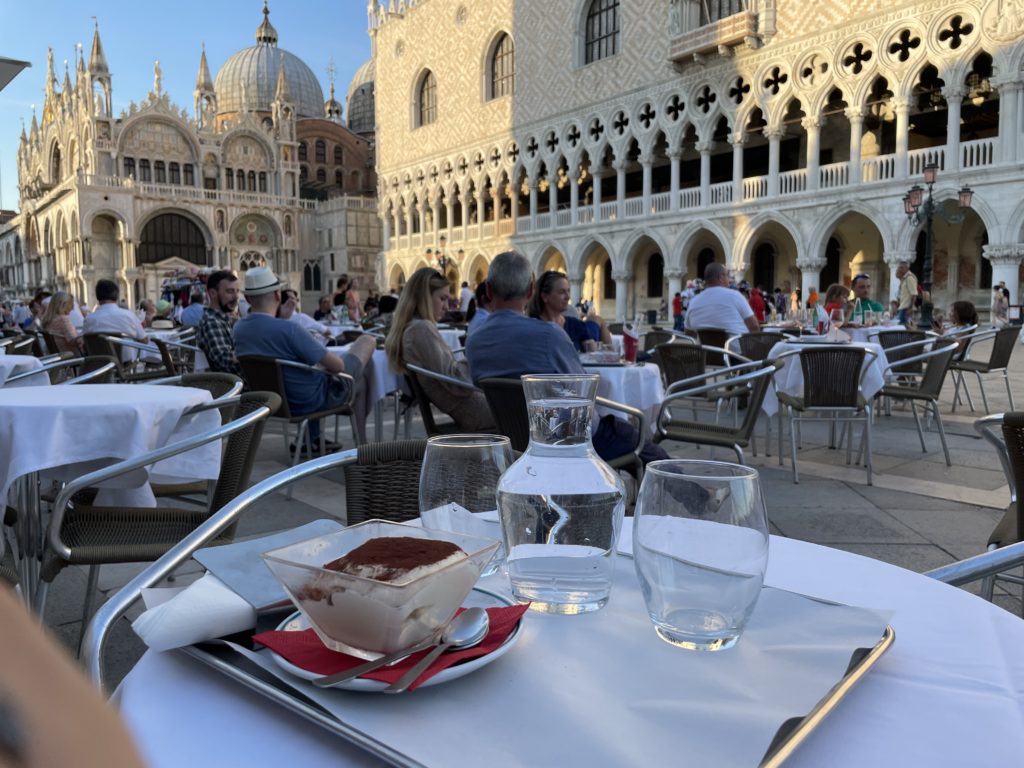
The Boats of Venice
Venice doesn’t have any cars – just boats. In fact, even if there were cars on the islands, there would be no place for them to go! Every “street” is made of water. The delivery trucks, ambulances, and garbage trucks were all boats. There aren’t even any bikes on the islands! Your options for commuting are walking, or riding/piloting a boat. If you needed to haul anything such as groceries, you’d use a little hand cart and maneuver it up and over the canal bridges to get from point A to point B.
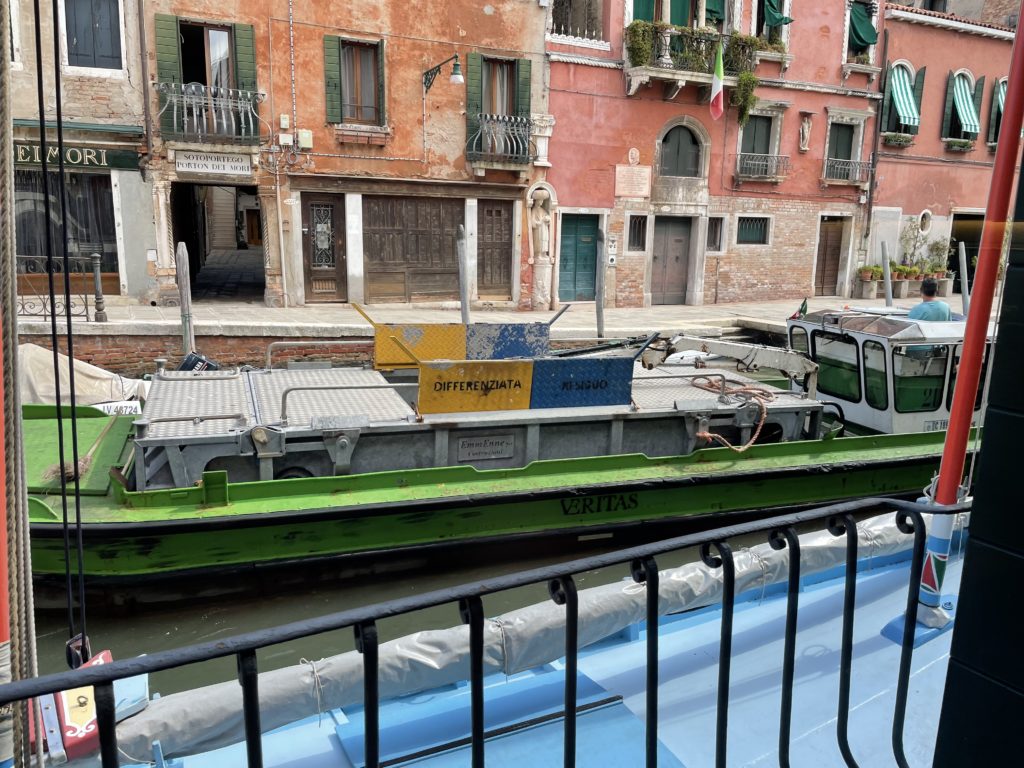
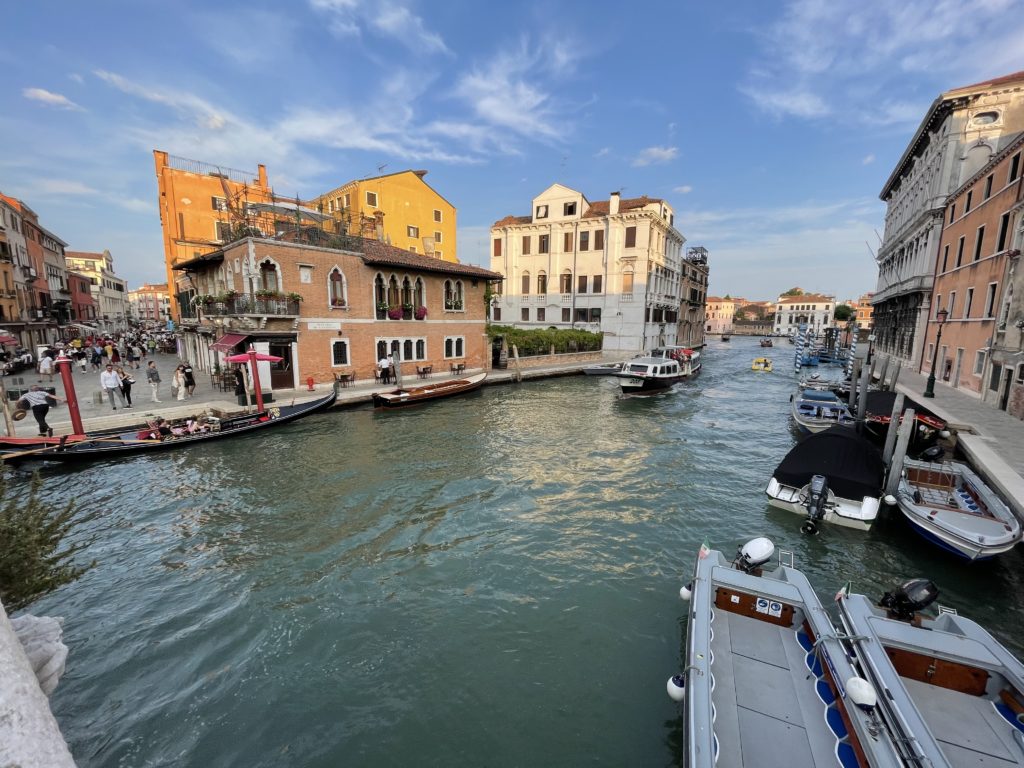
Everything in Venice was masterfully built for boats. Even the modern airport on the mainland had a huge docking area for the water buses and taxis to ship passengers back and forth to the islands.
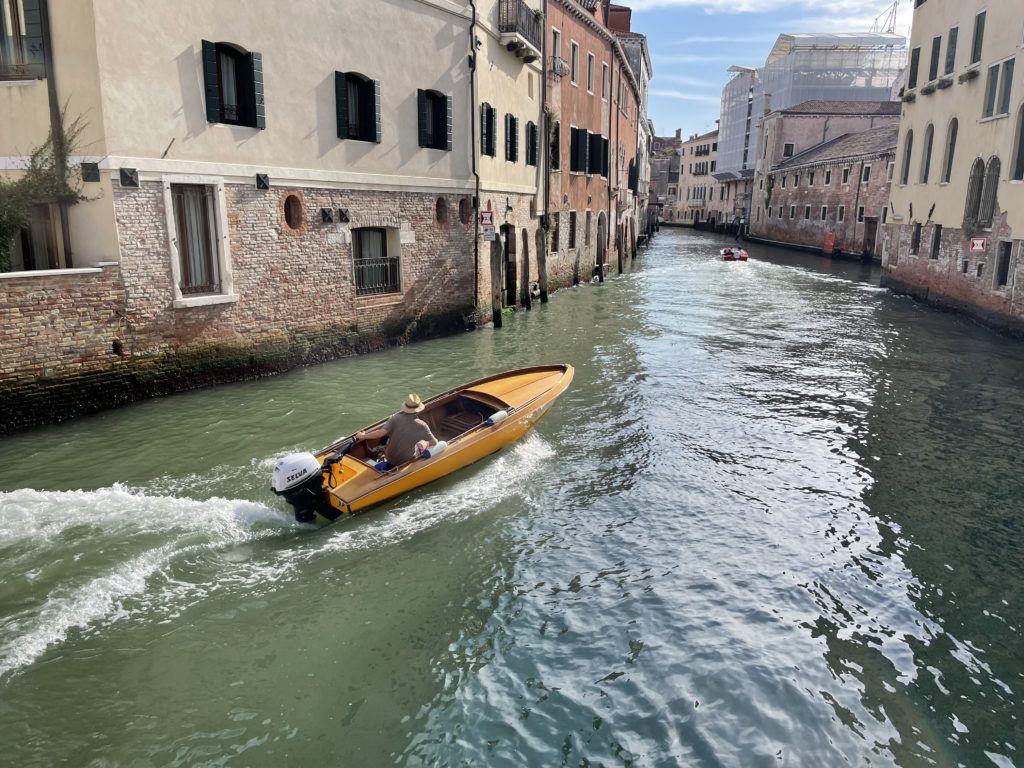
The water-based public transportation system is actually super efficient and a great way to get around. It’s comprised of “water buses” that travel from island to island, or inter-island down some of the larger canals. If you wanted to get somewhere specific, you could call one of the water taxis.
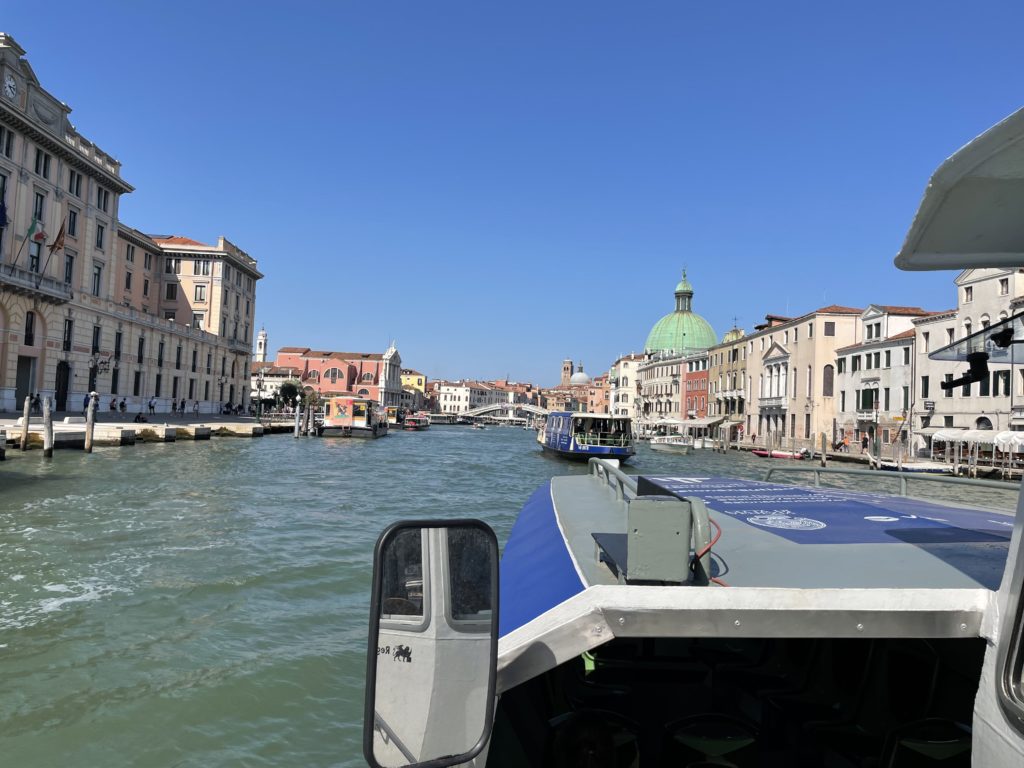
The water taxi’s were one of my favorite parts of Venice. These are absolutely beautiful boats! I later learned that they were made of African mahogany that was polished to a reflective shine, and the engines were made by Rolls Royce. Each boat costs over $200K, which helps explain why the taxi operators charge what they do for a taxi ride. We were content to just stand on the shore and admire from afar!
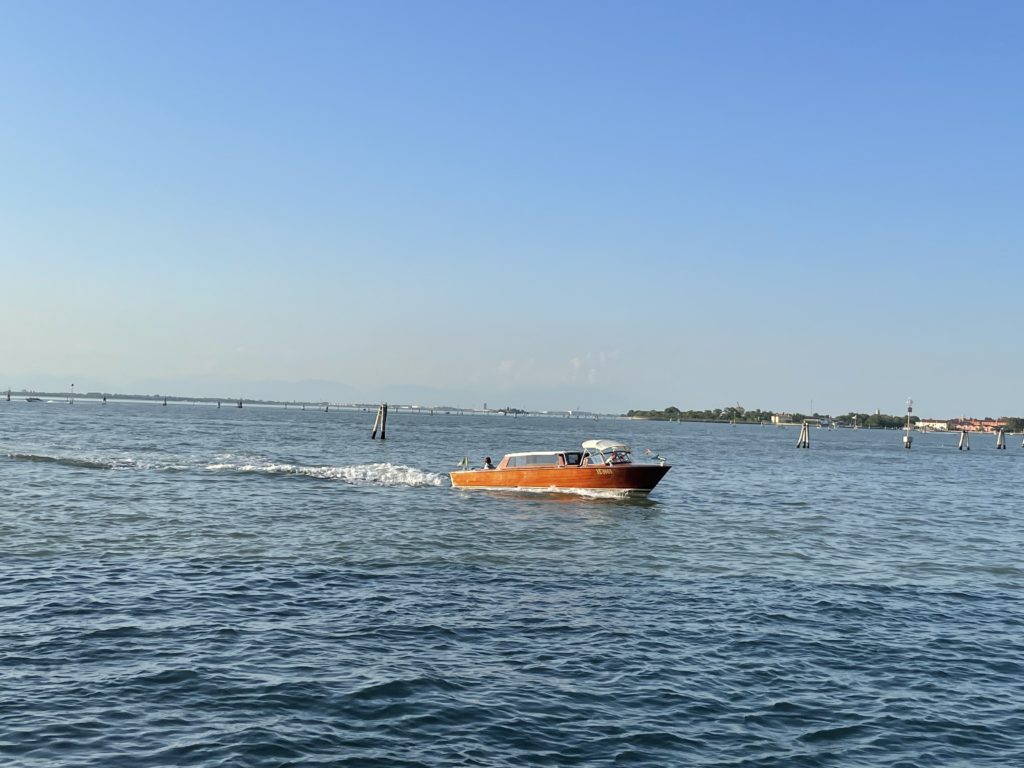
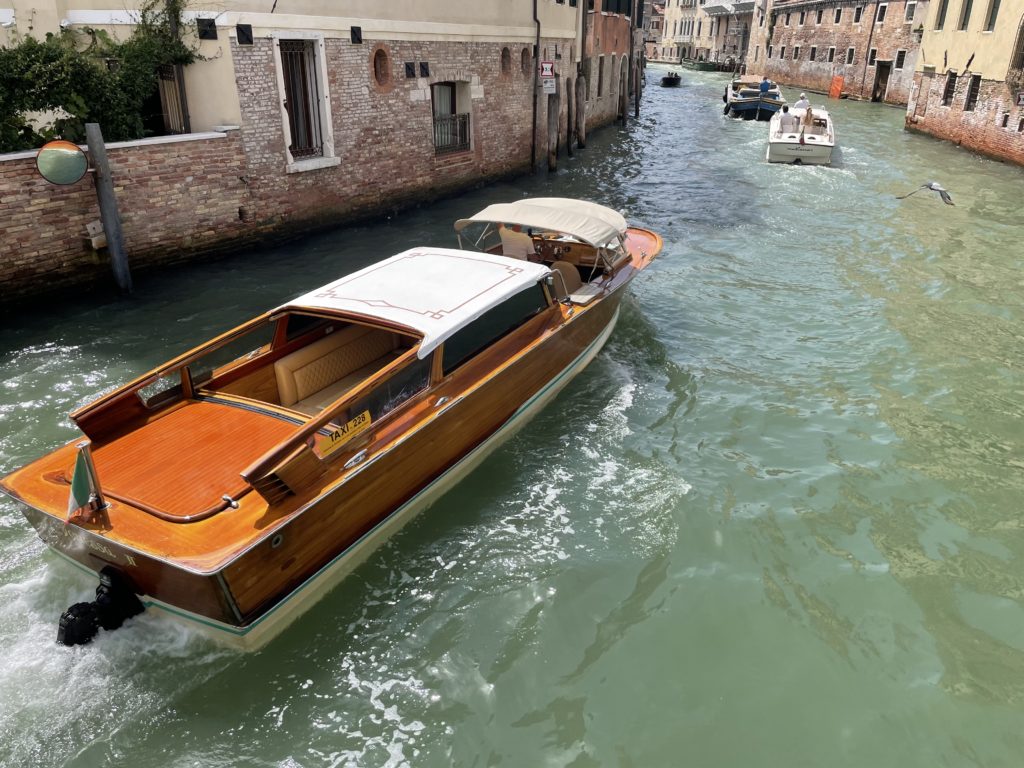
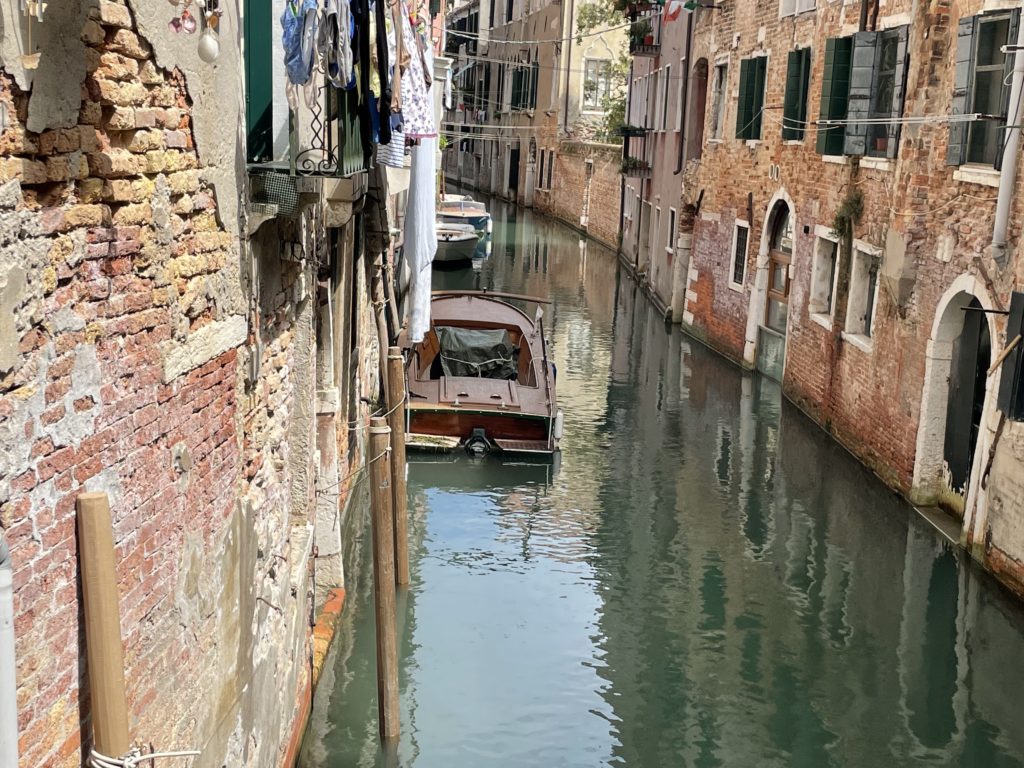
Gondolas are not widely used for transportation in Venice. In fact, they’re primarily used for tourists to see Venice from a different perspective. It’s also not very common to have gondola operators sing to you as you float through the canals. Now that we’ve got those Hollywood lies out of the way, I have to say that it was awesome seeing these beautiful boats everywhere we went in Venice.
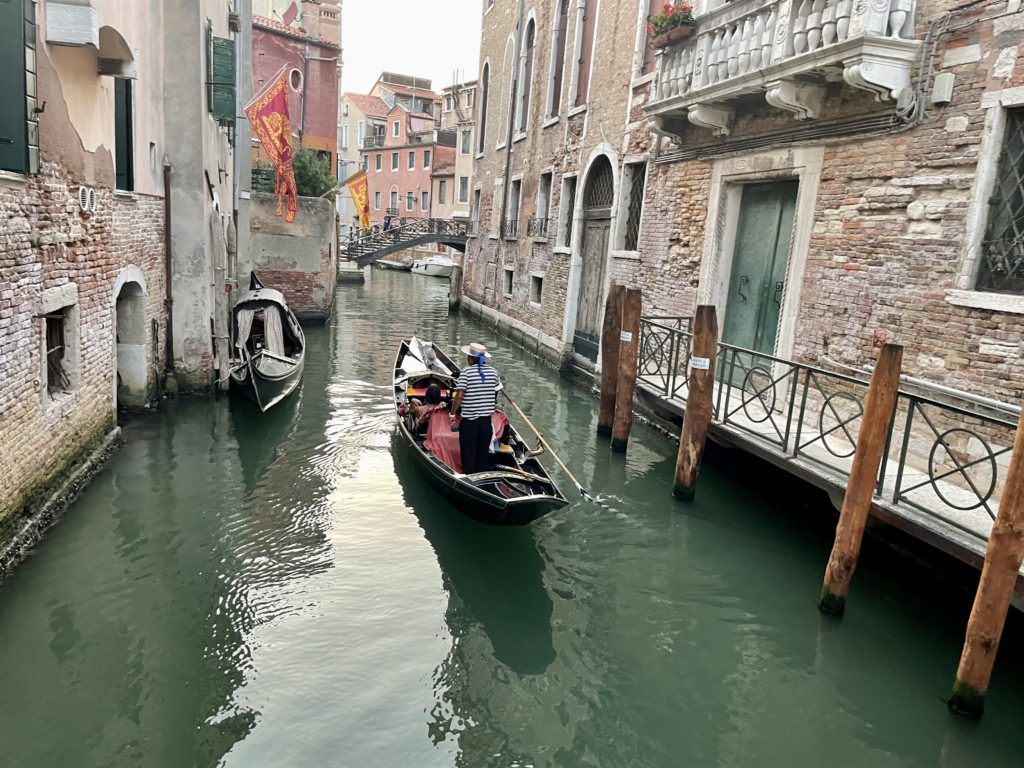
Each gondola is unique. The operator often spends their entire working lives as gondola operators. As such, when it’s time for them to buy their boat early in their career, they get the opportunity to make sure it has unique carvings/paintings to make it their own. Even the oar that they use is custom-made for their body size.
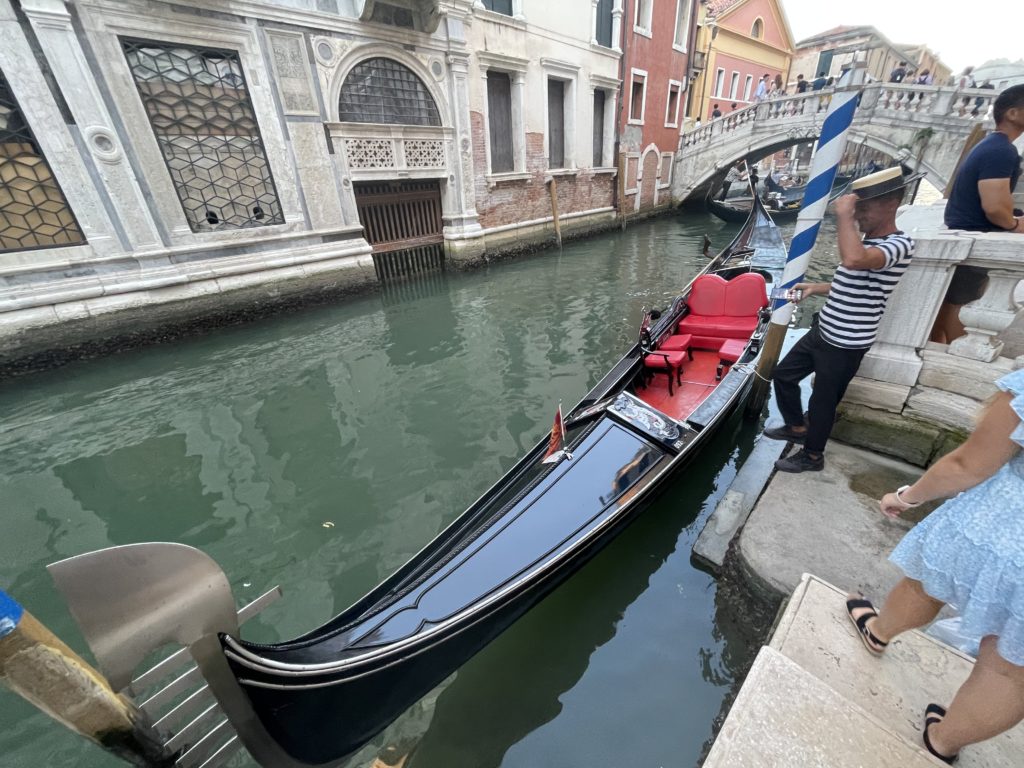
Lizzie and I decided to spend one of our final evenings in Venice together on a gondola ride. We really enjoyed it – it was so special to be in a city like Venice on a gondola that we felt like we were dreaming the whole time. Our gondola operator had been doing this for 20 years and happily showed us different restaurants and shops that he grew up going to and highly recommended.
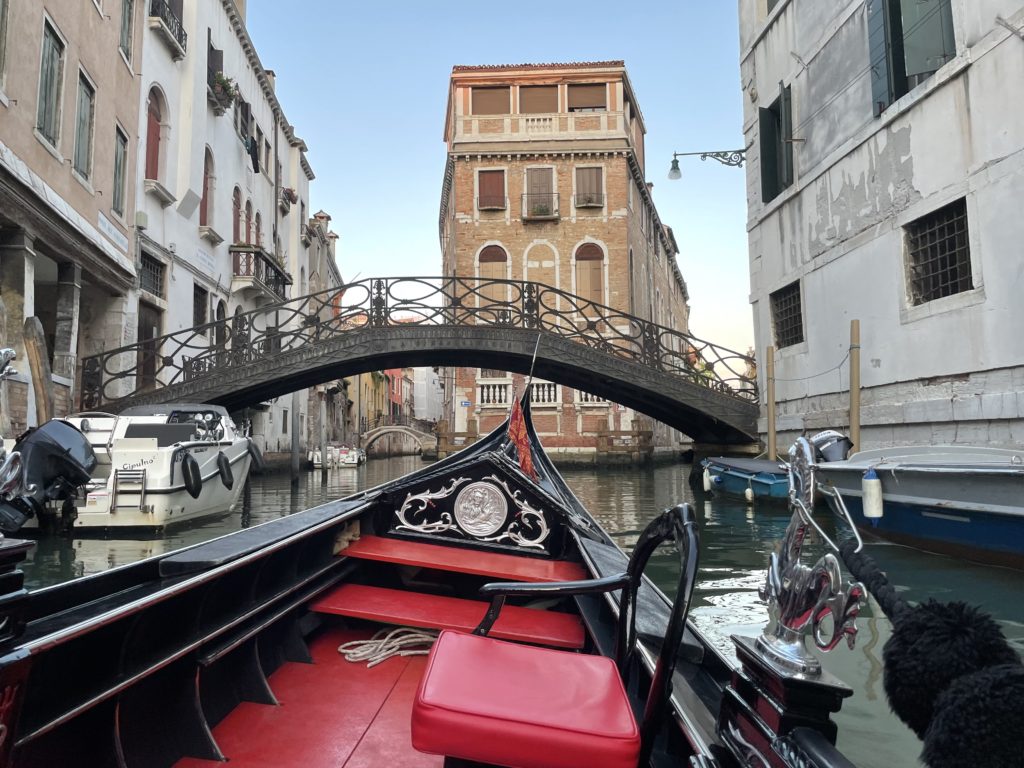
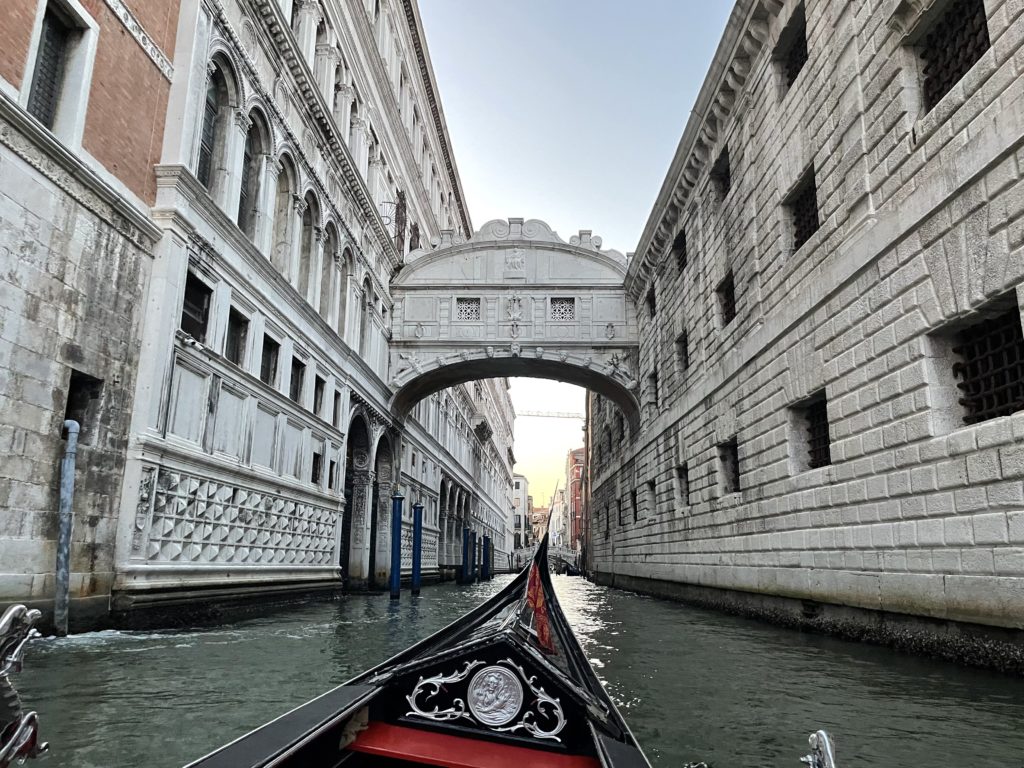
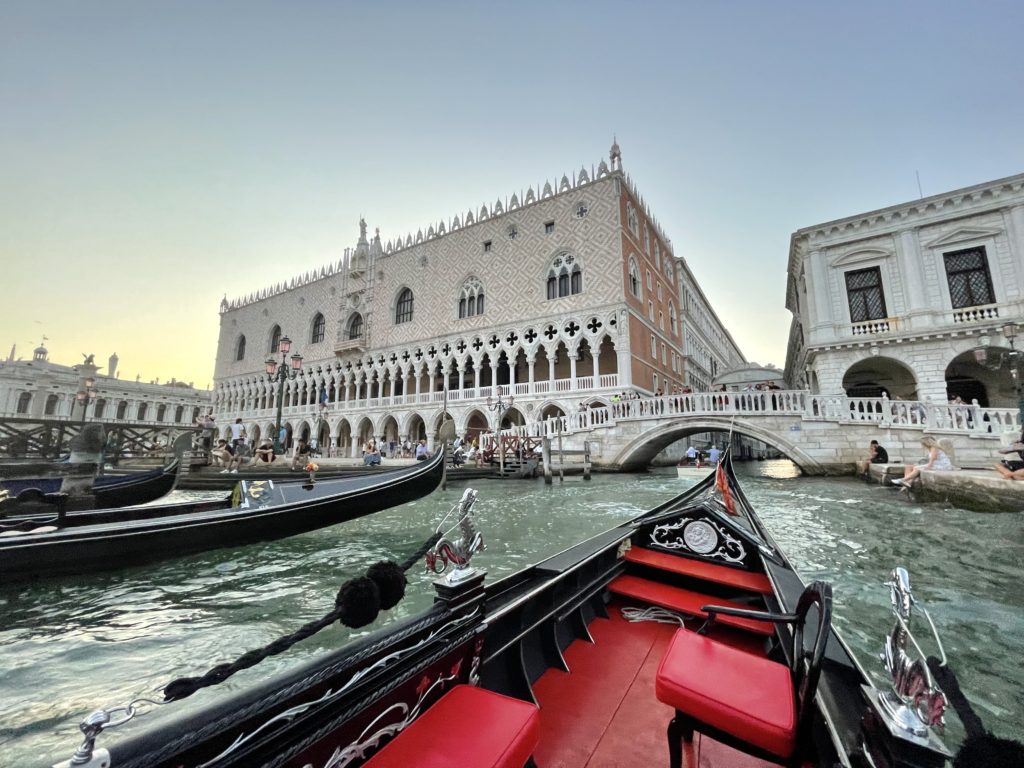
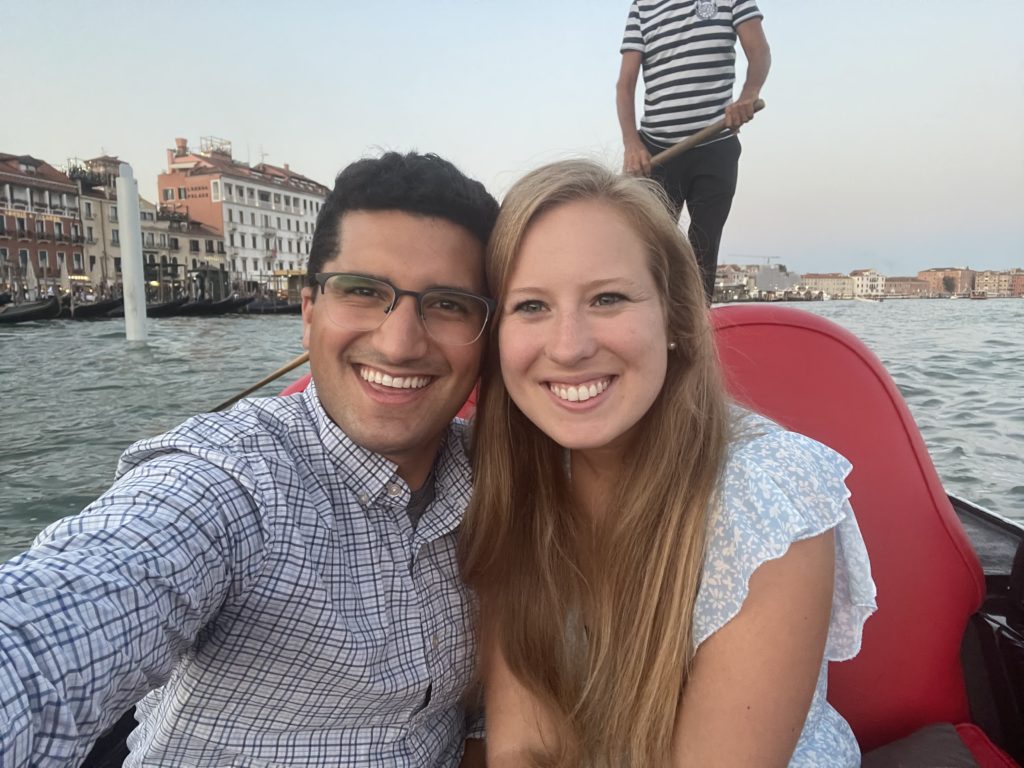
Murano
The metro-area of Venice is made up of quite a few different islands. Aside from Venice proper, two of the more popular ones are Murano and Burano. You can easily get to both islands via public transportation (water buses), and both islands have similar canal-heavy layouts as the island of Venice.
Murano has been known for centuries to be one of the glass-making hubs of the world. The folks on this island are proud of this fact. We learned that some of the most popular chandeliers in the Palace of Versailles in France were made here in Murano! Today, walking through its canal-side streets, you’d think the city never changed from those origins. Nearly every shop had something to do with brilliant craftsmanship in glass – whether that was glass blowing, painting, sculpting, or anything in between.
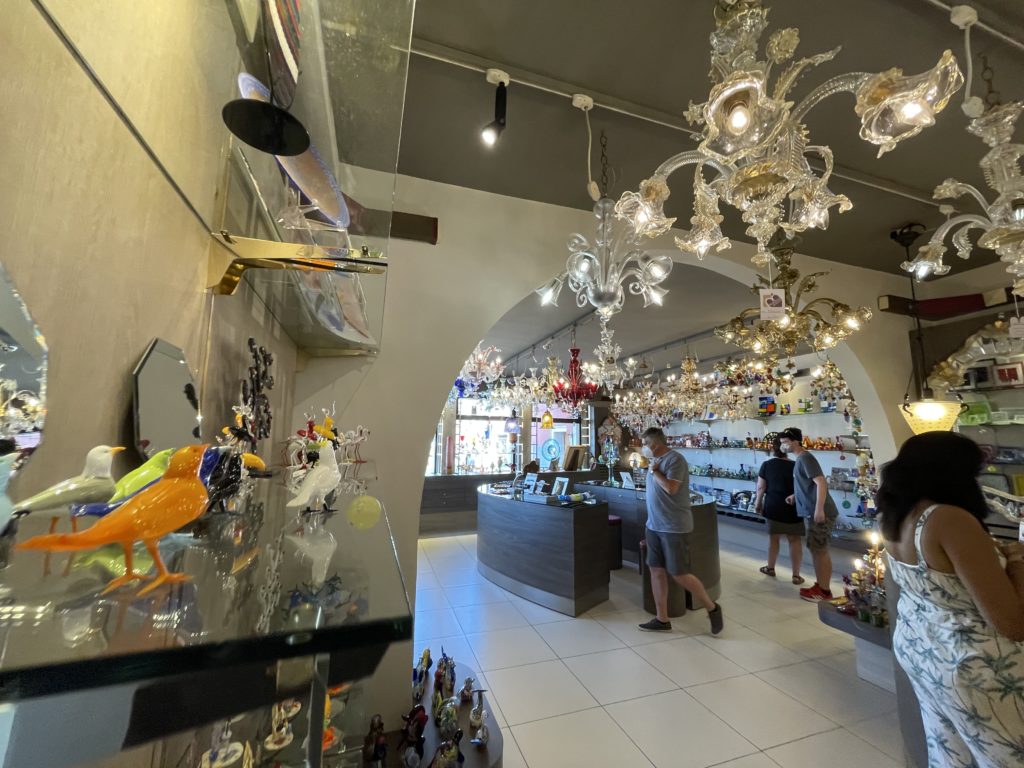
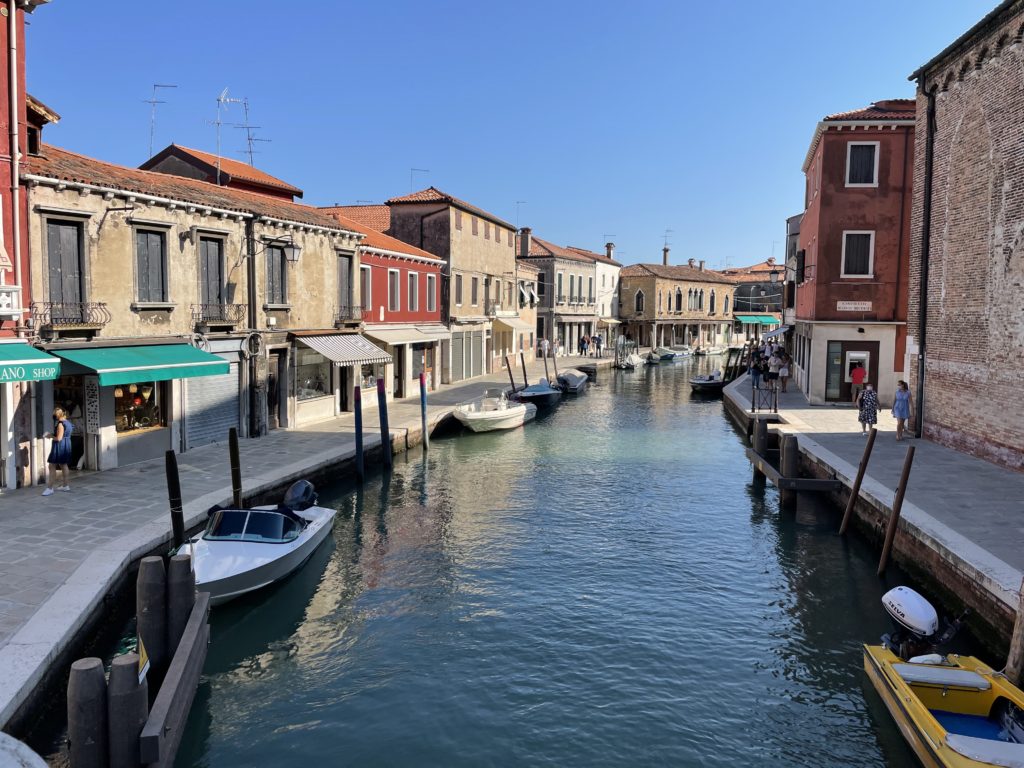
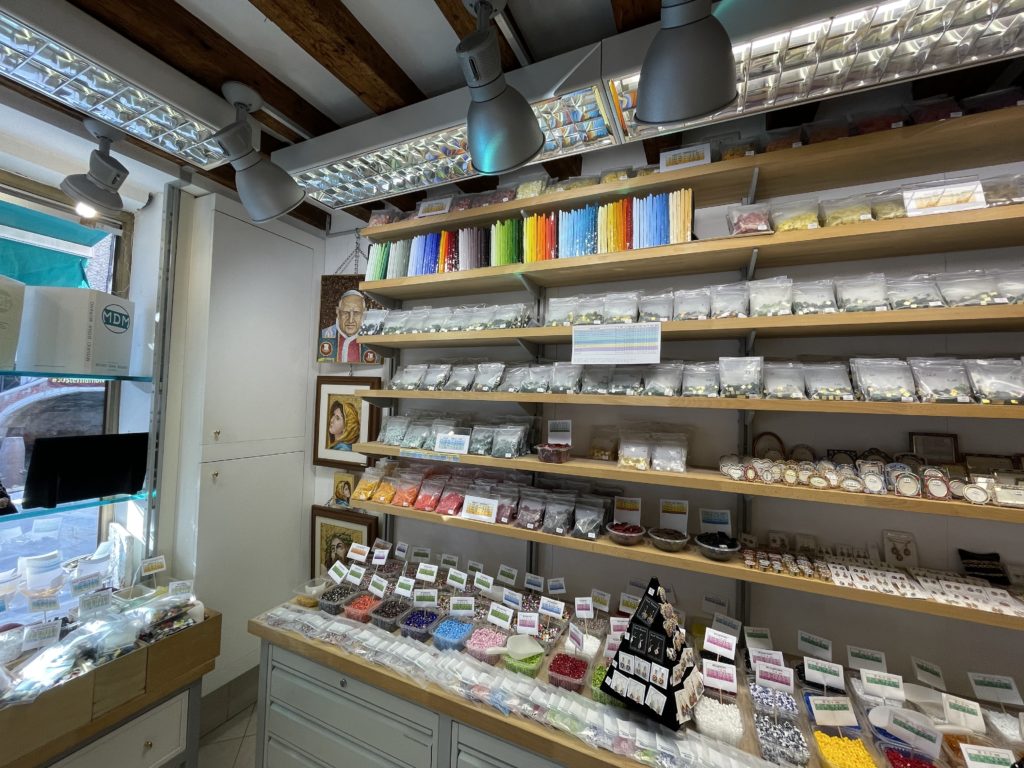
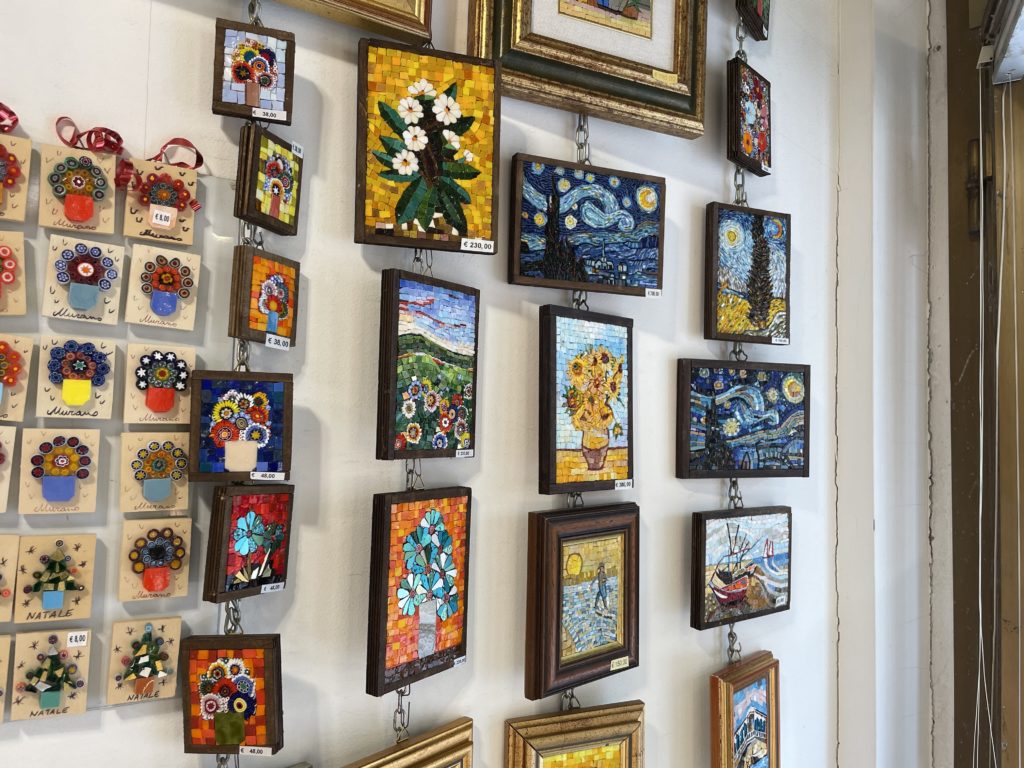
Burano
The nearby island of Burano is also known for a specific type of craft: Lace! While Burano was a bit smaller than Murano, and quite a bit further from Venice, it’s still a great place to walk around and duck into local shops. Each shop had something to do with locally made lace. Lizzie got a runner for our dining room table here – something small enough to fit in our backpacks for the final days of our trip.
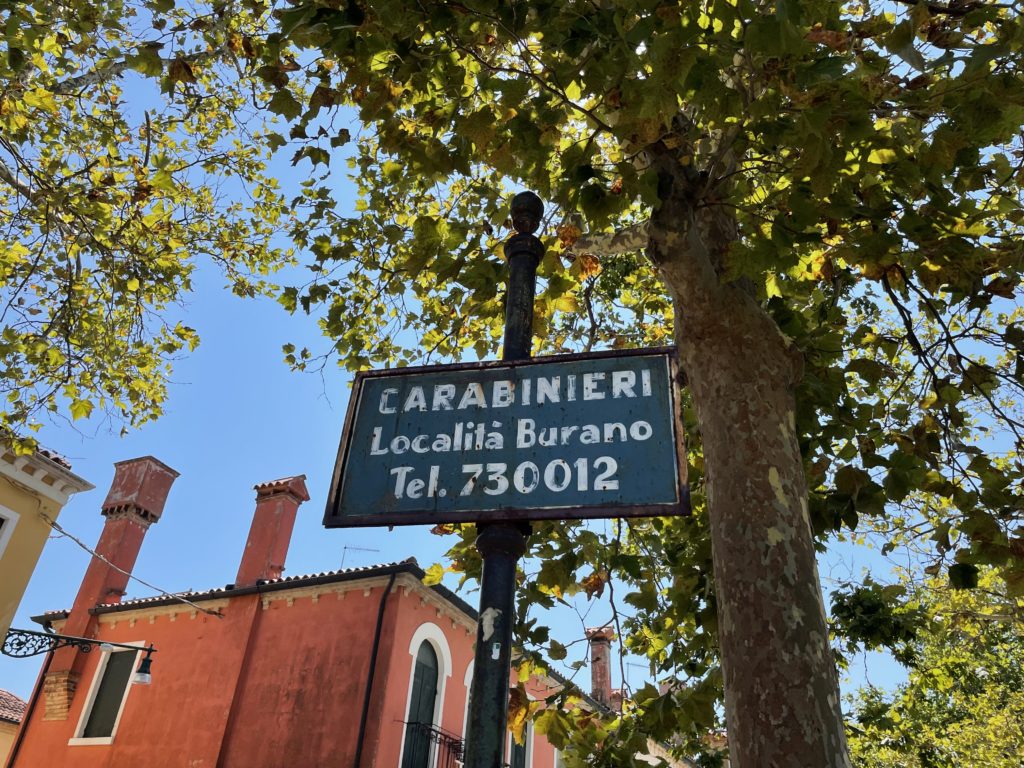
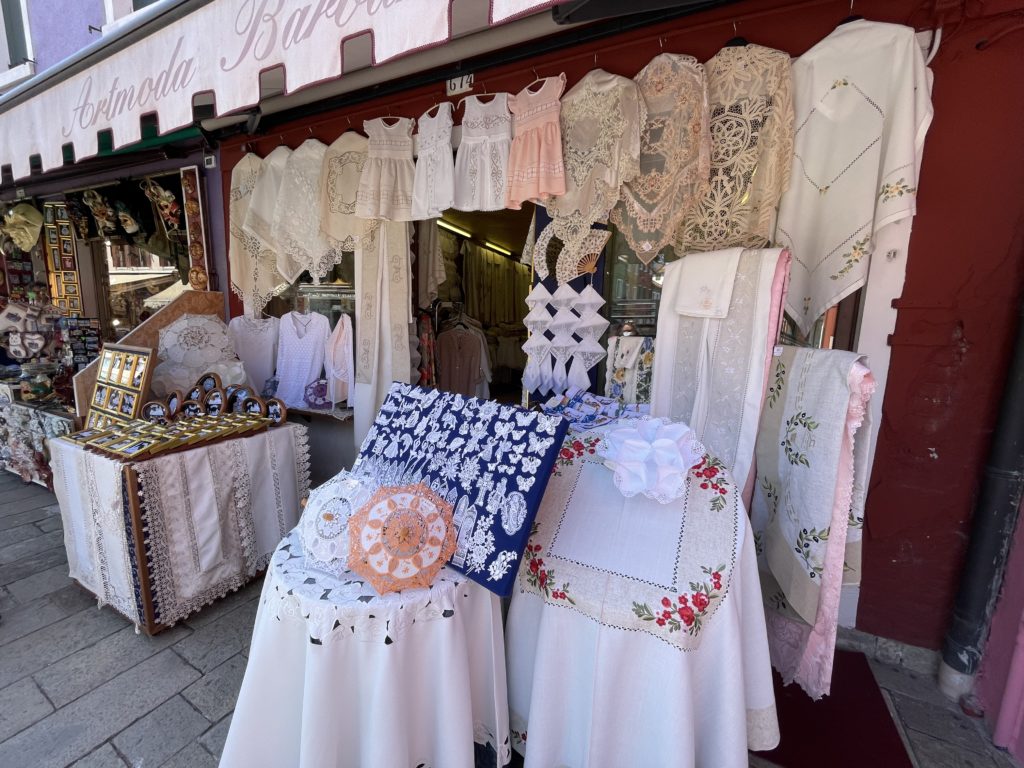
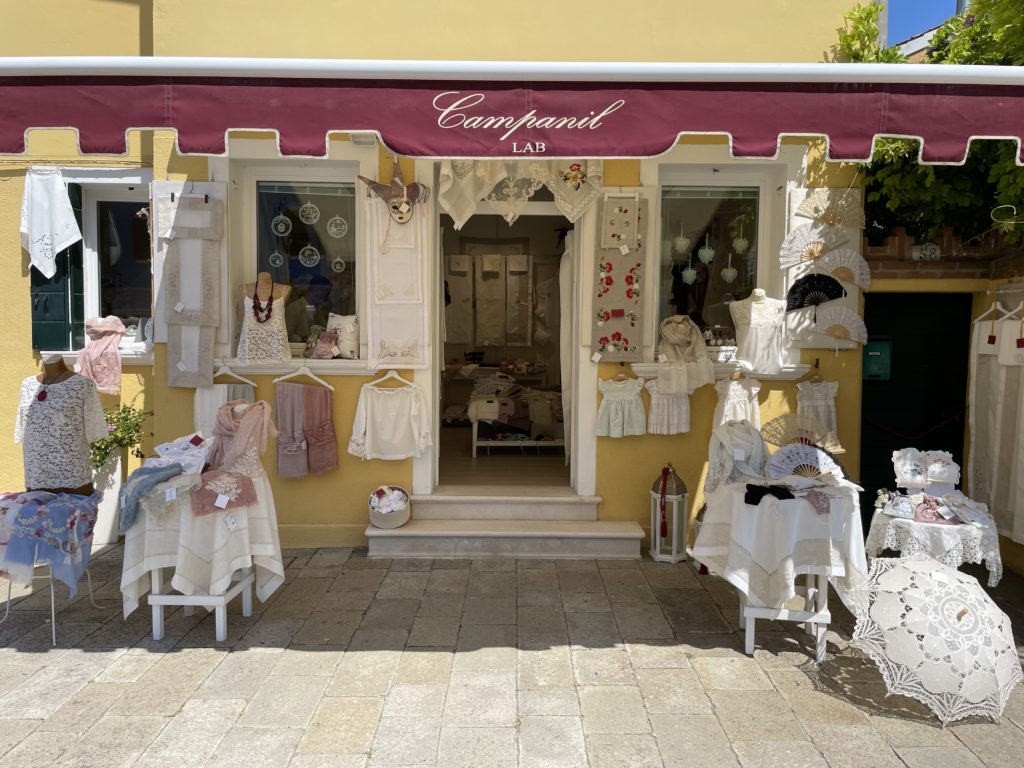
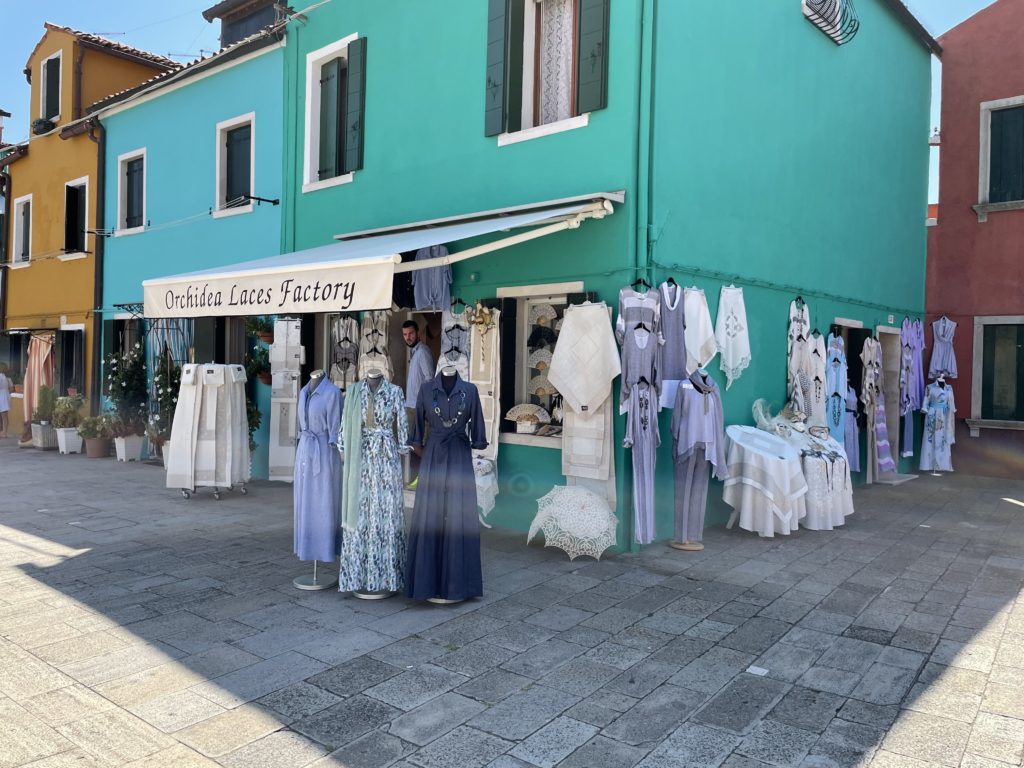
In addition to the lacemaking, Burano is also known for its colorful buildings. Legend has it that the fishermen in Burano painted their houses such bright colors to help them see the island on misty days. Today, the colorful hues are a huge draw for tourists like us. We loved walking through the quiet canal-side streets admiring the brightly colored homes.
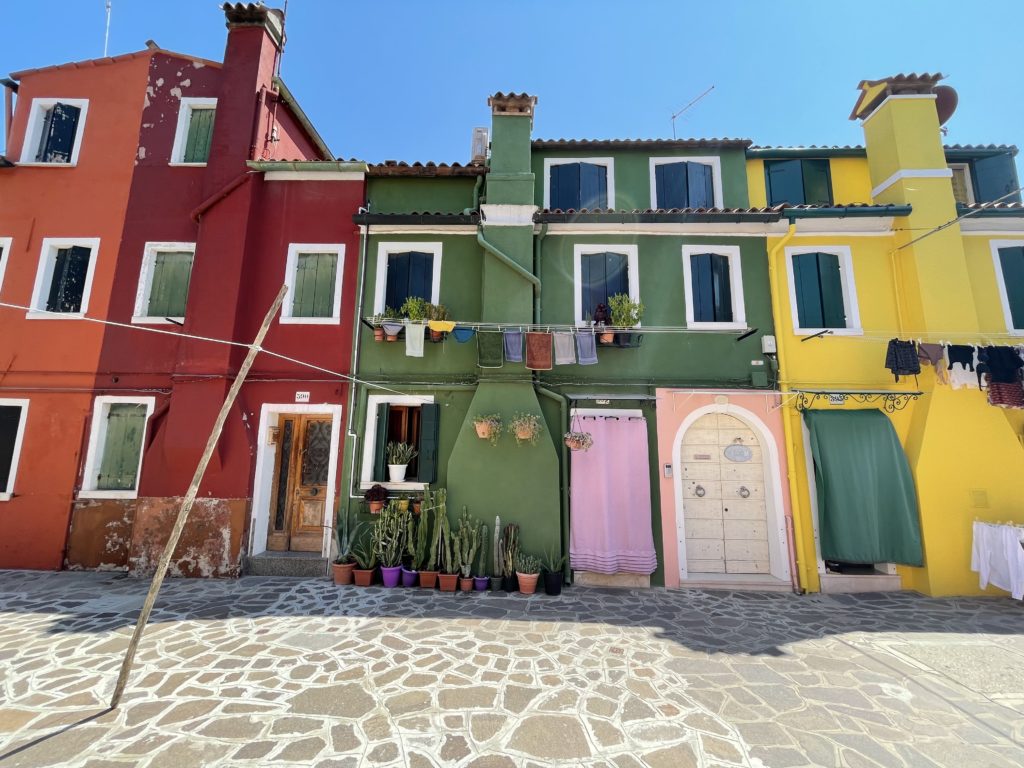
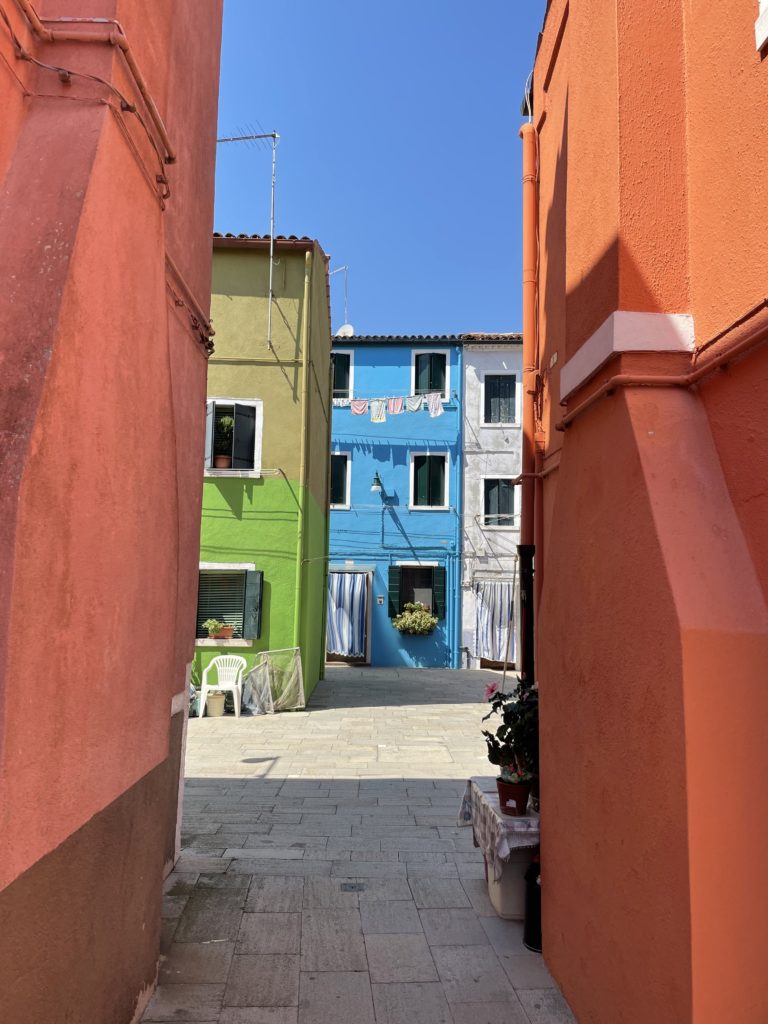
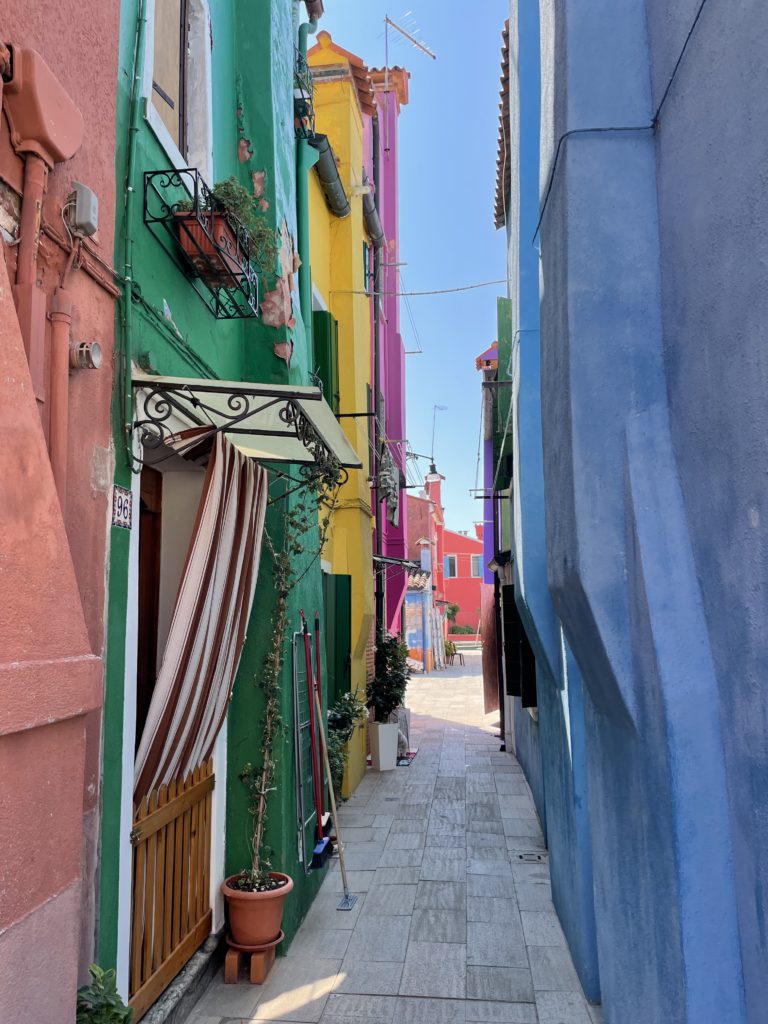
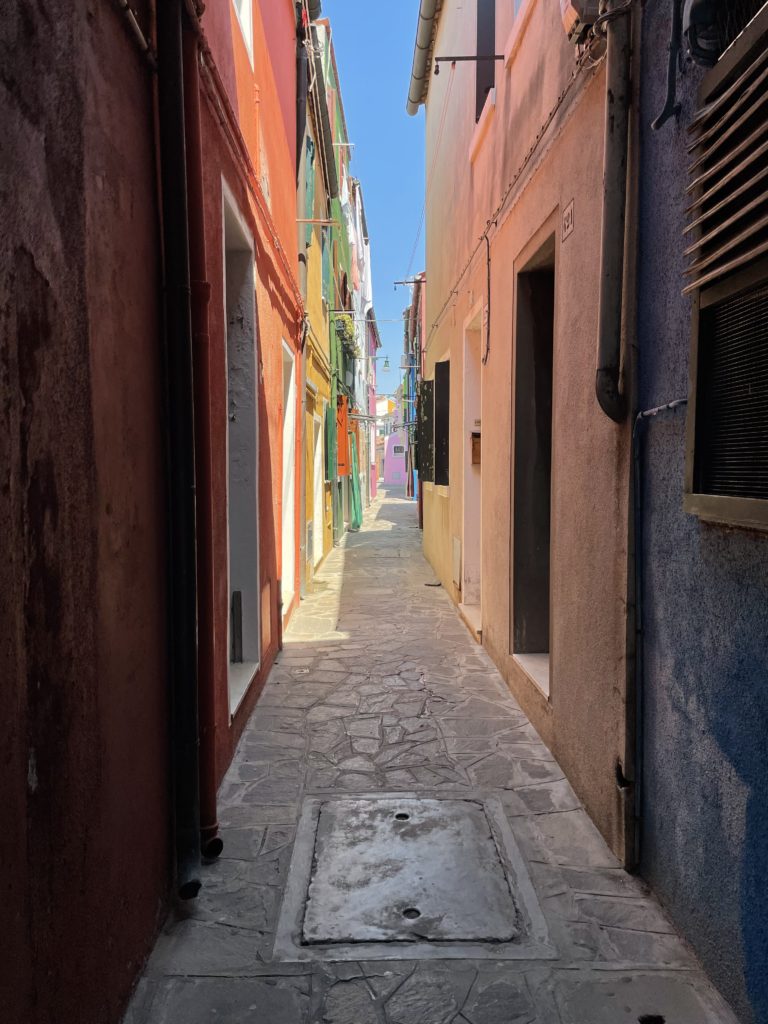
Final Thoughts
Venice was much bigger than we originally thought it would be. Originally, we thought it would take just a few minutes to walk from one side of the island to another. In reality, it often took more than an hour of walking to get to the end of the island. We didn’t even know there were other islands such as Murano and Burano that were a part of the city as well.
The system of boats and canals actually works really well. I’d love to see this type of infrastructure adopted in other seaside places. It was so interesting – the folks who lived in Venice and boated everywhere they went just looked at that as a normal way of life. To us, it seems so novel. To them, it’s business as usual – driving a car everywhere you go is what’s novel to them!
We absolutely loved Venice. It was romantic, relaxing, and refreshing to spend so much time there together at the very end of our trip. We can’t wait to hopefully go back together again one day soon. Until then, ciao venezia!
